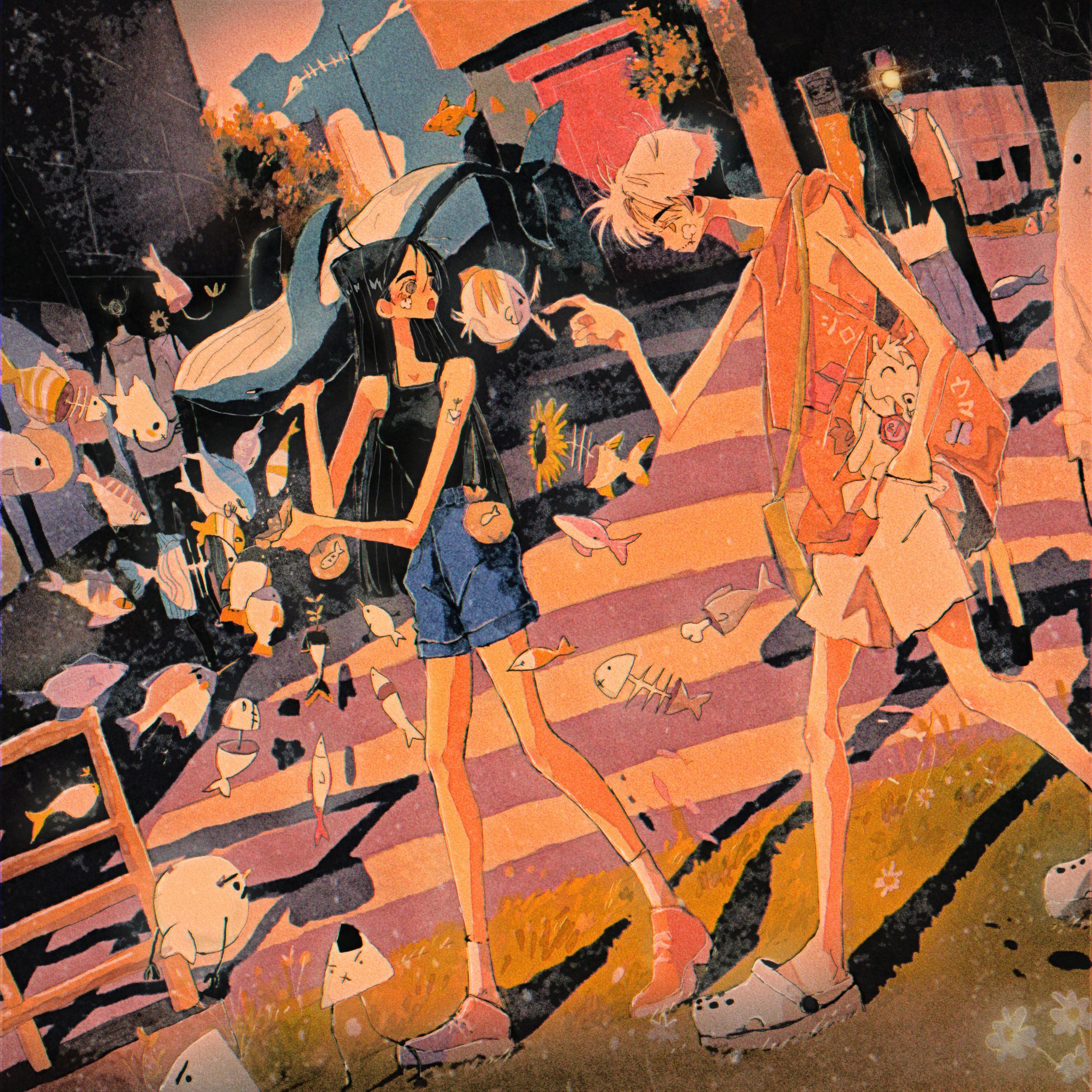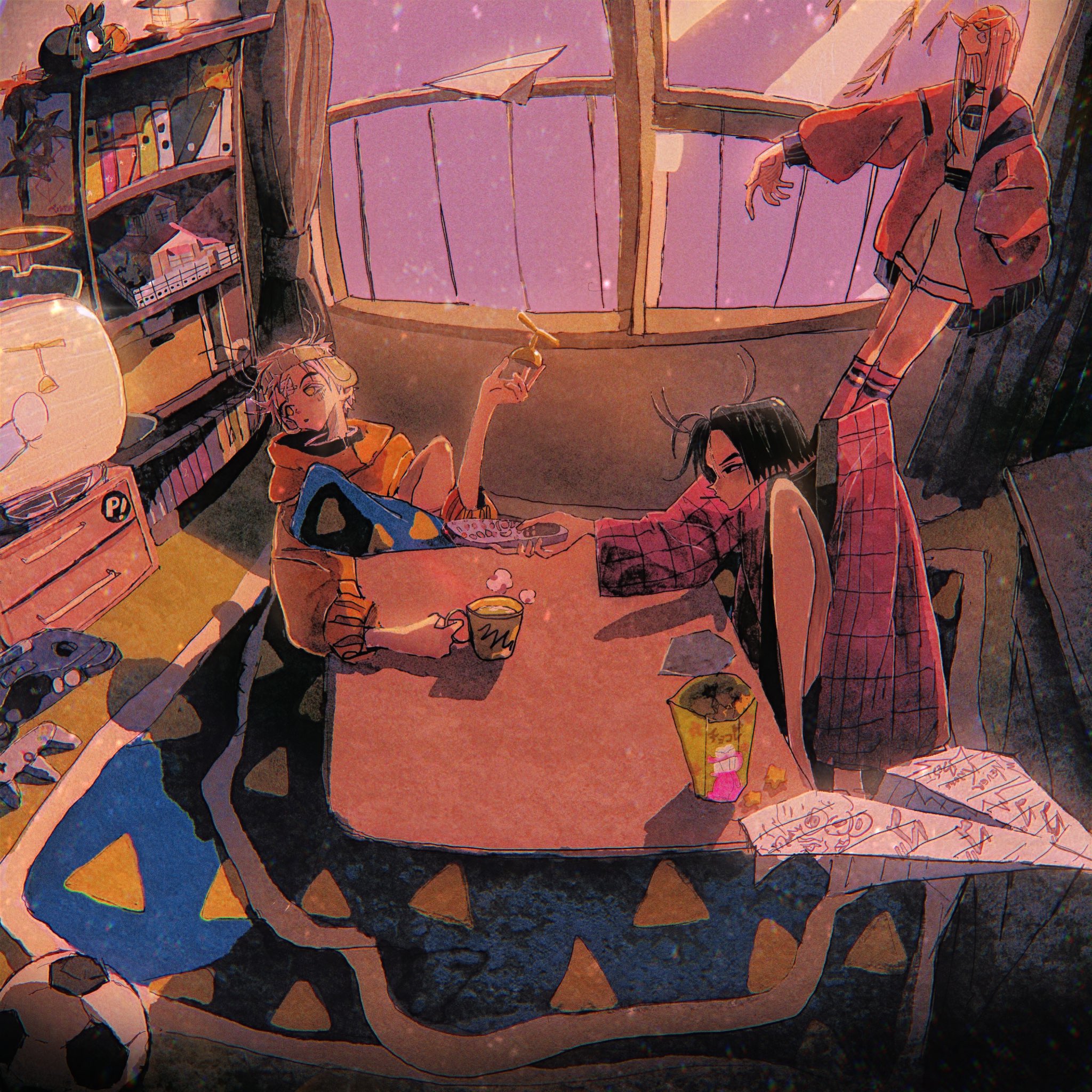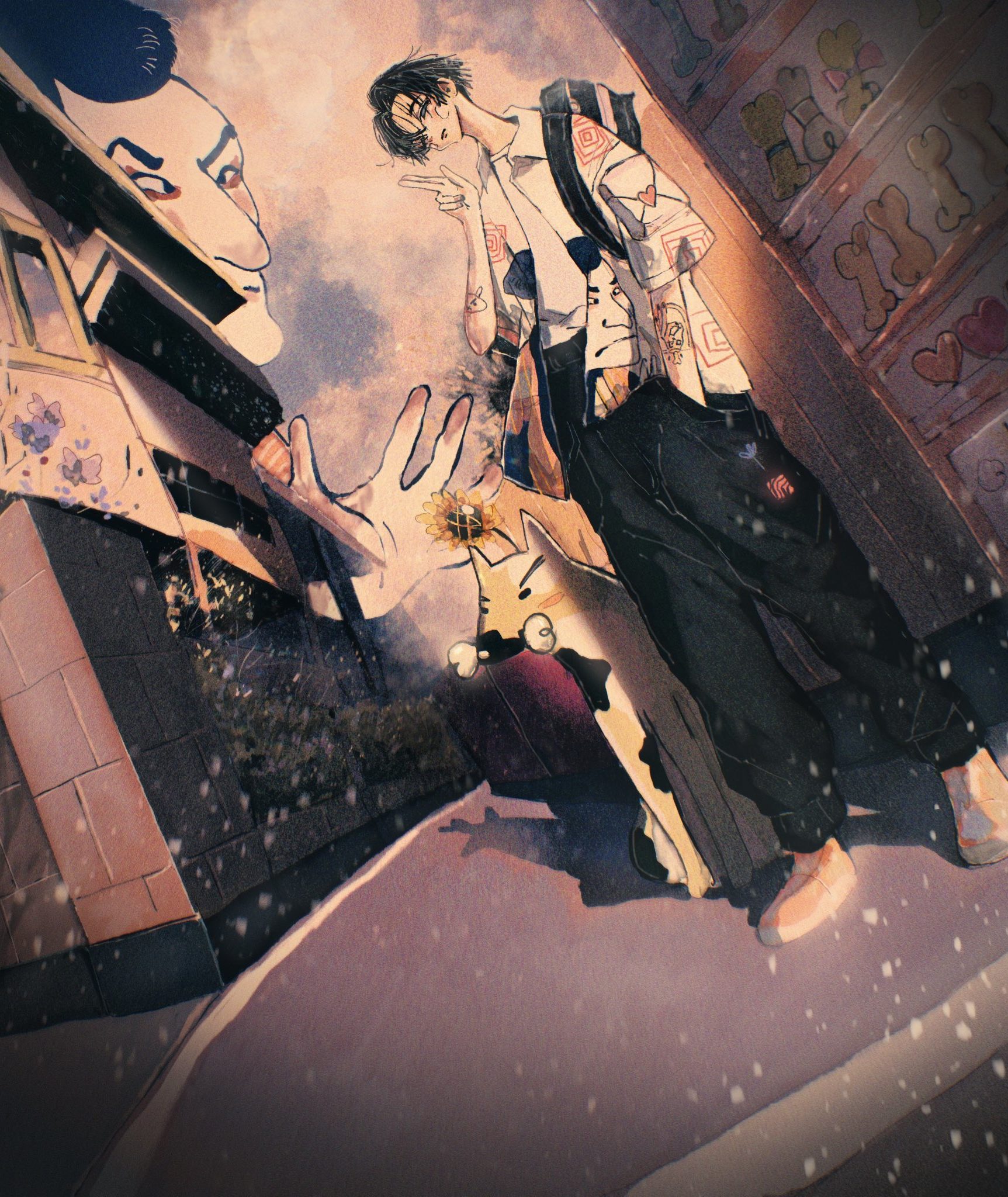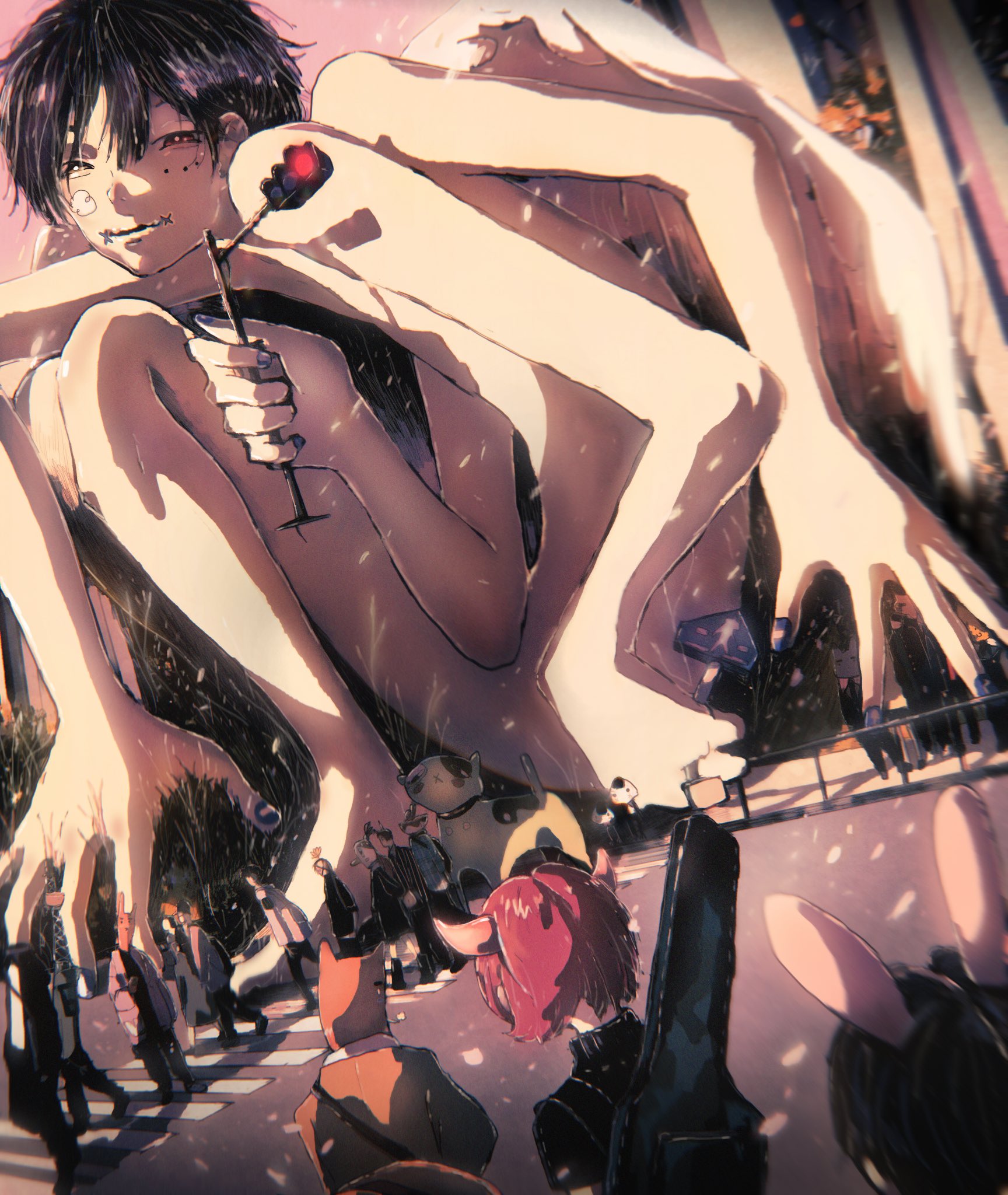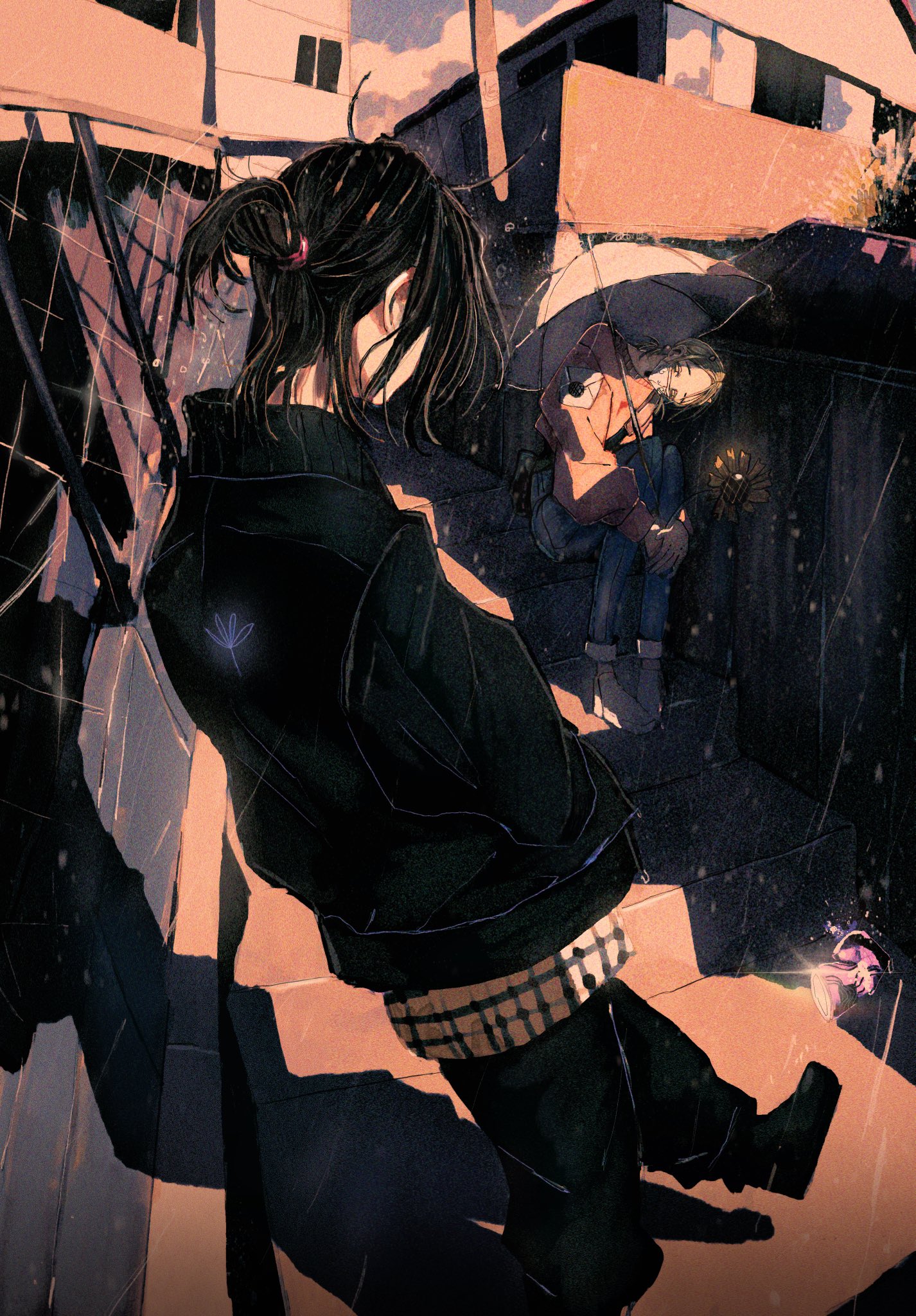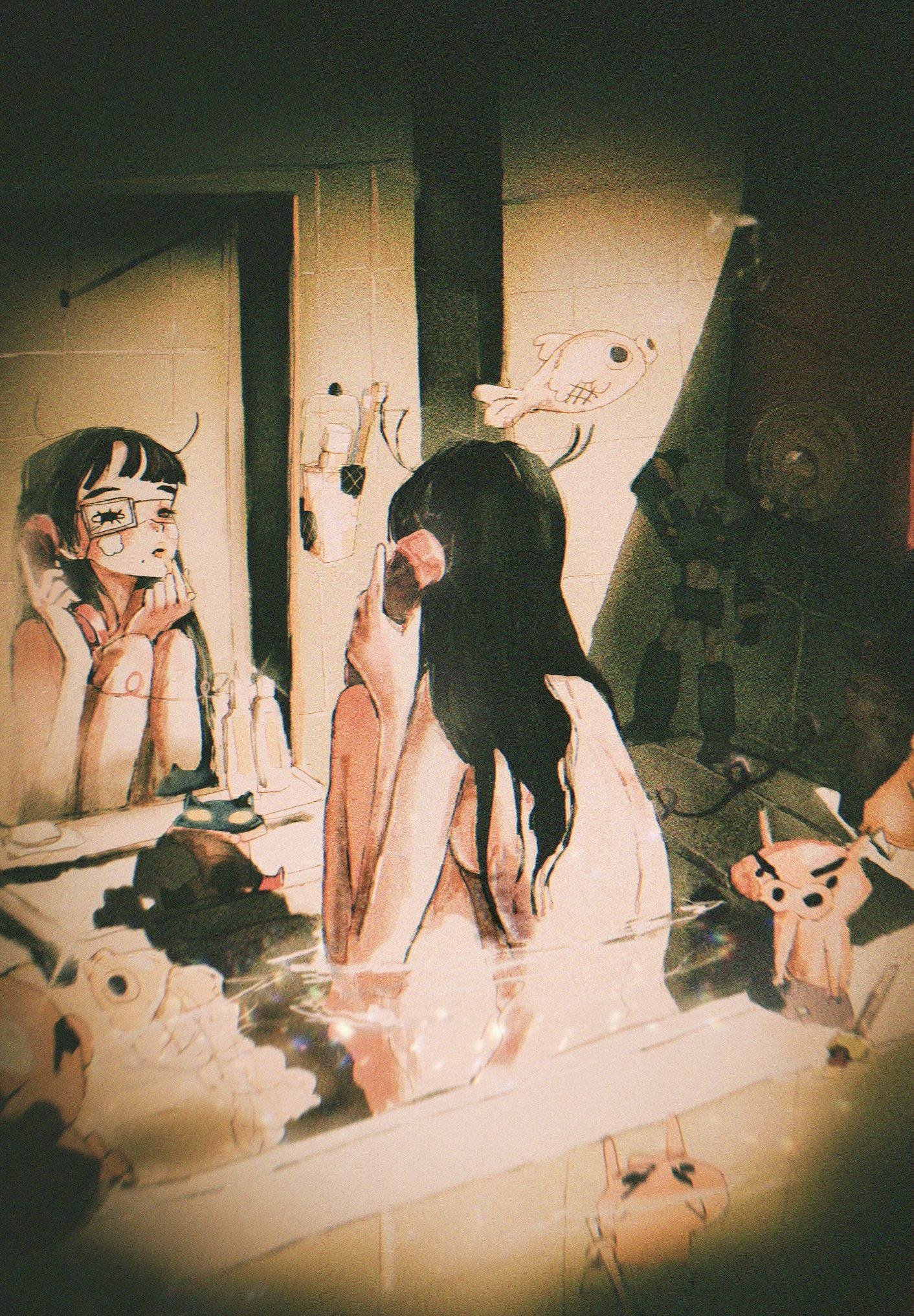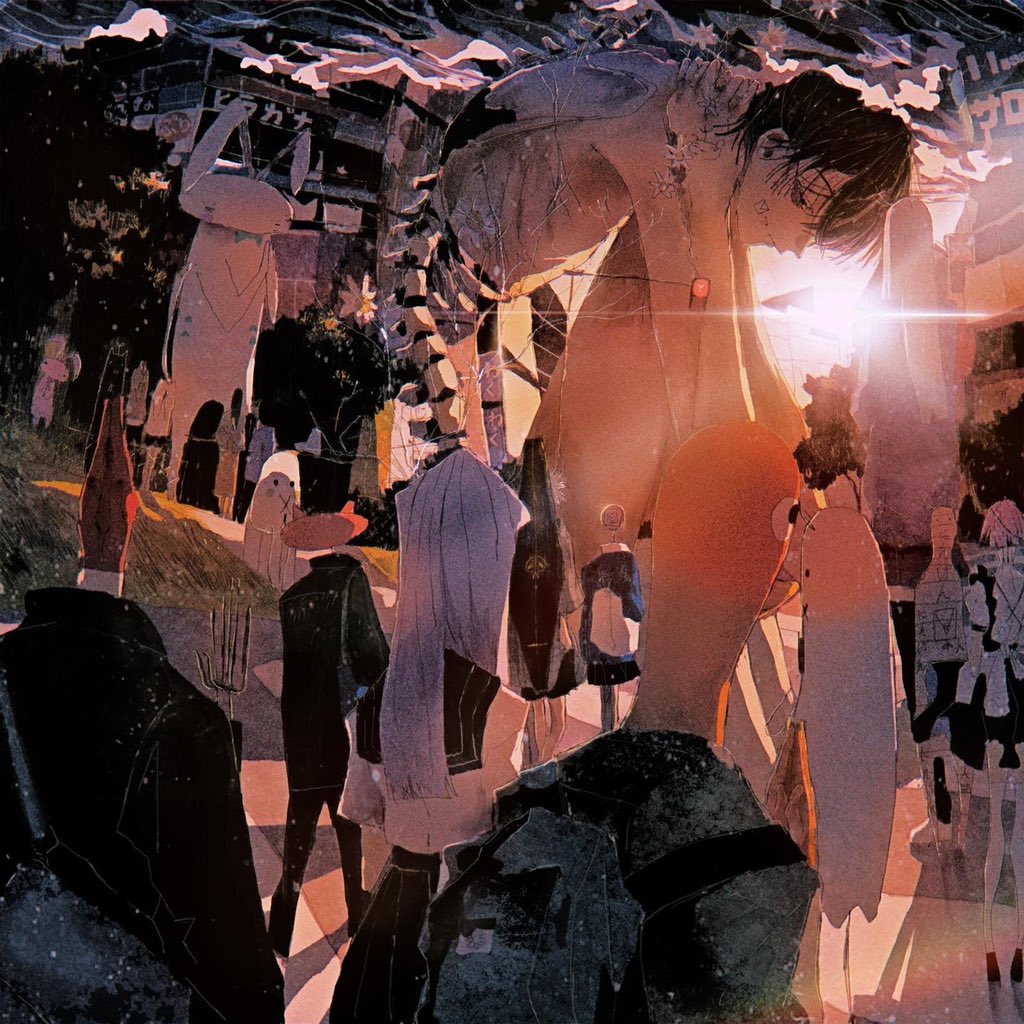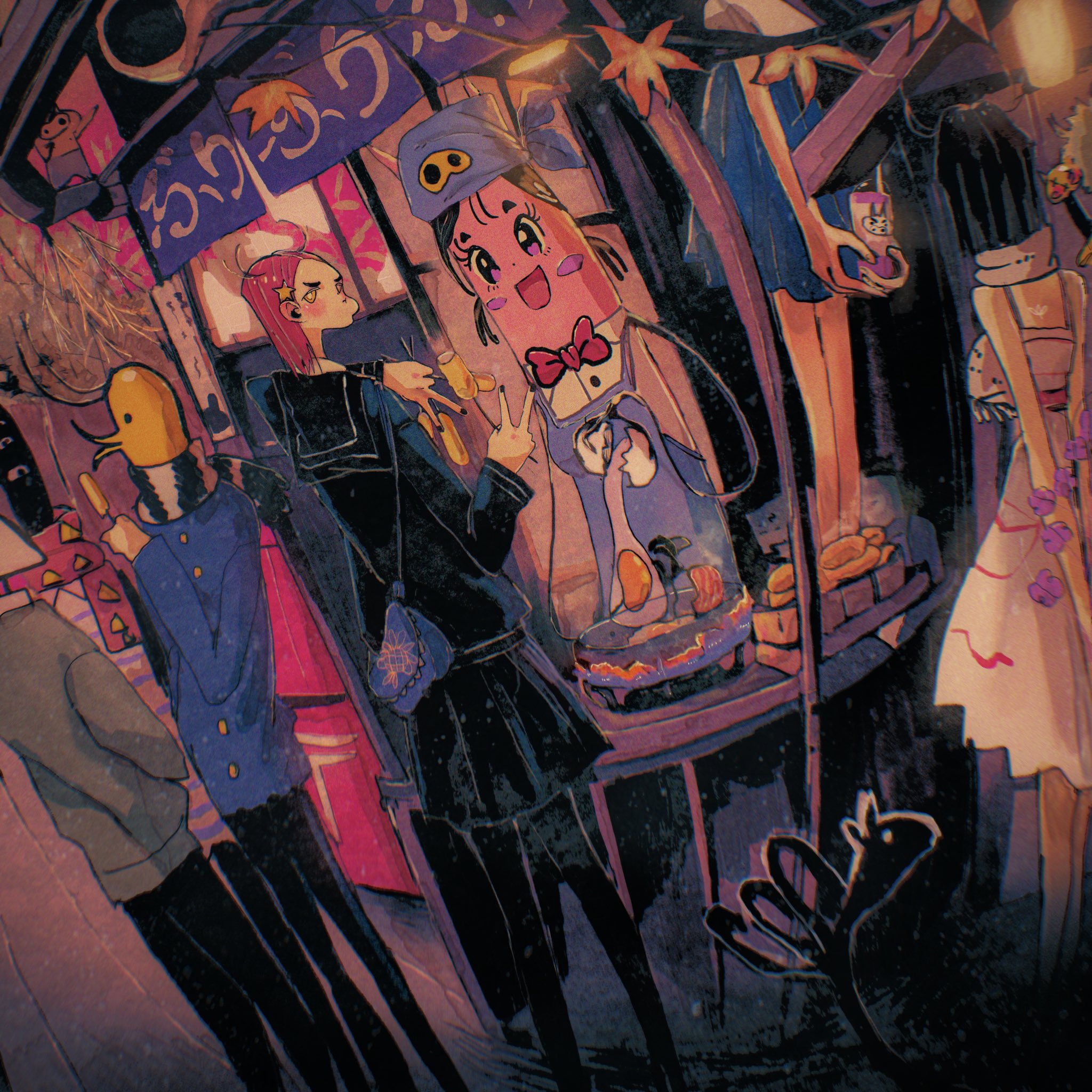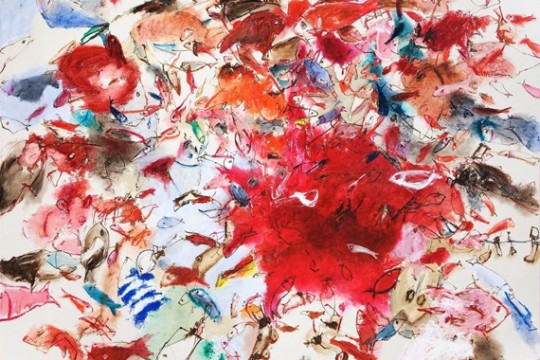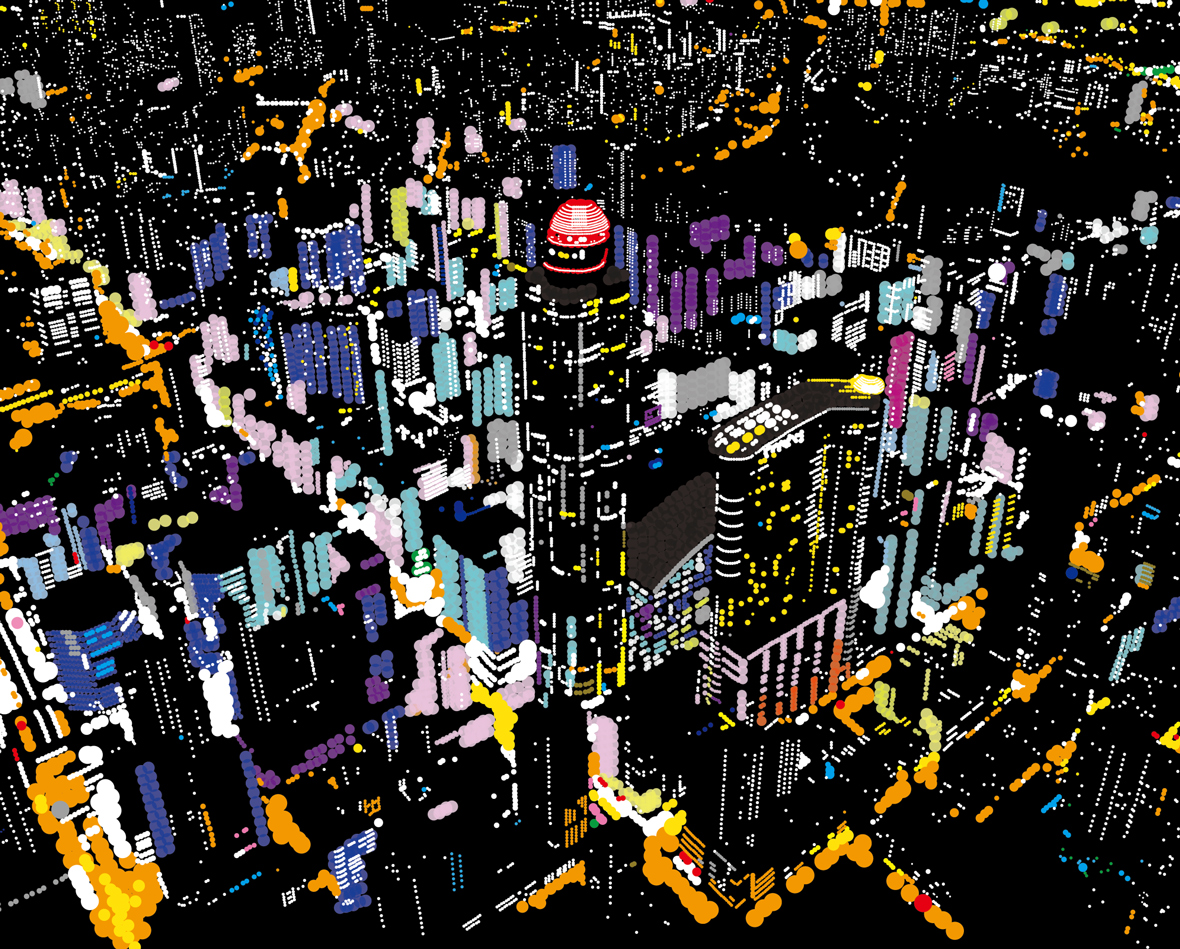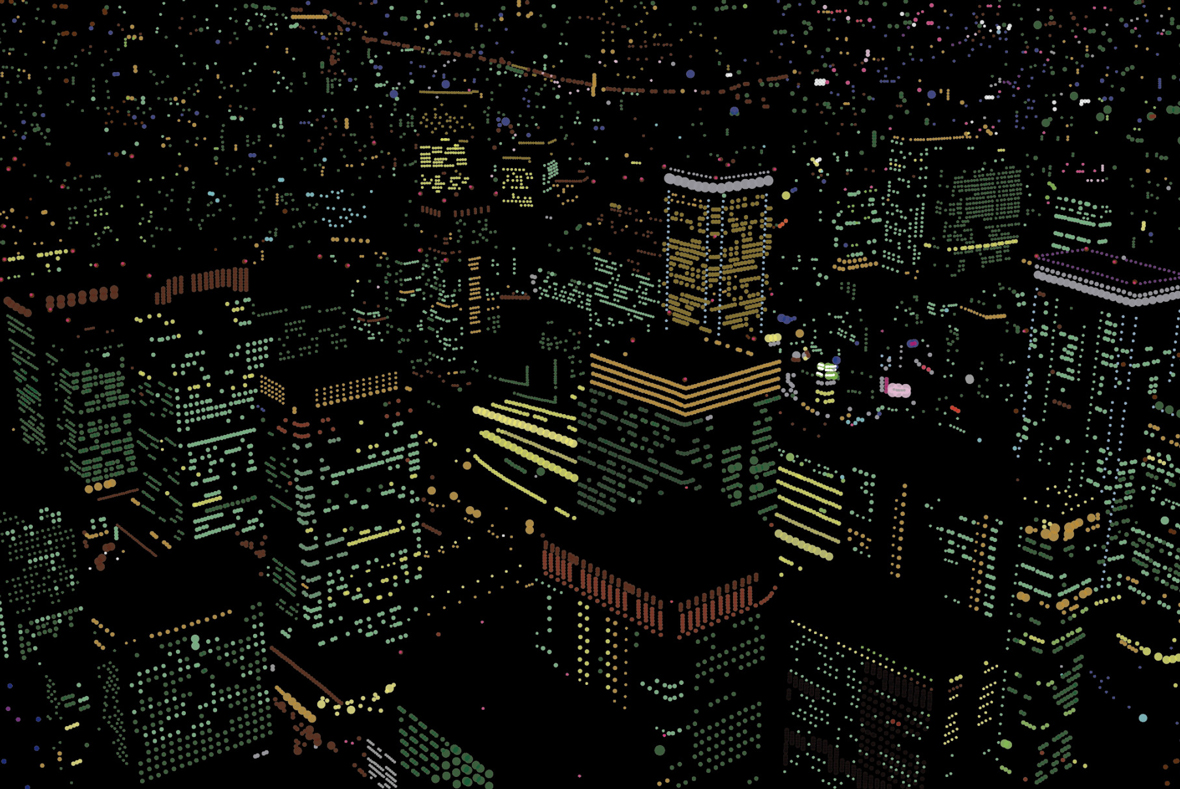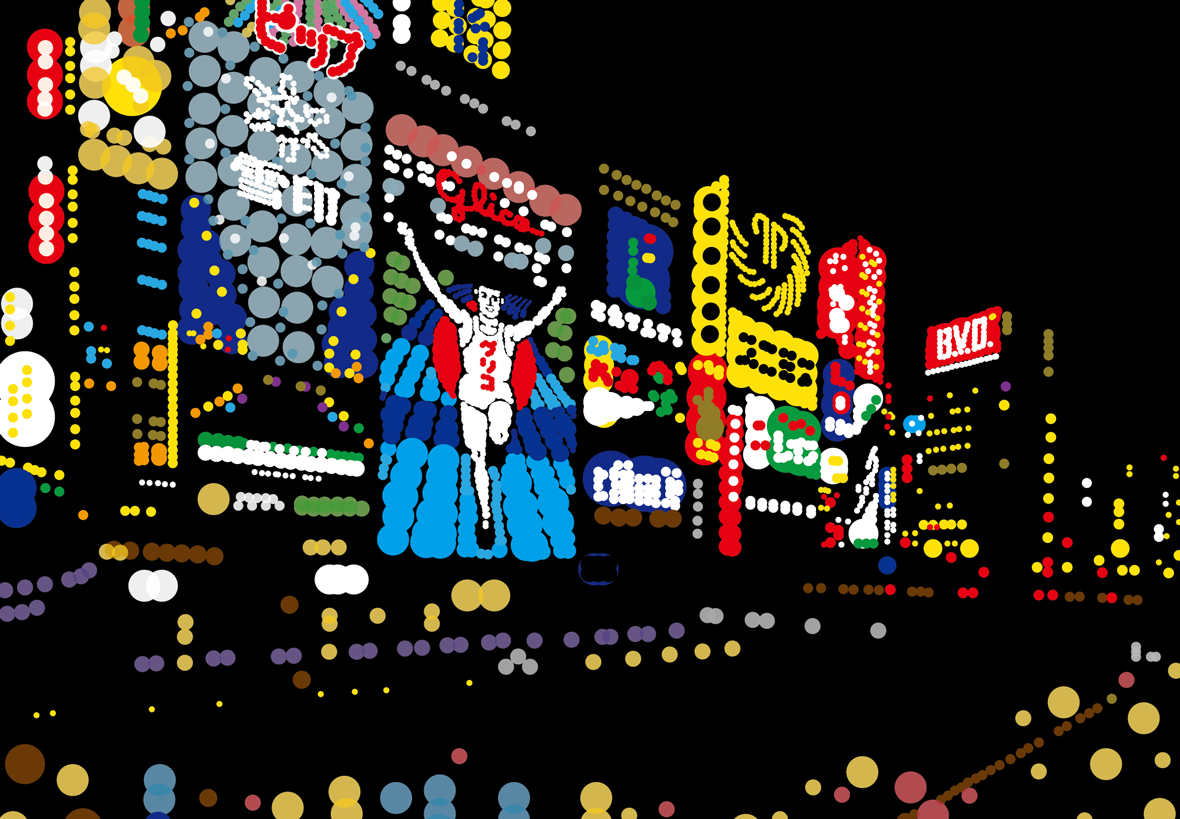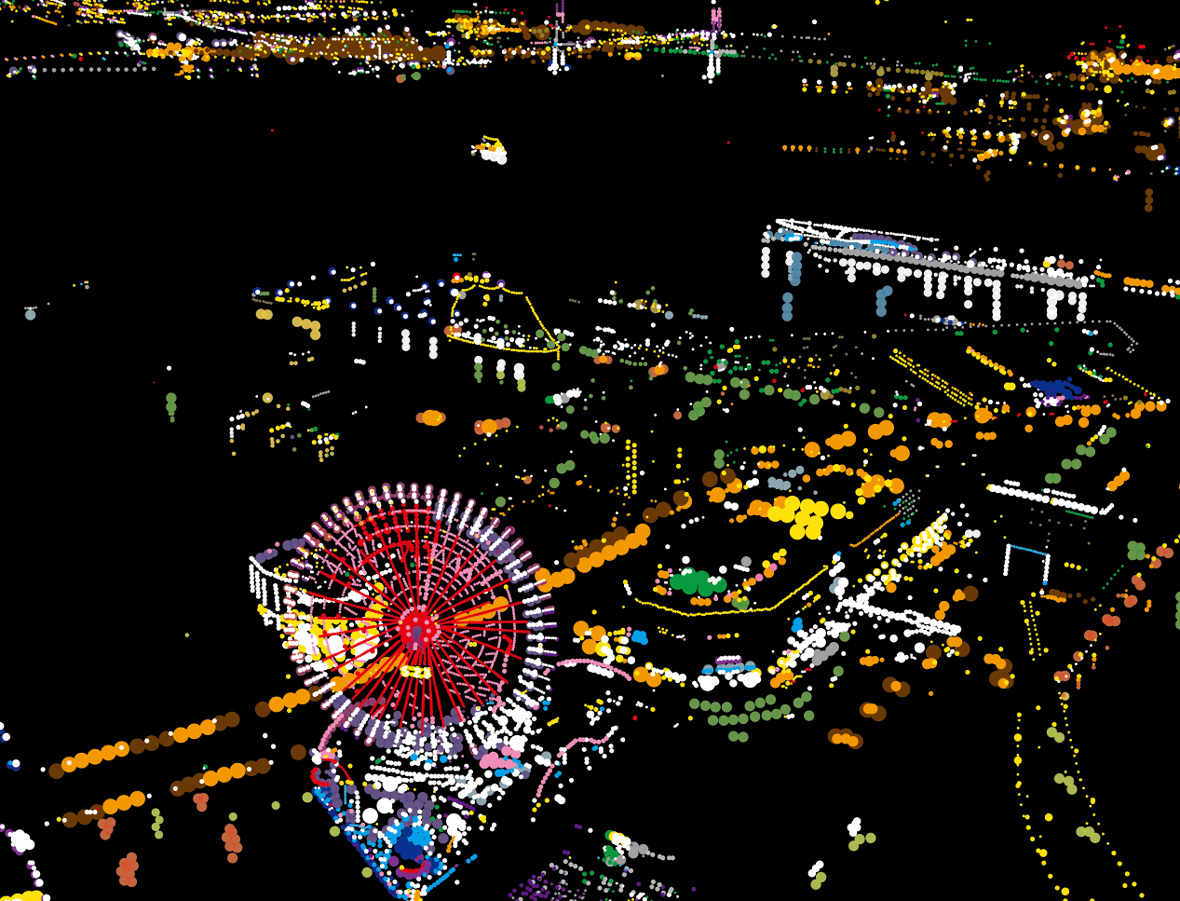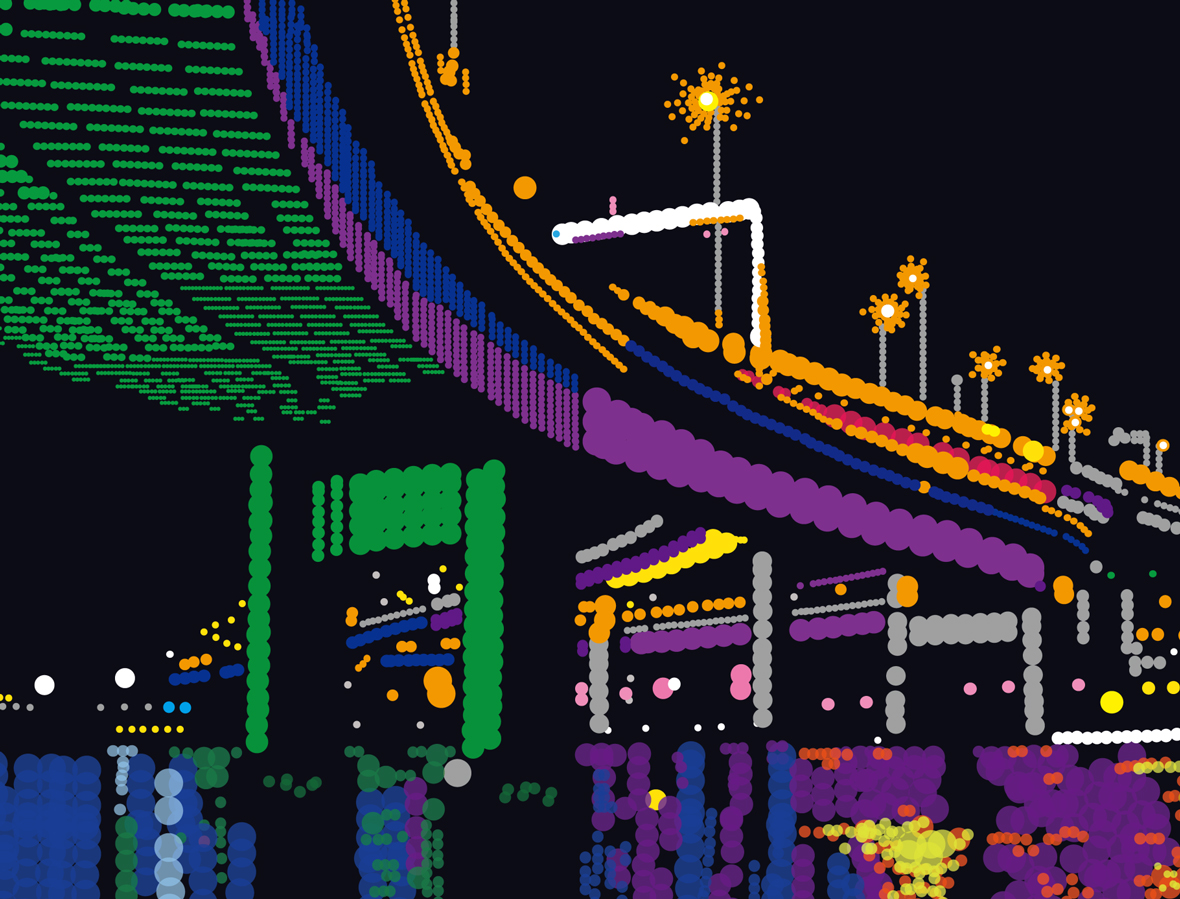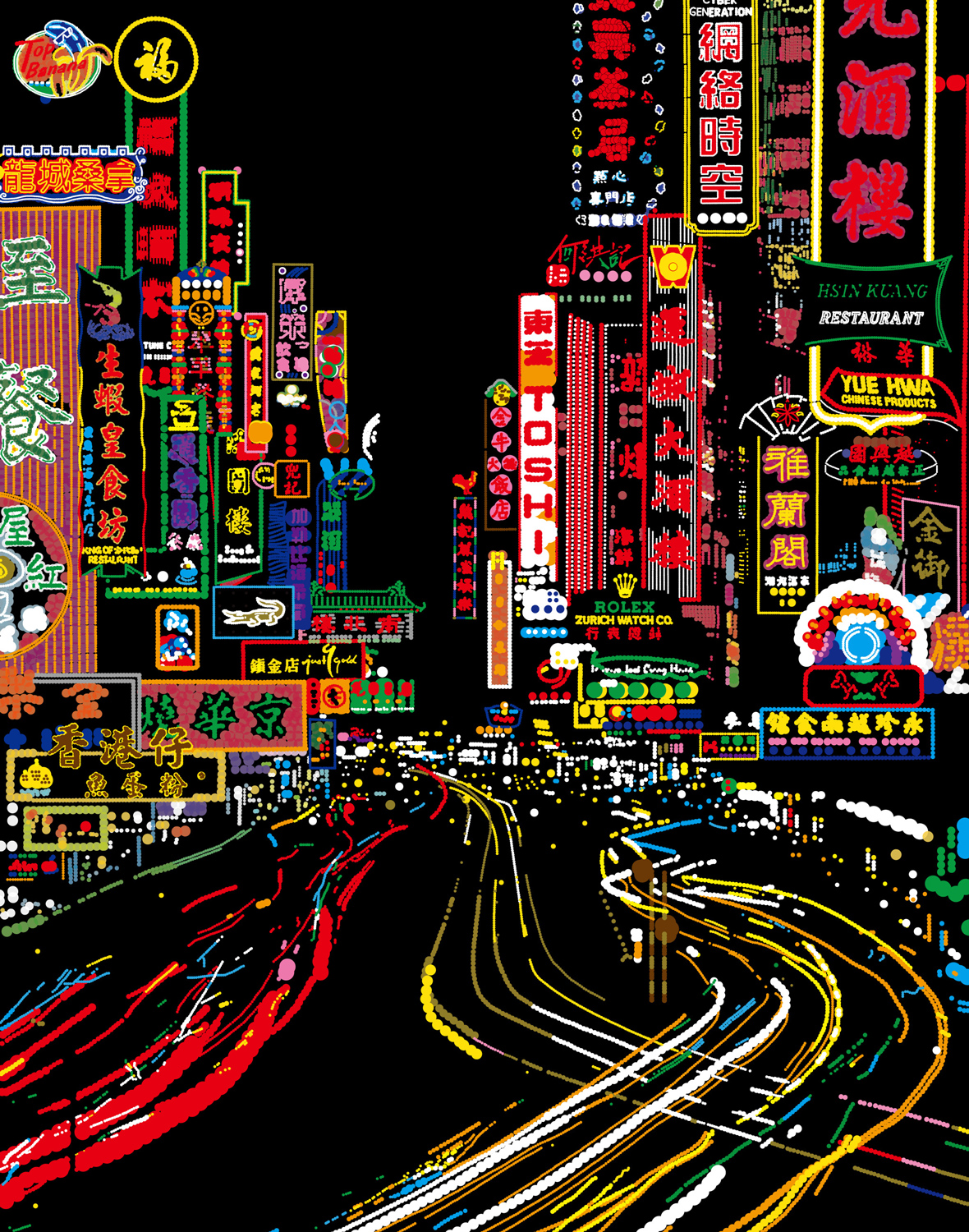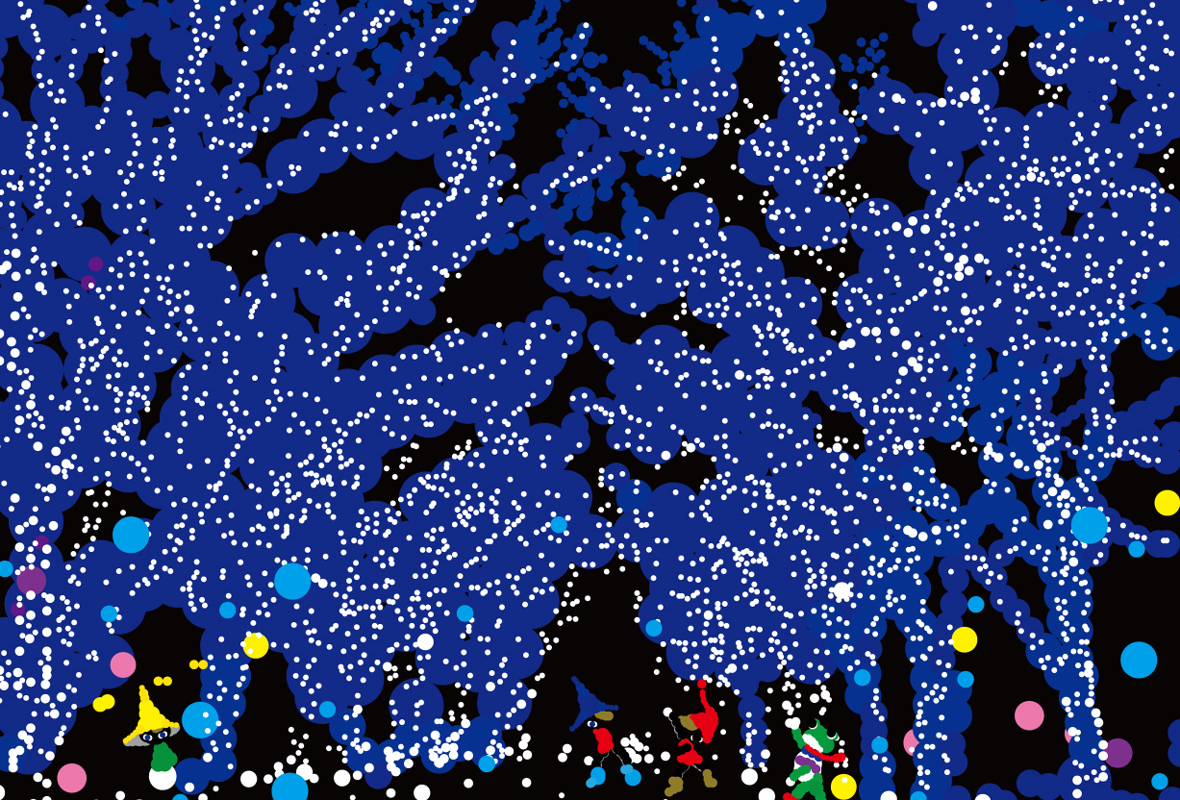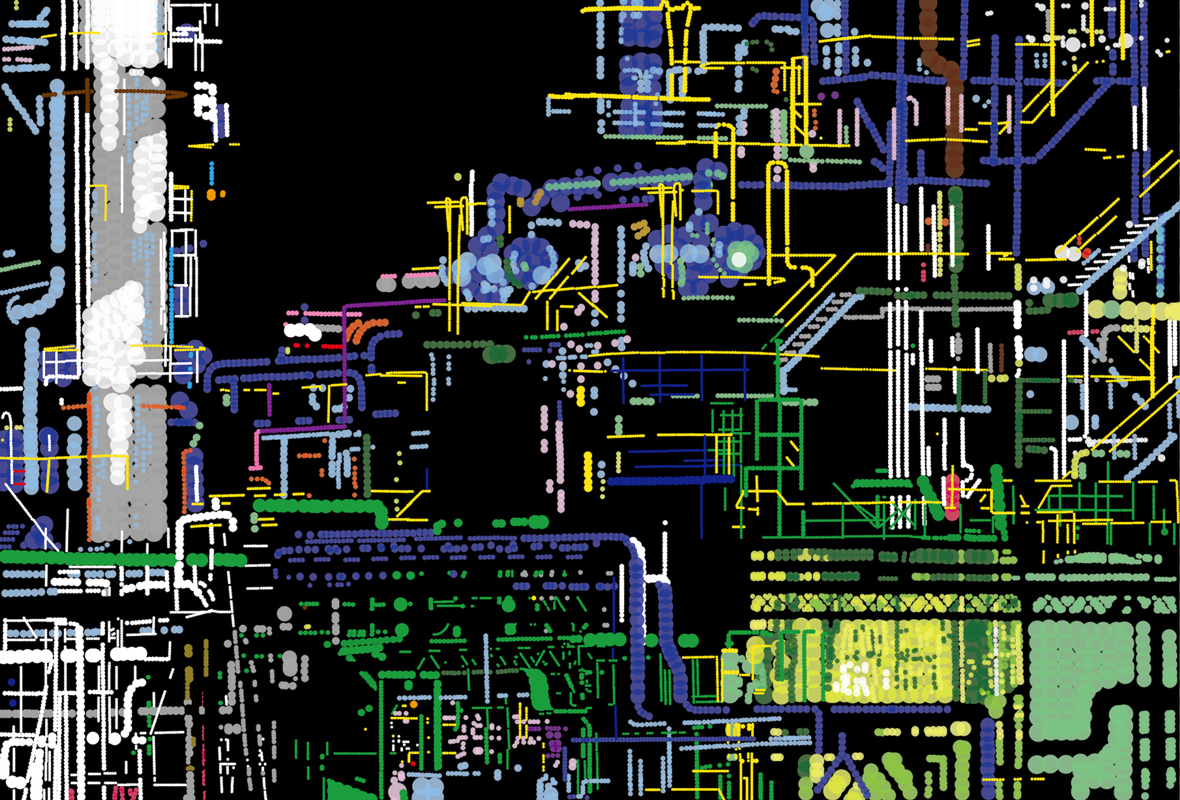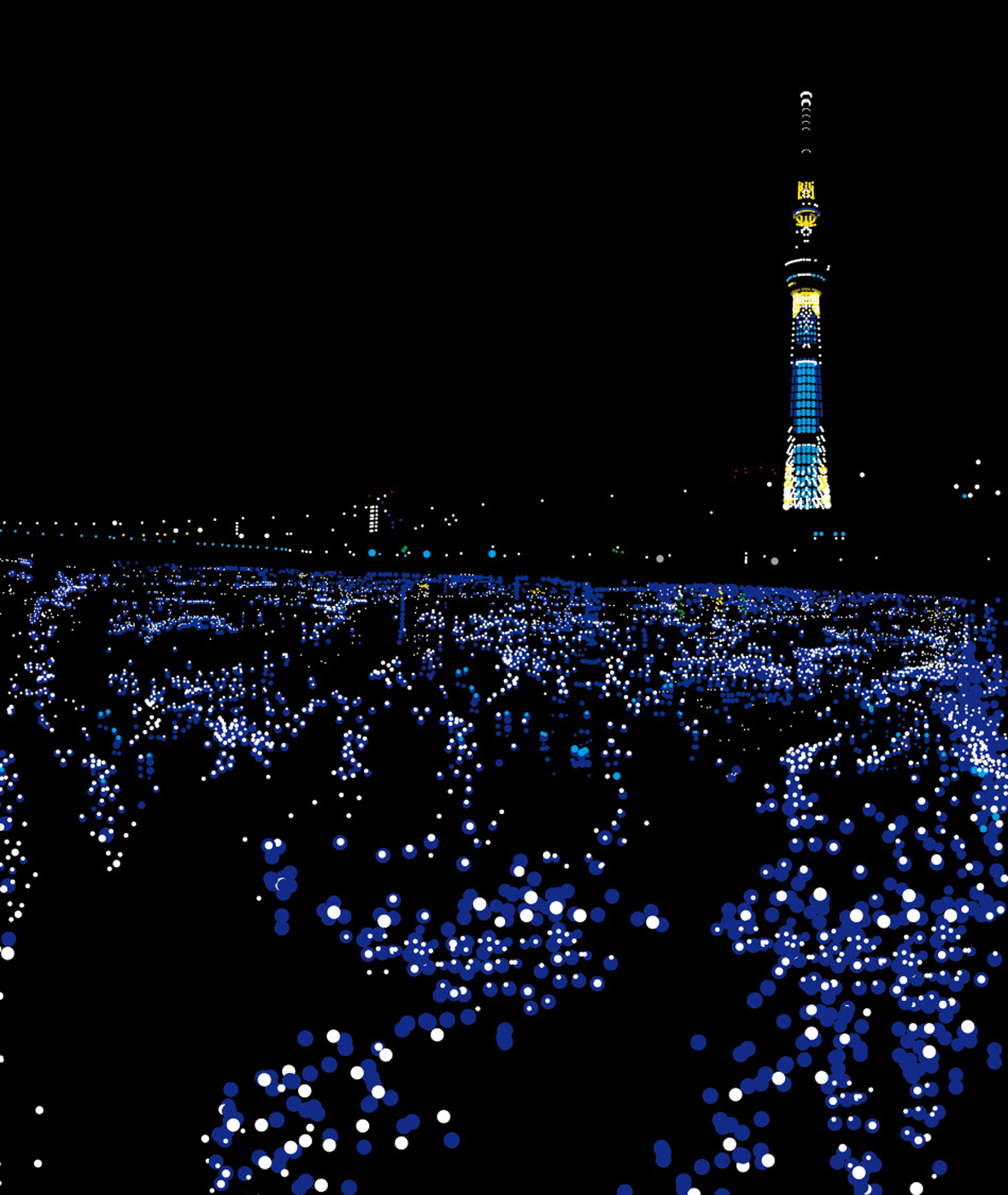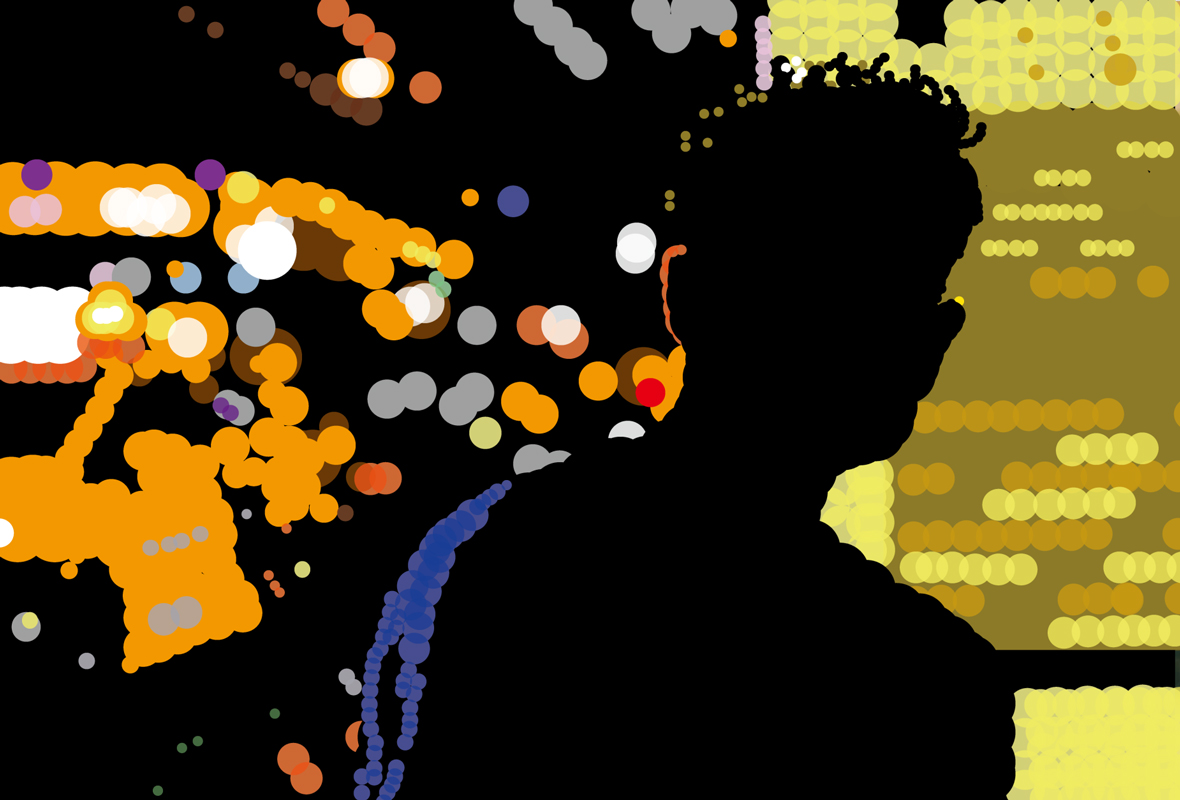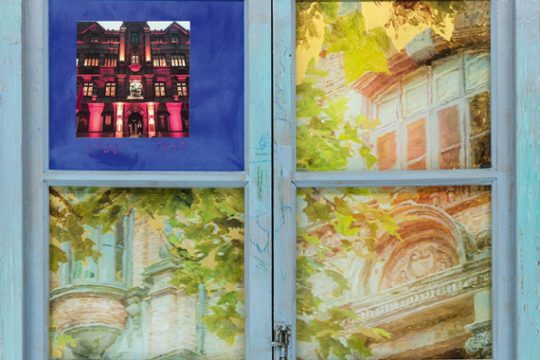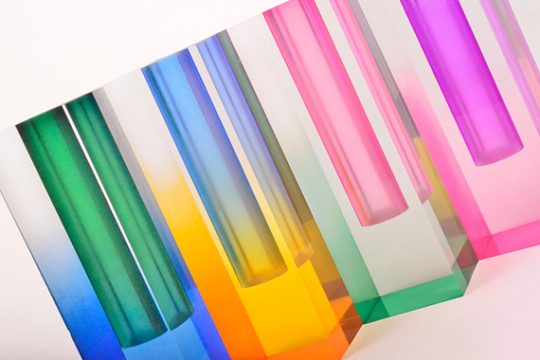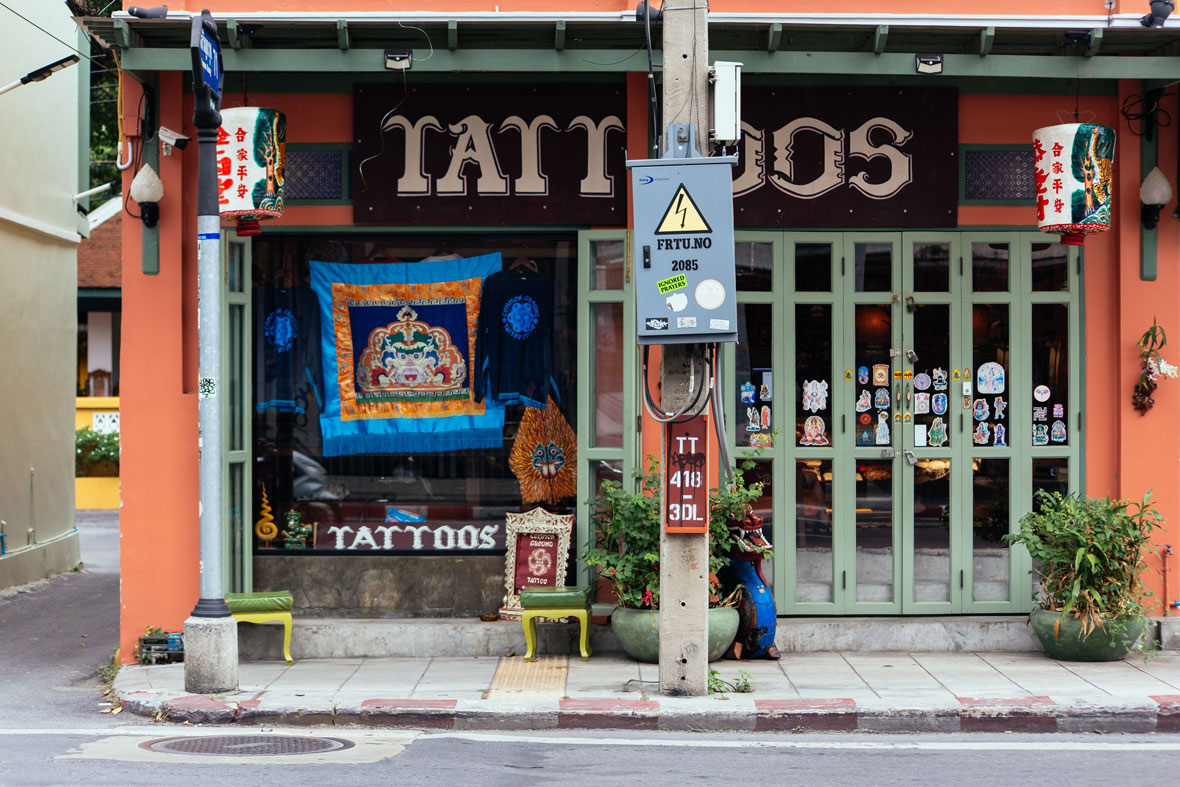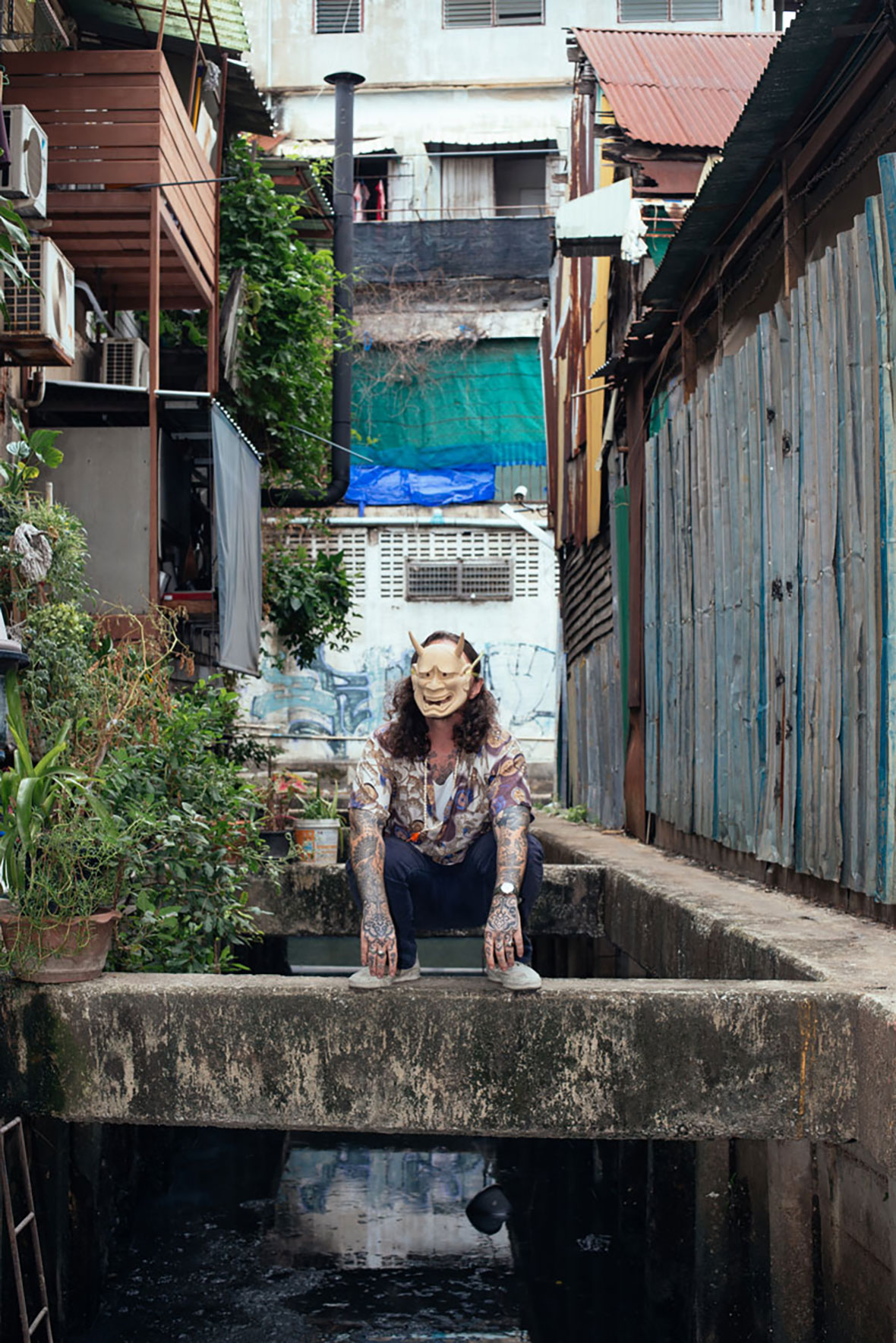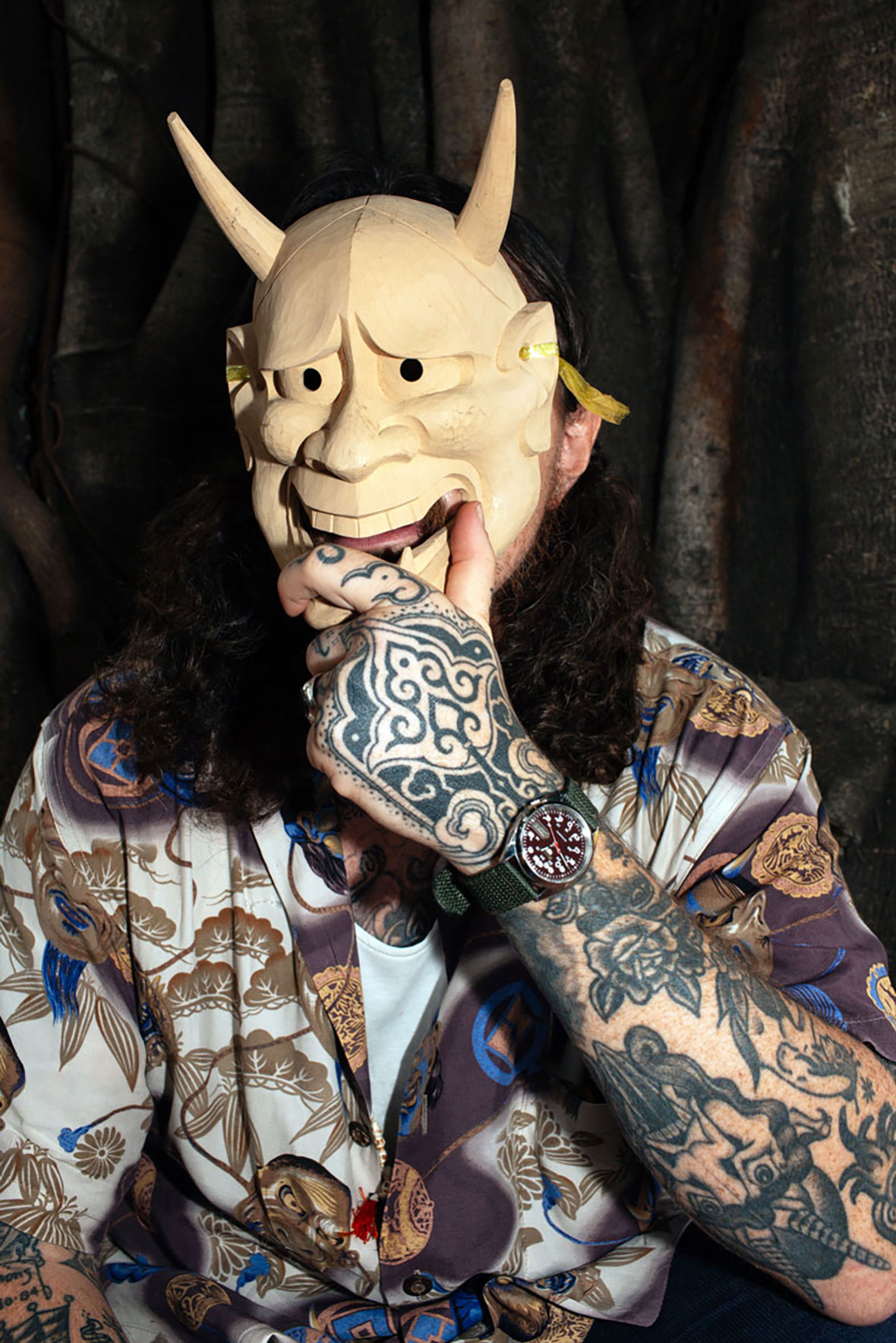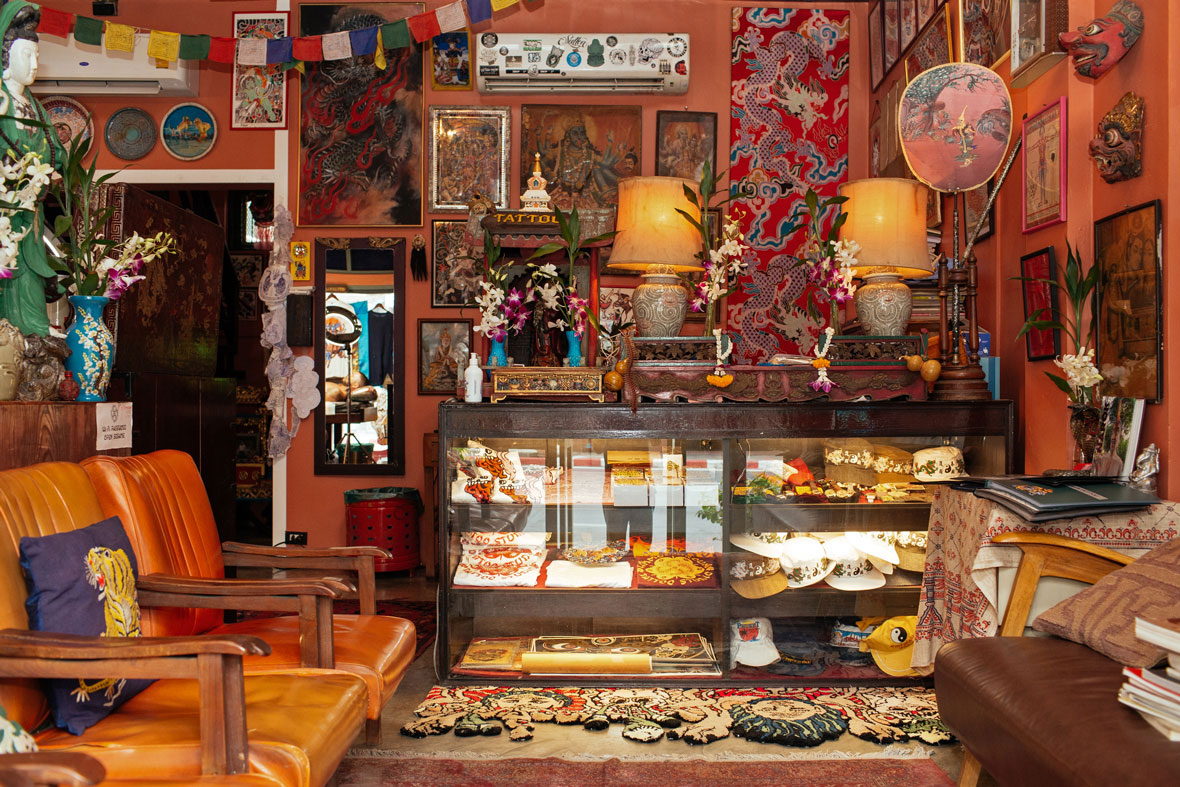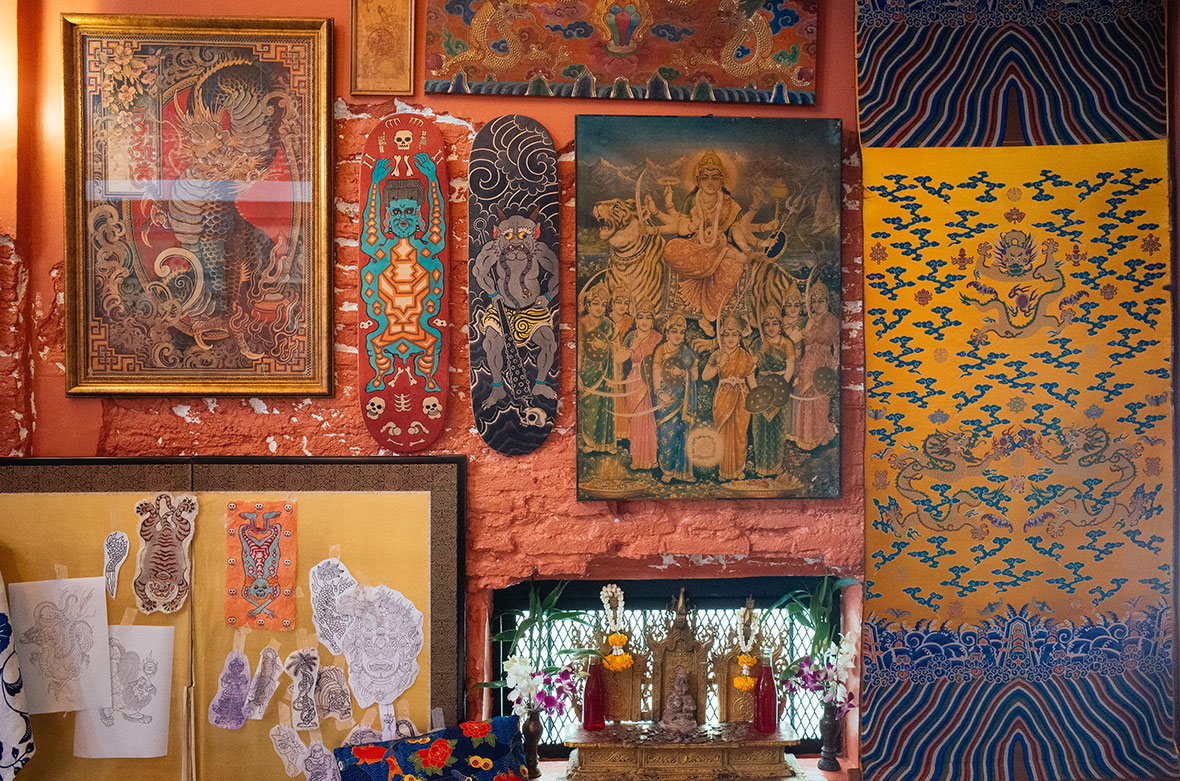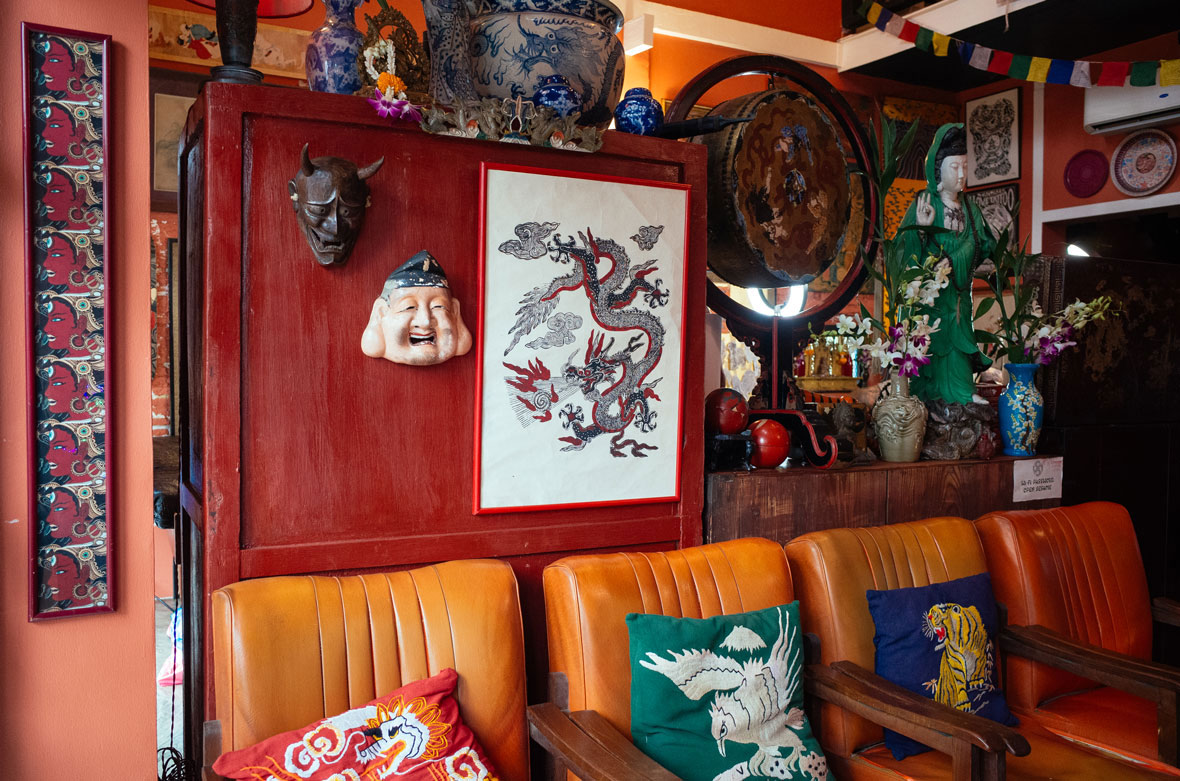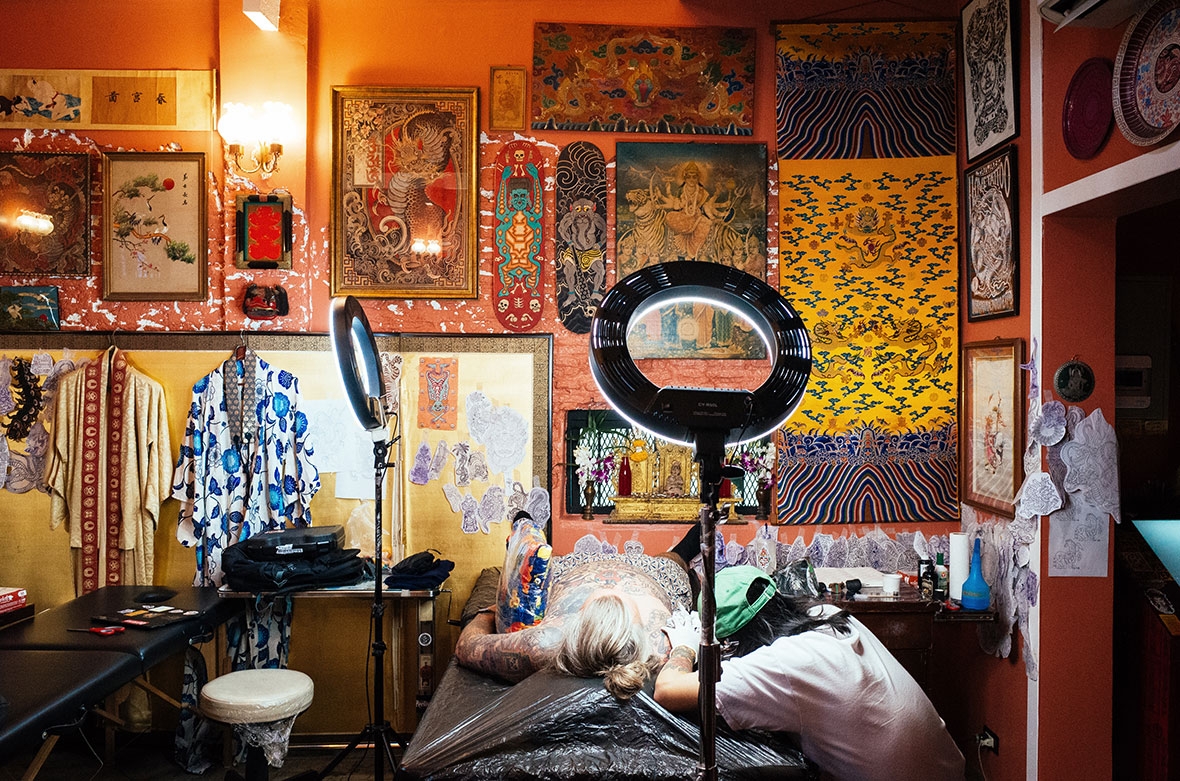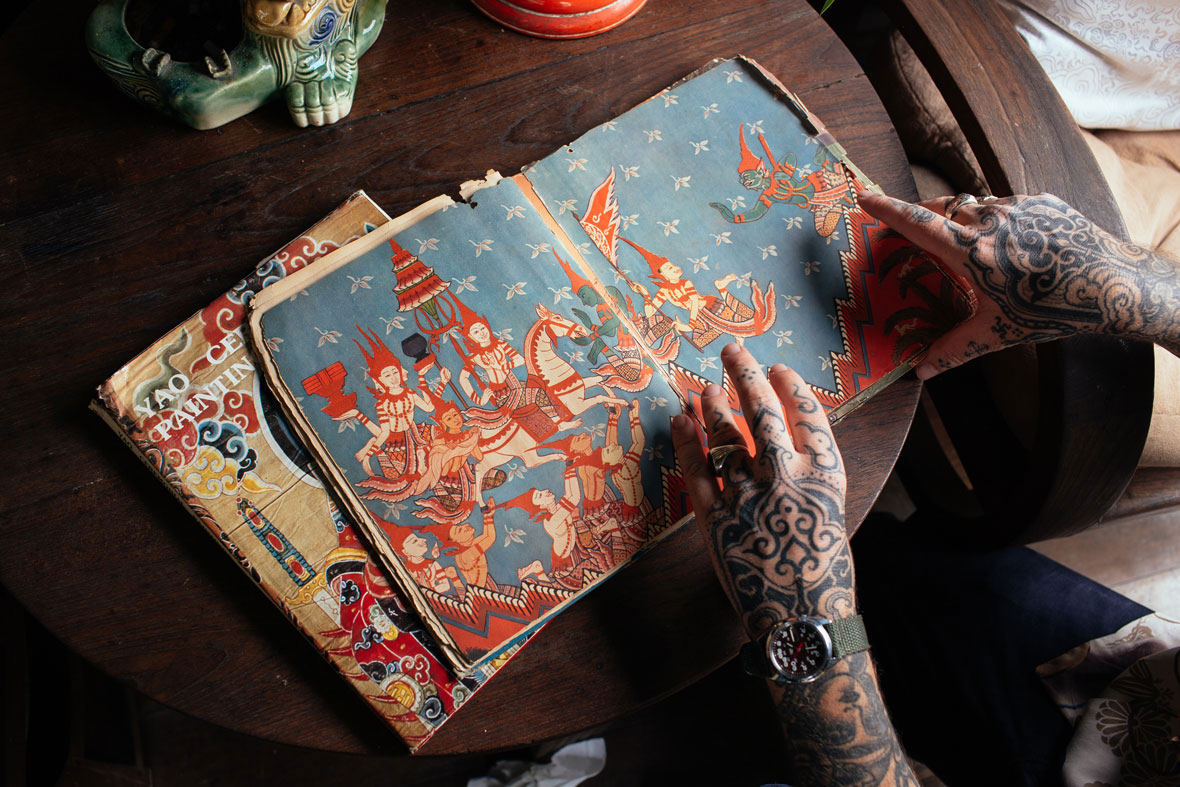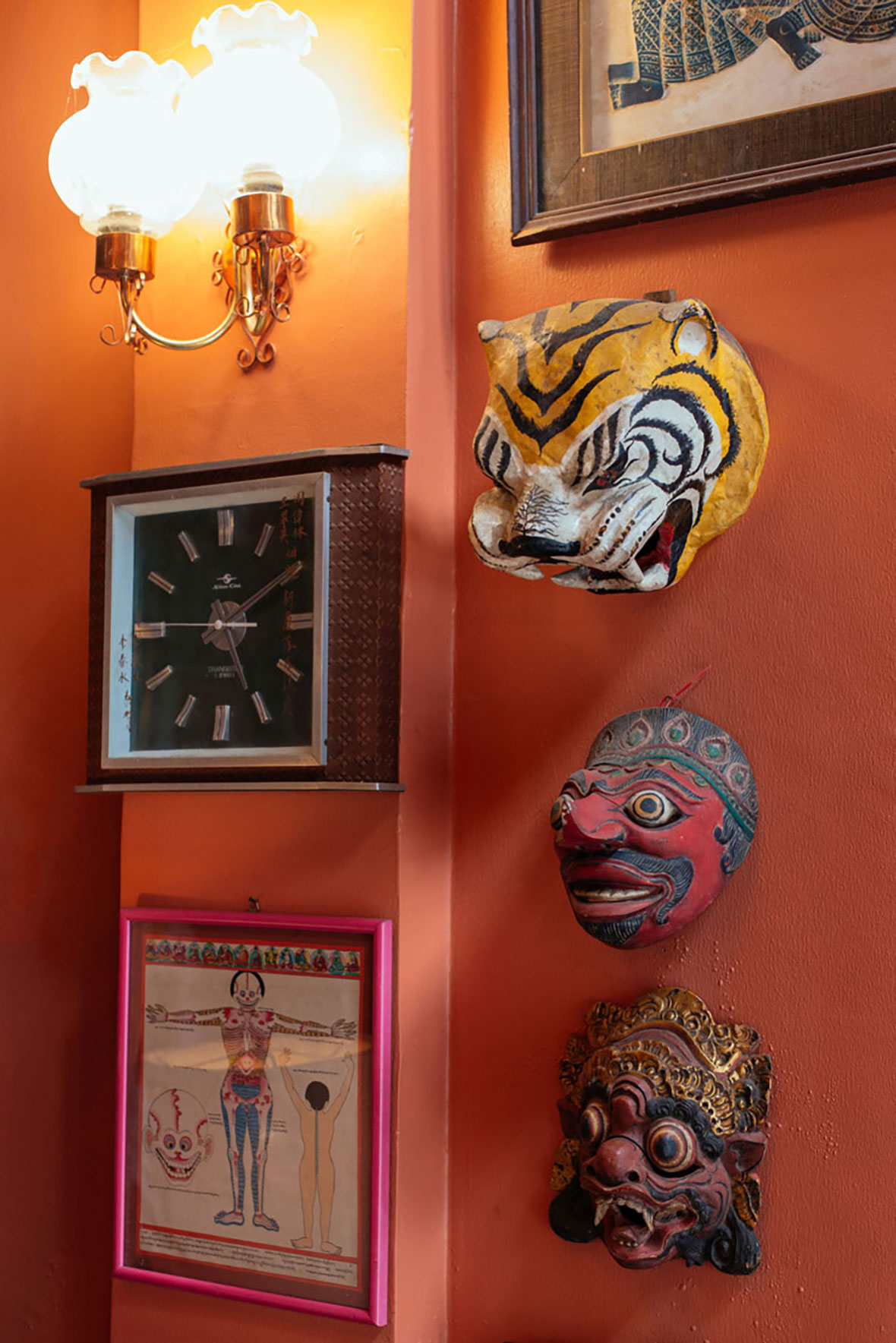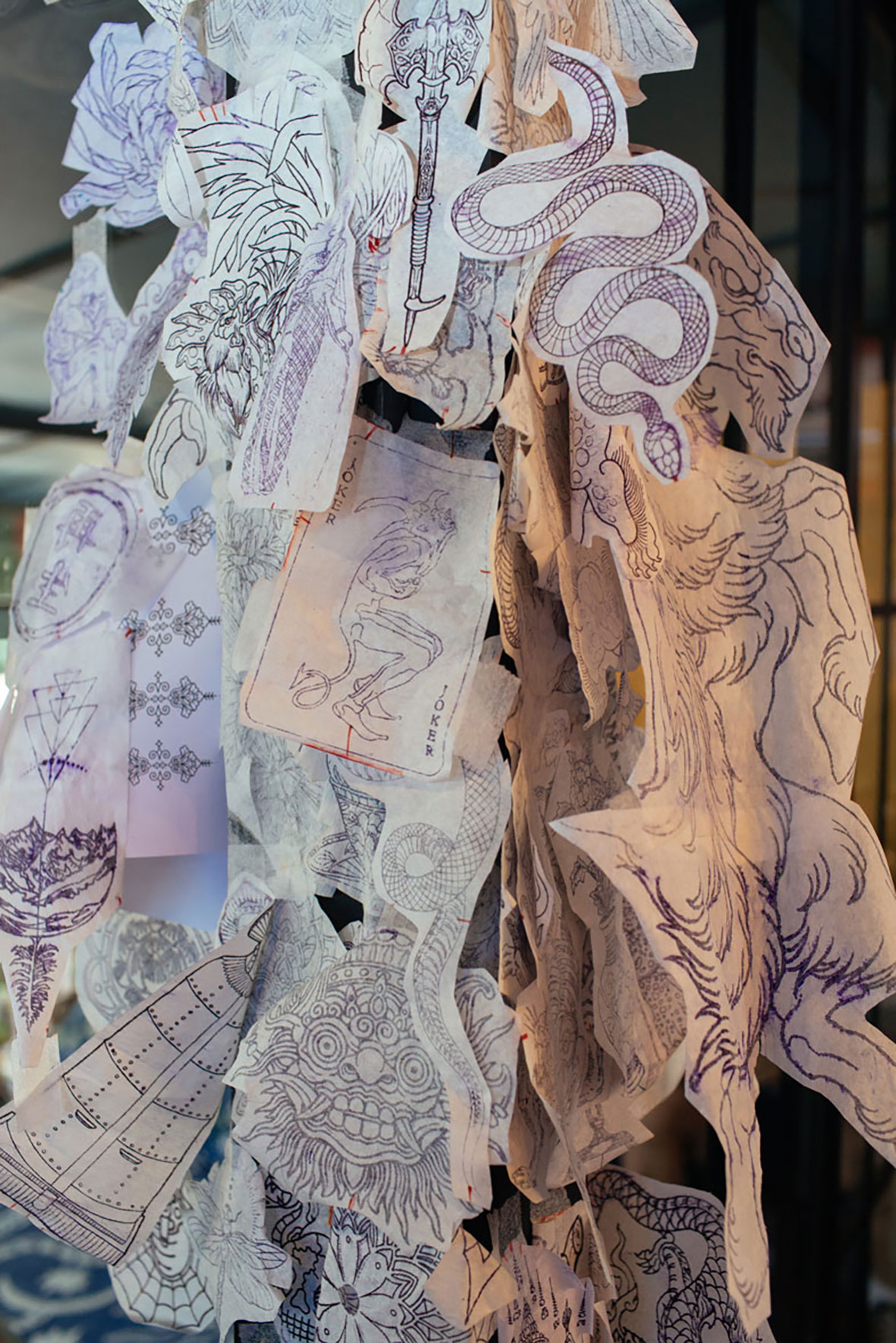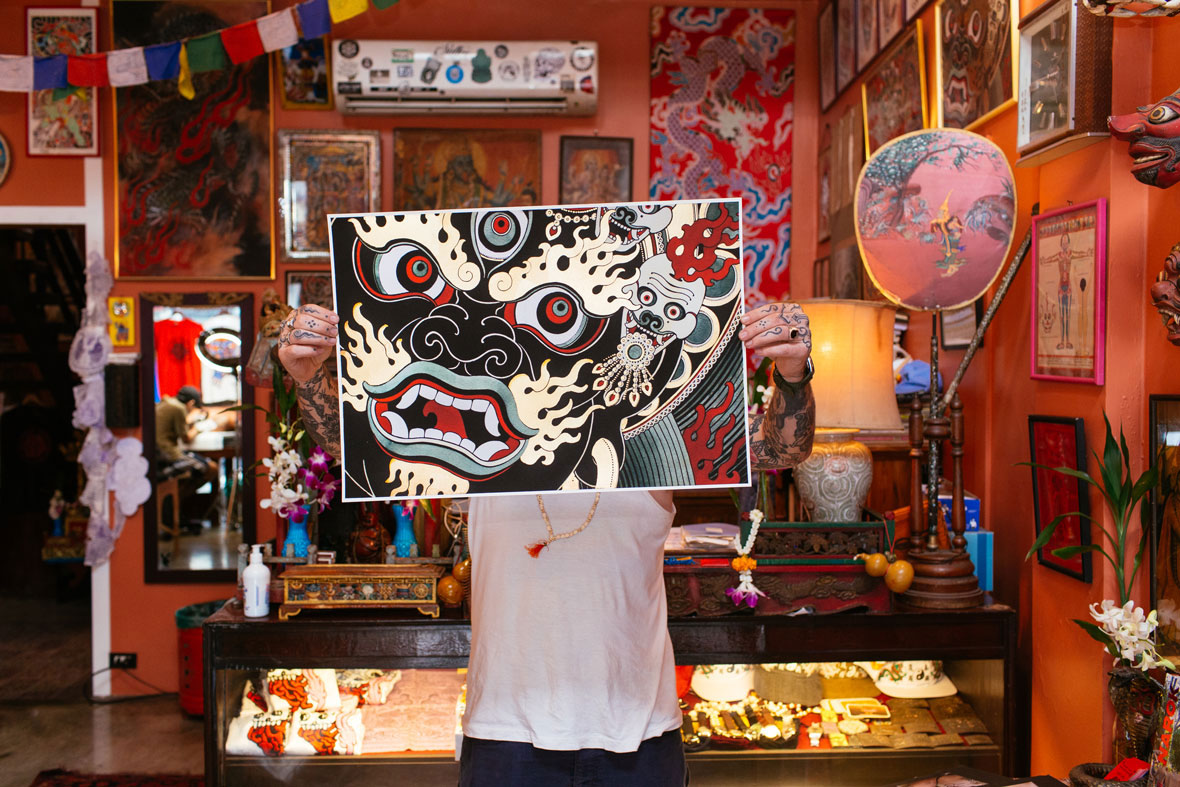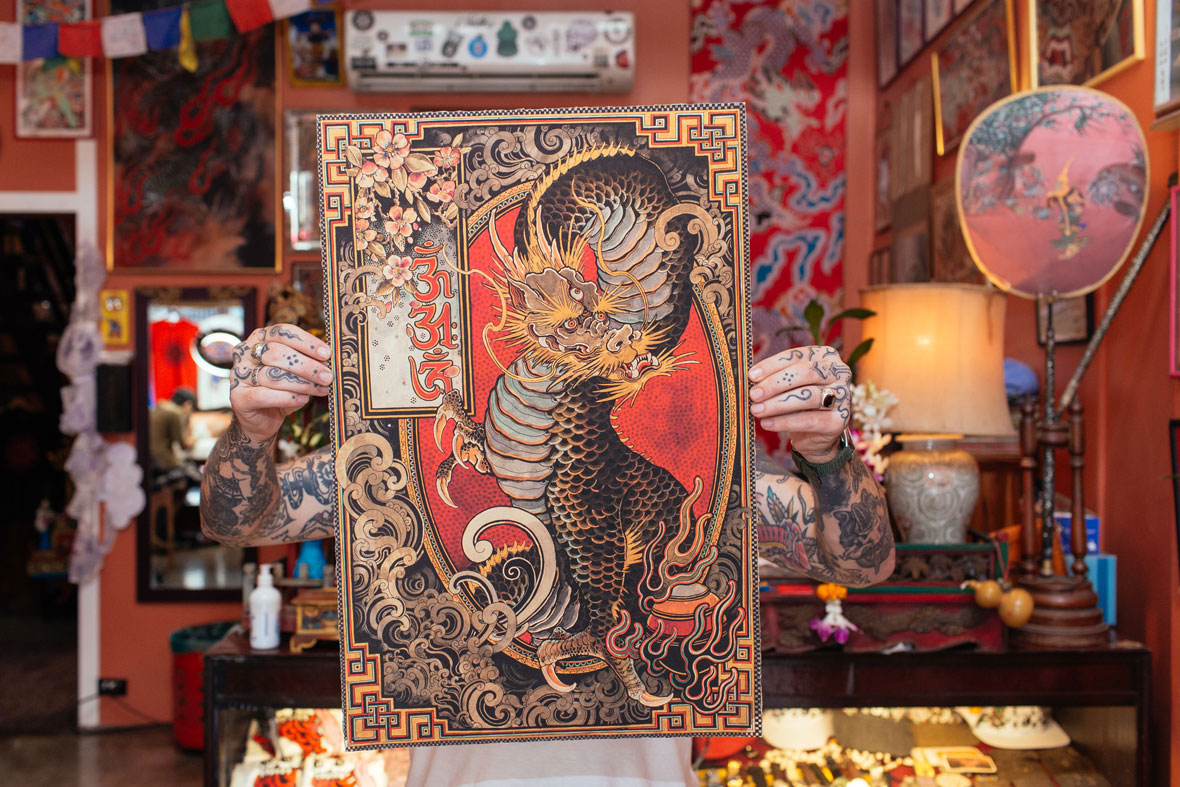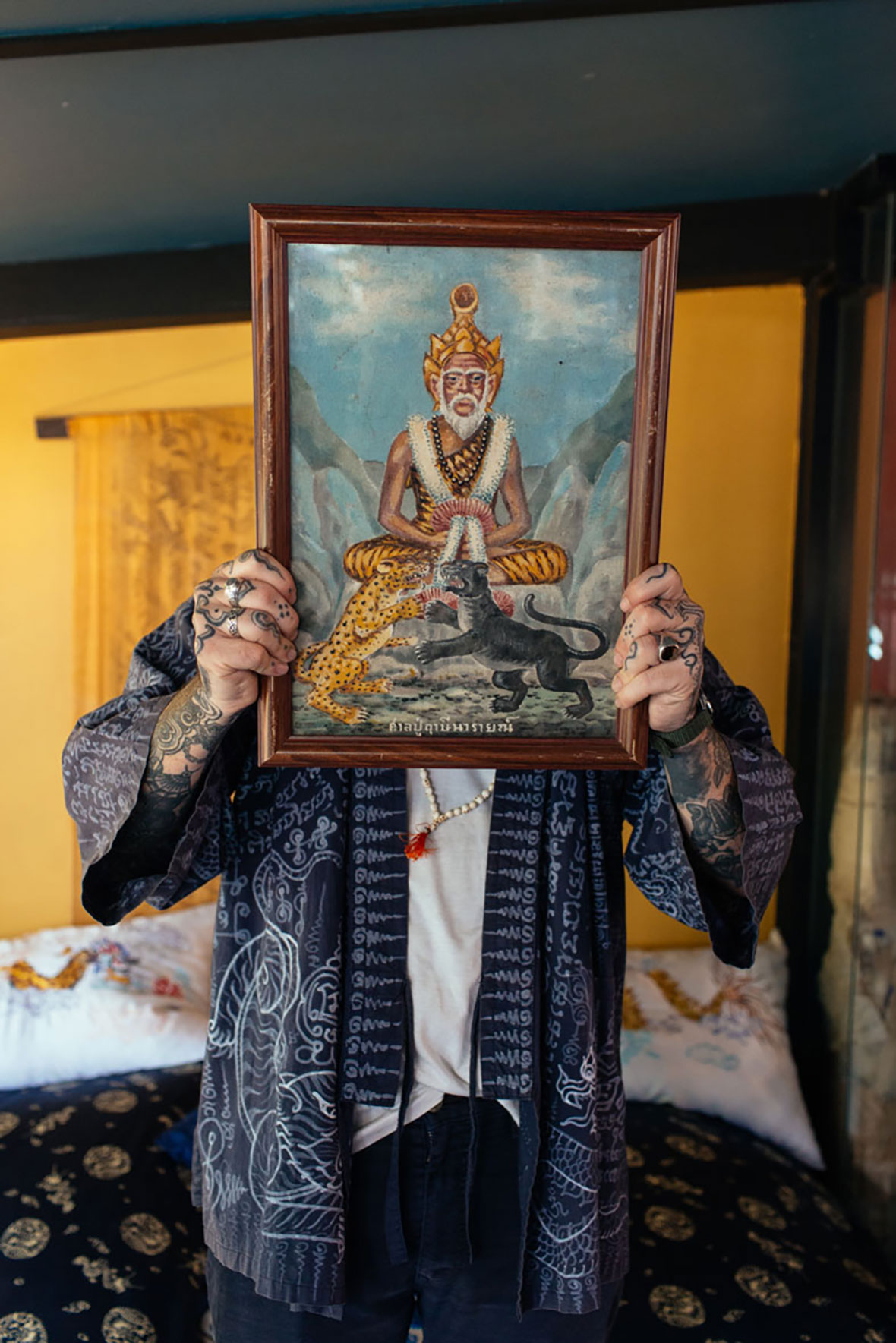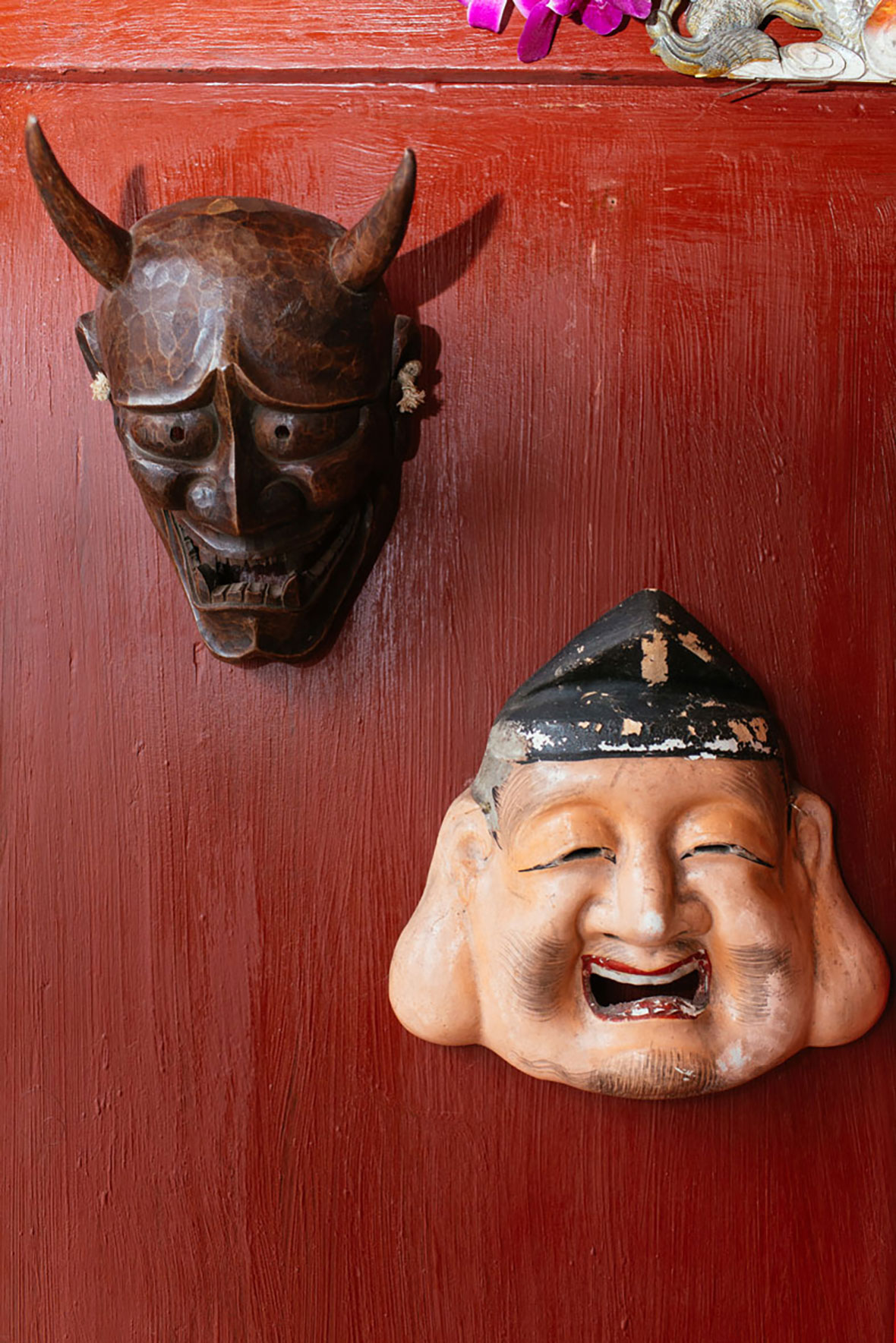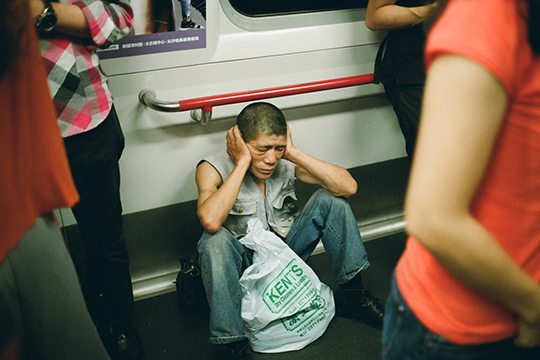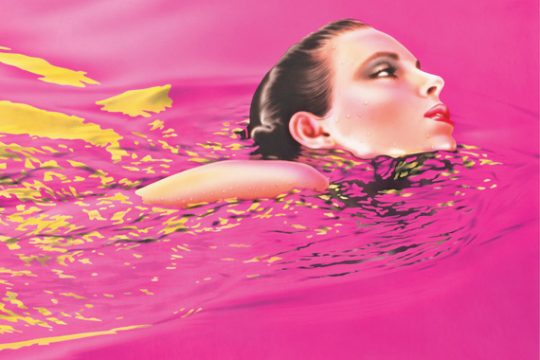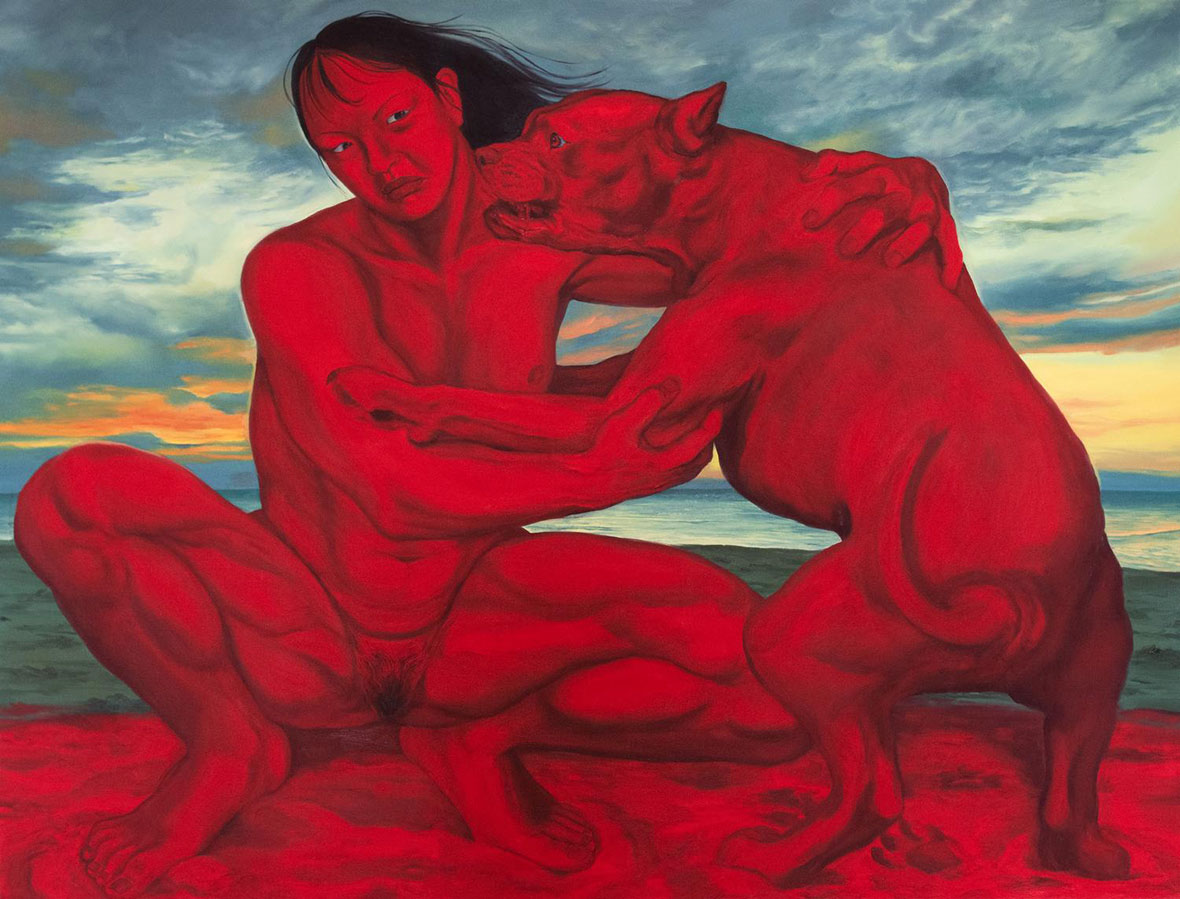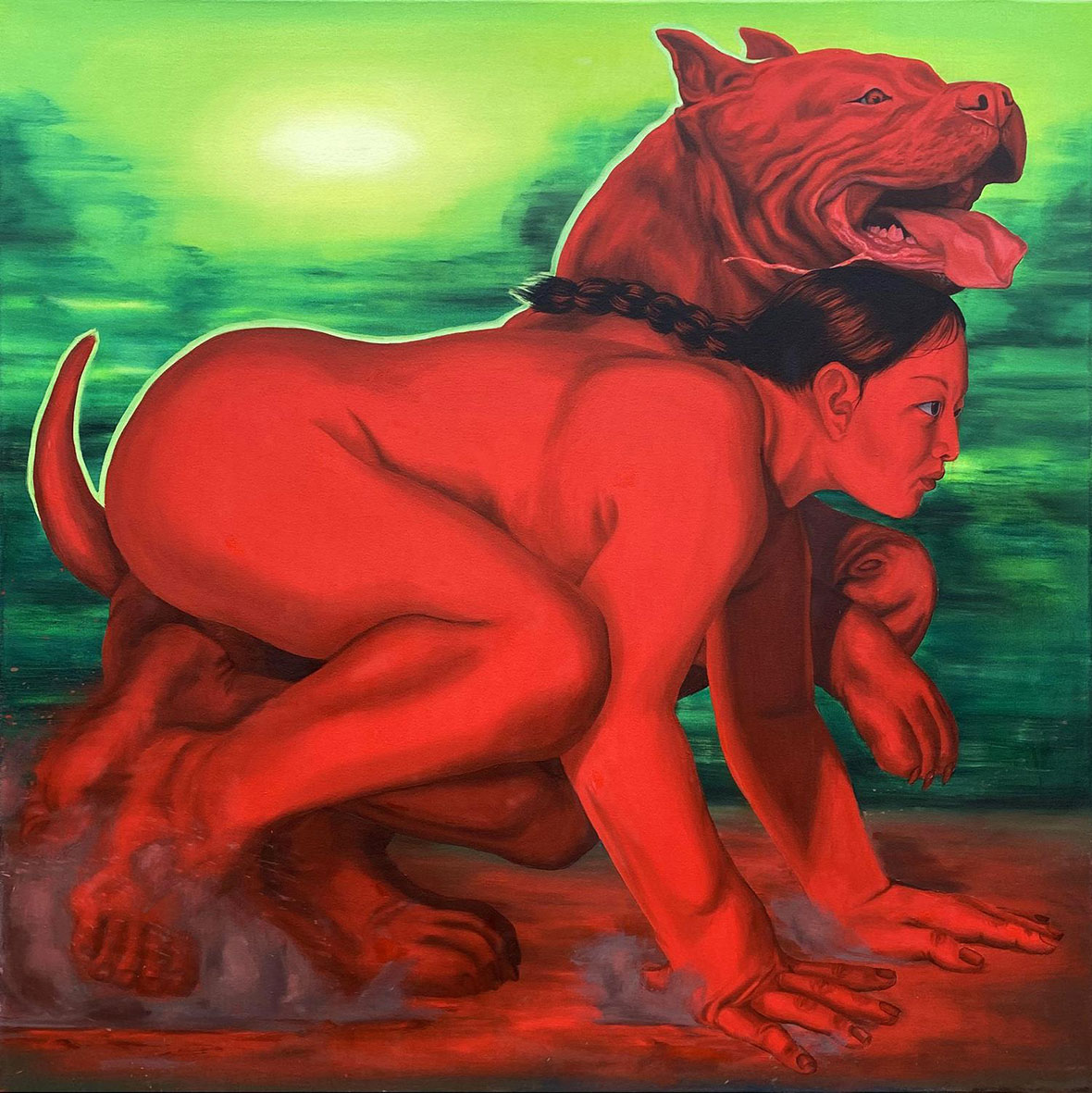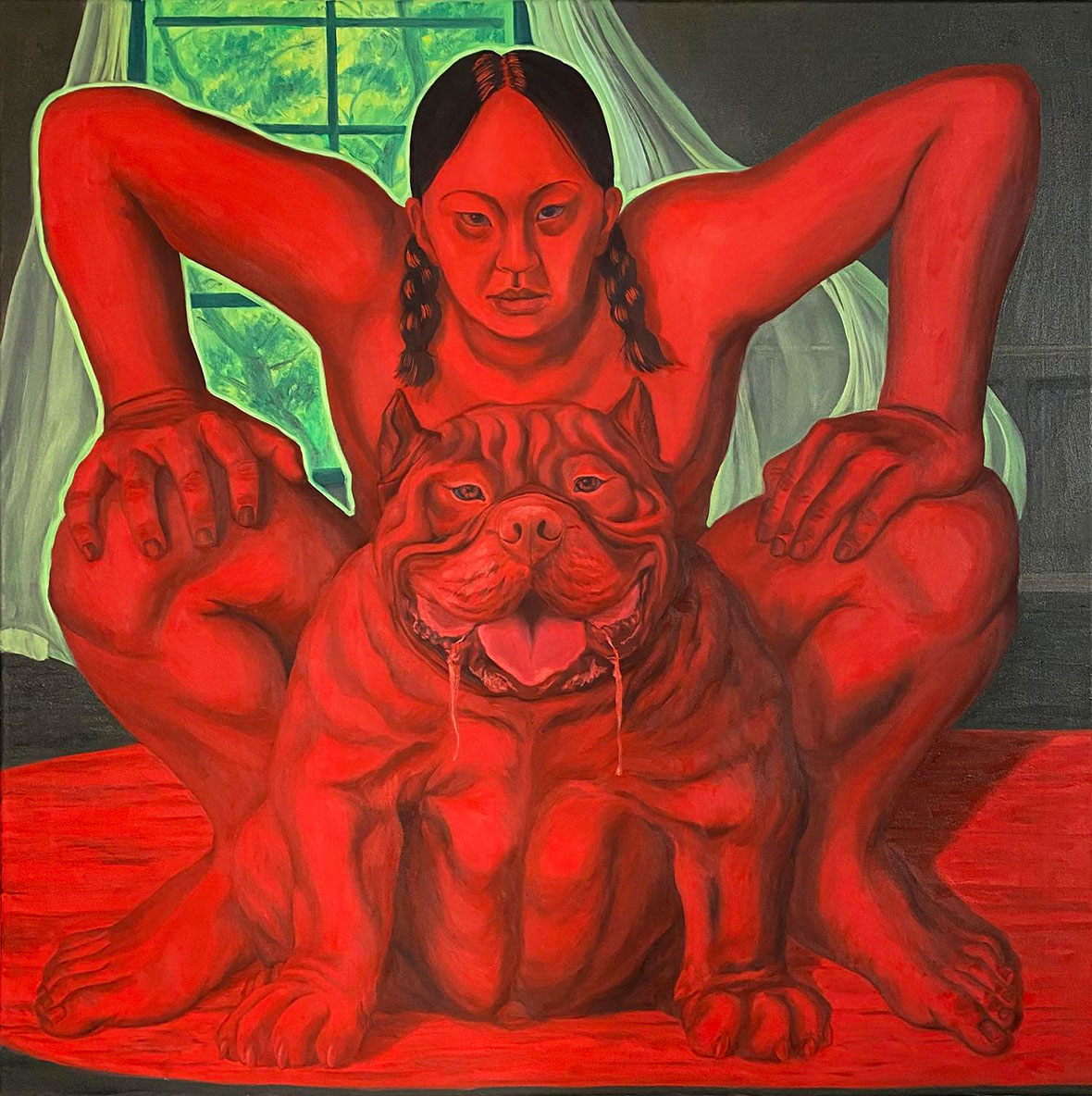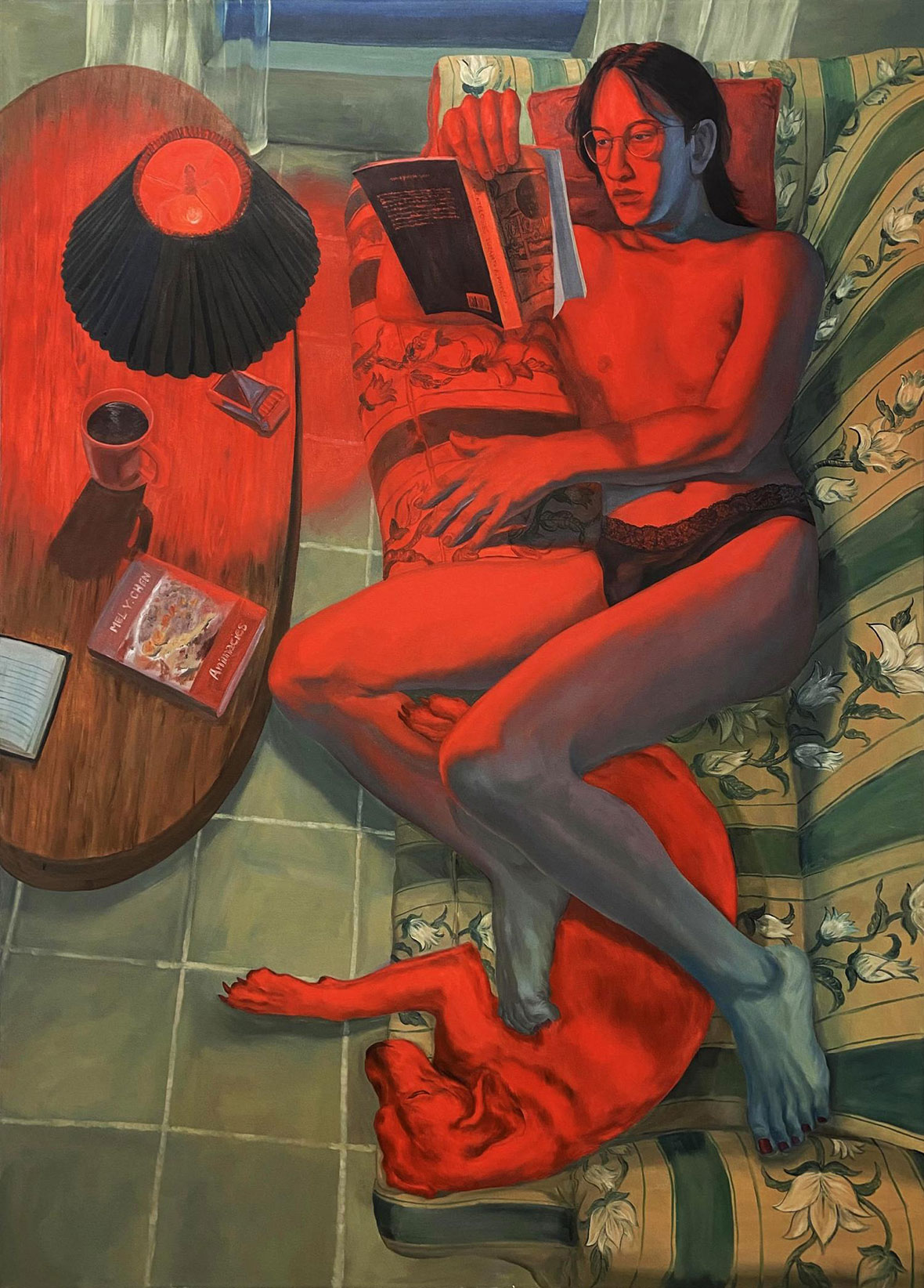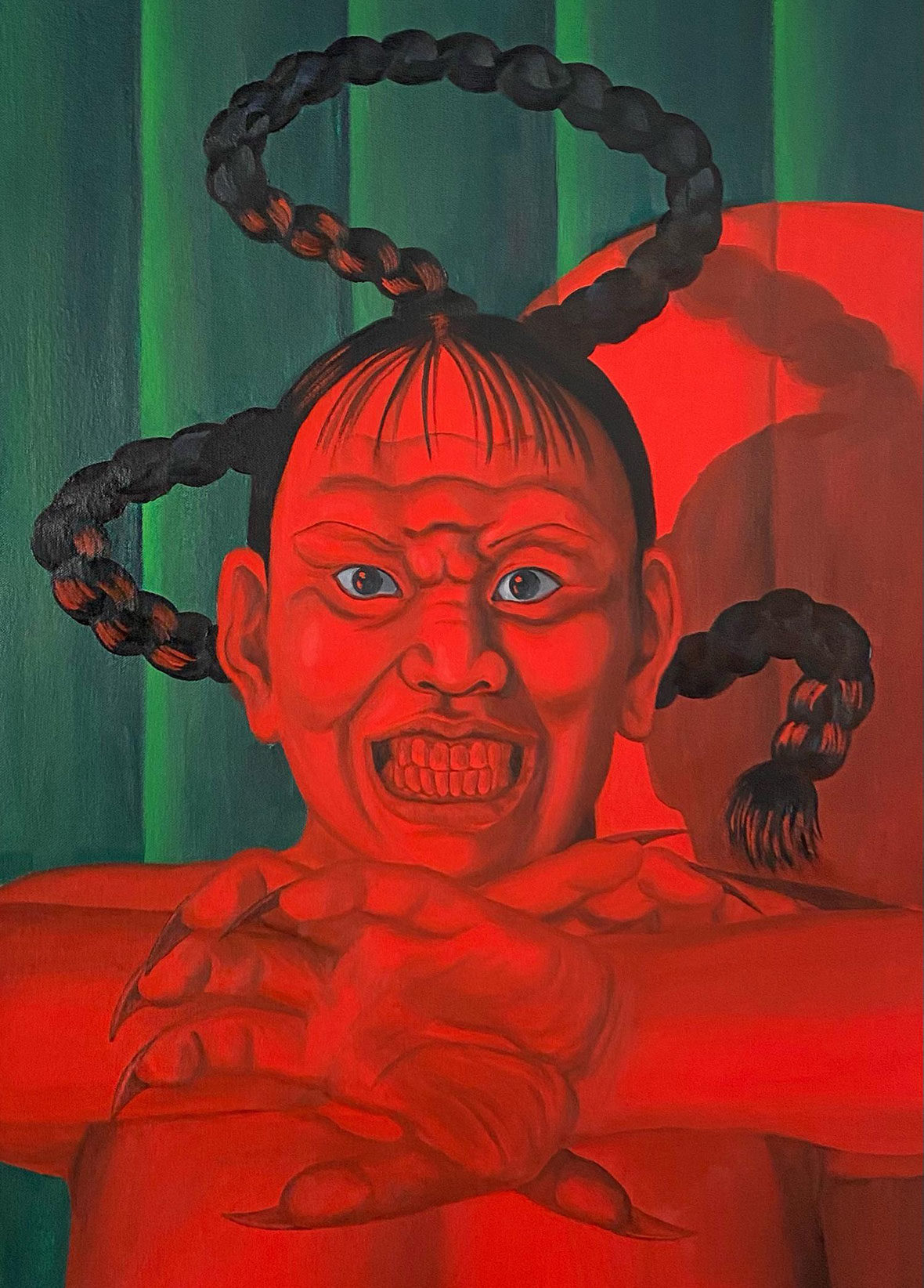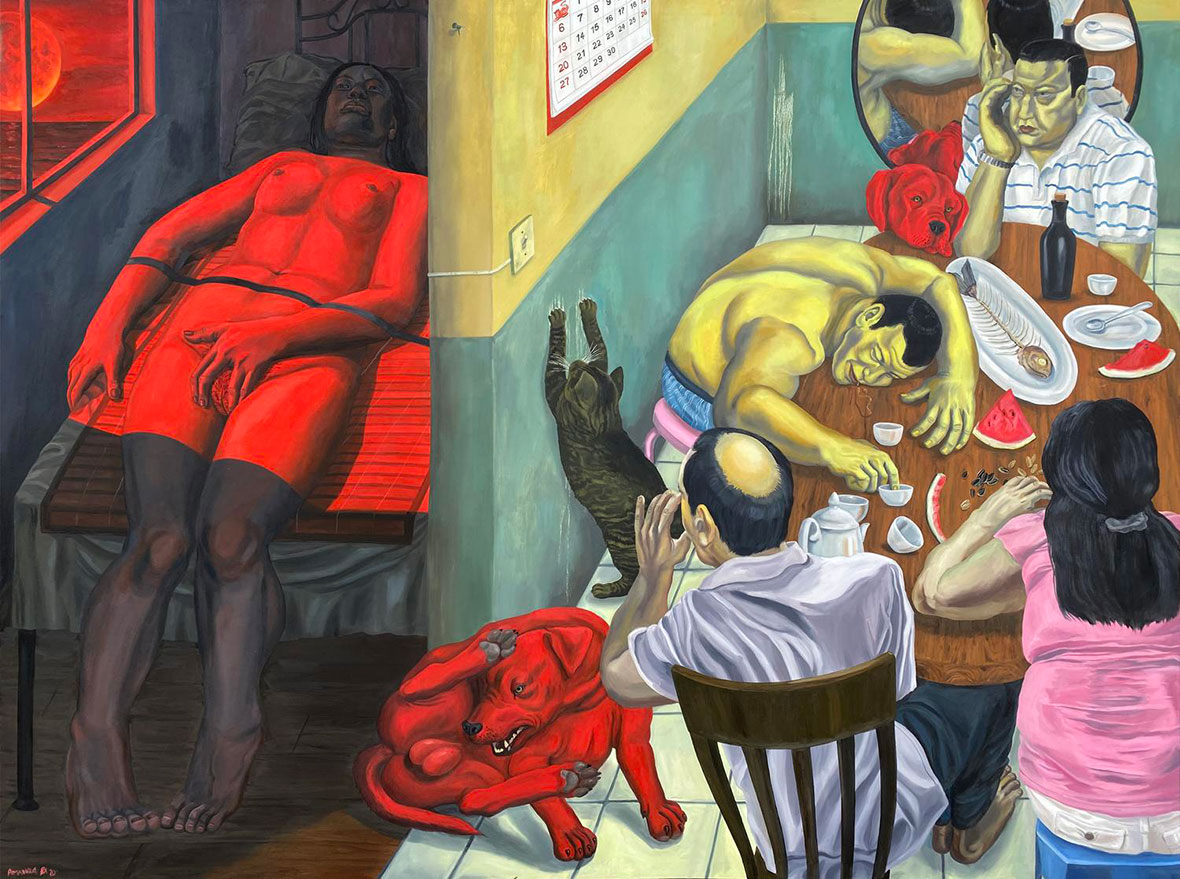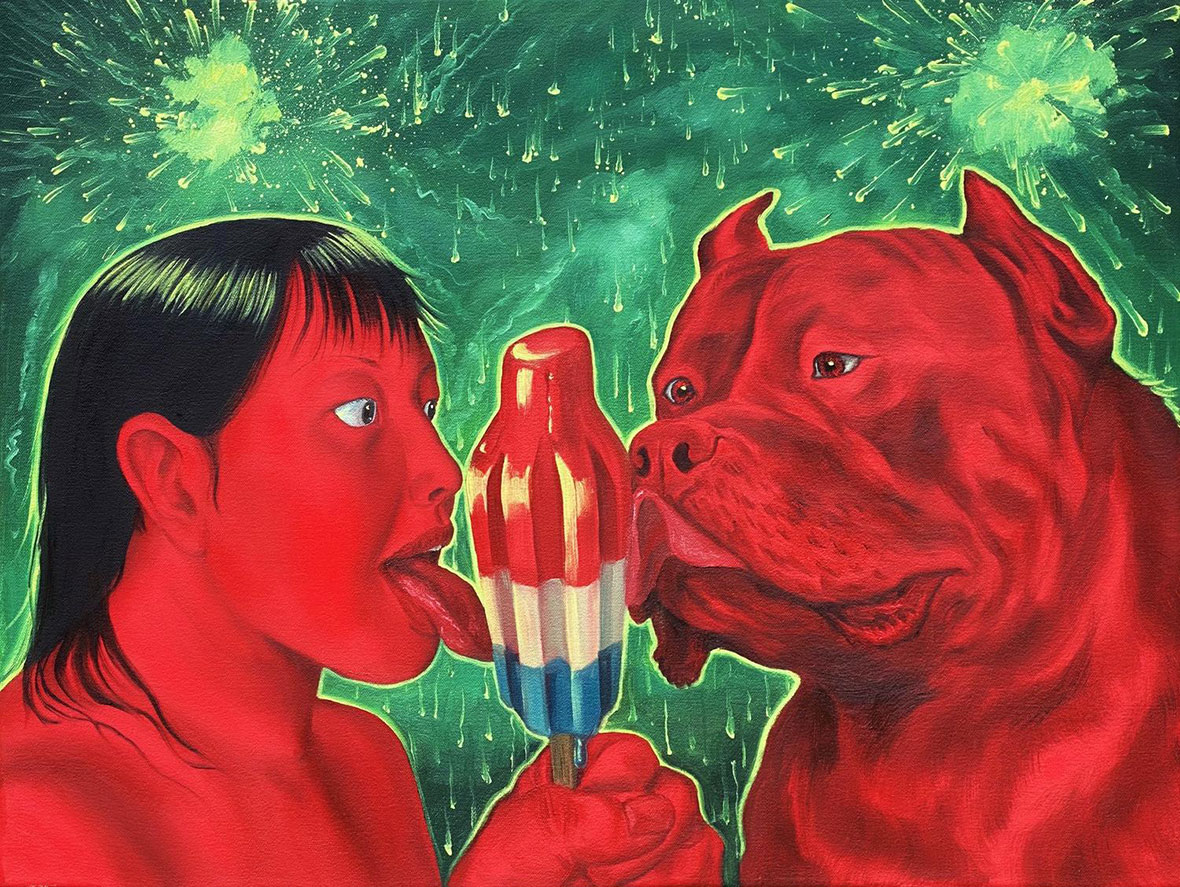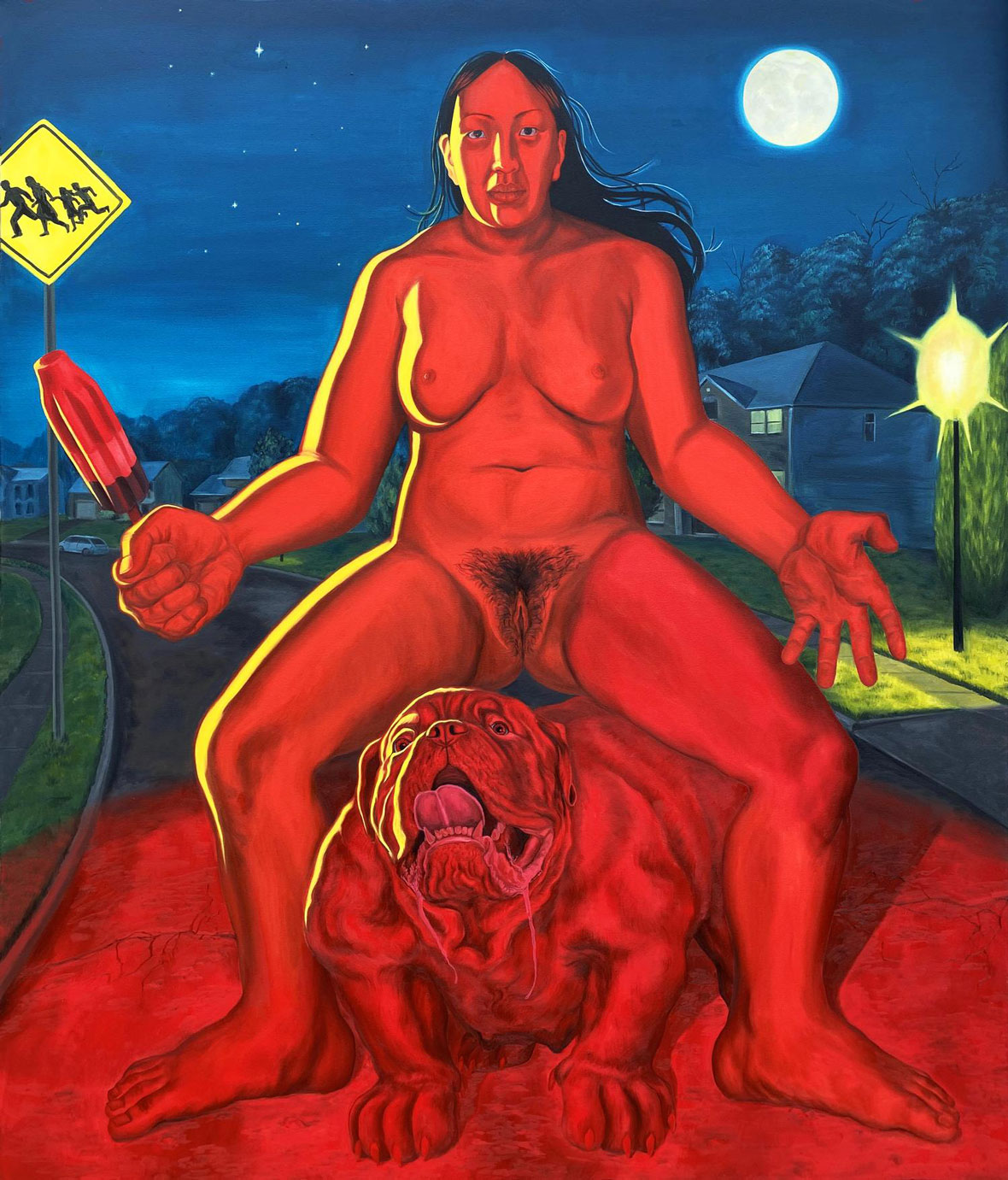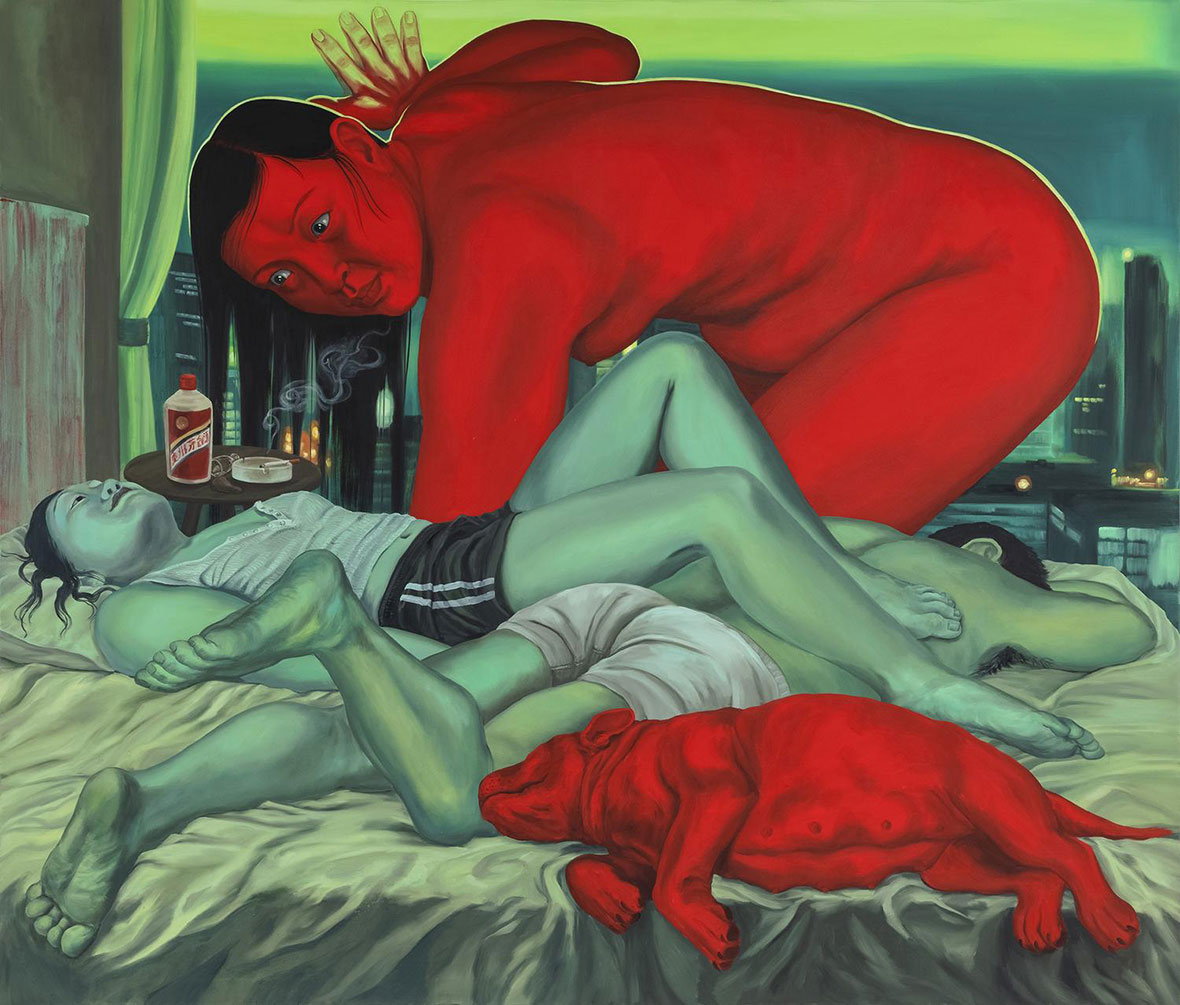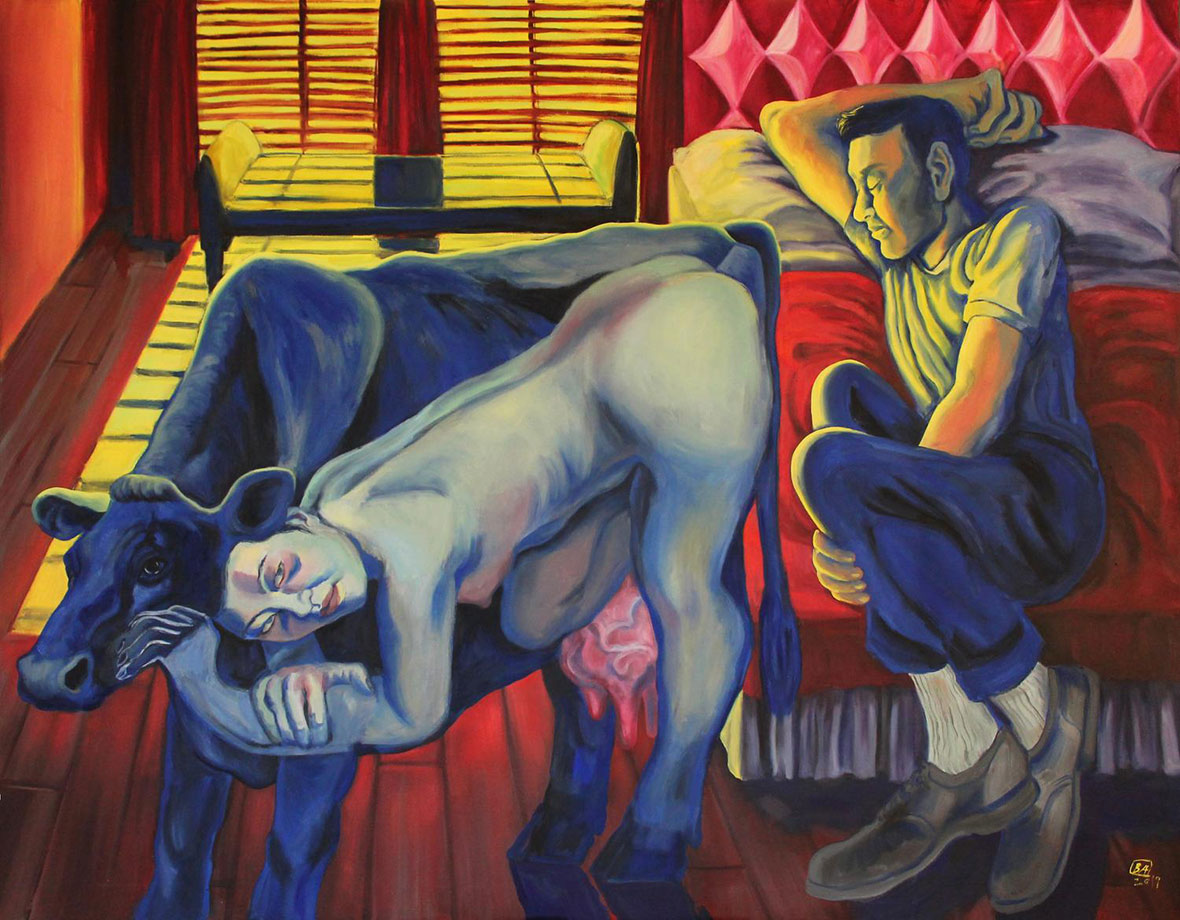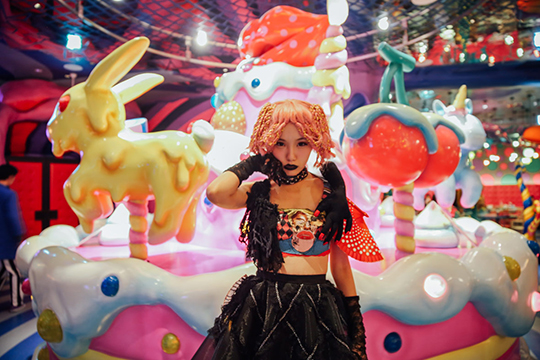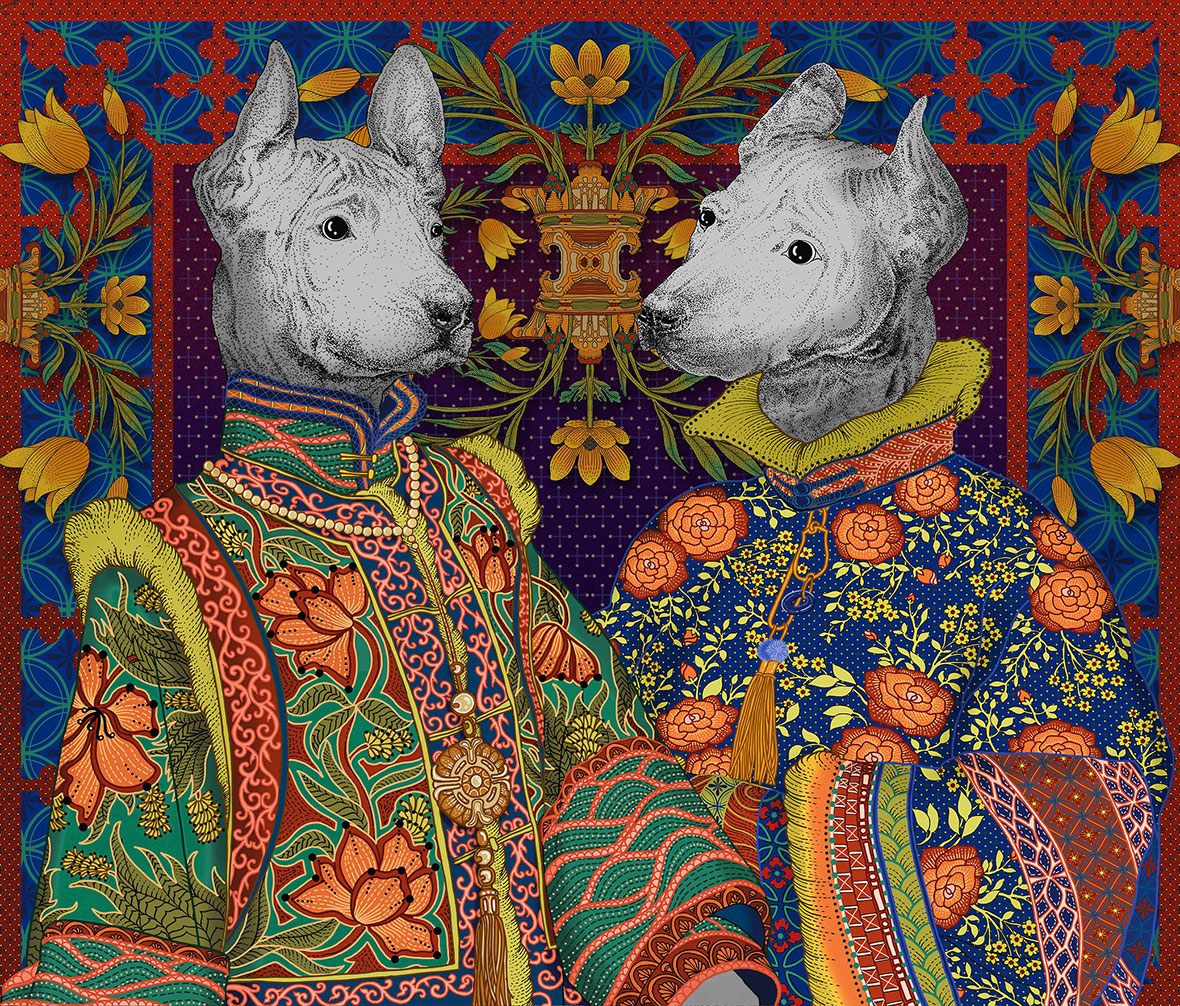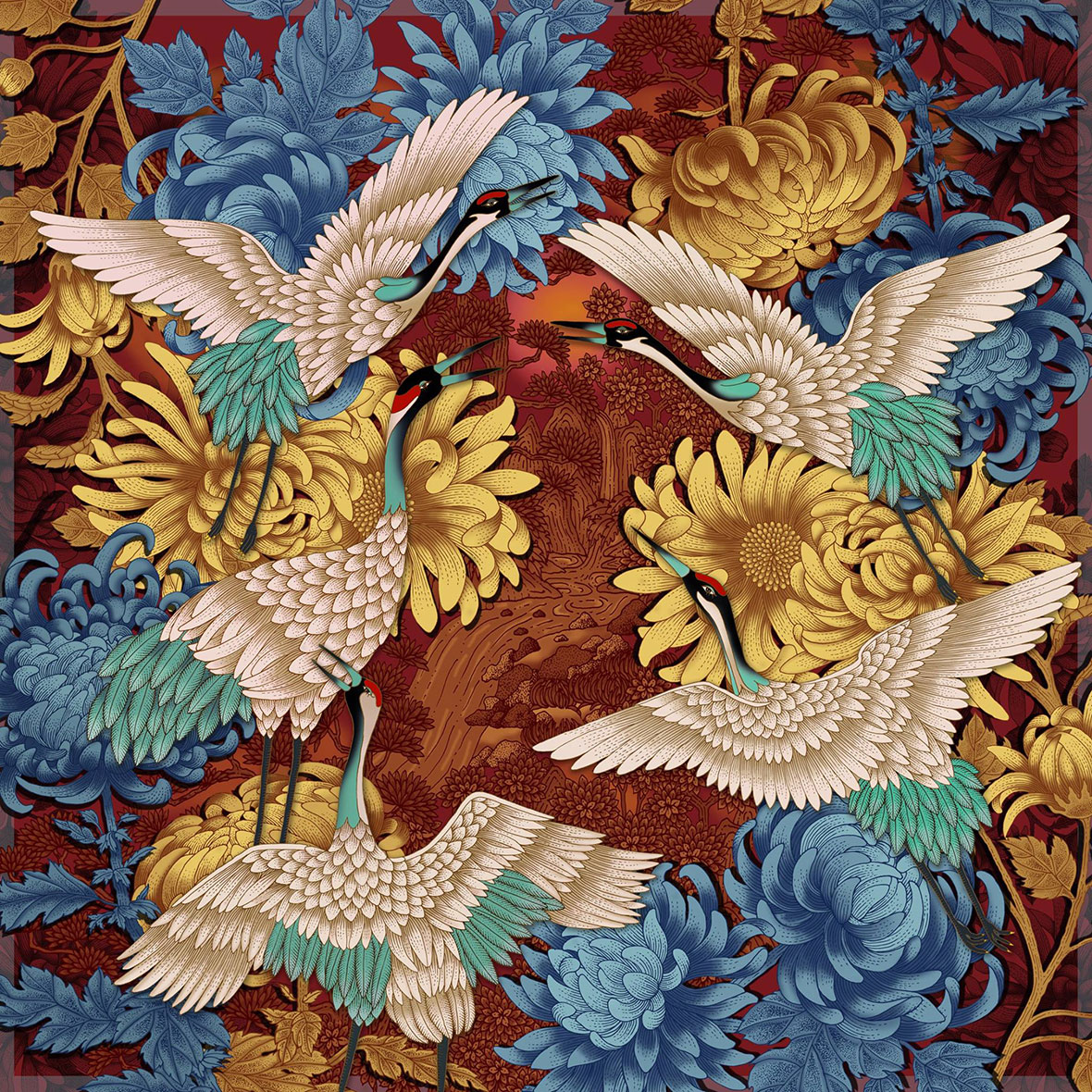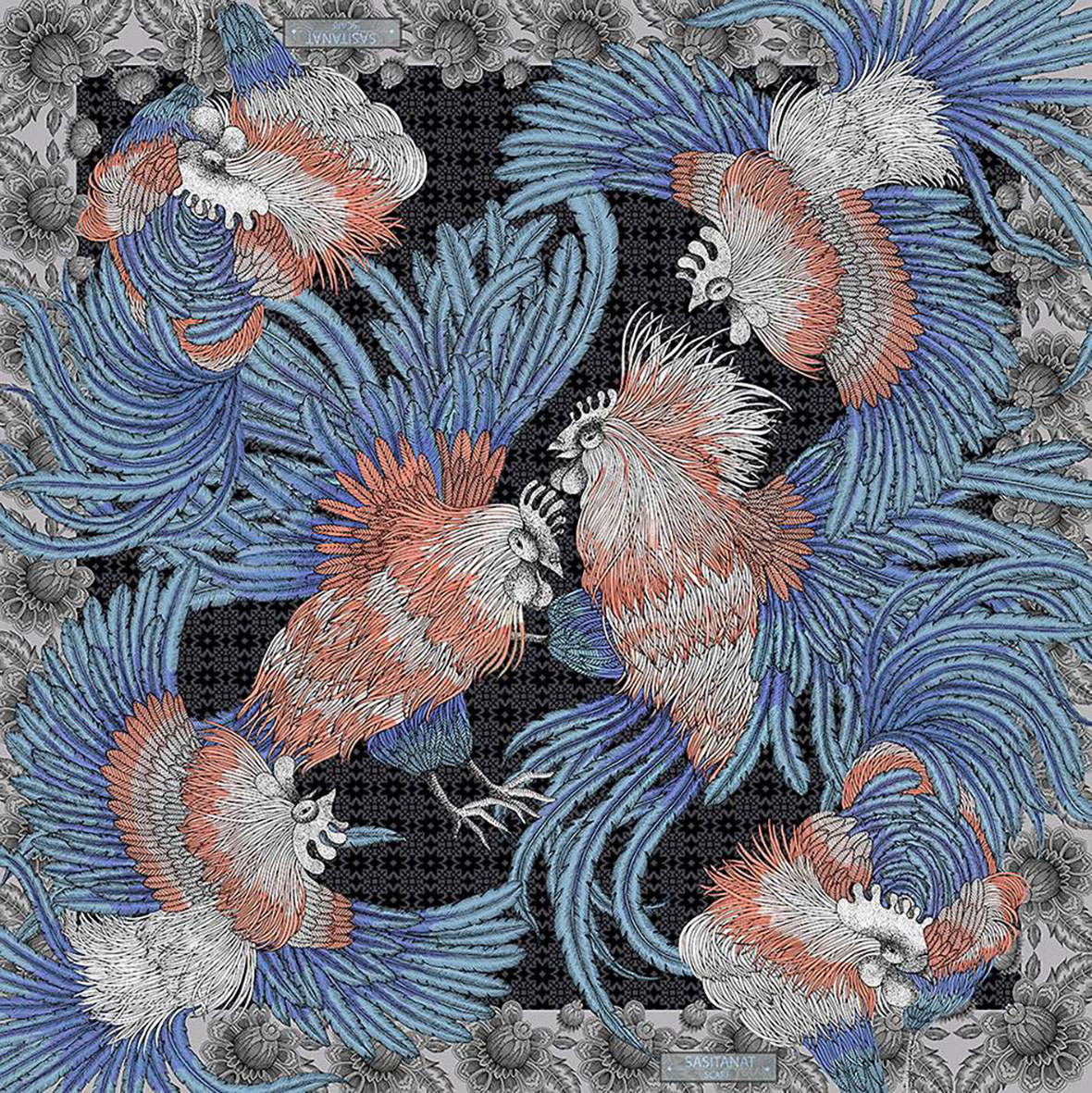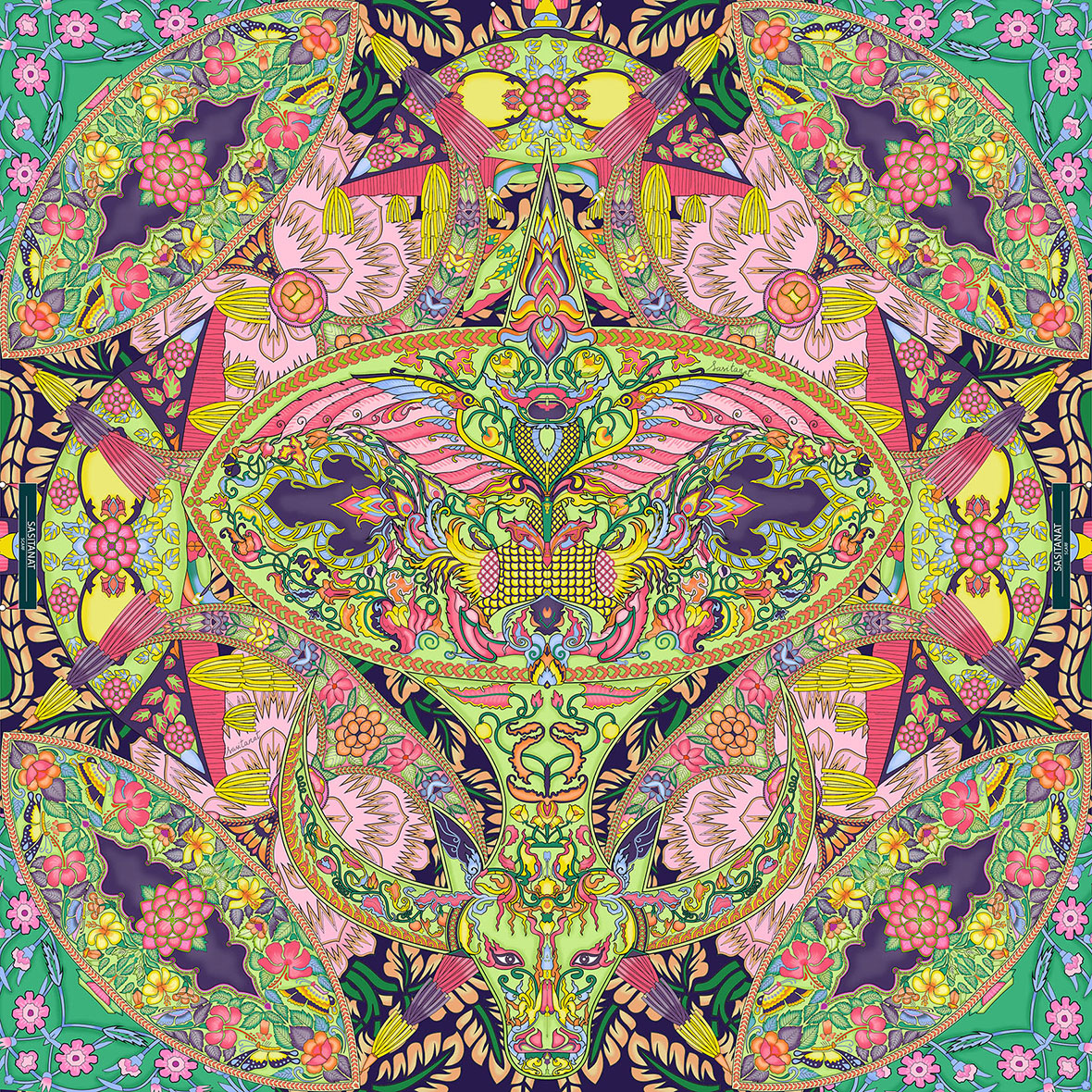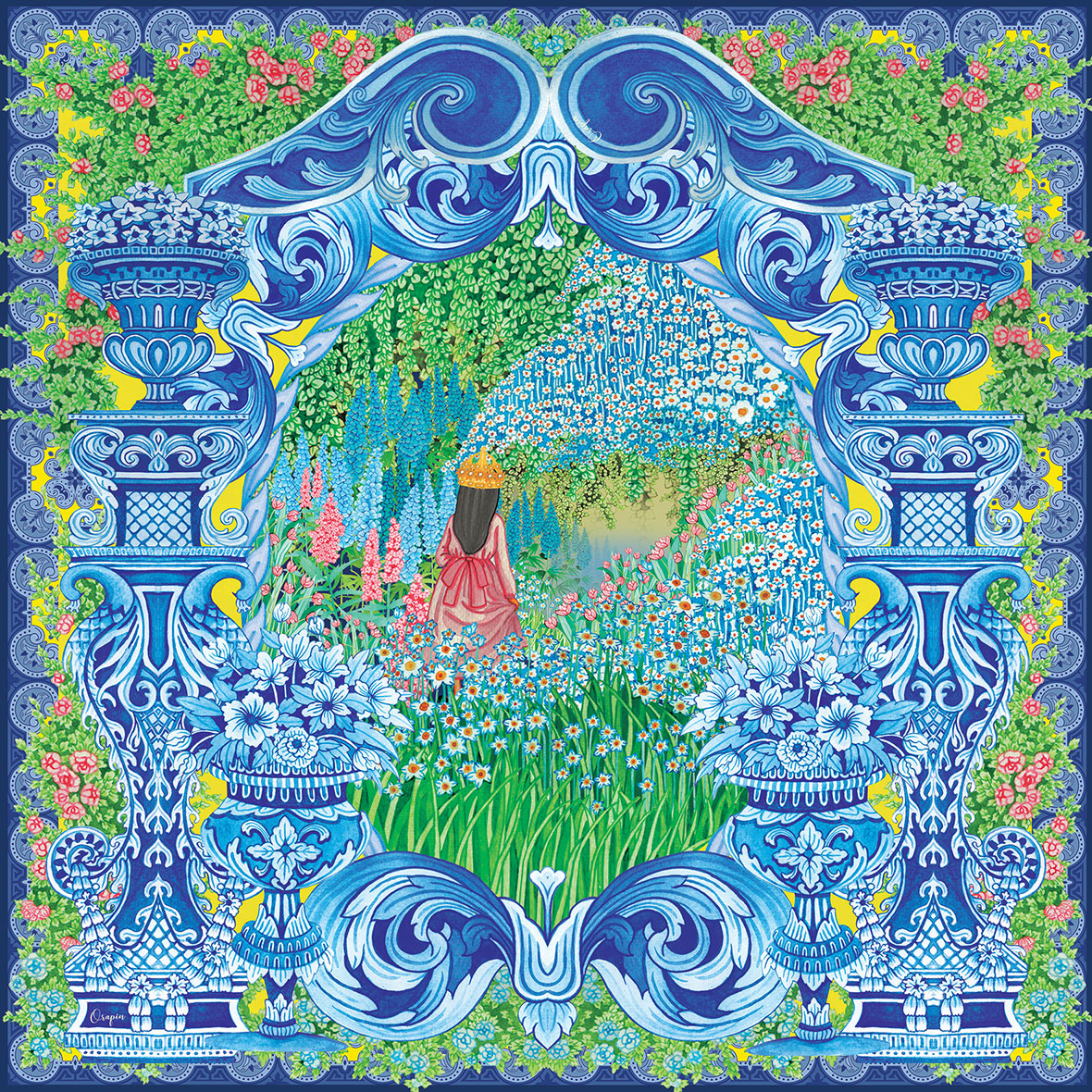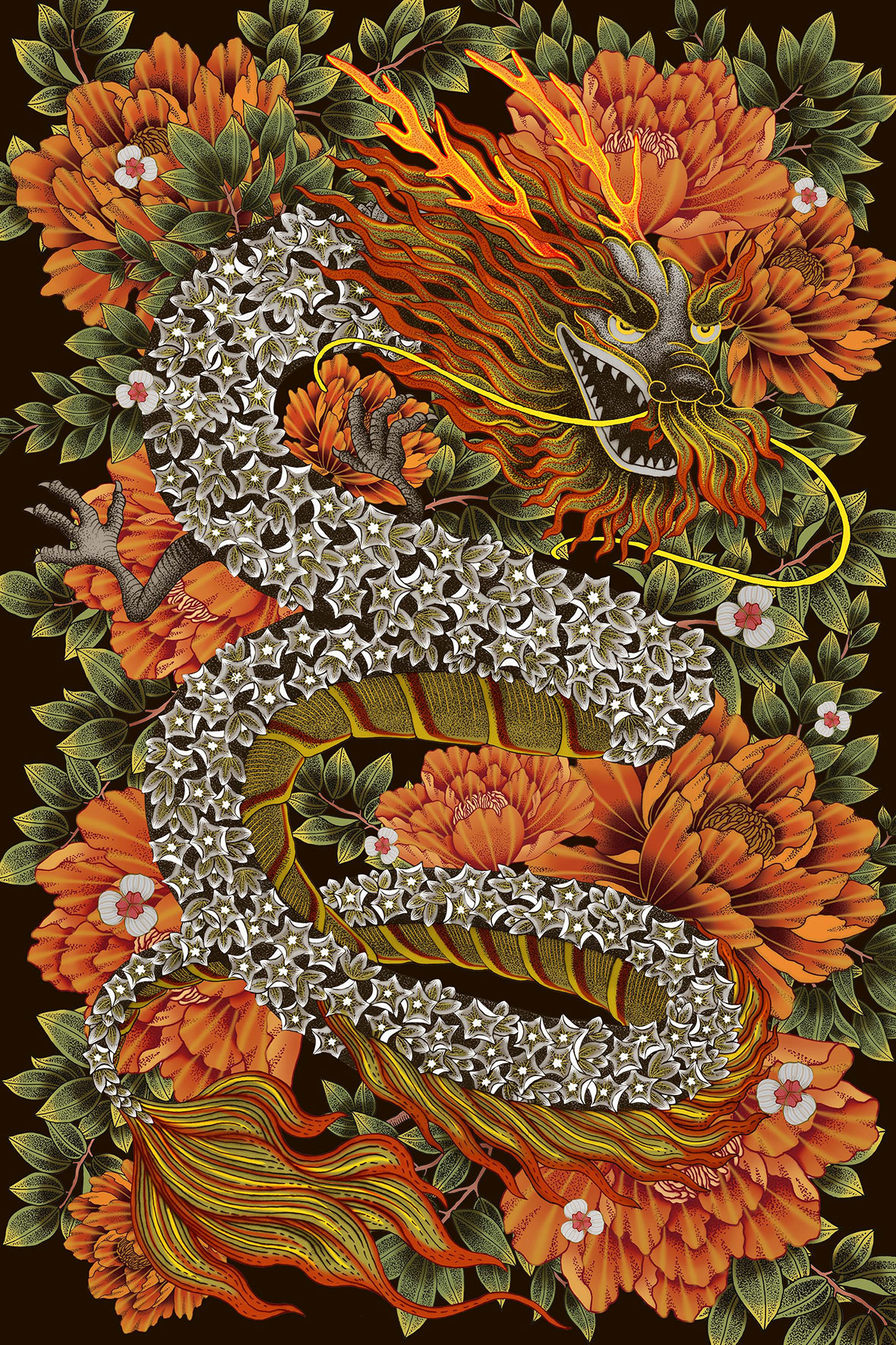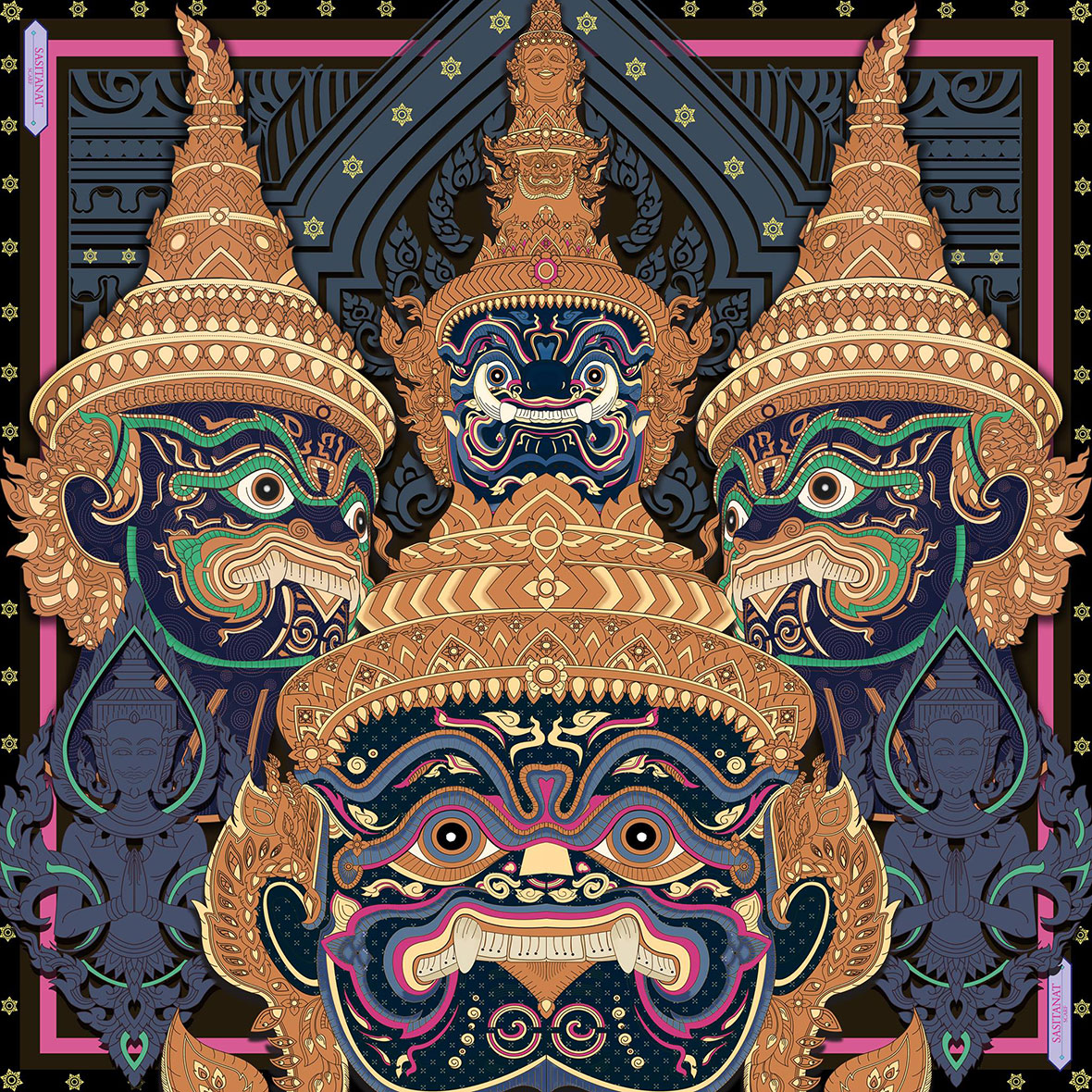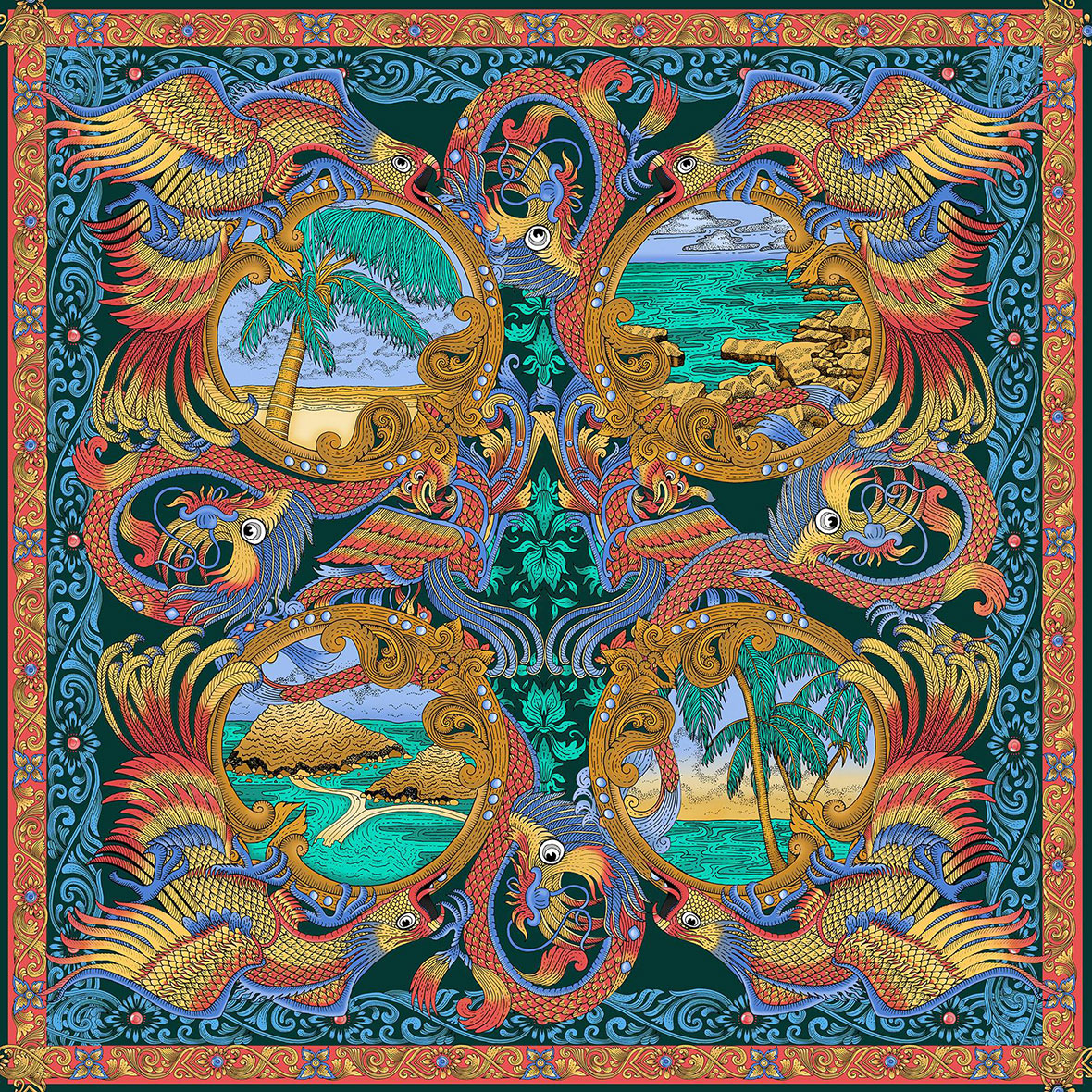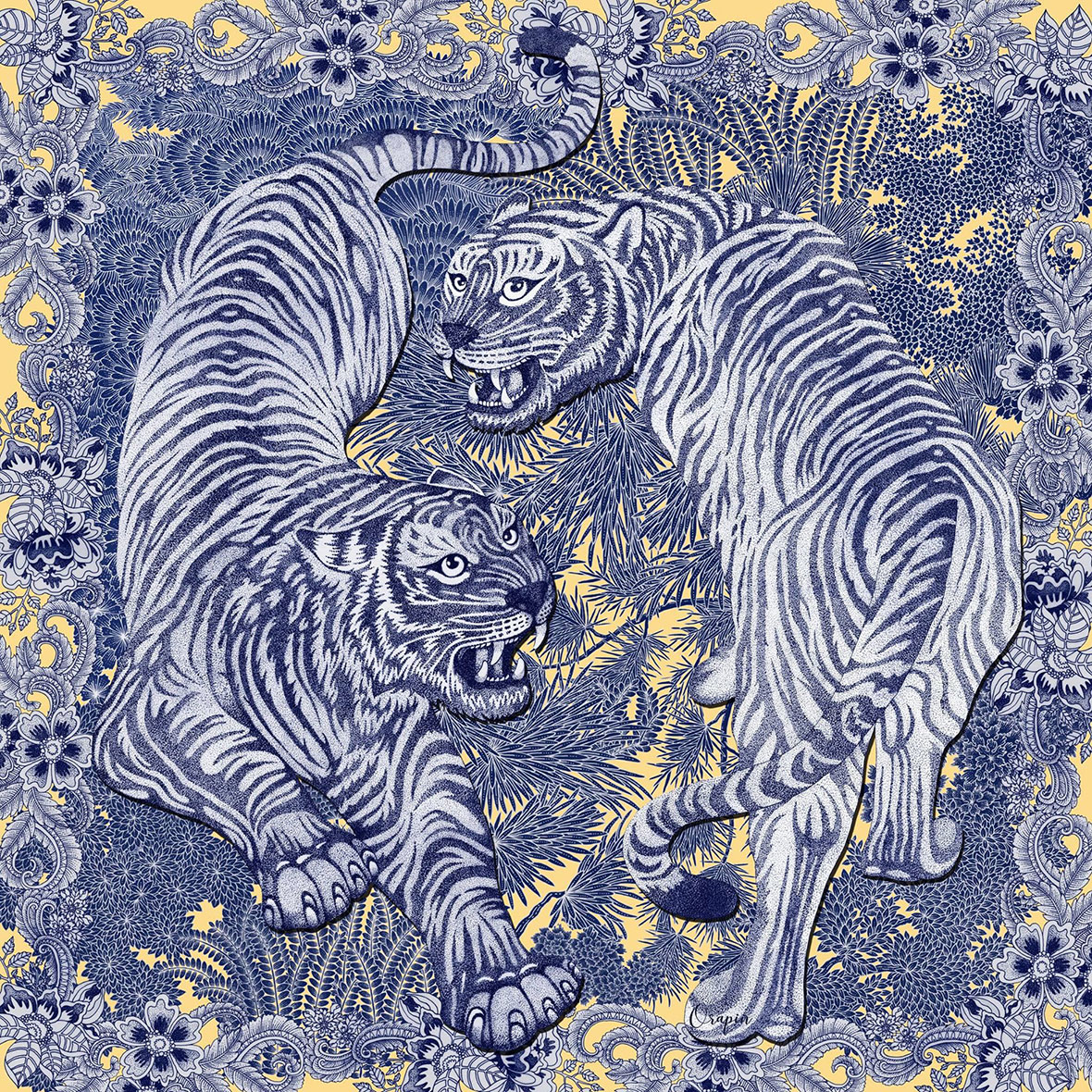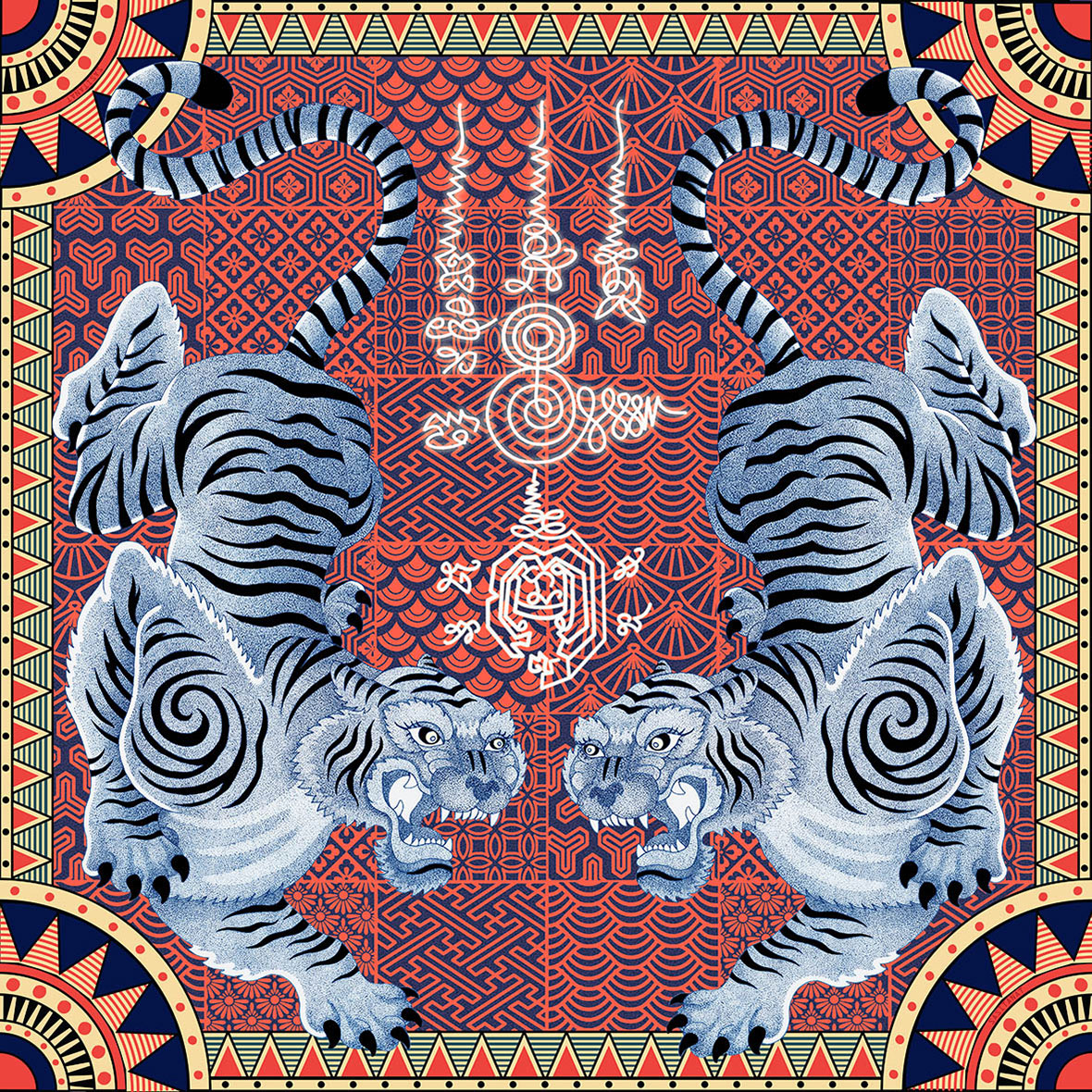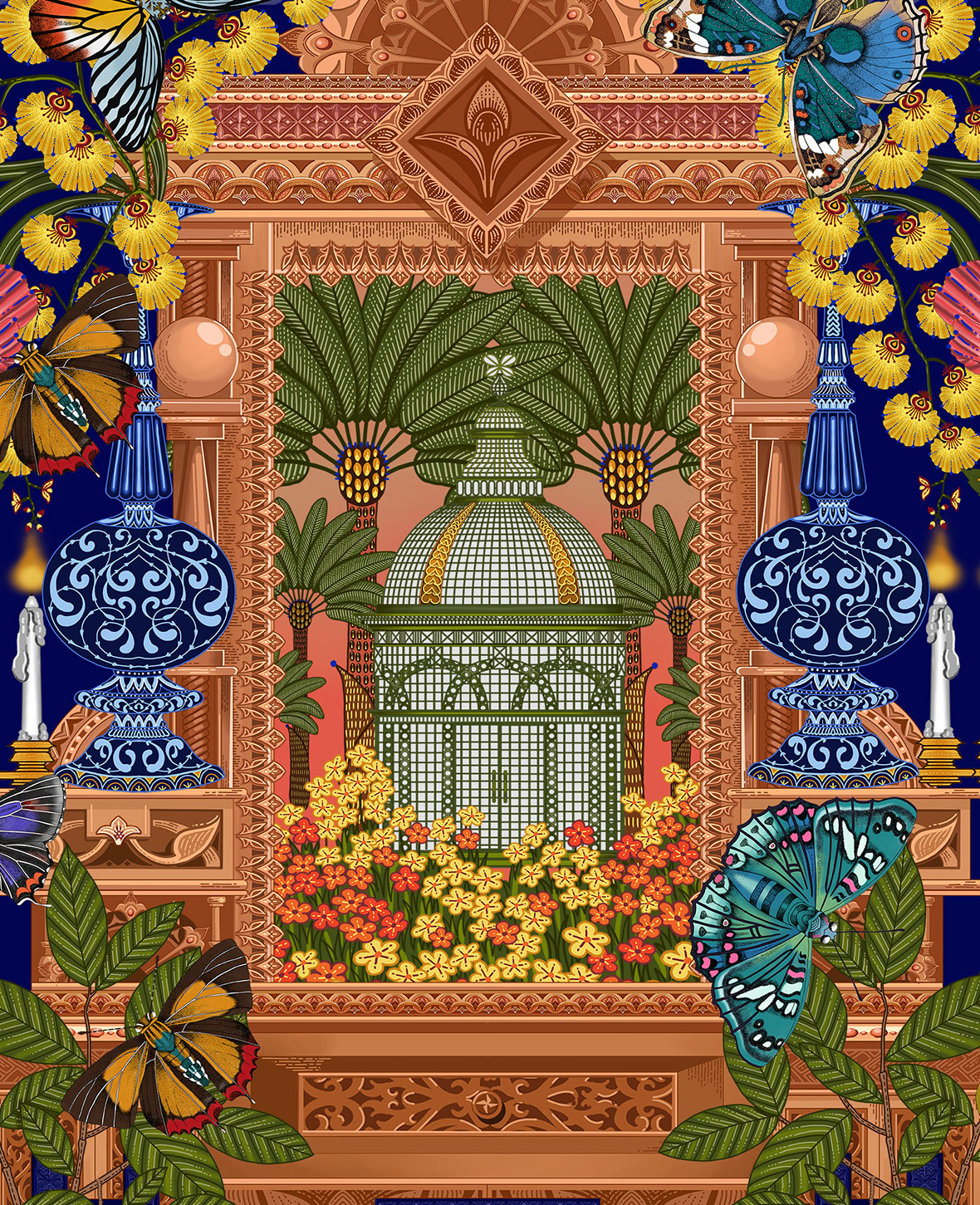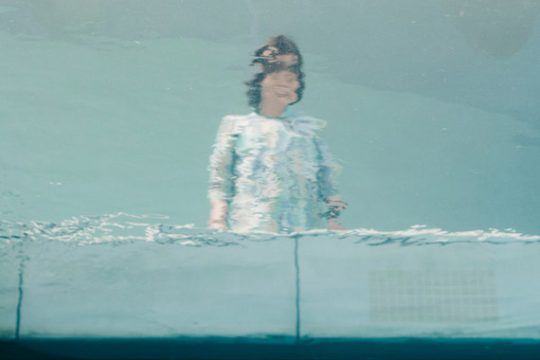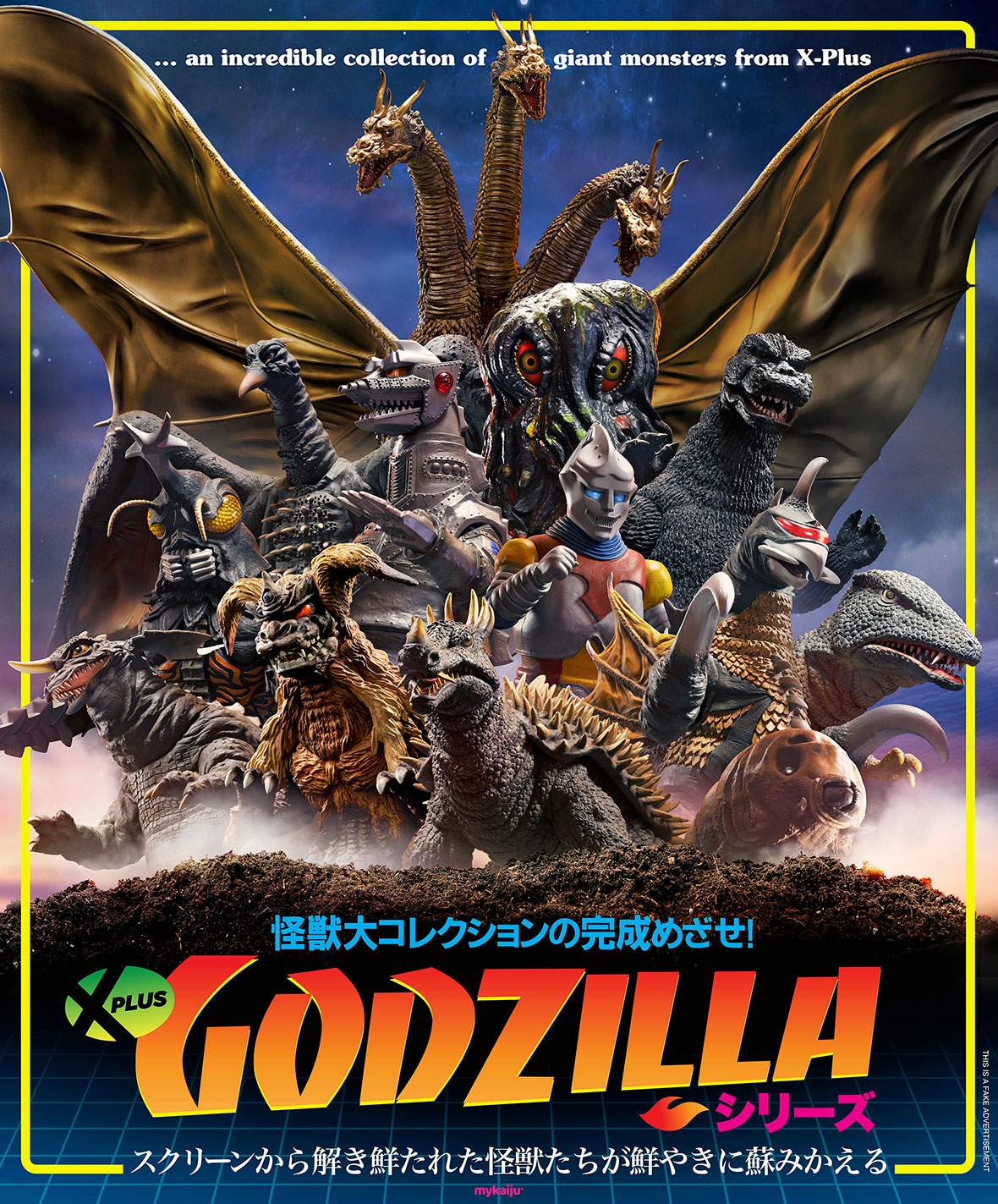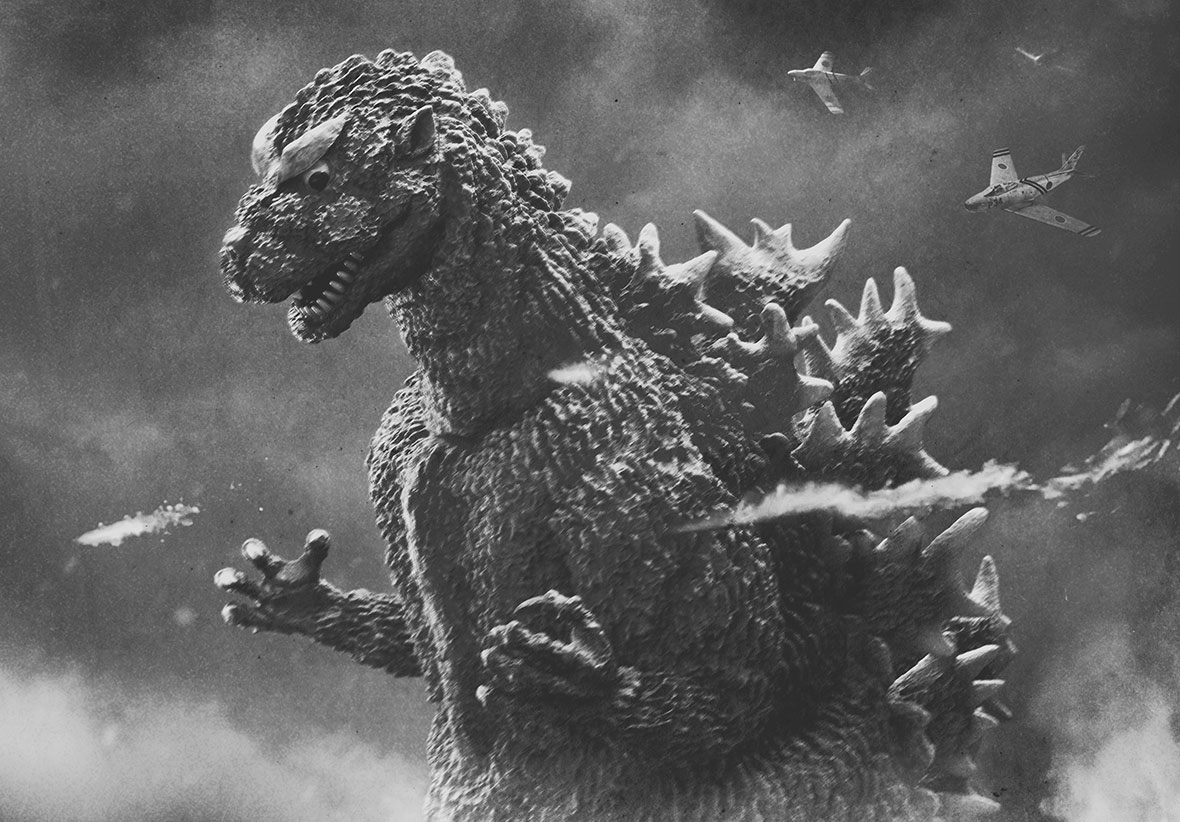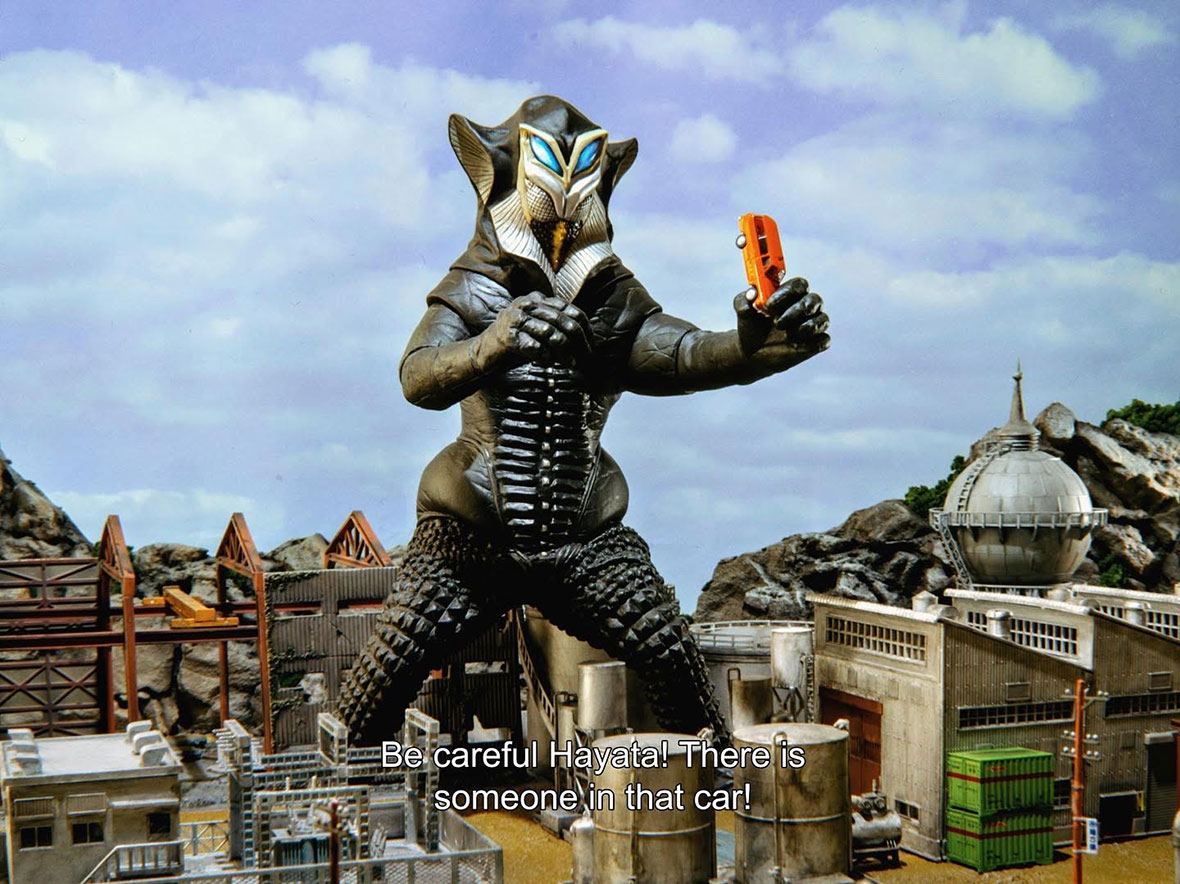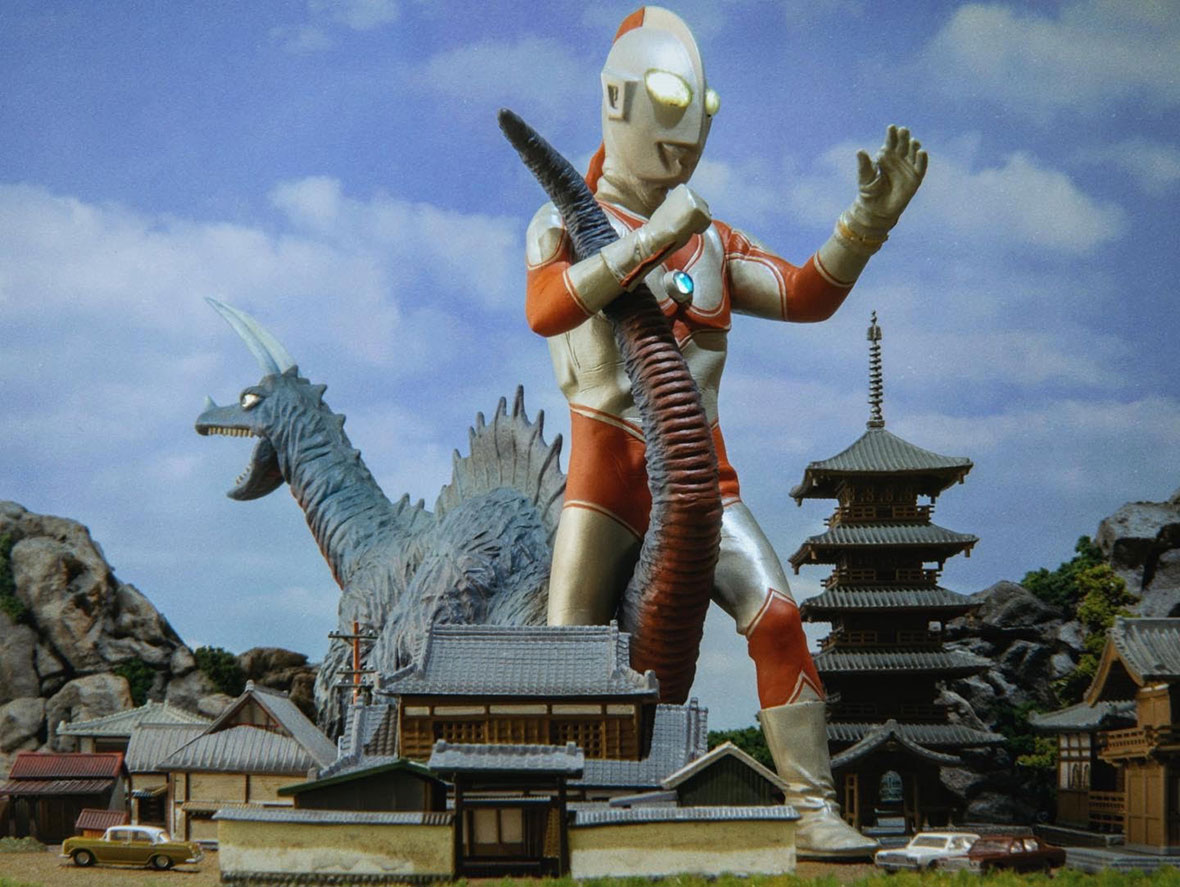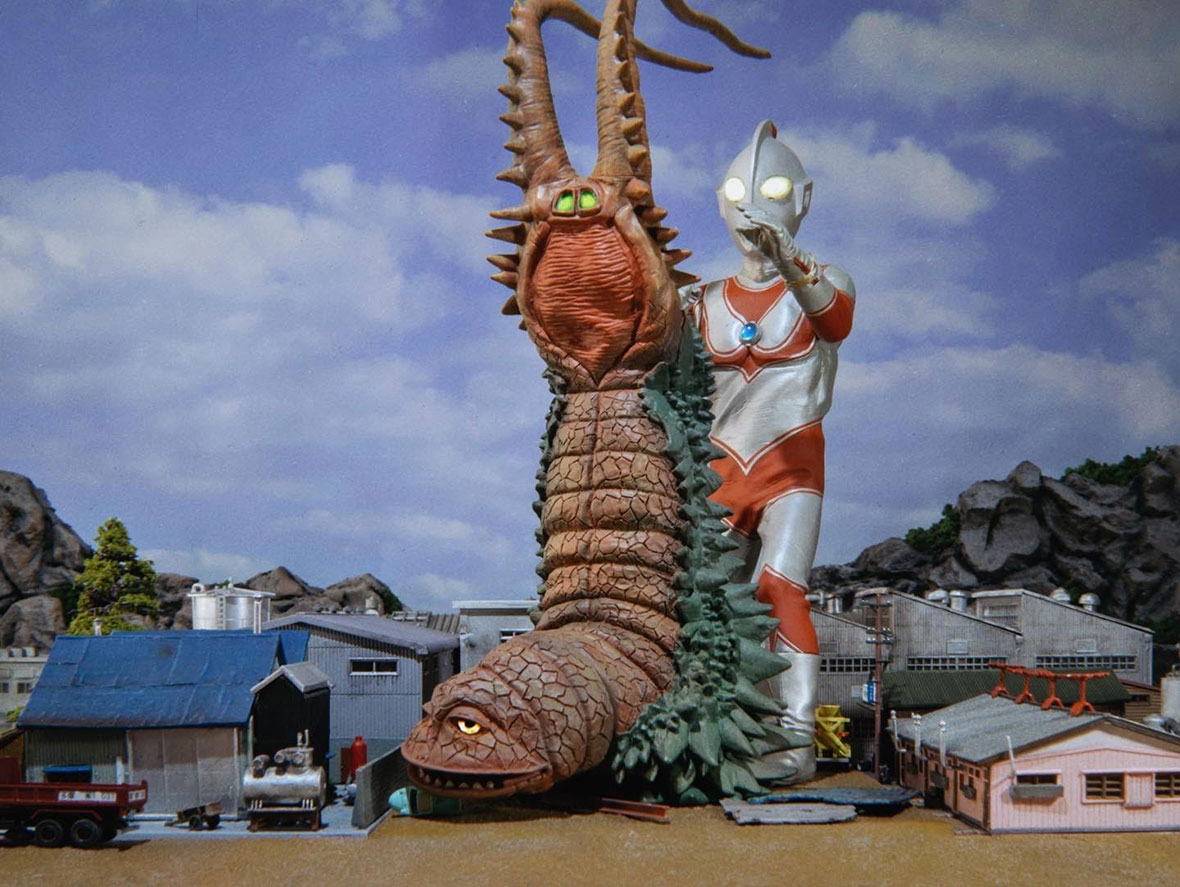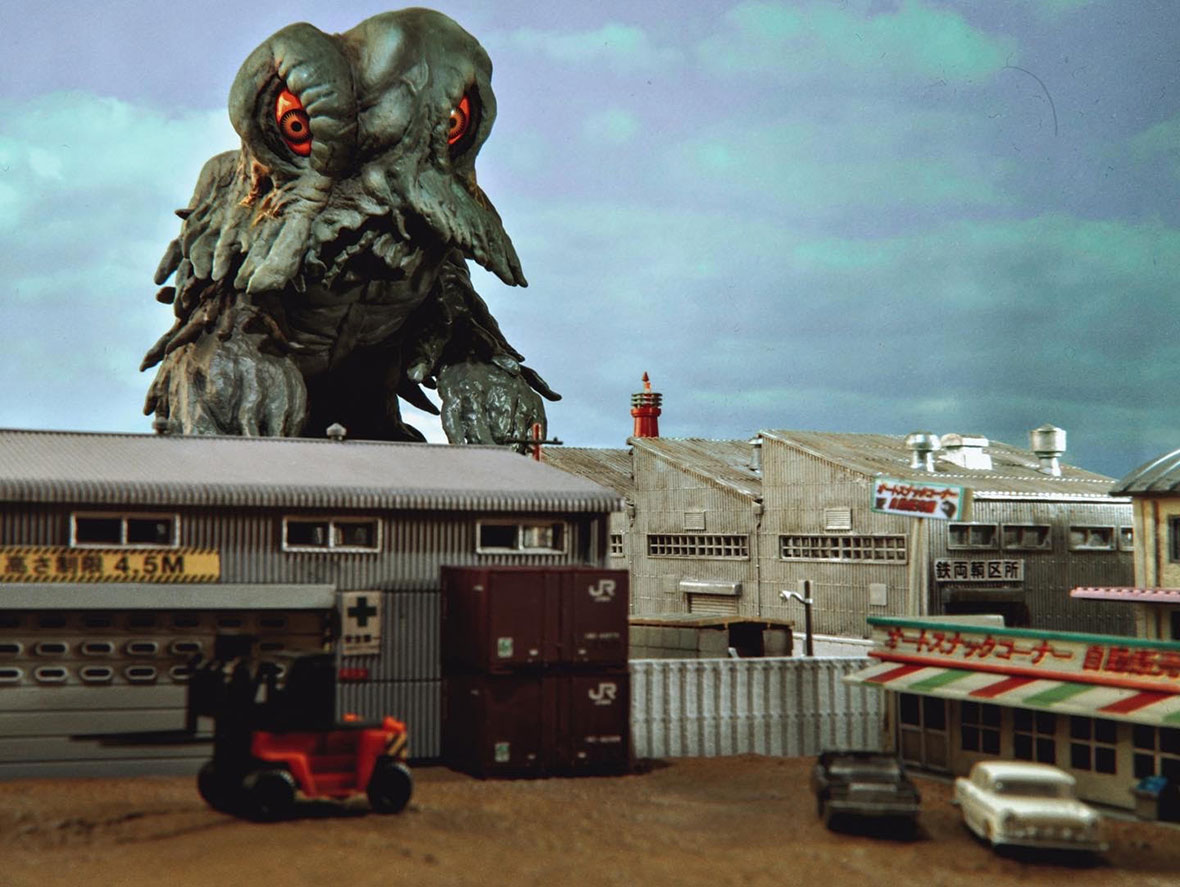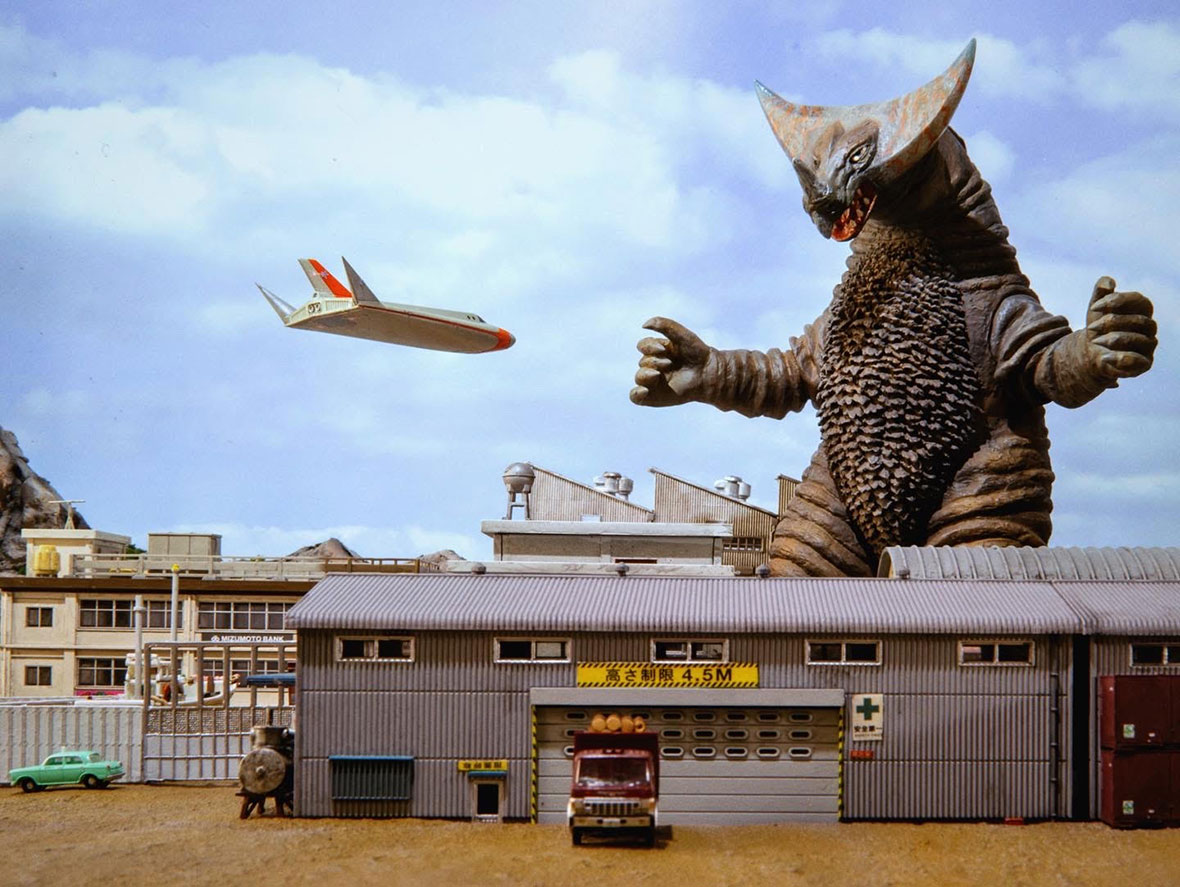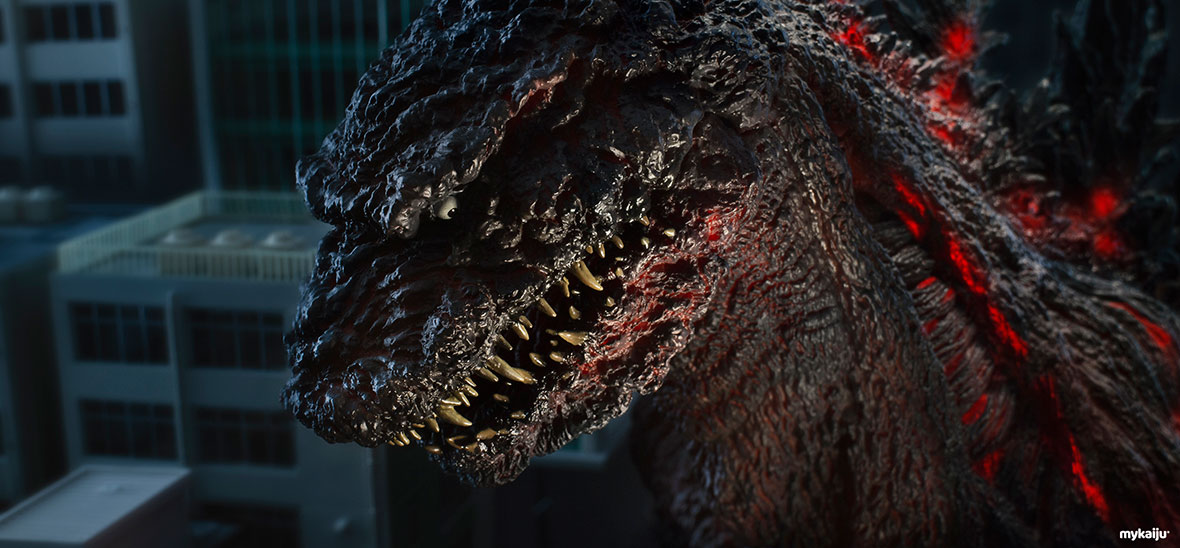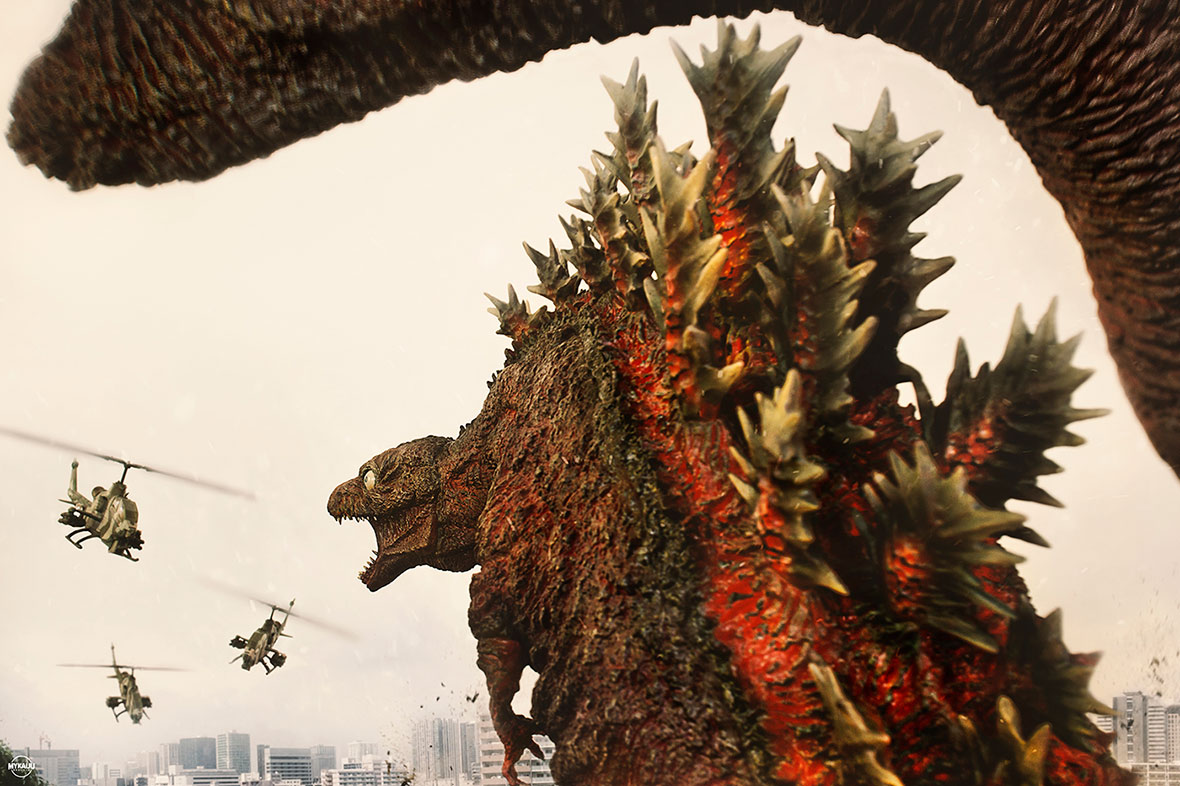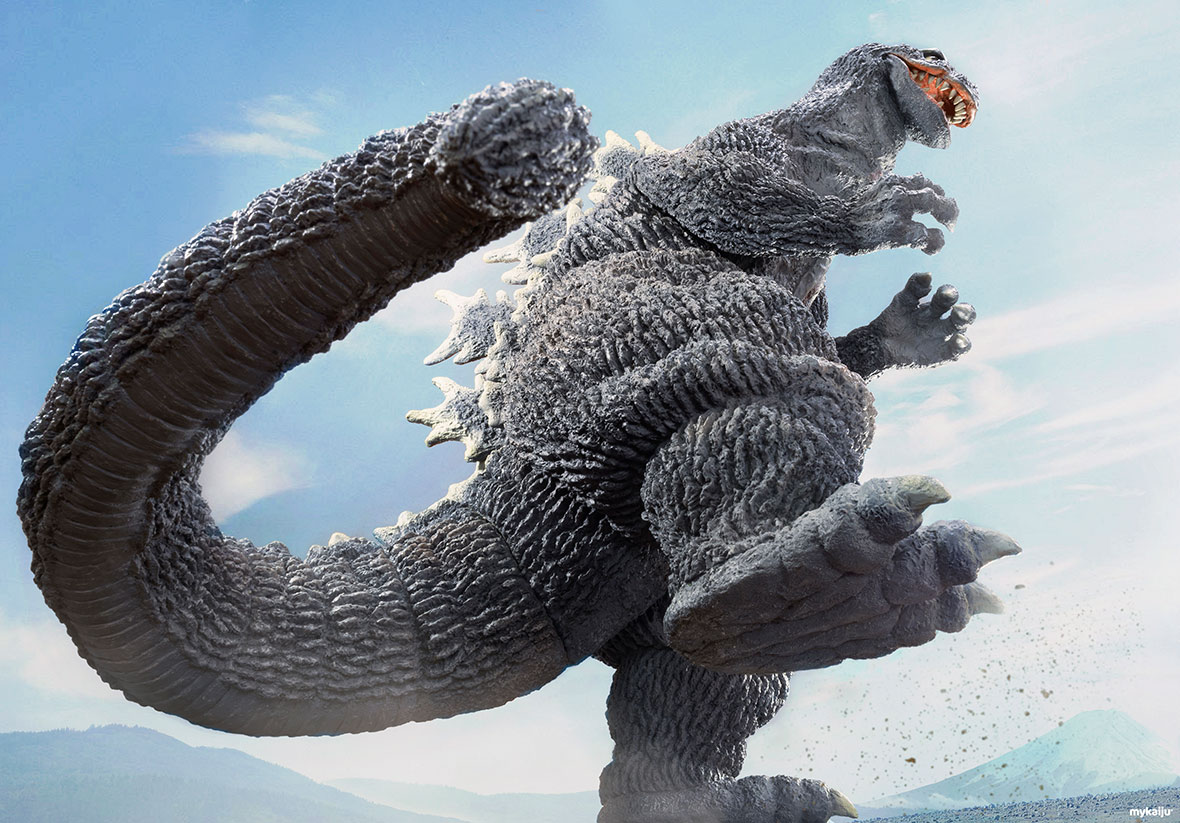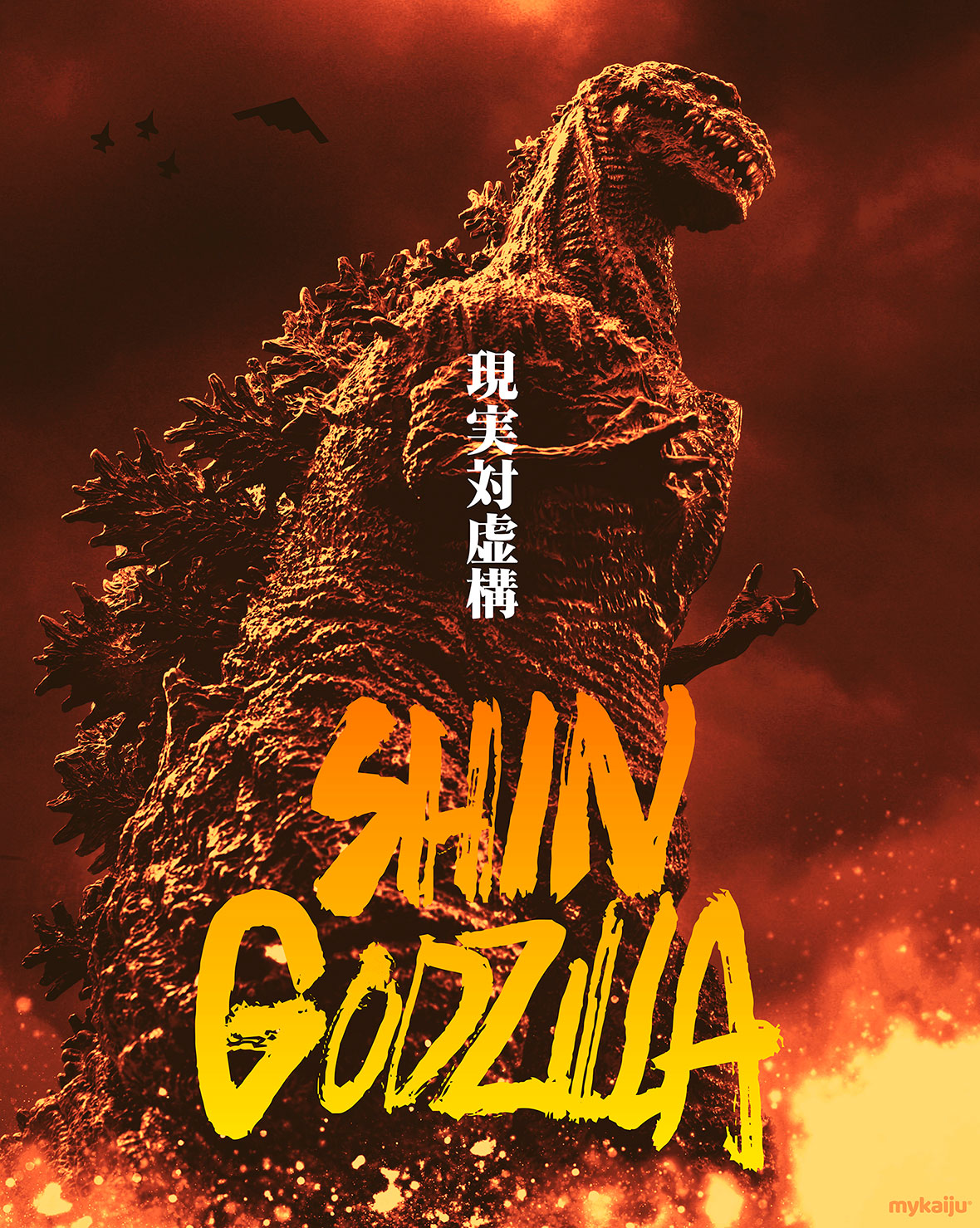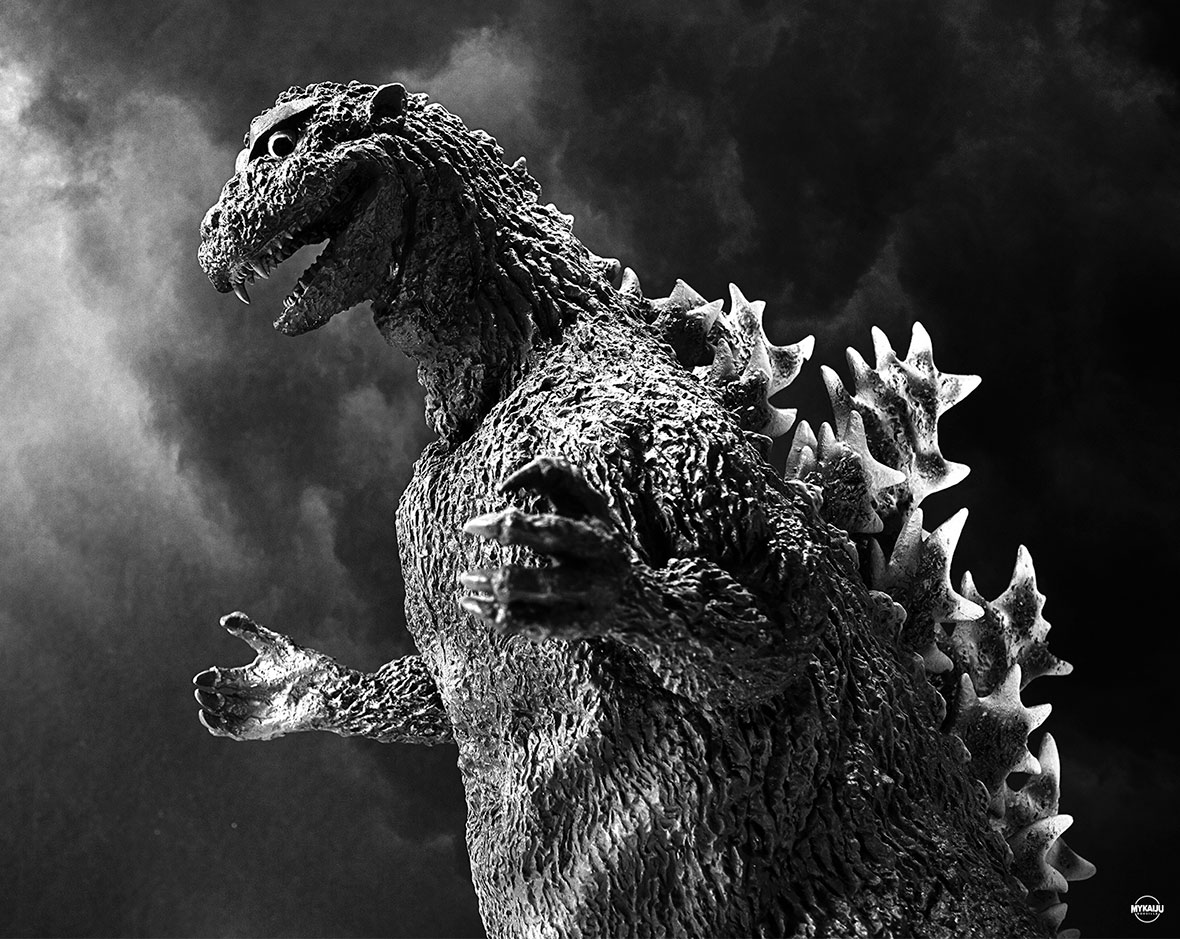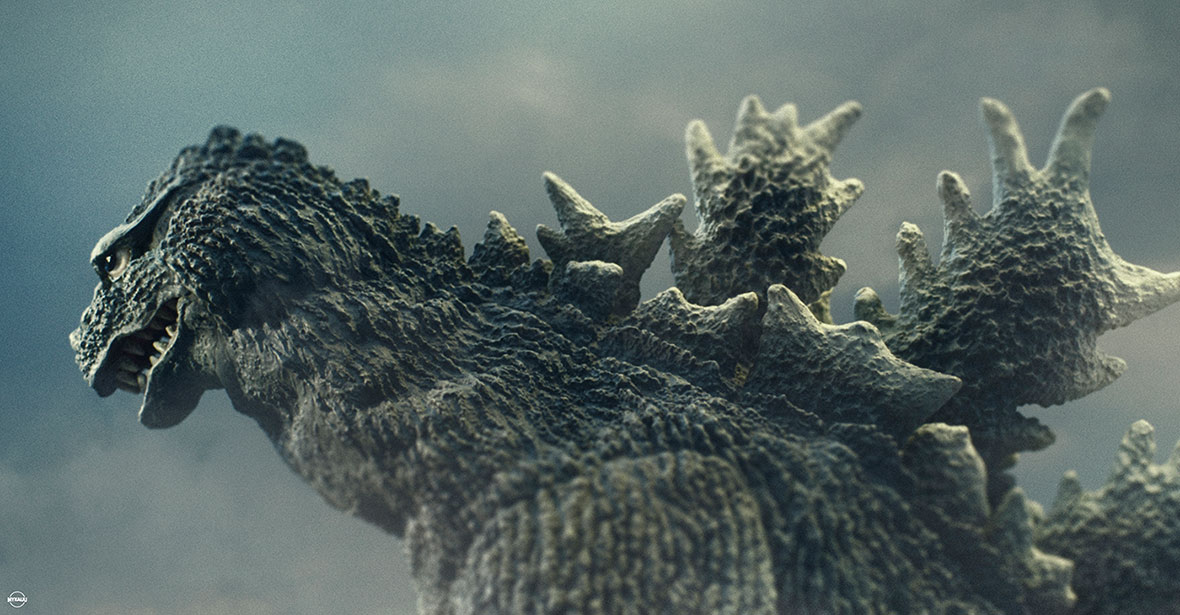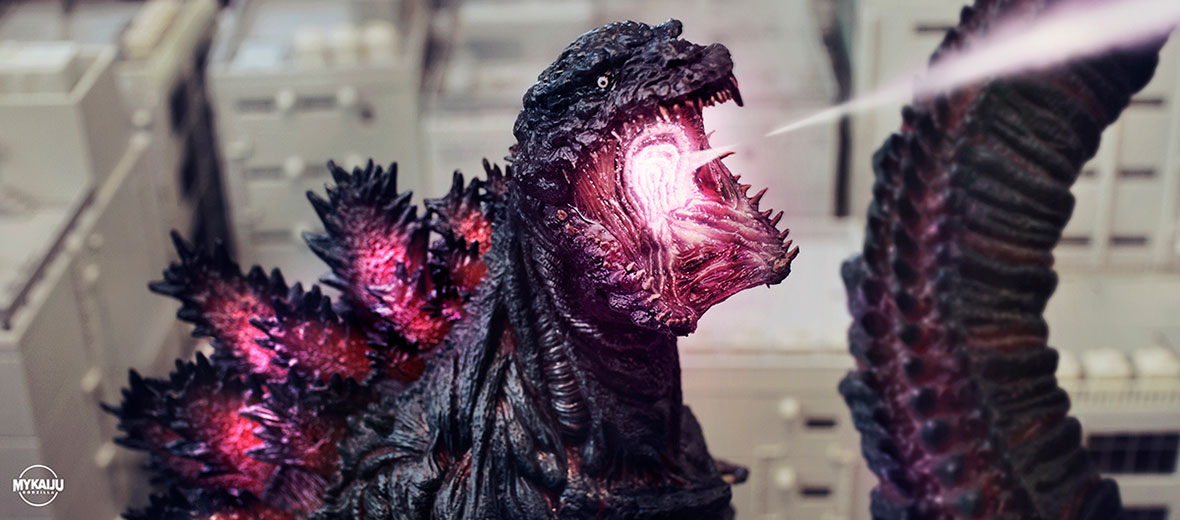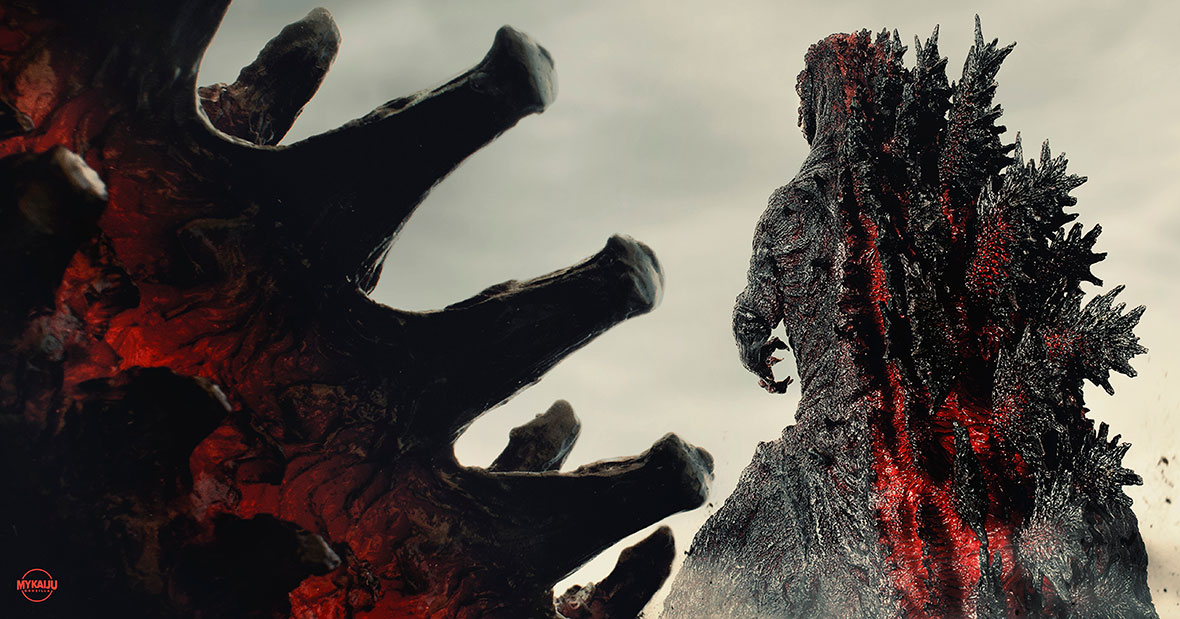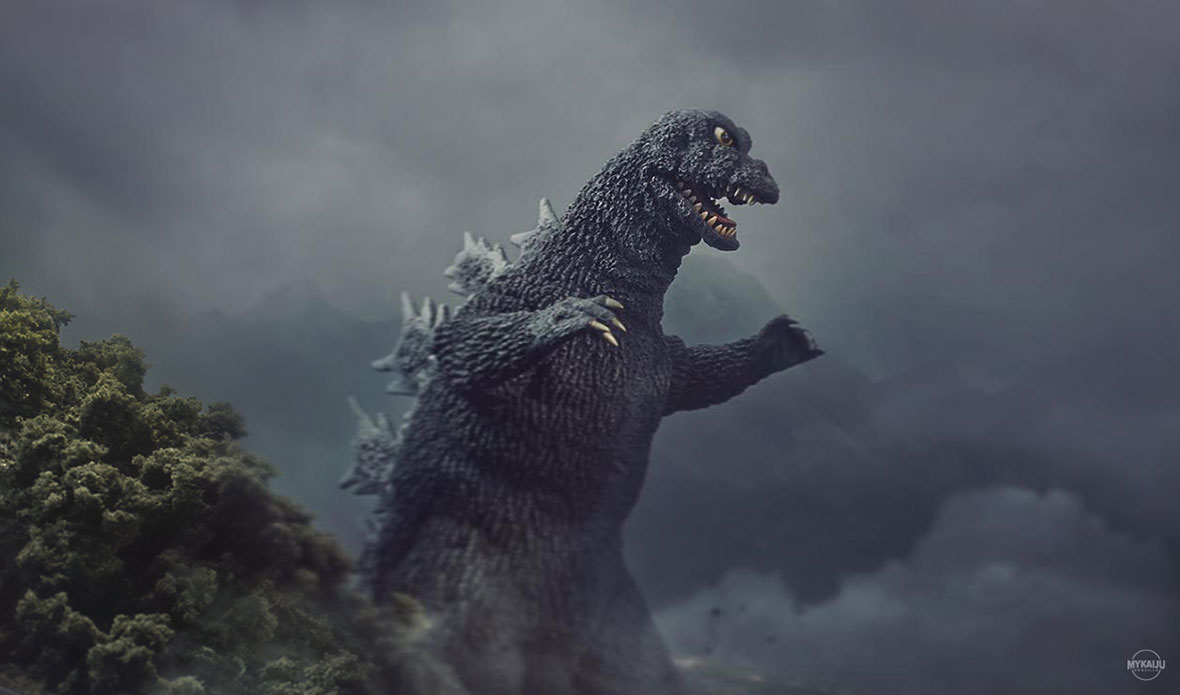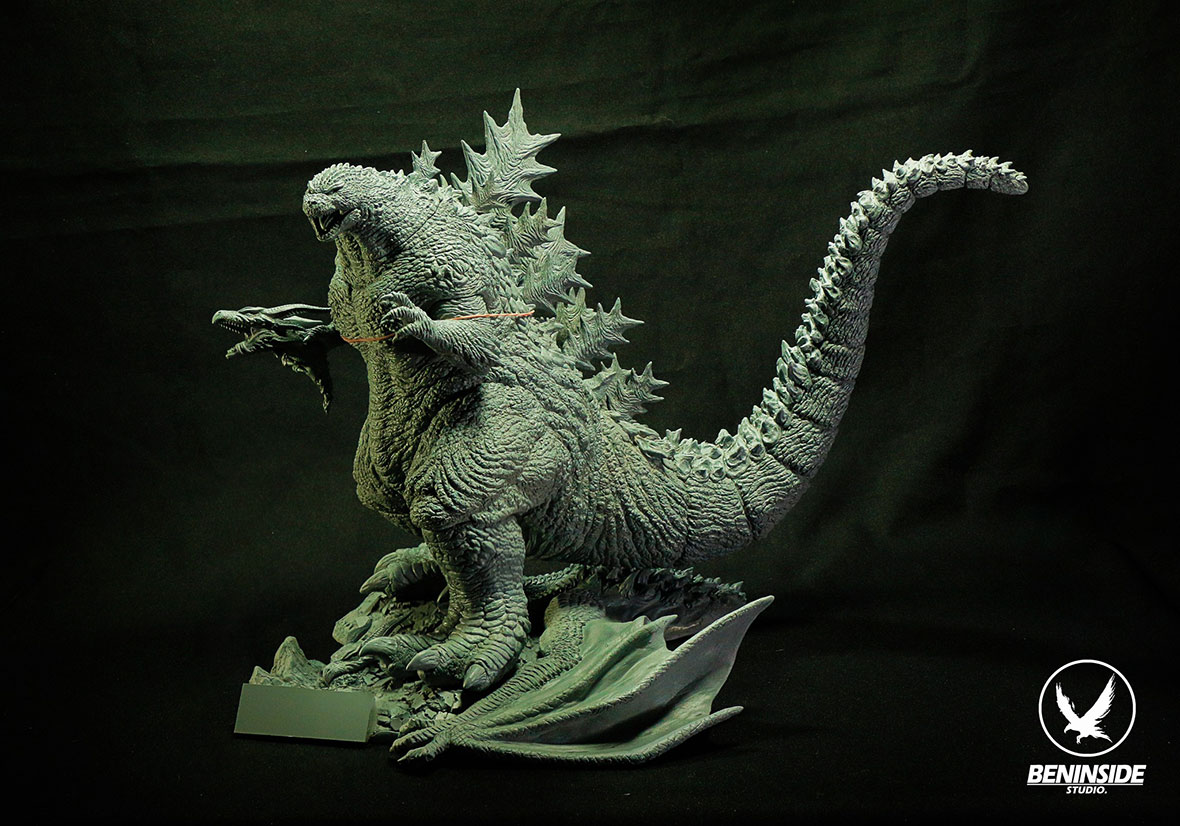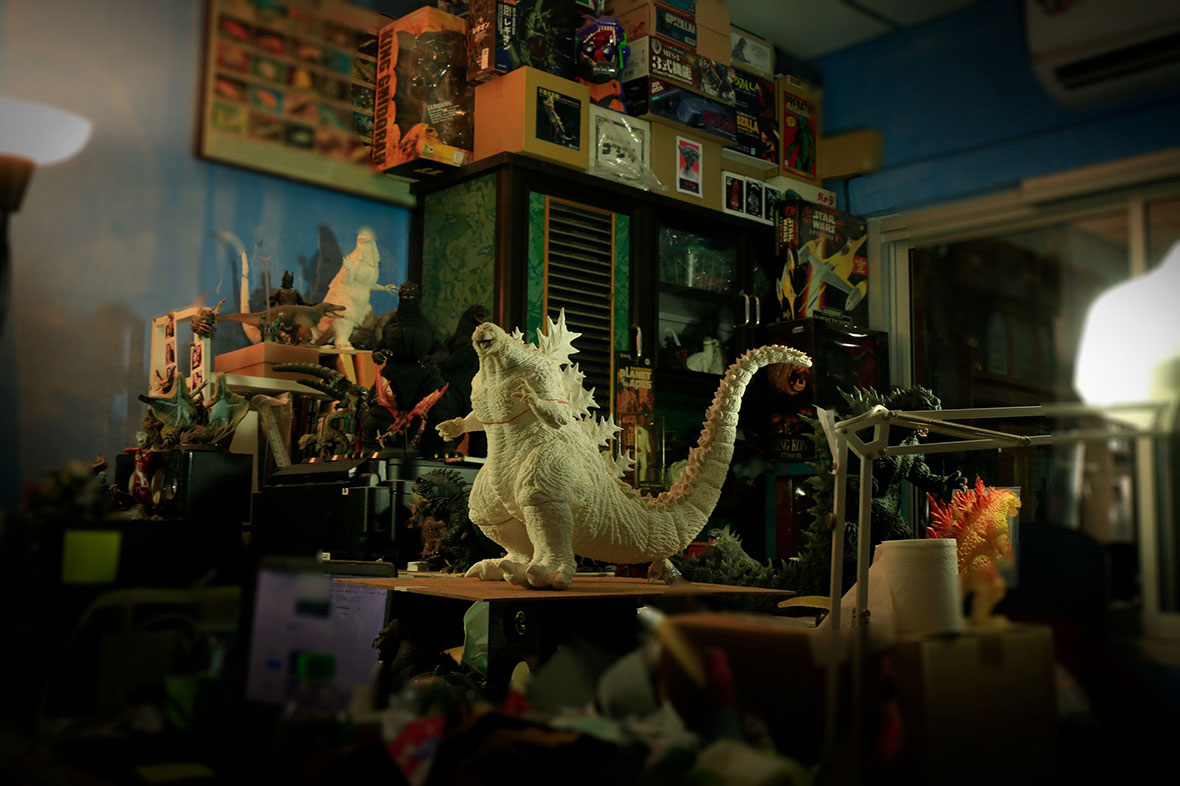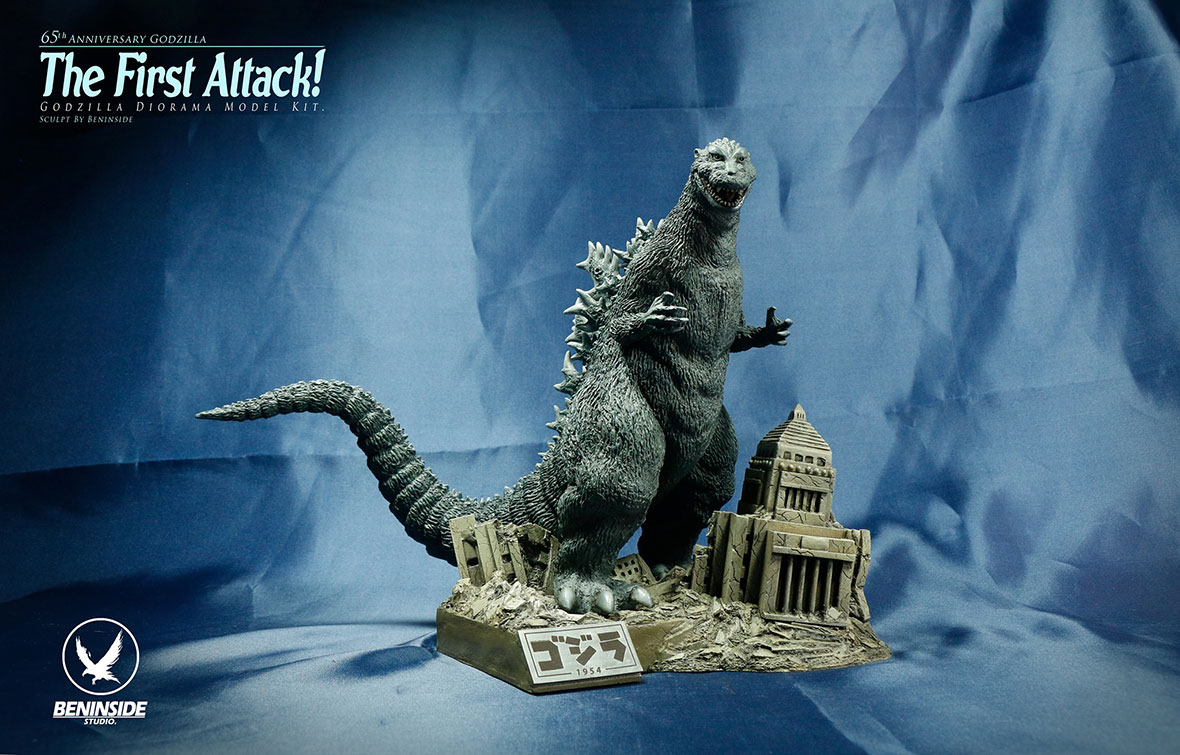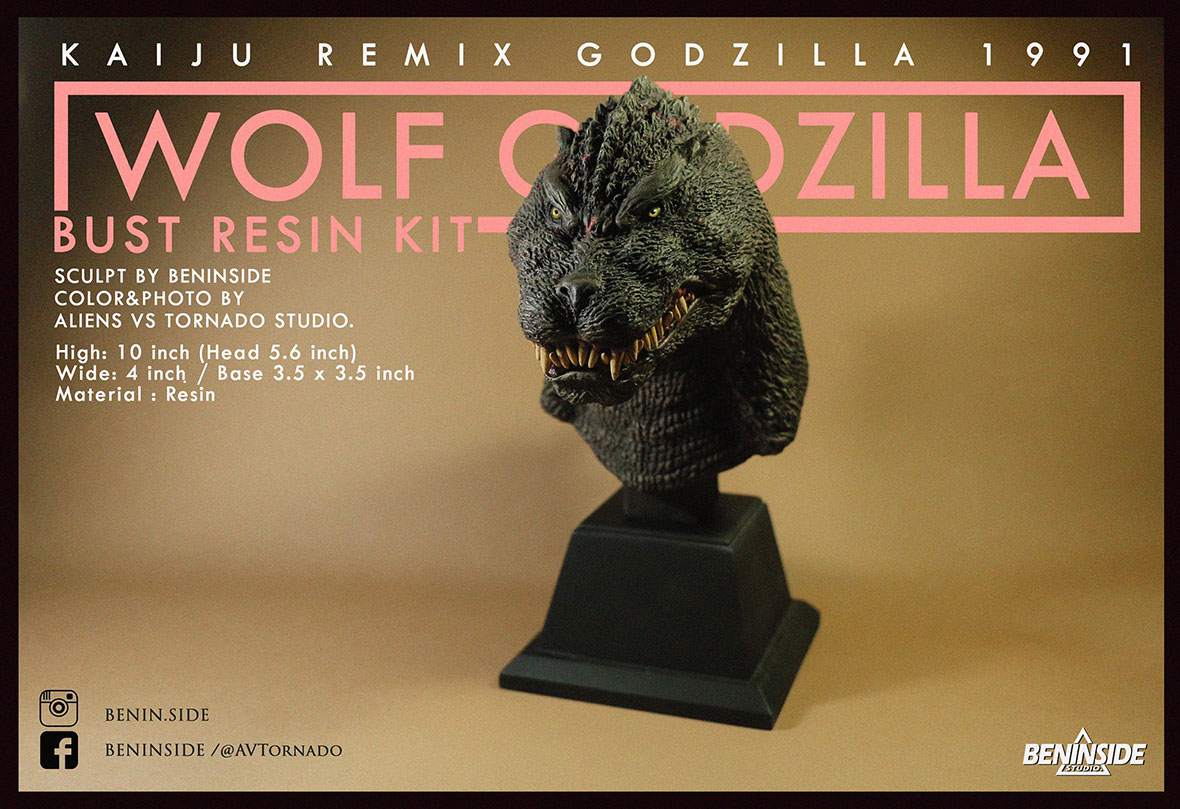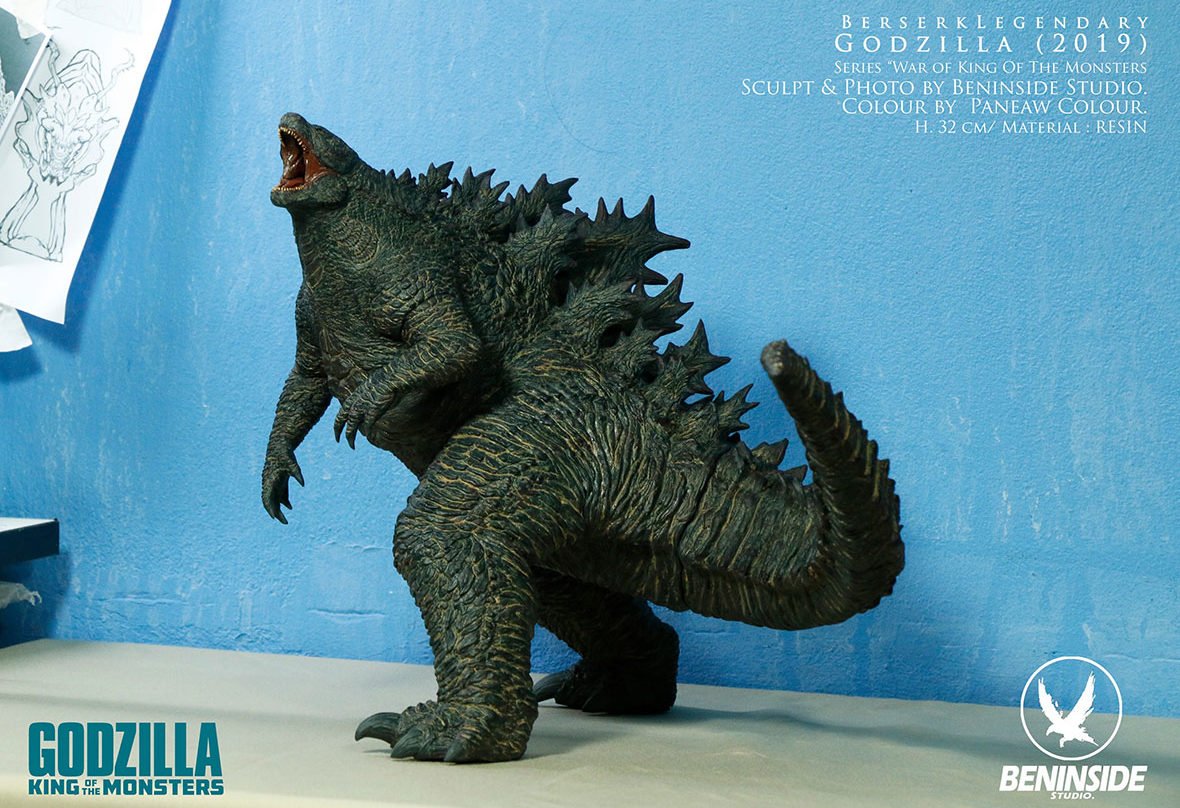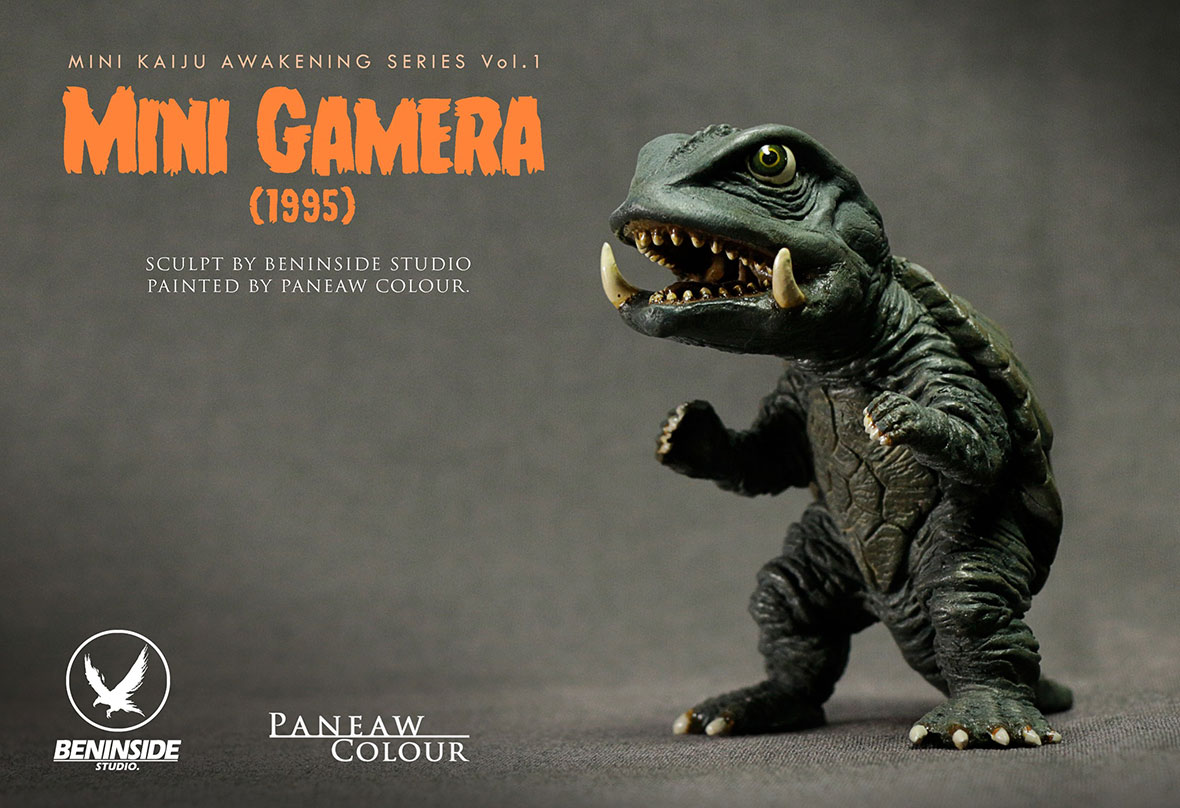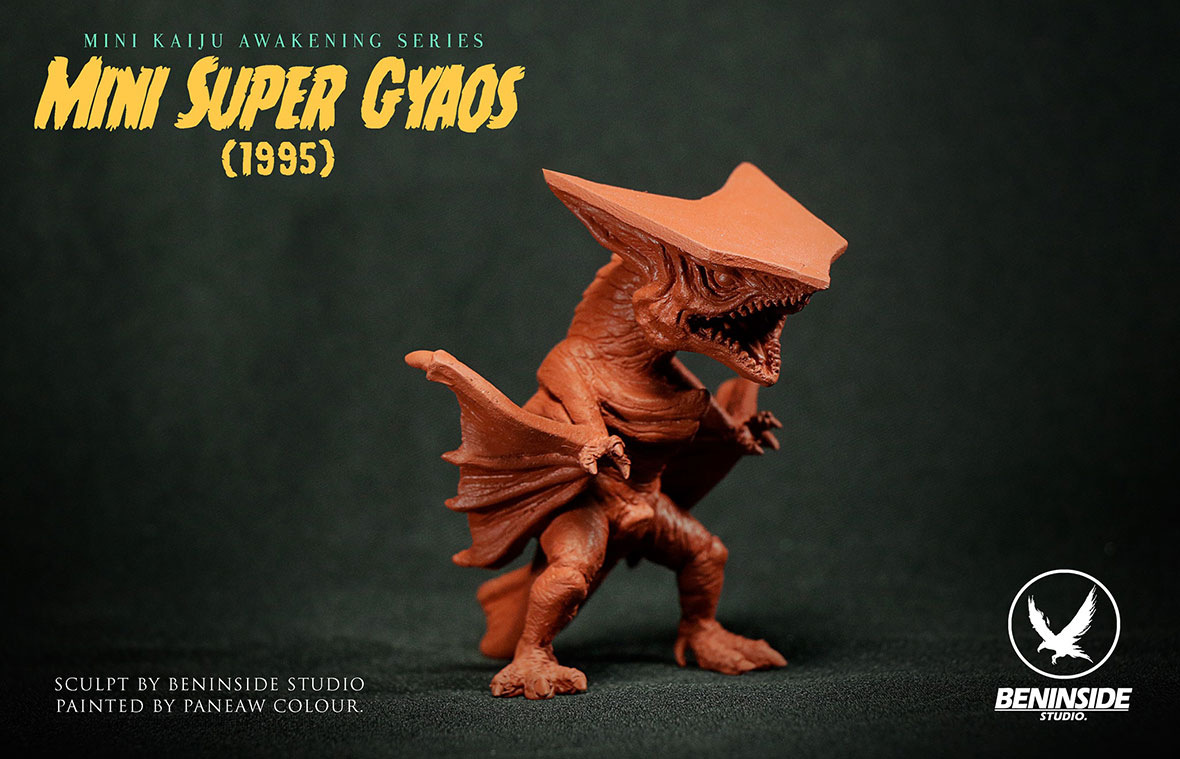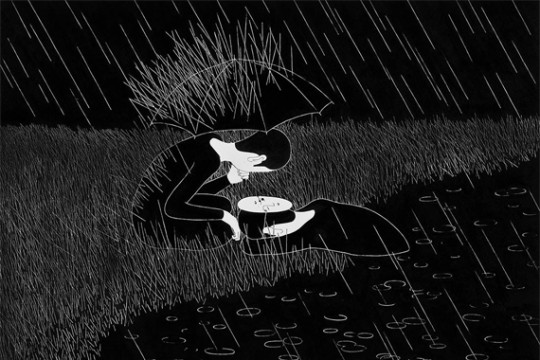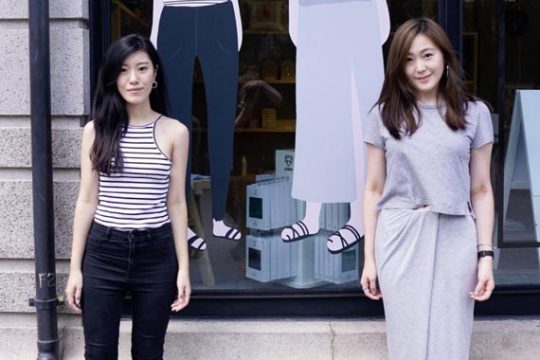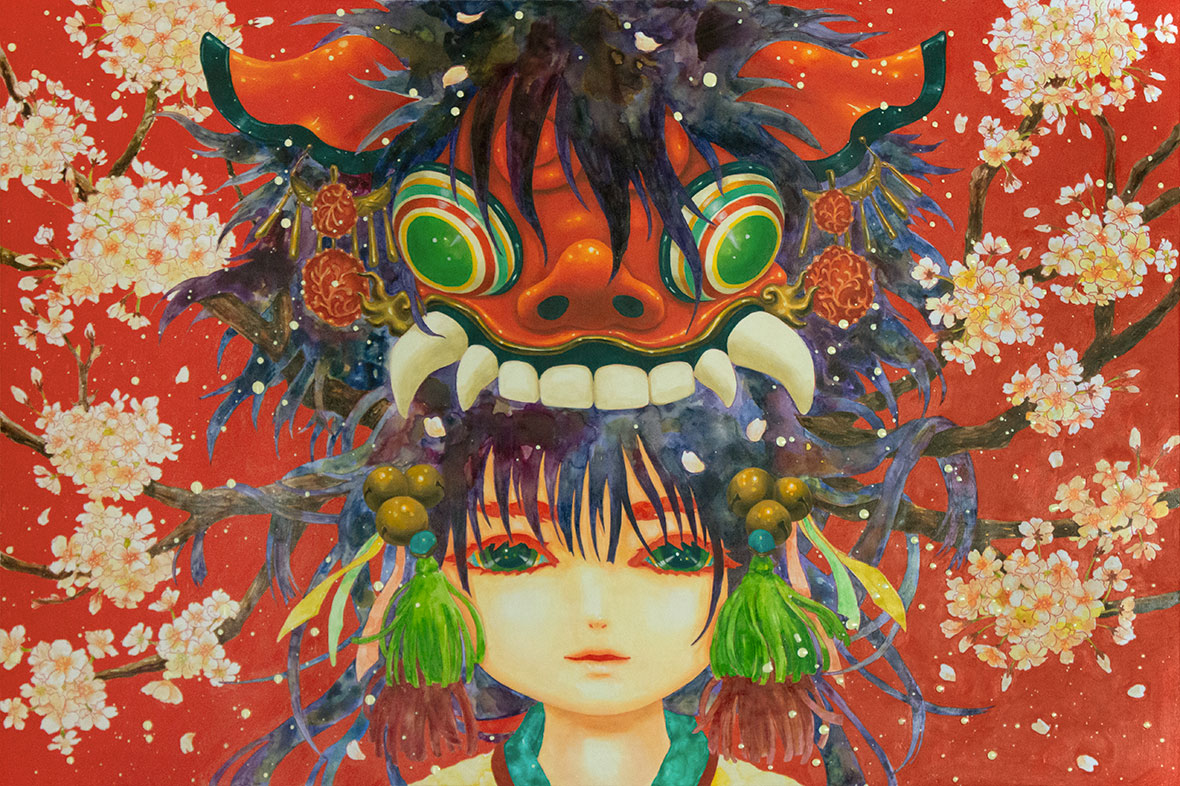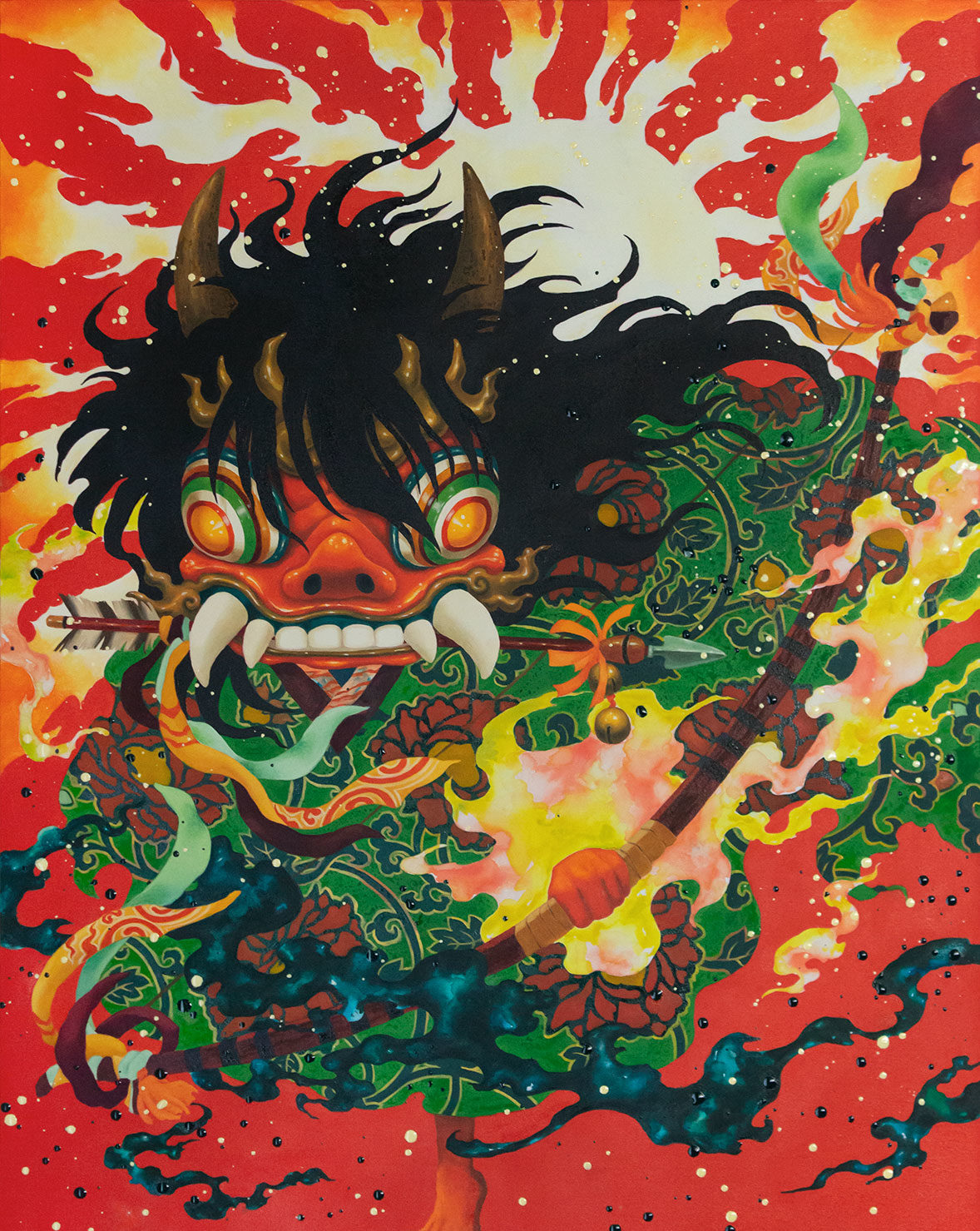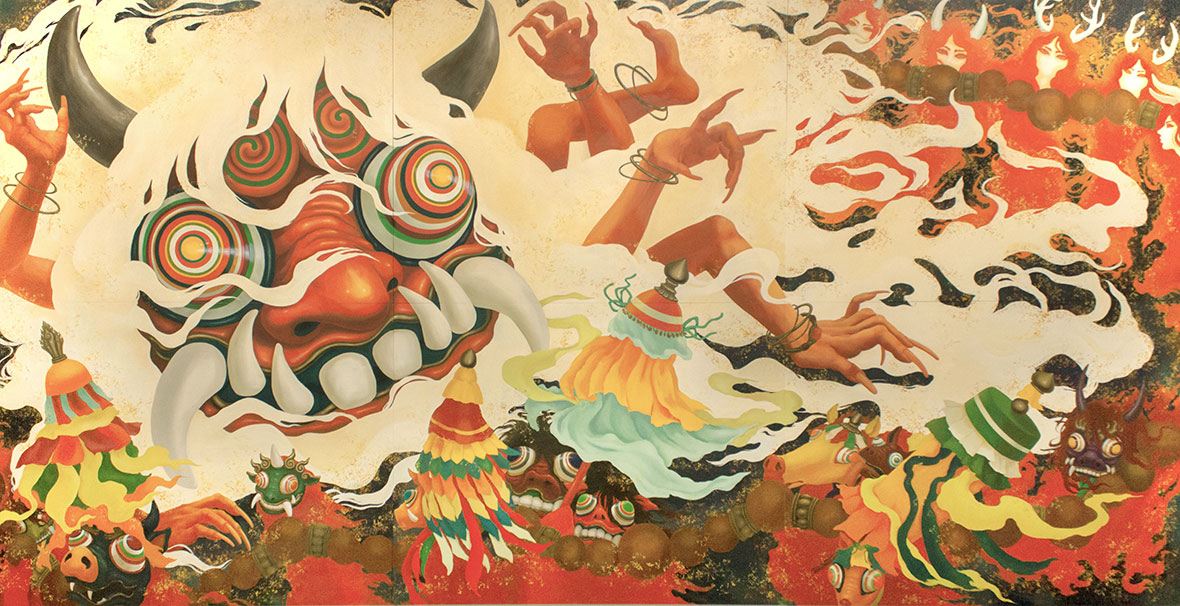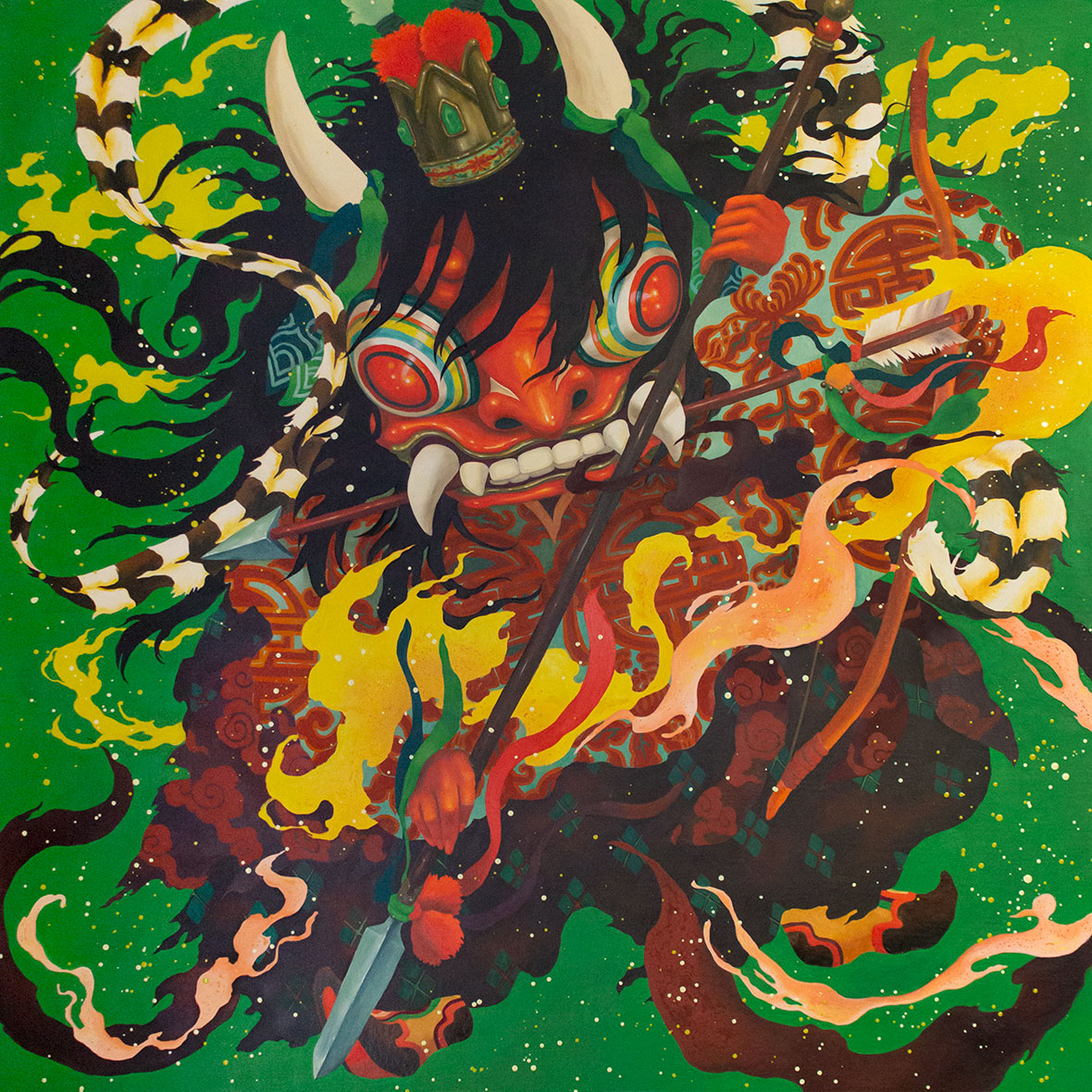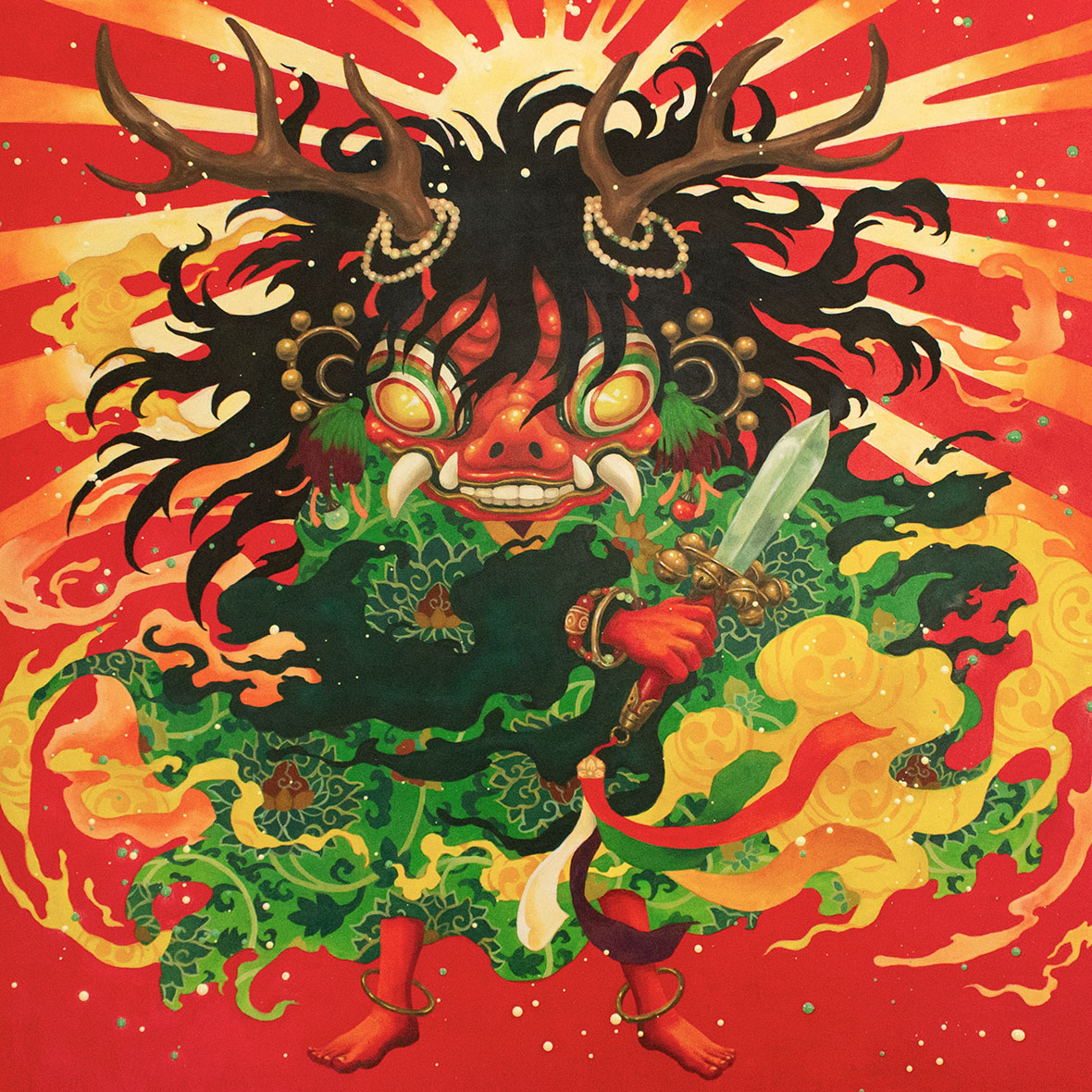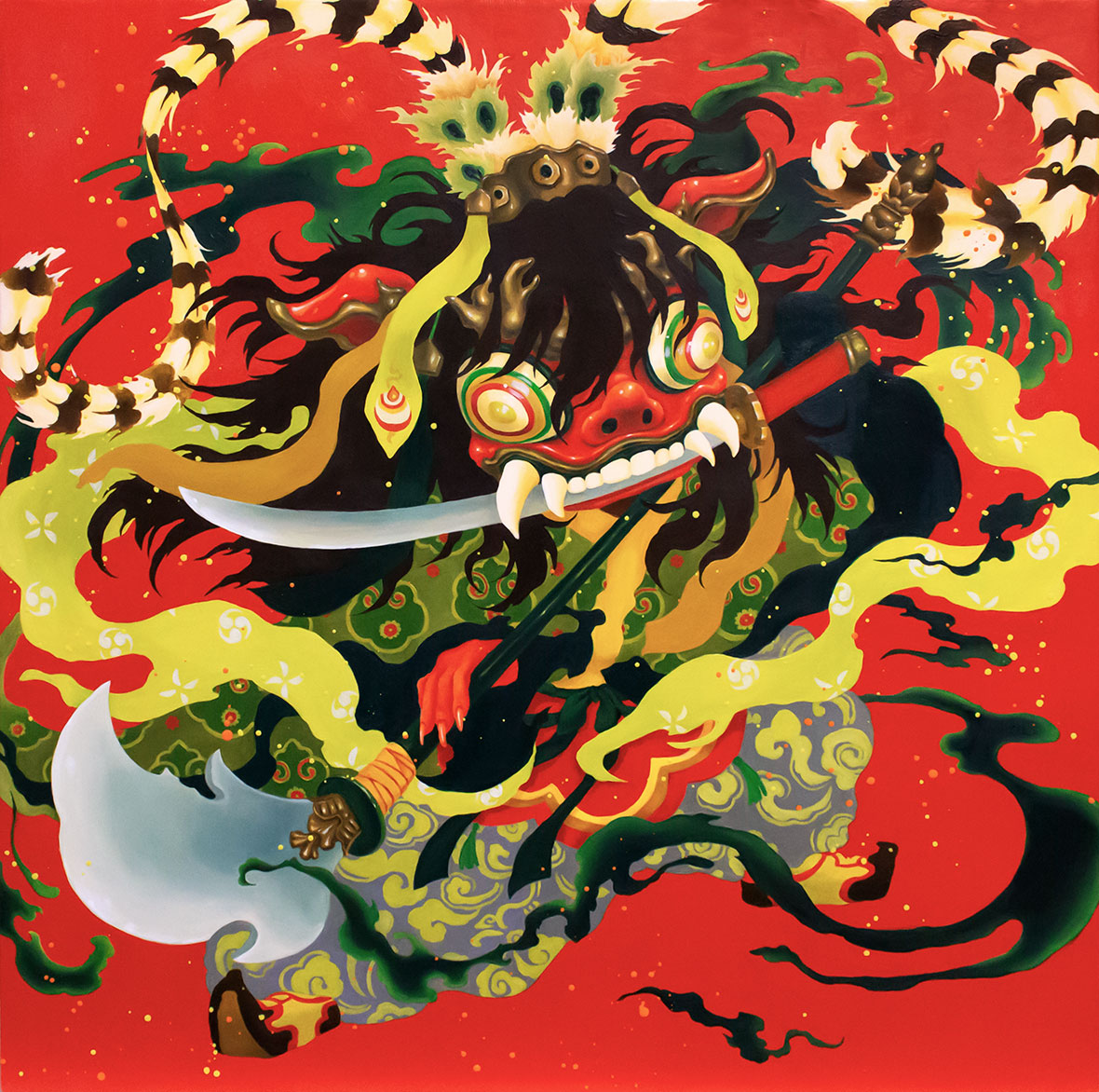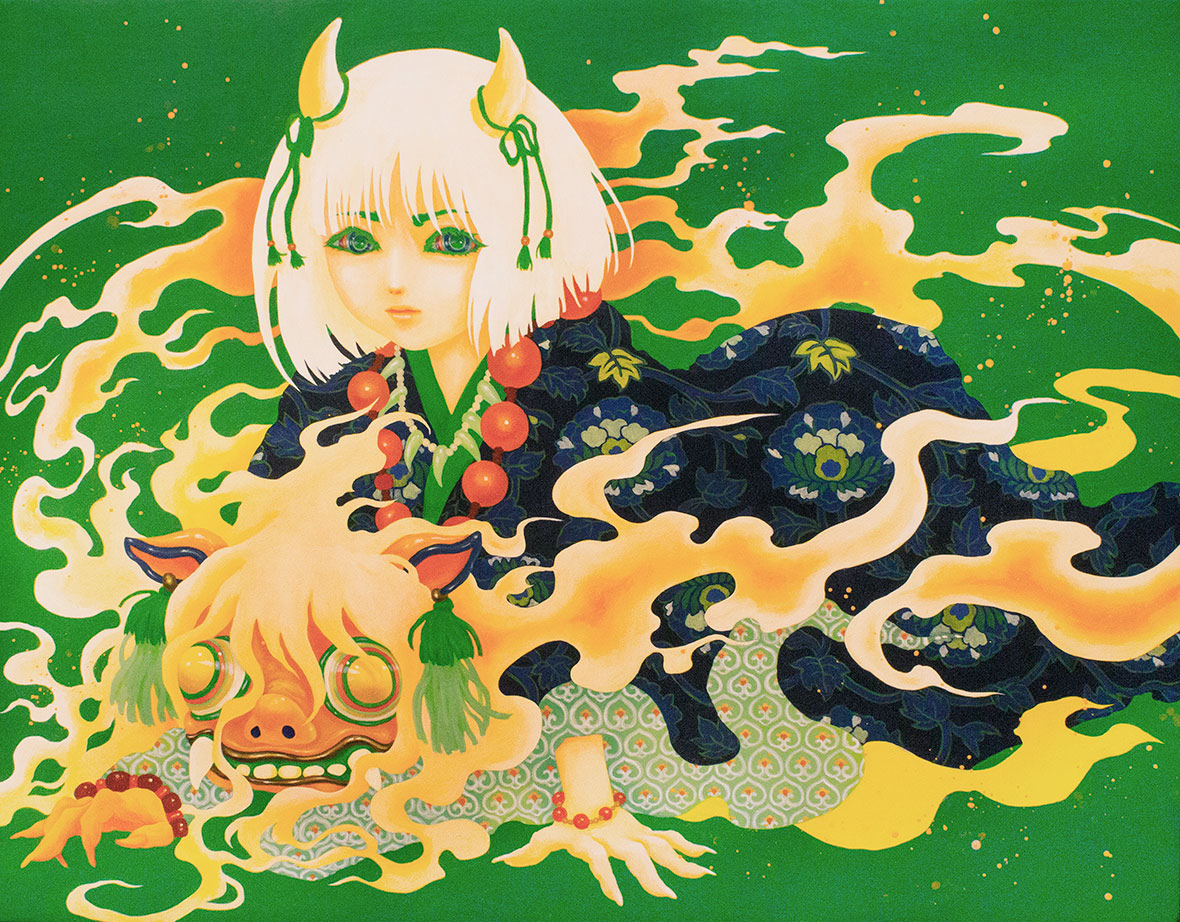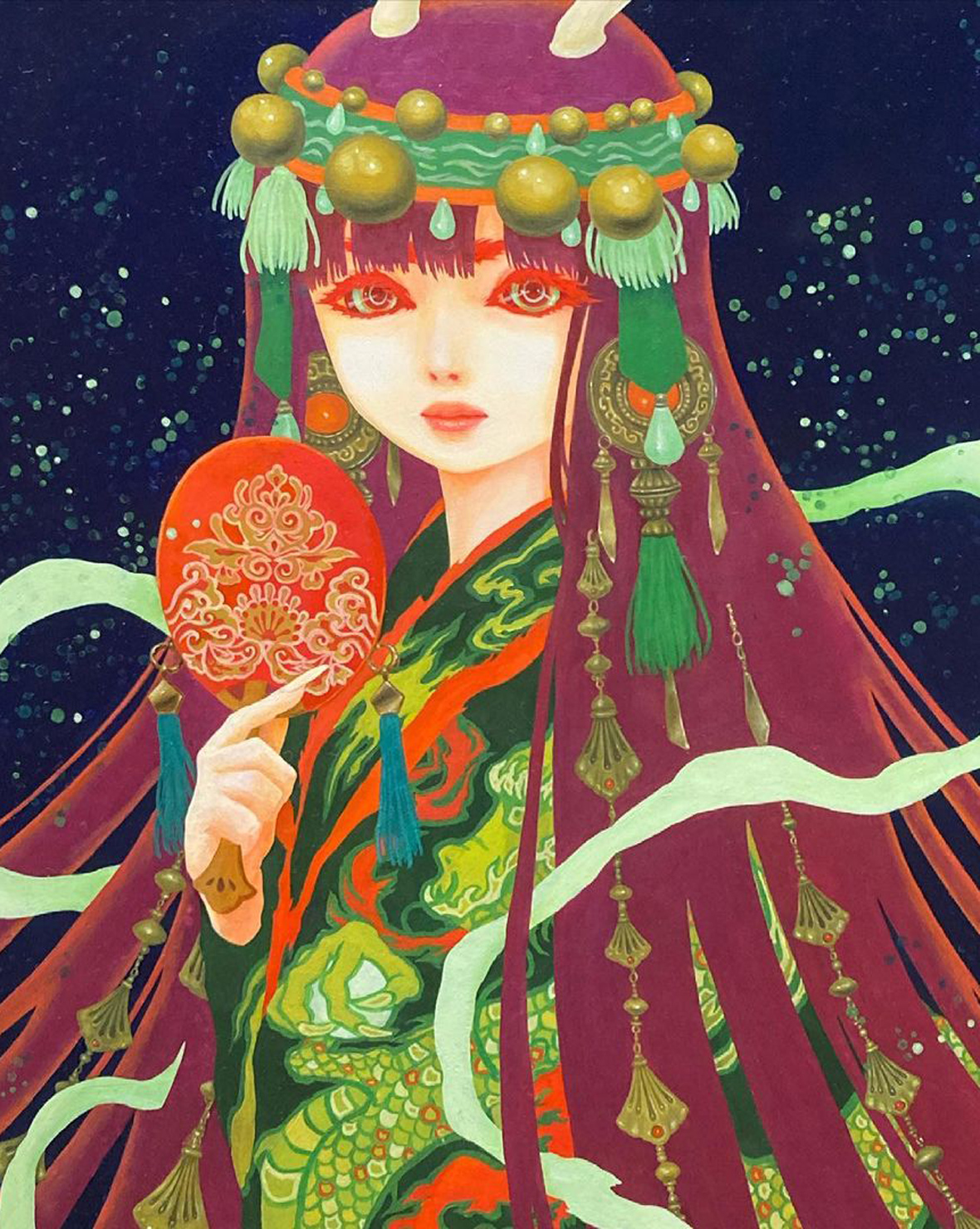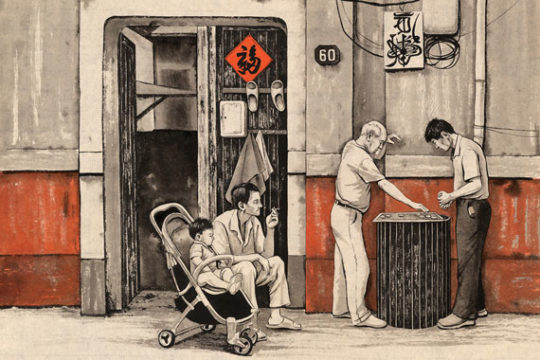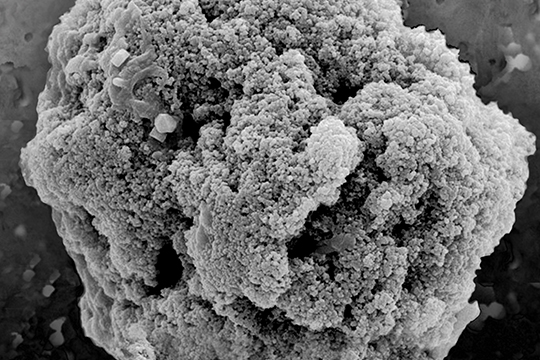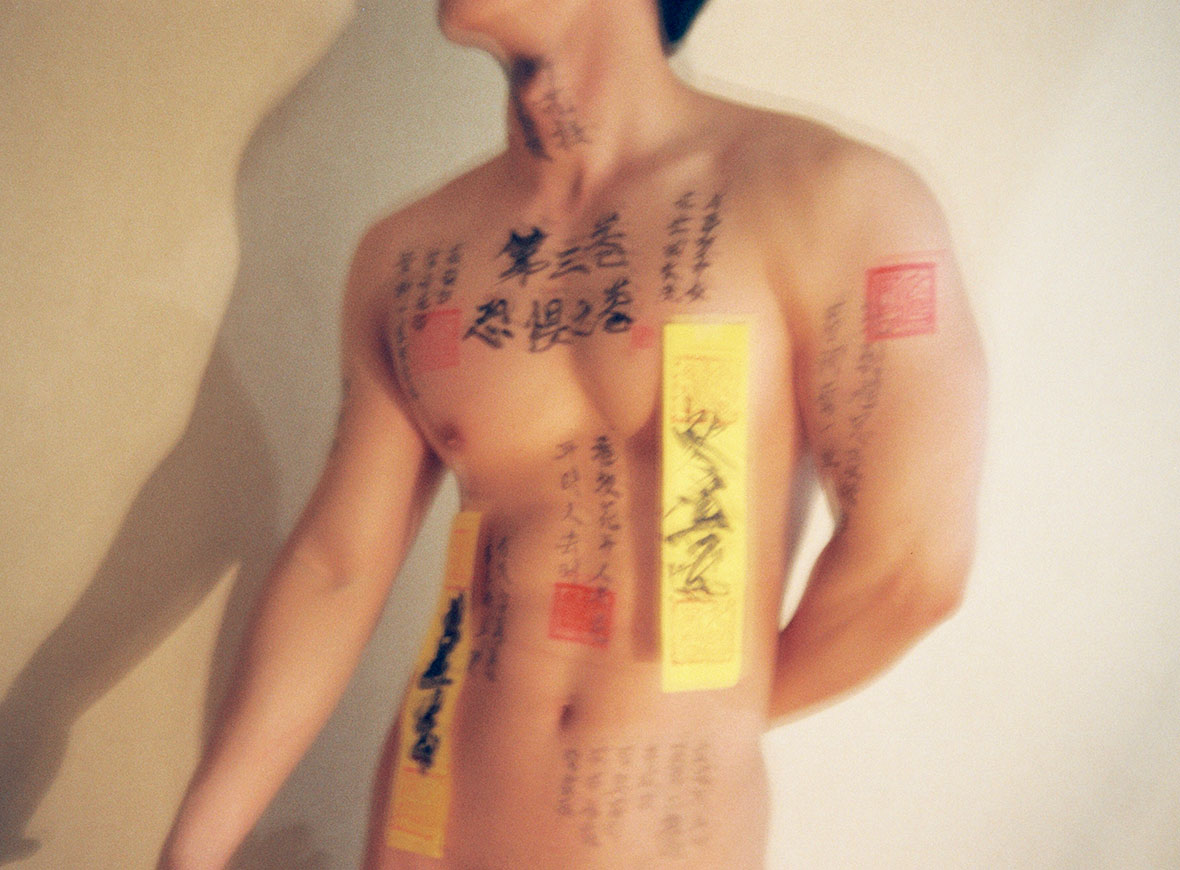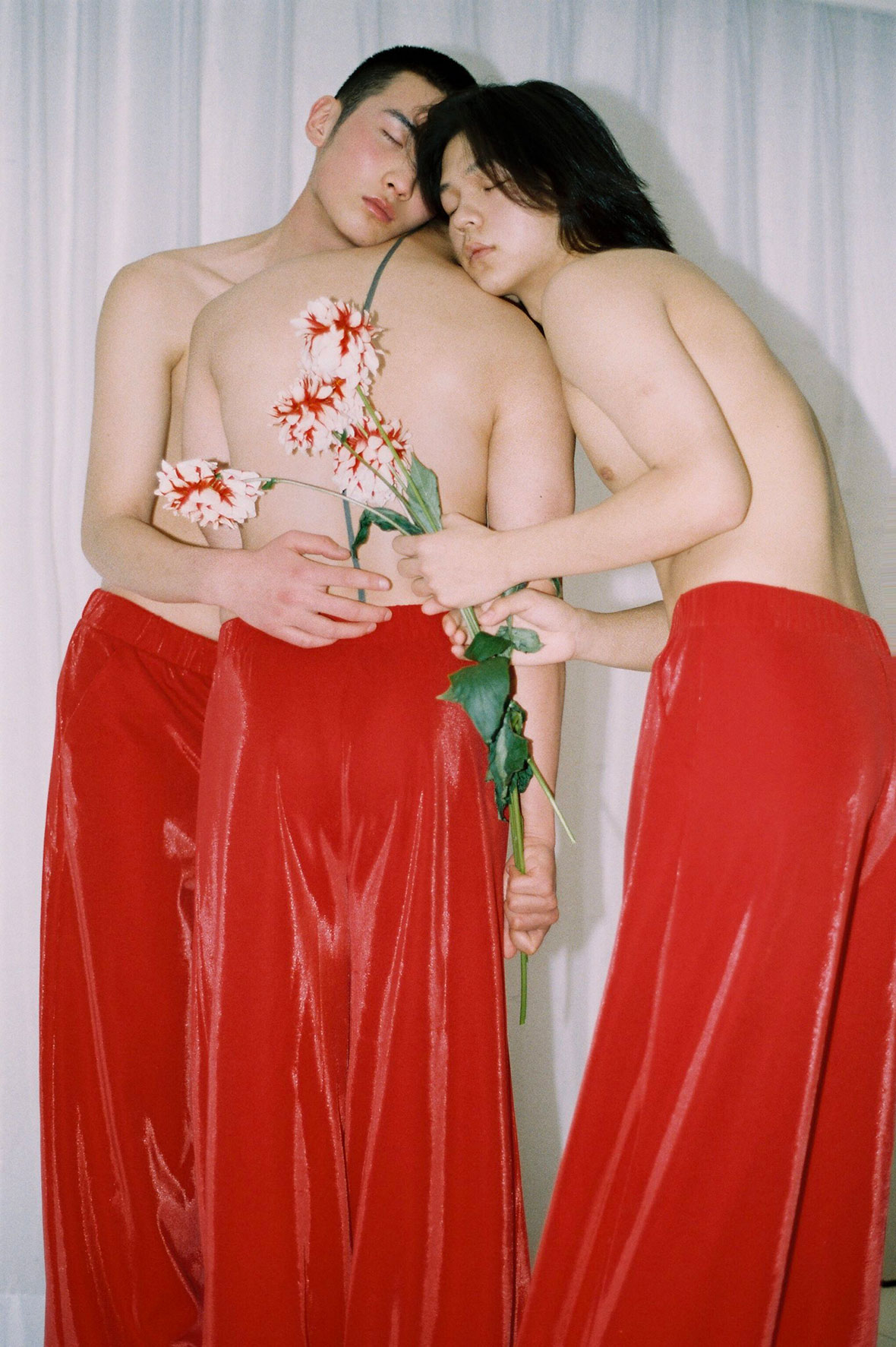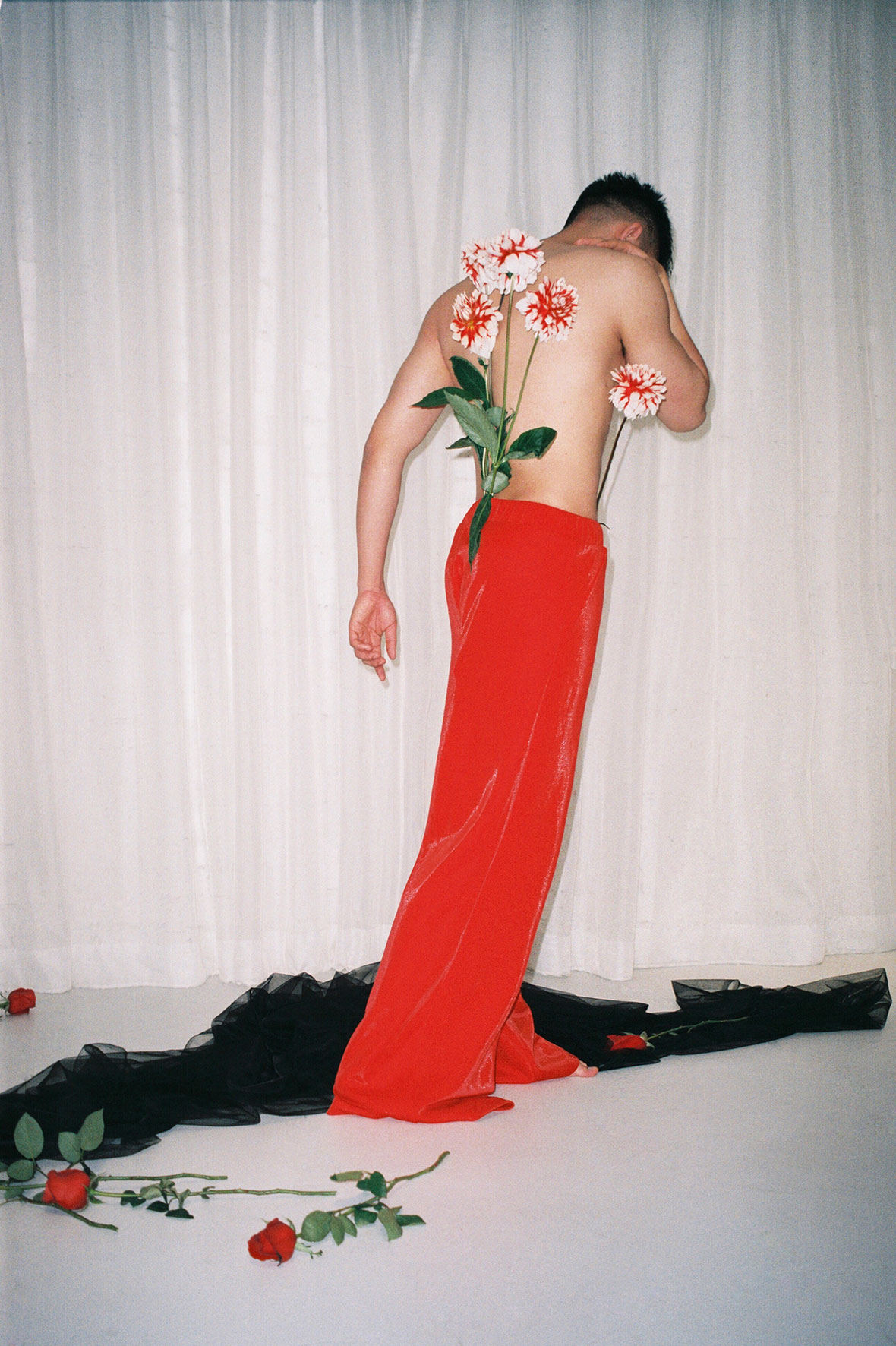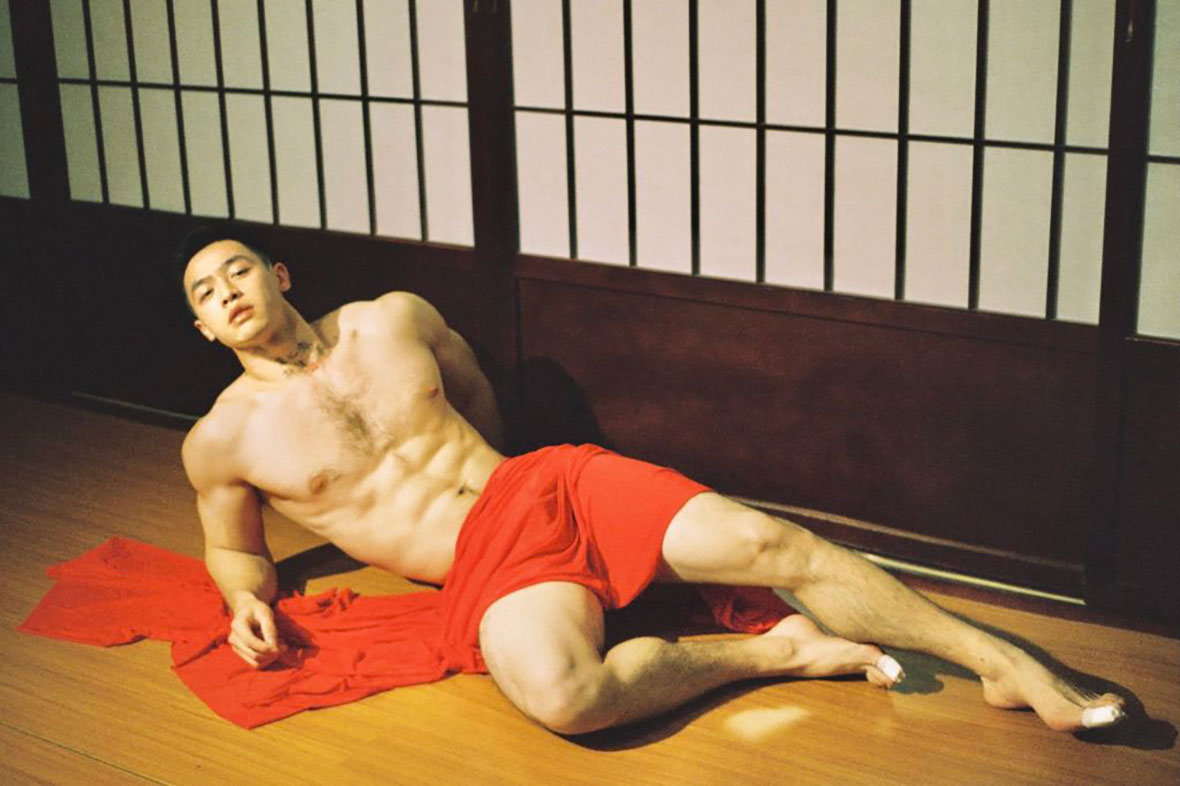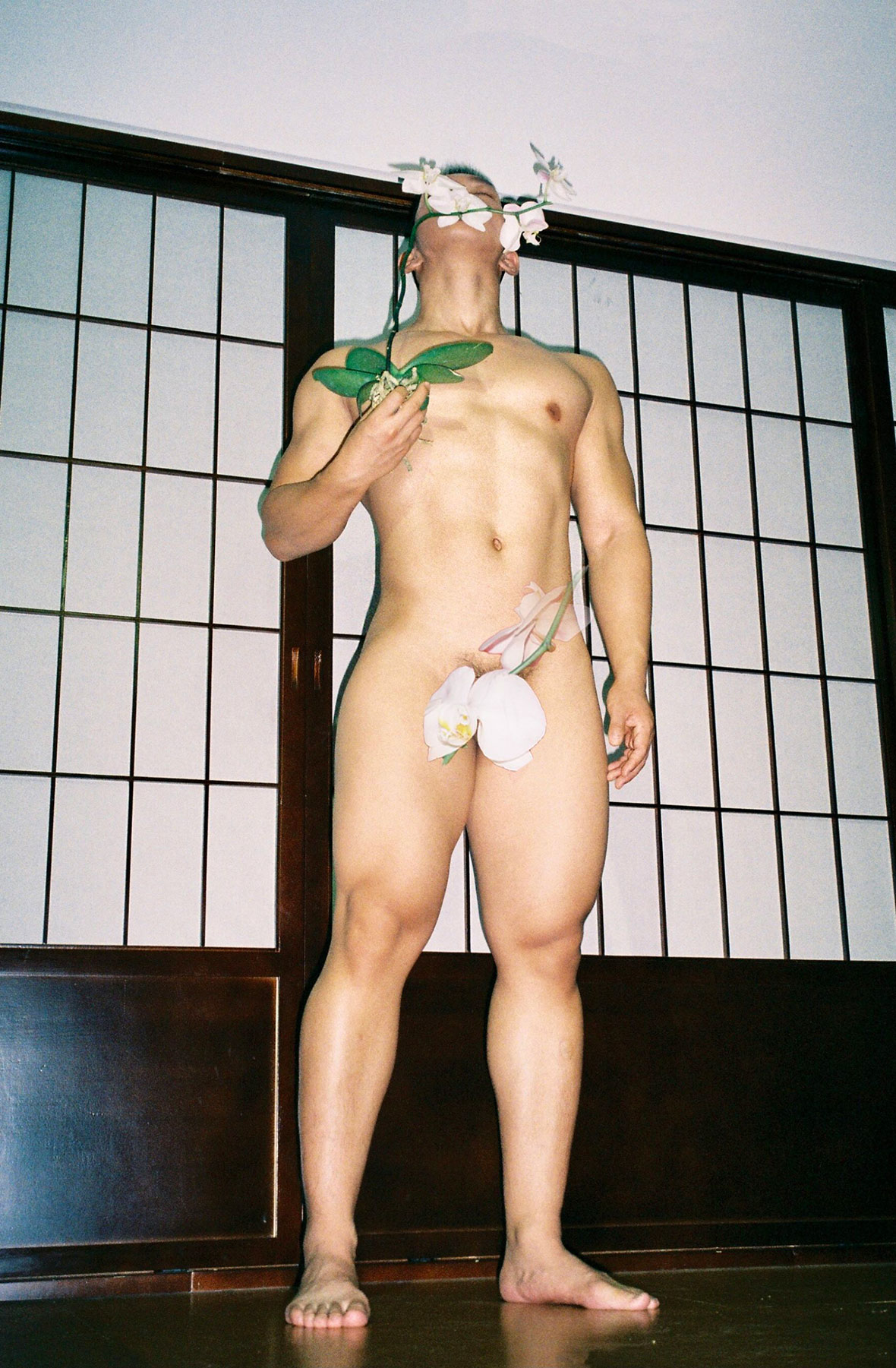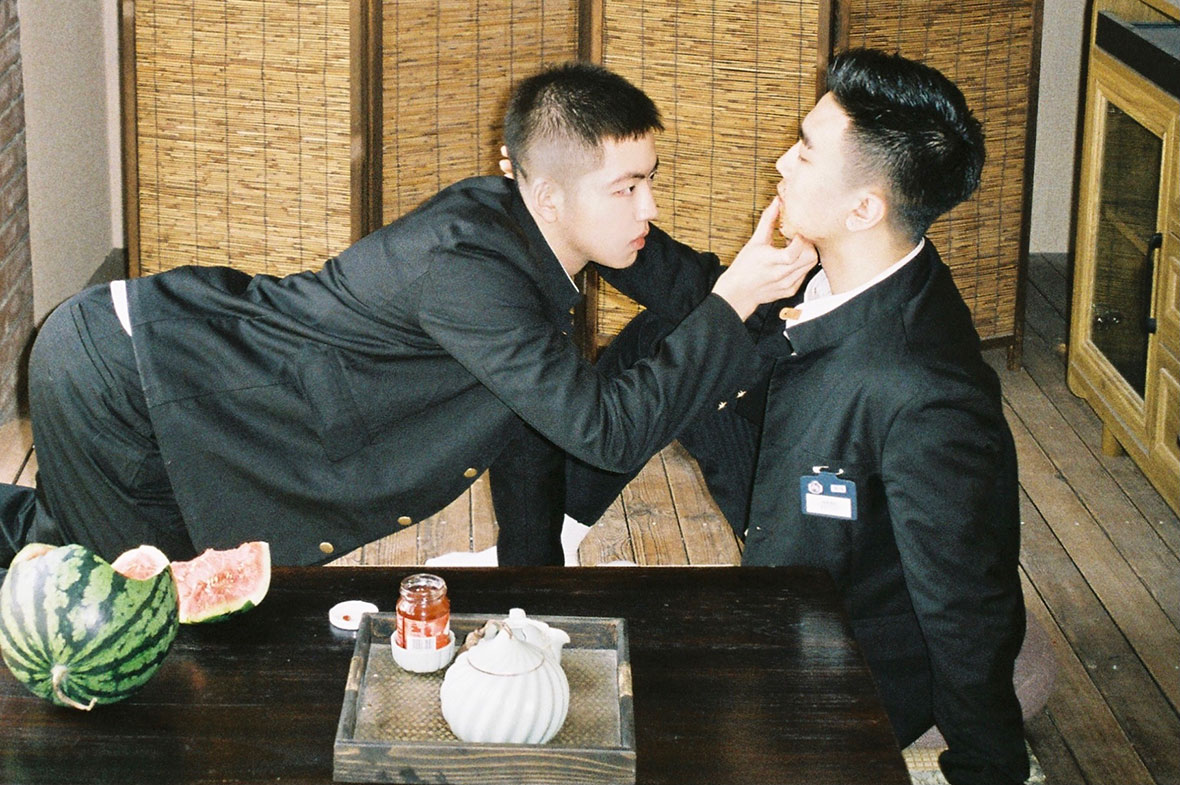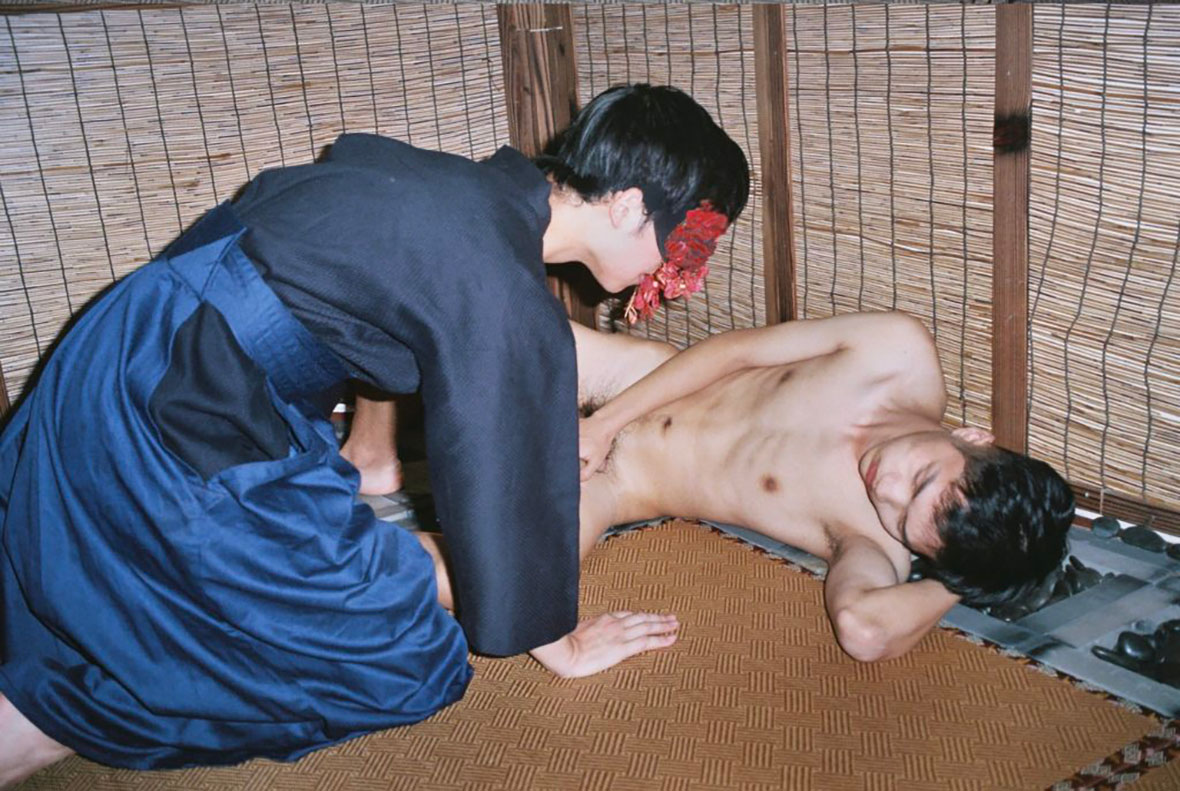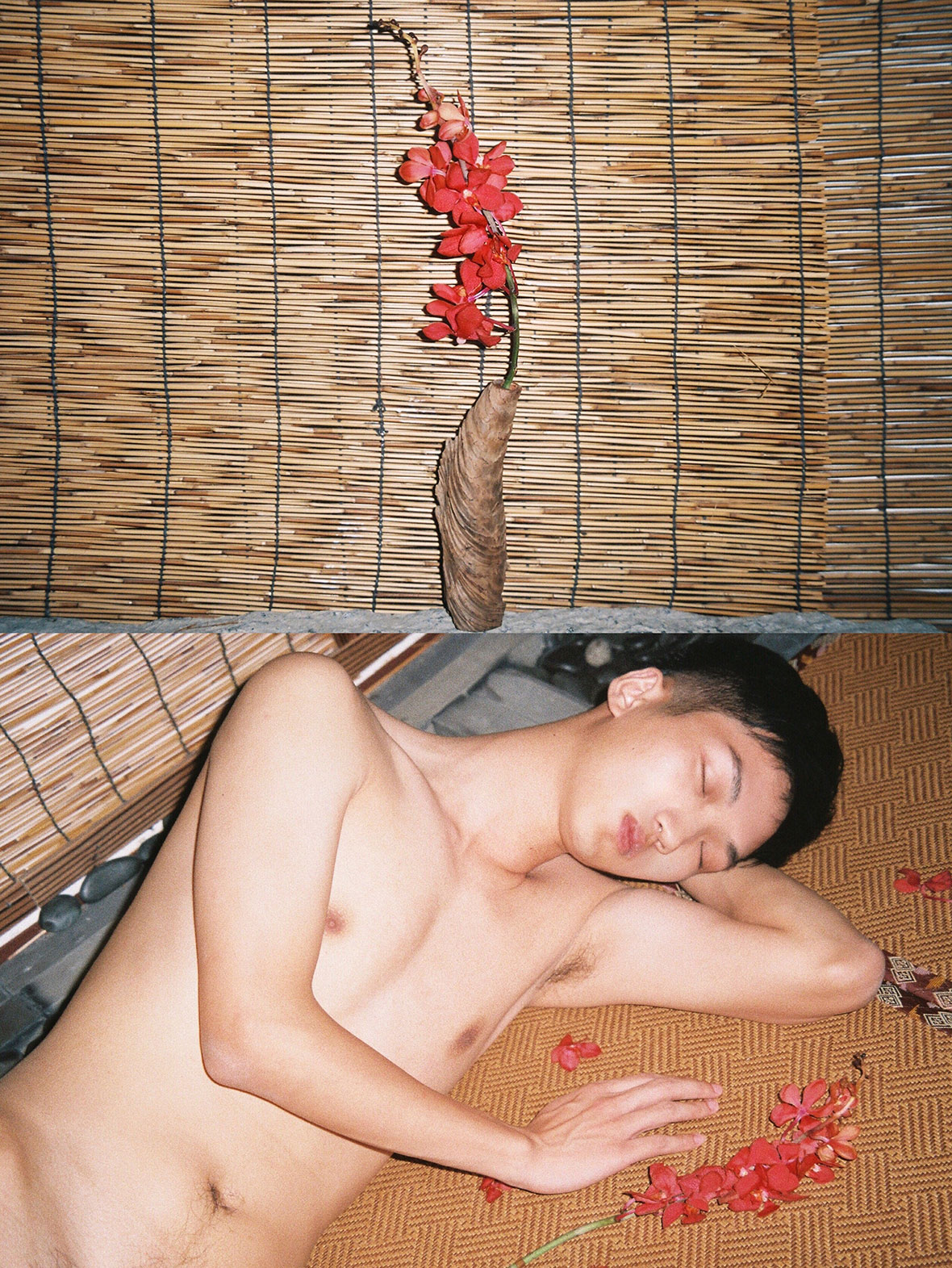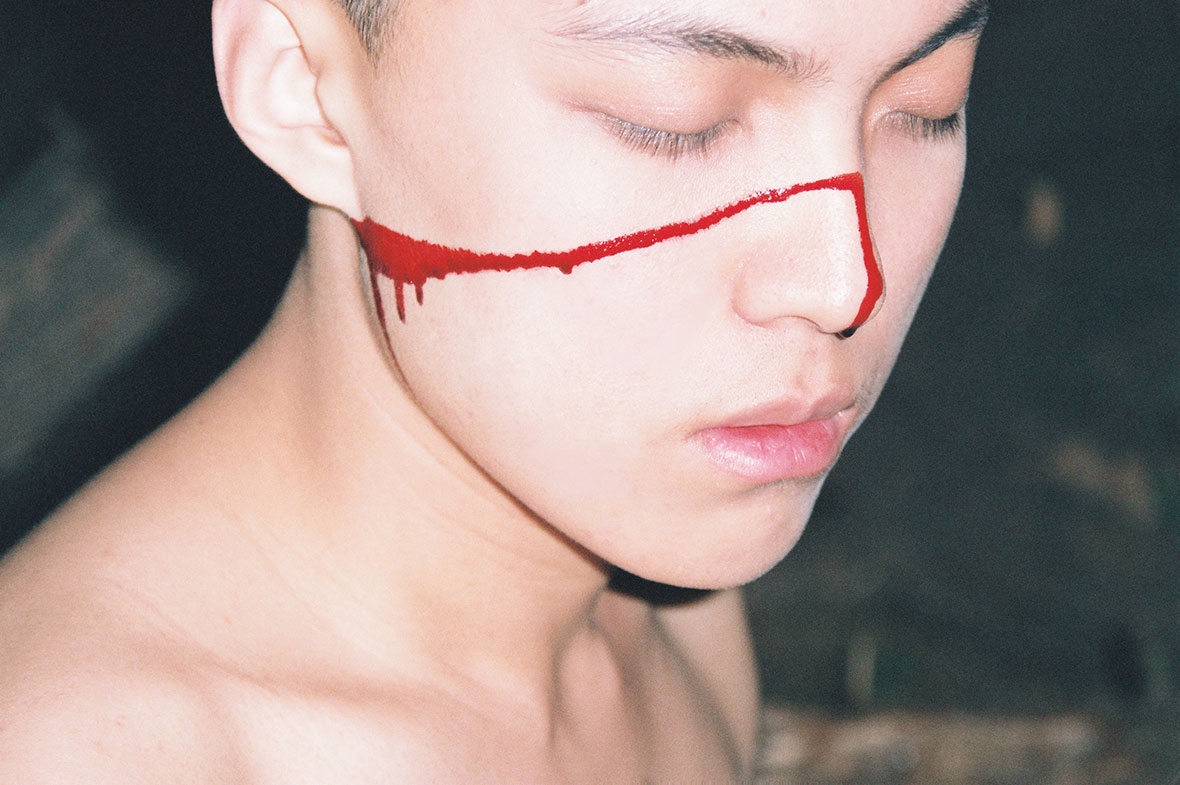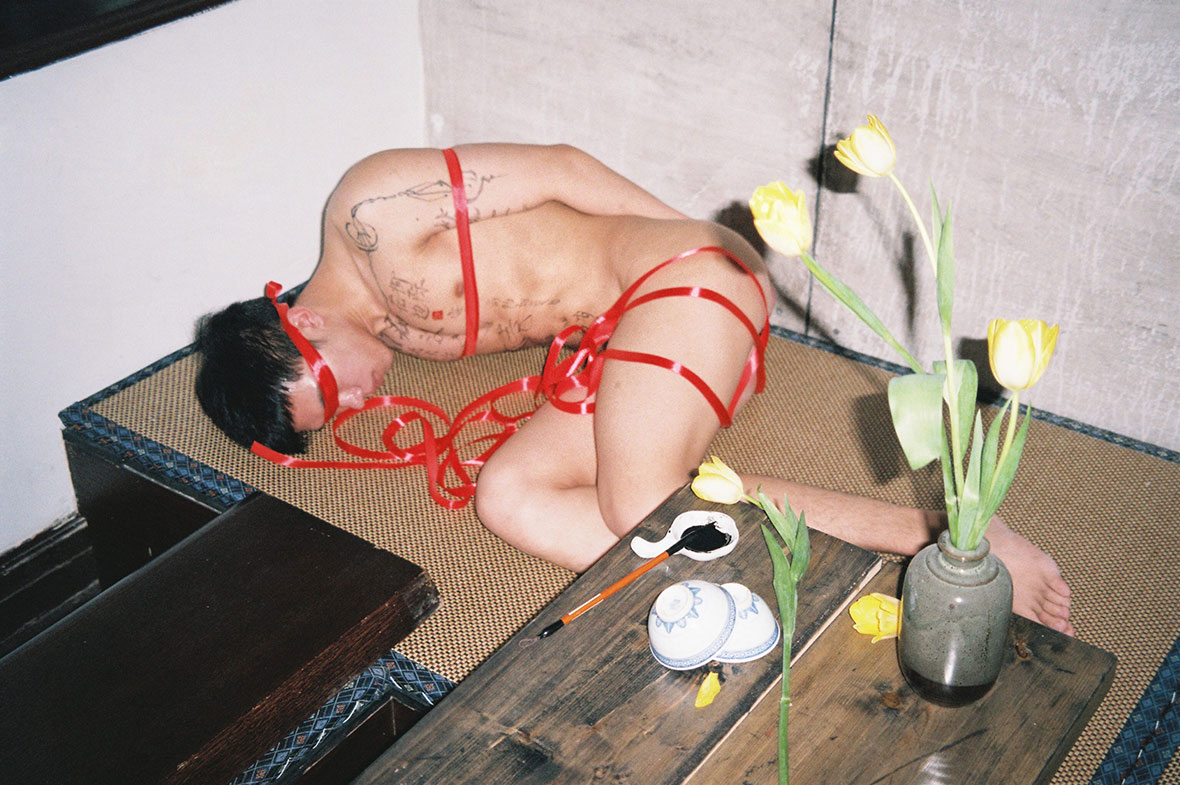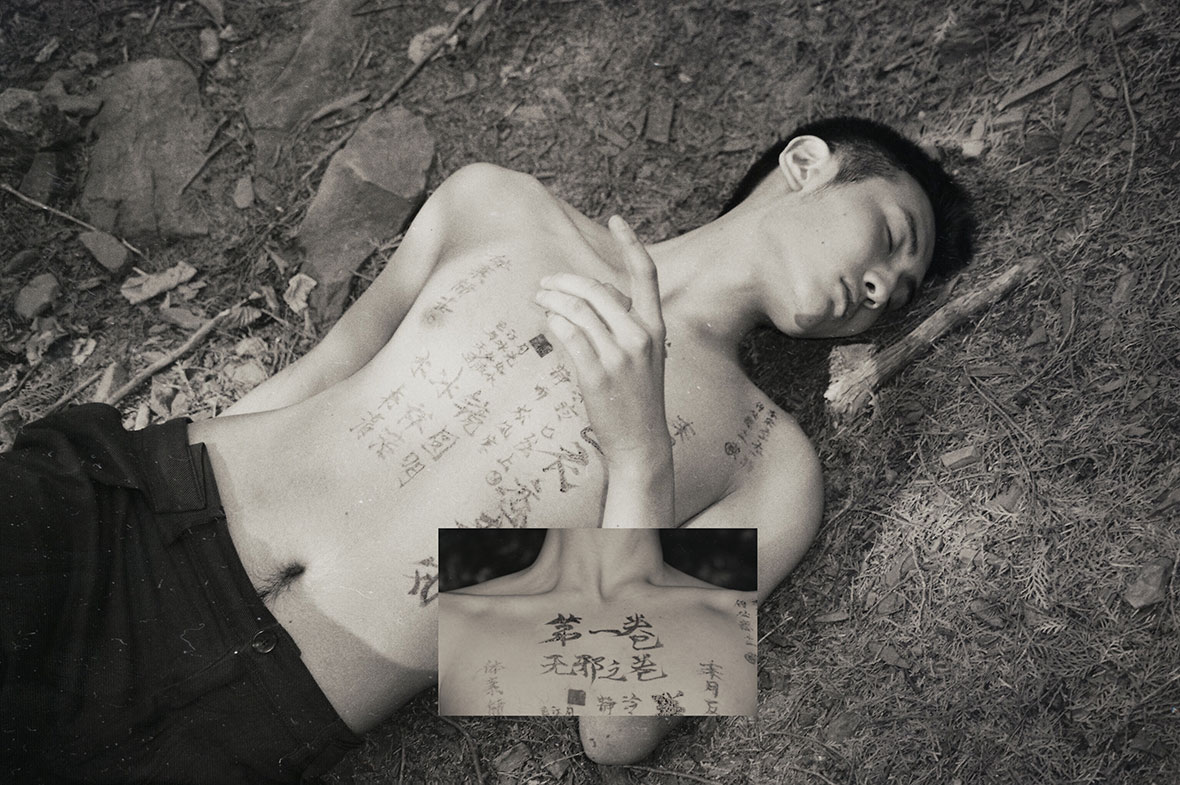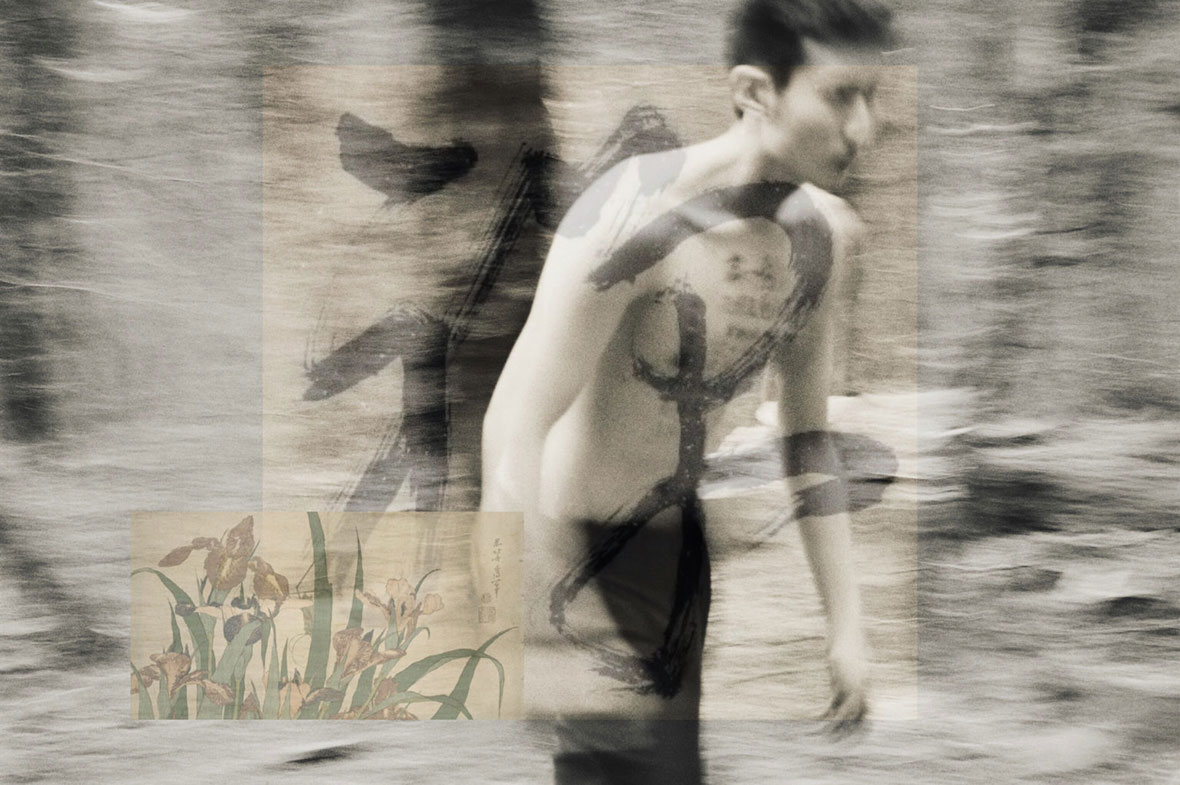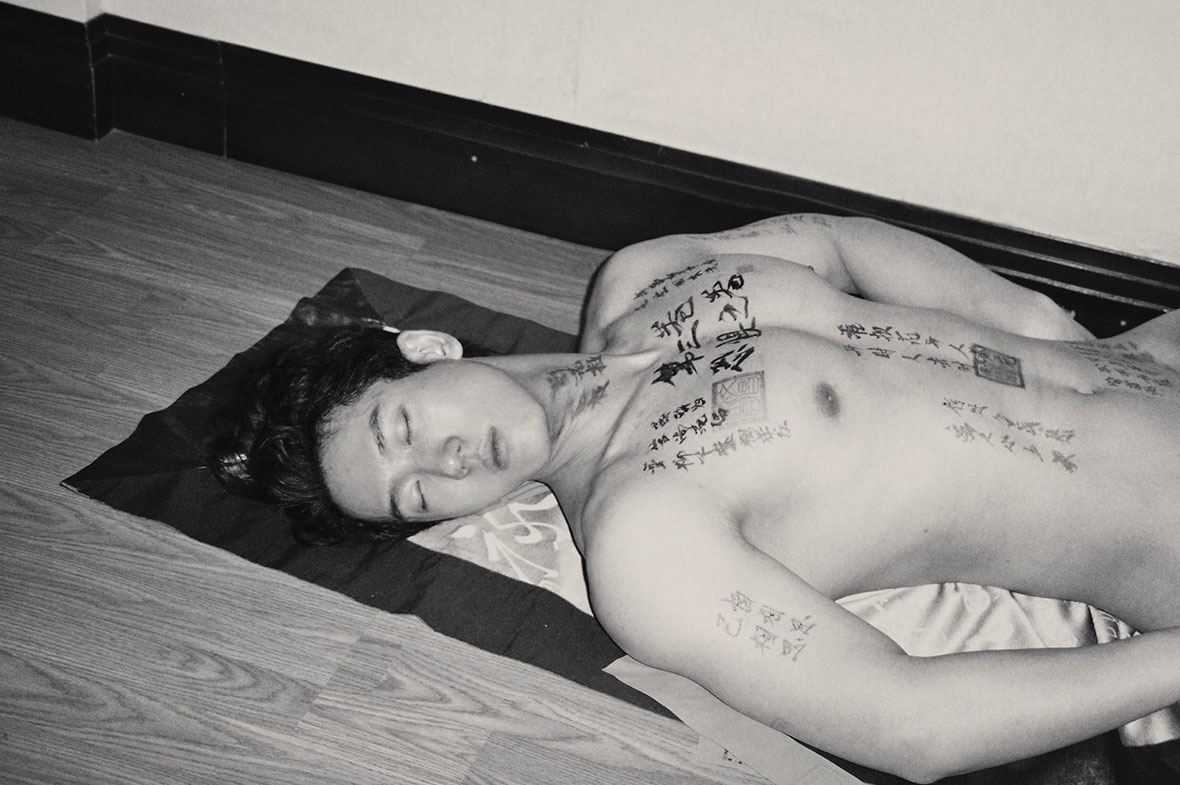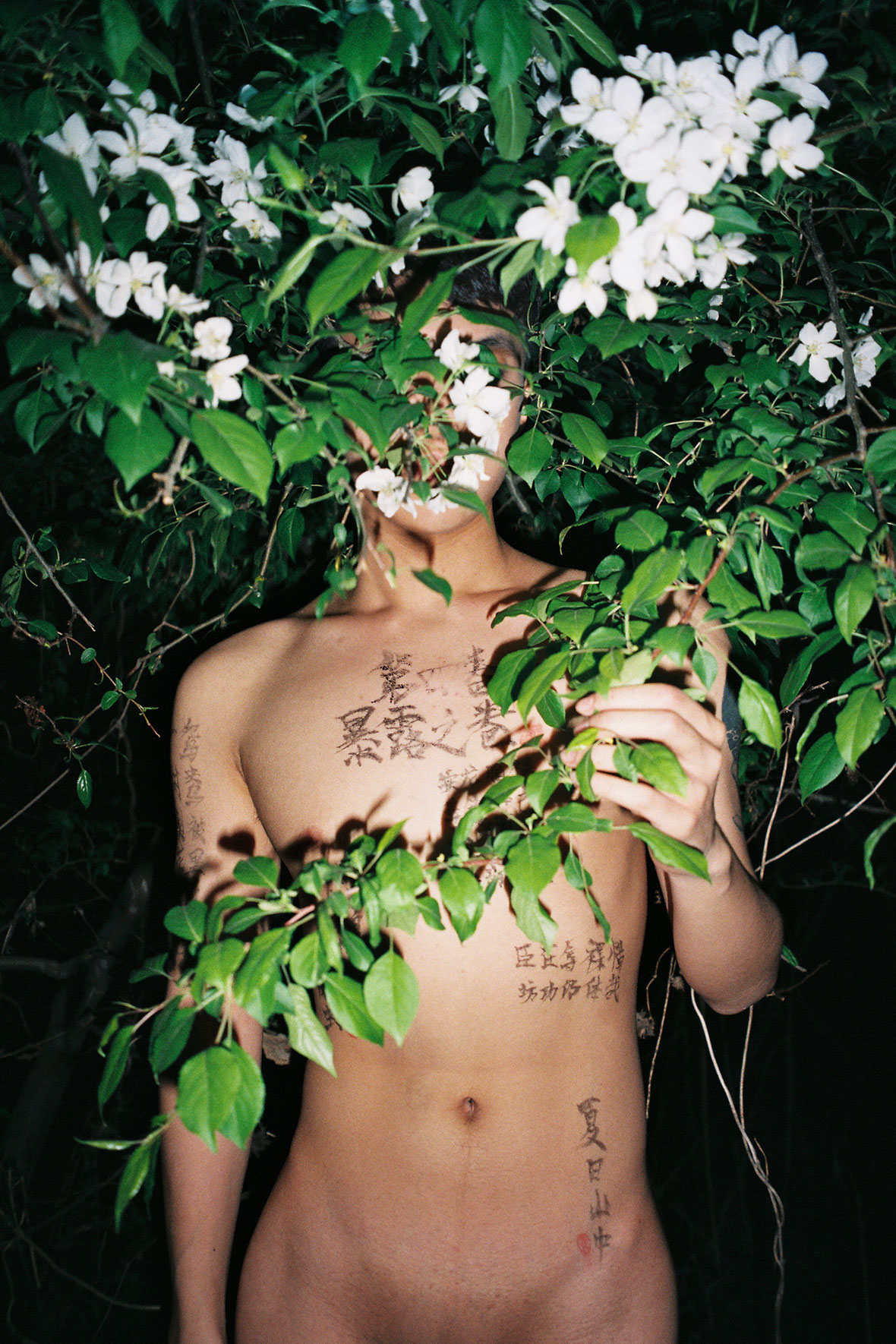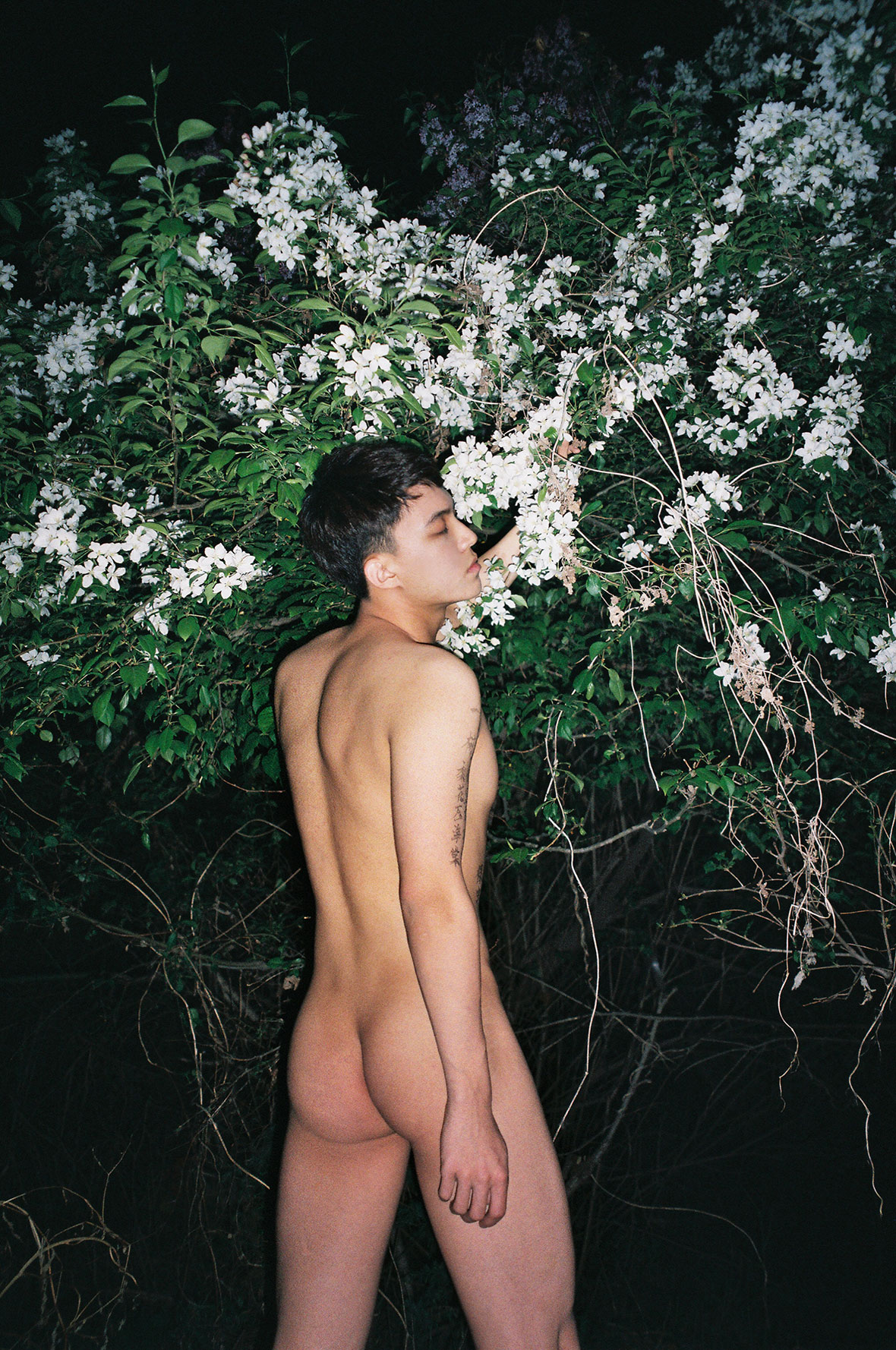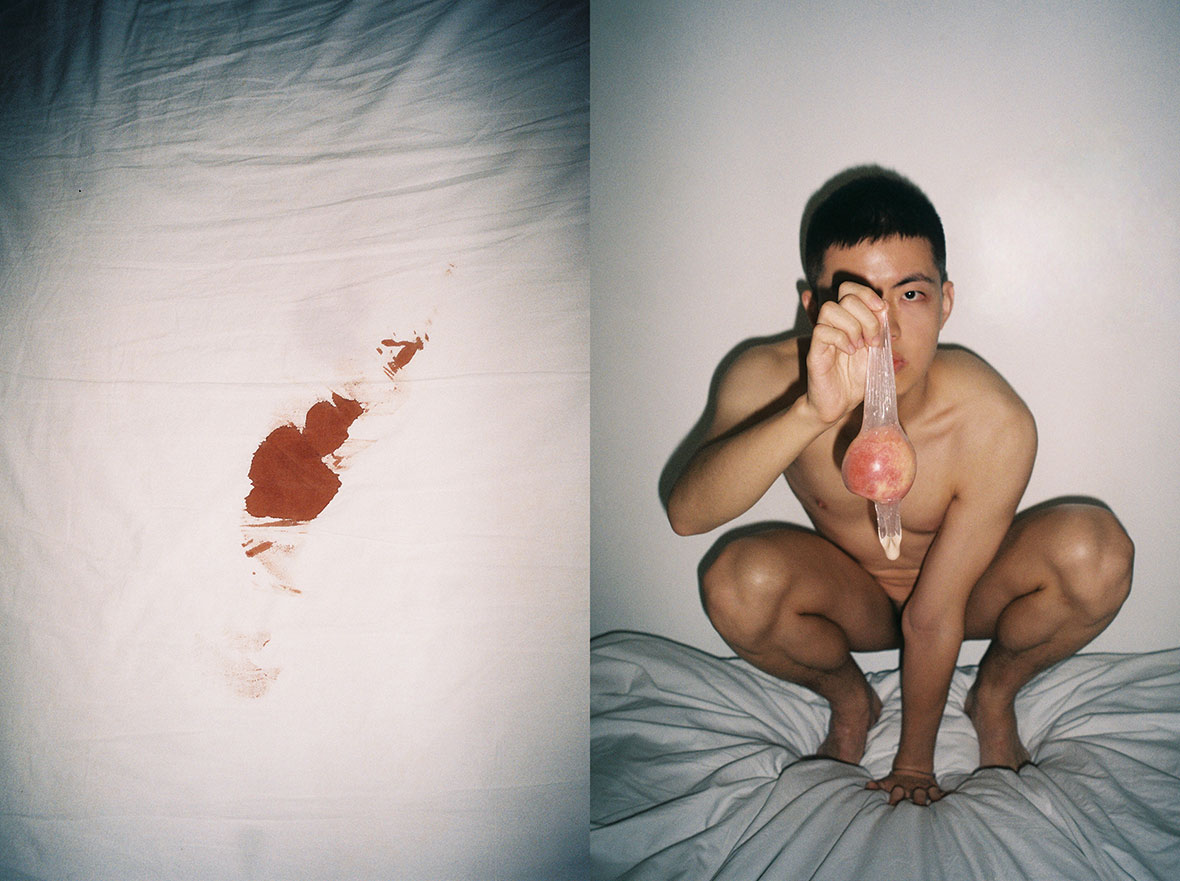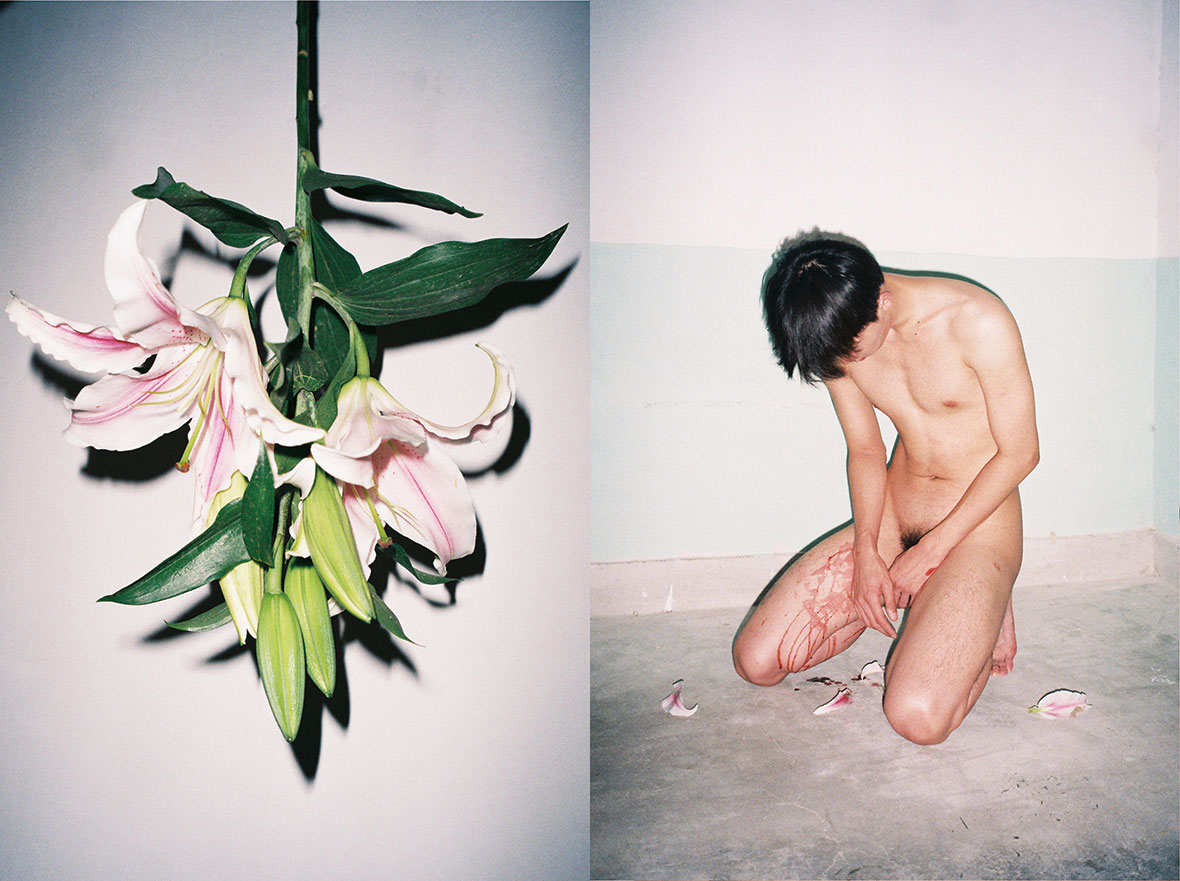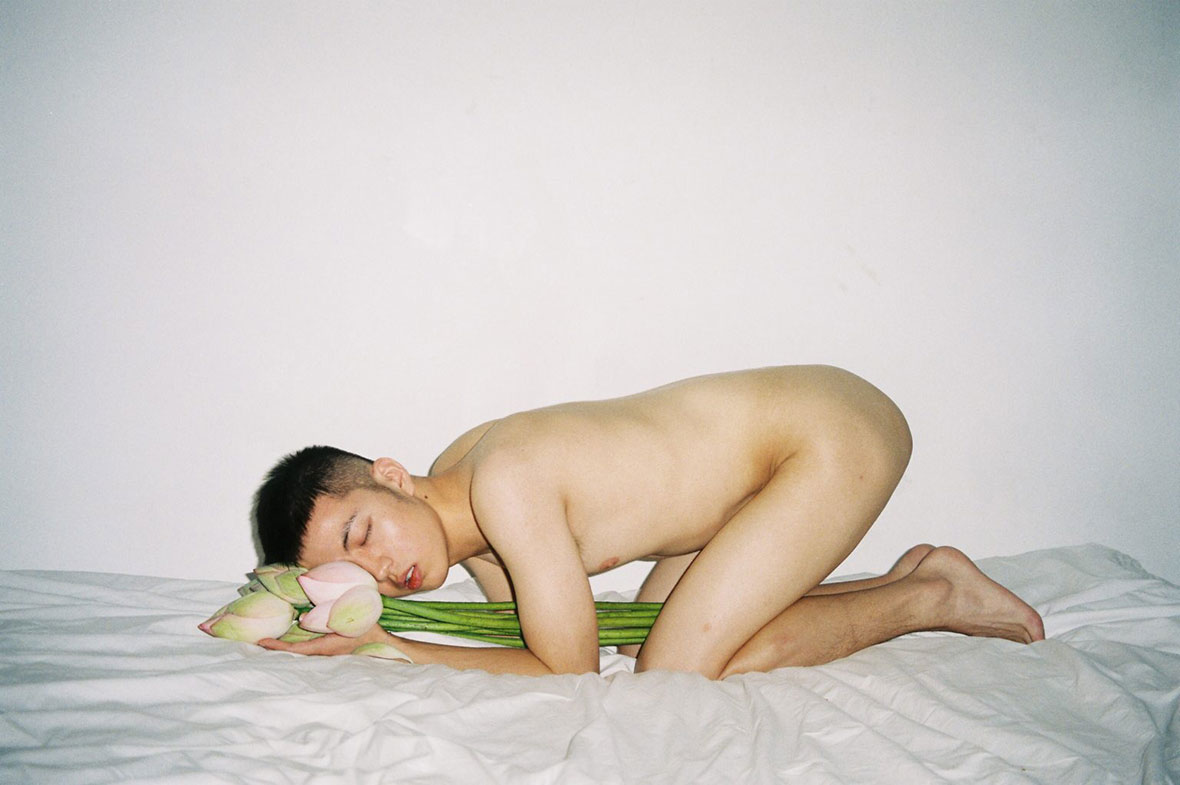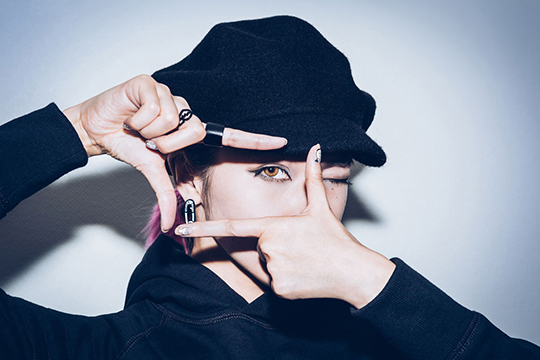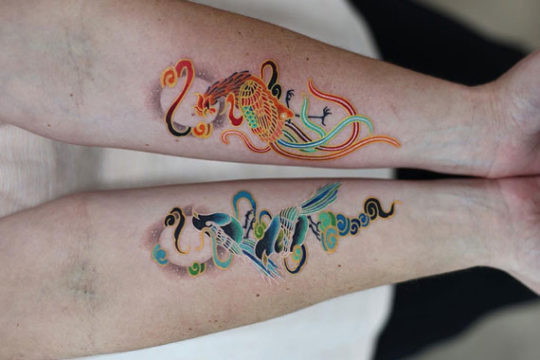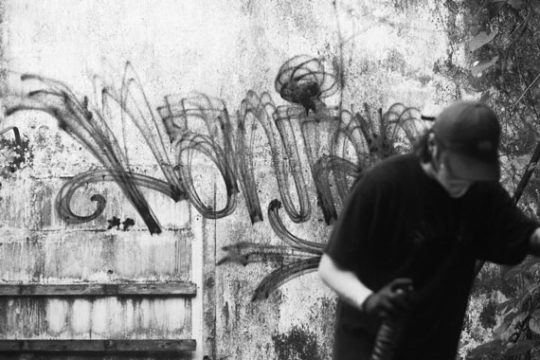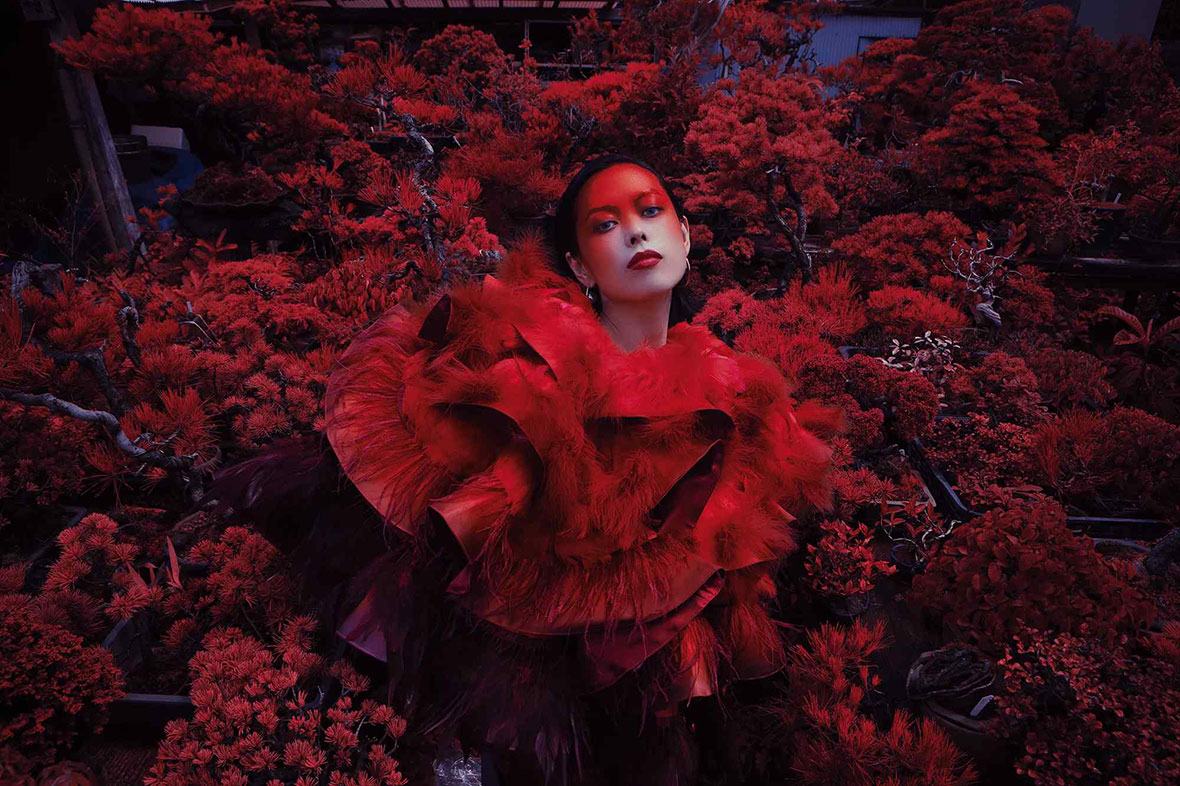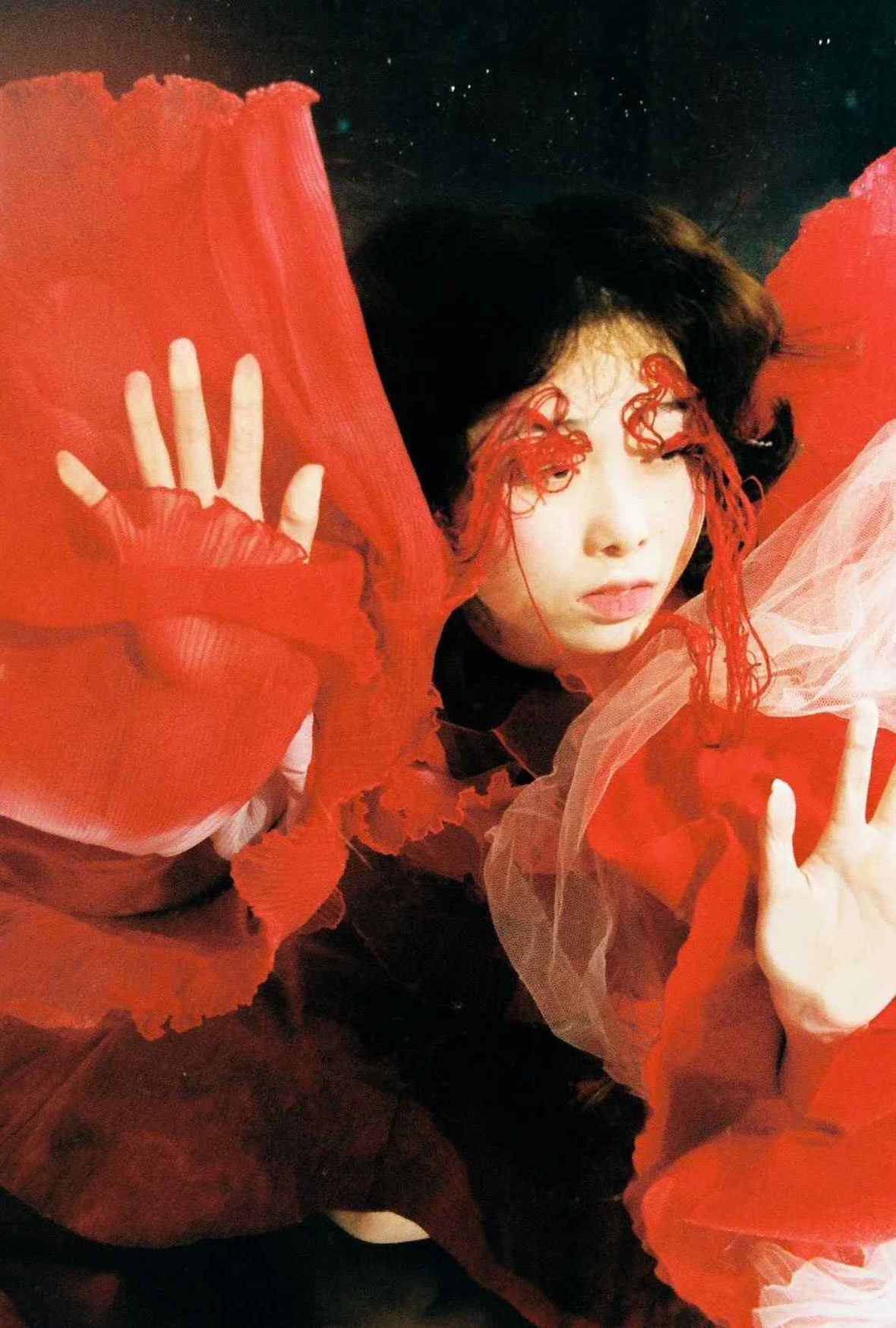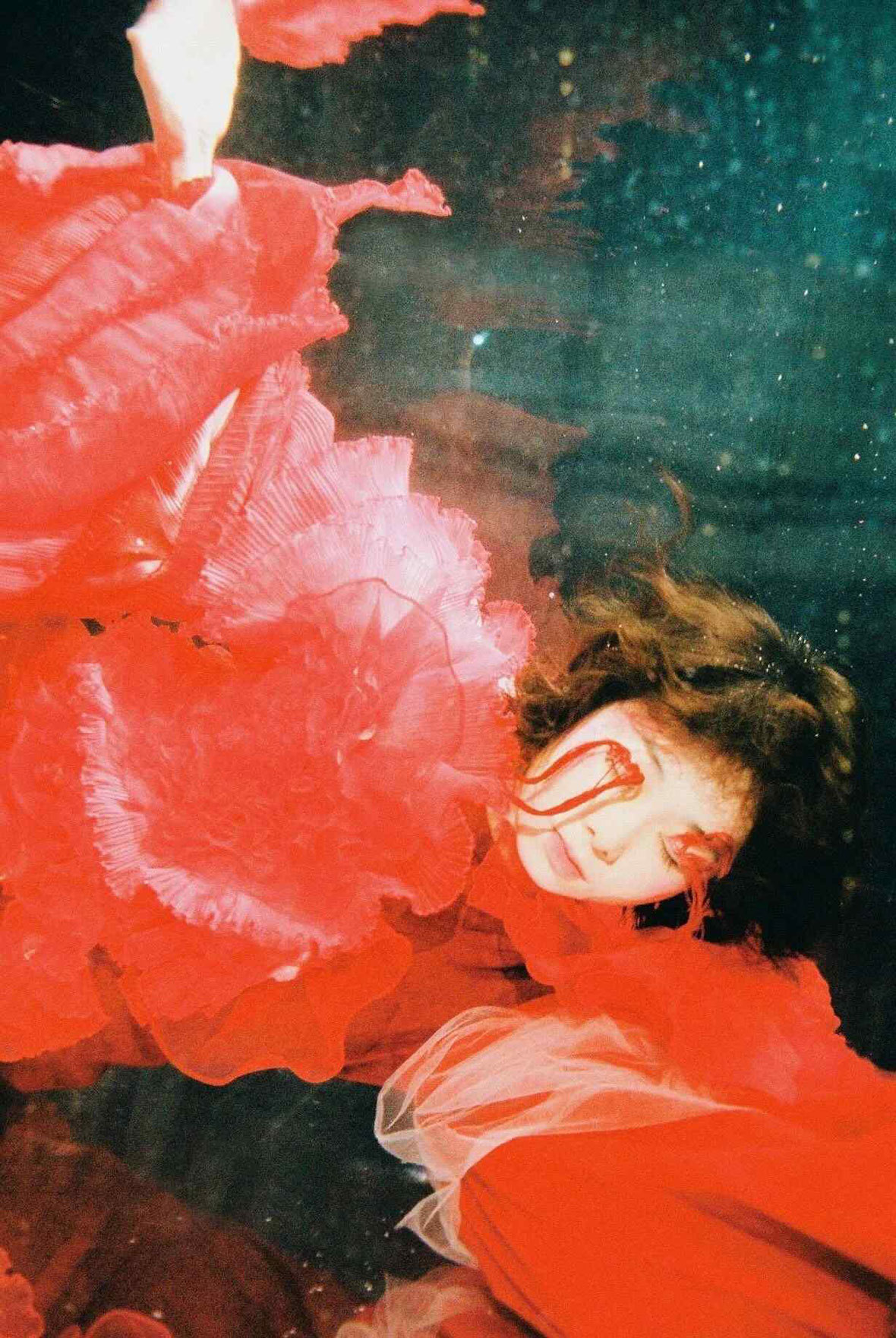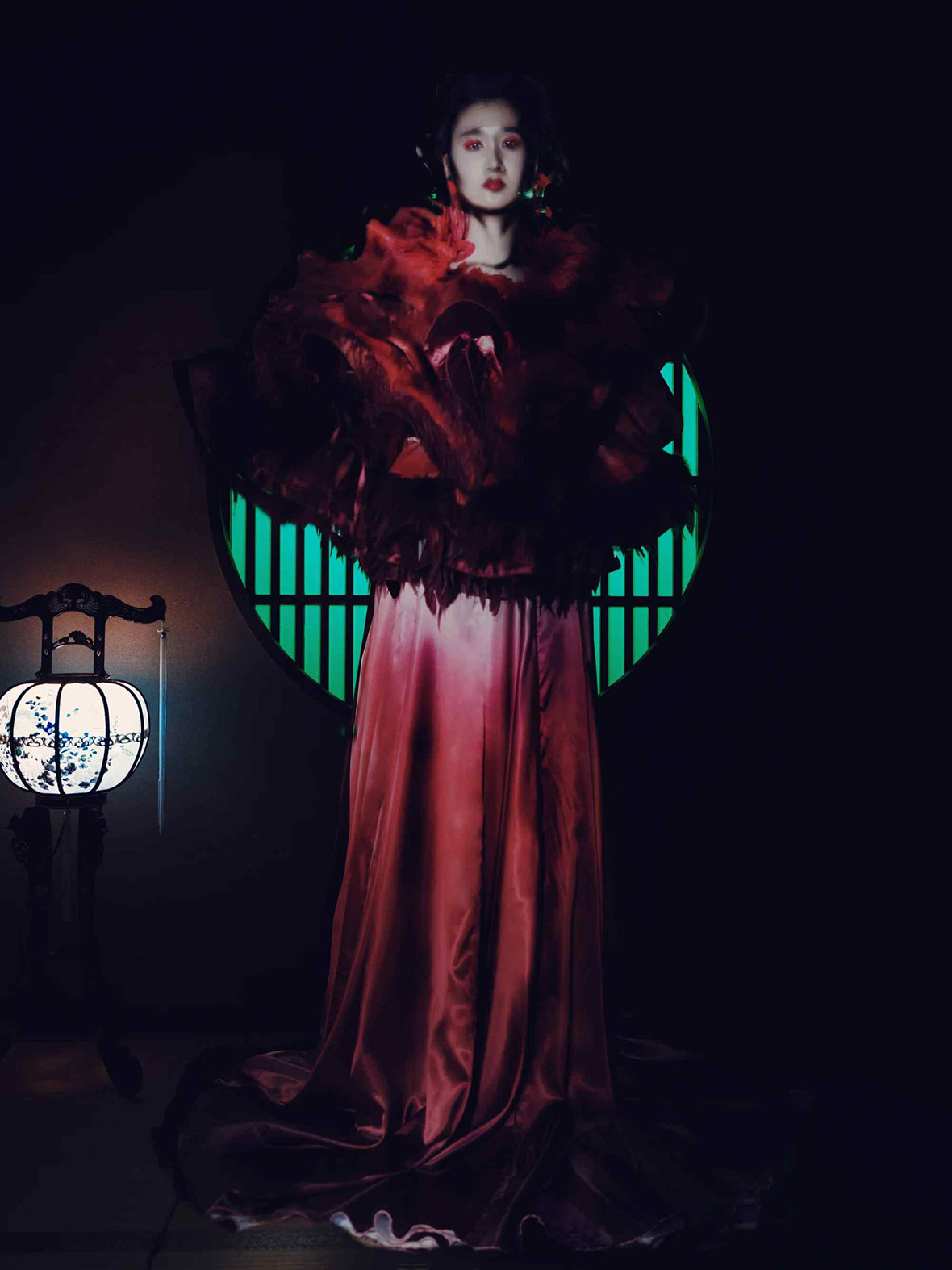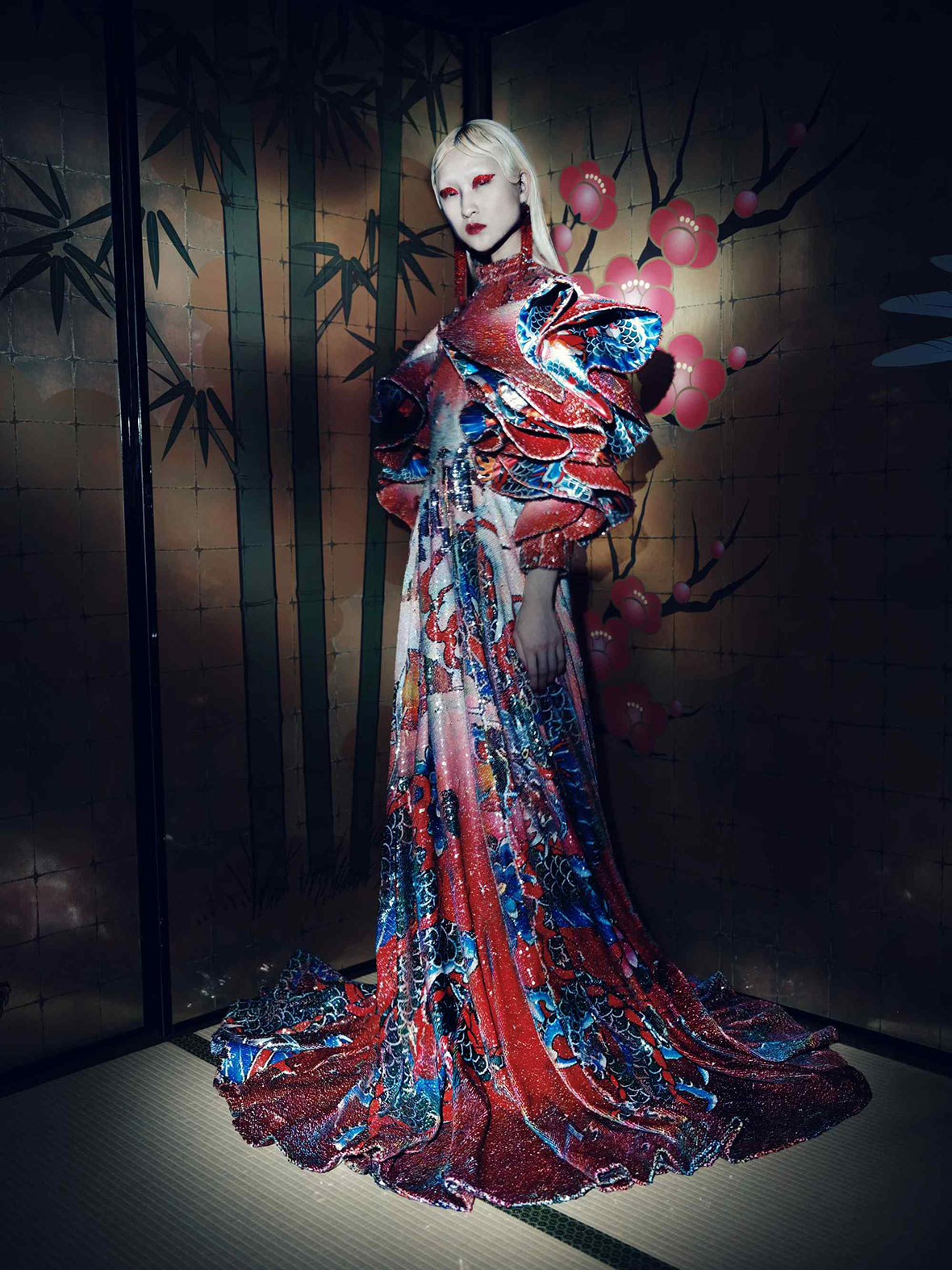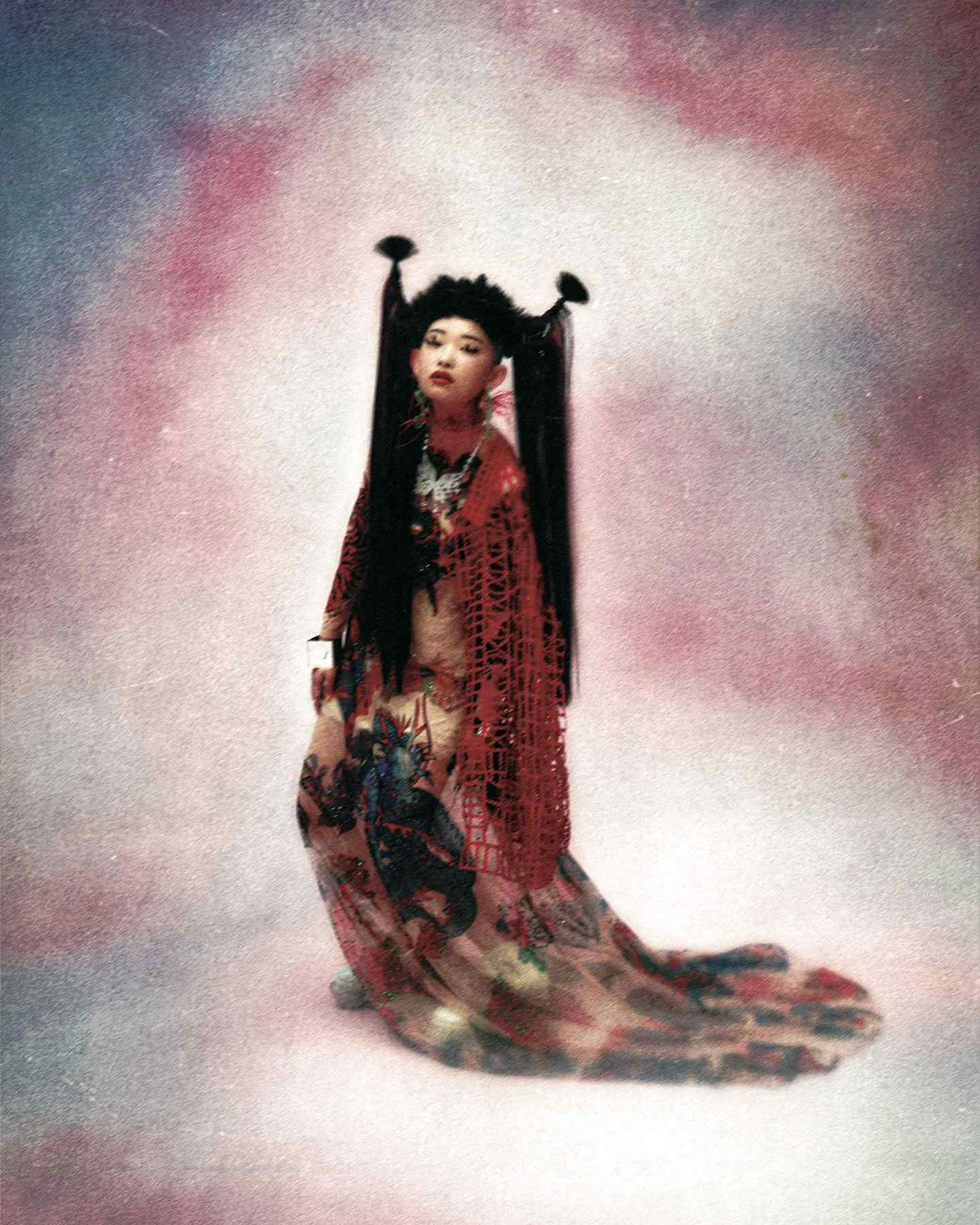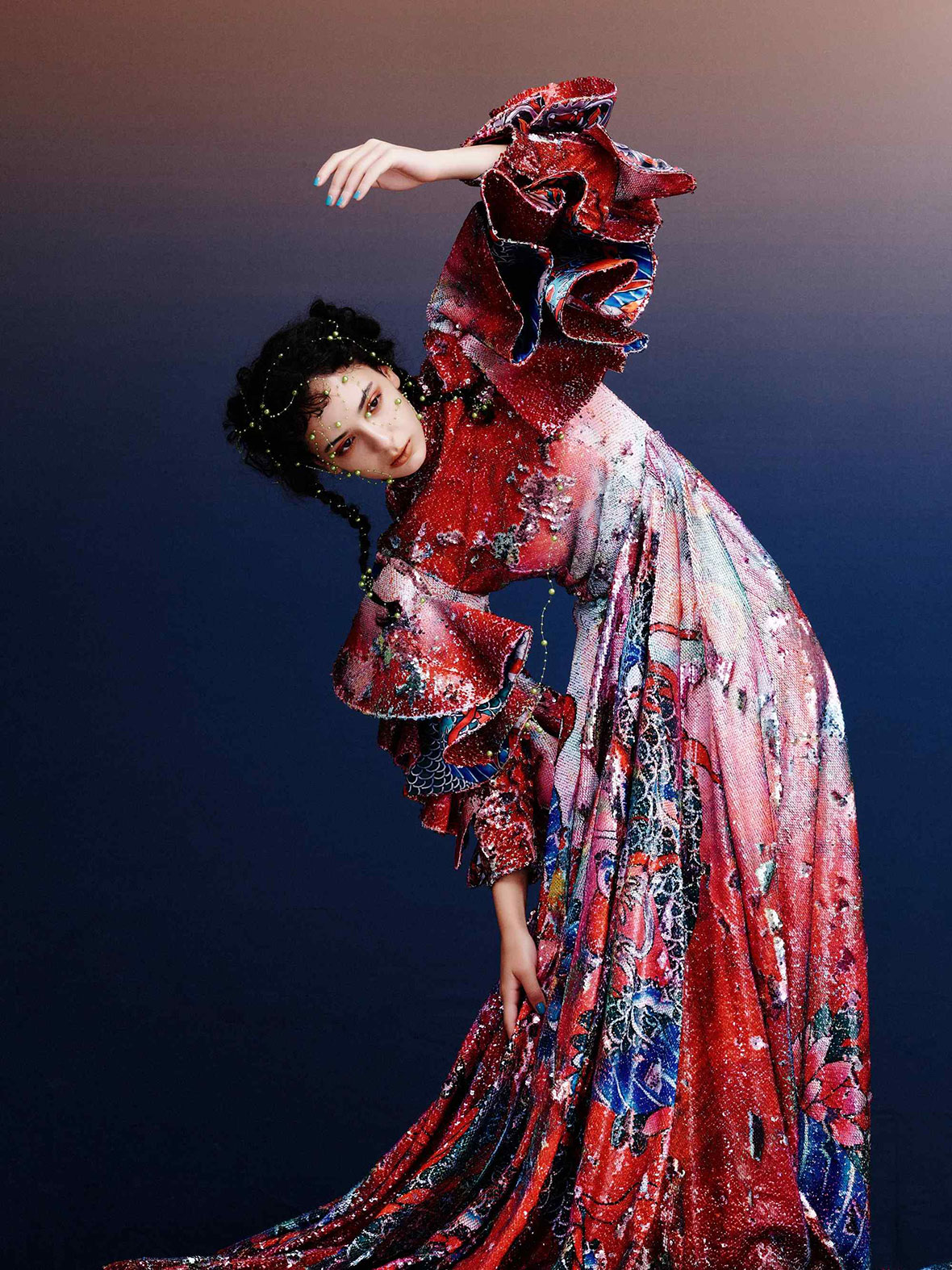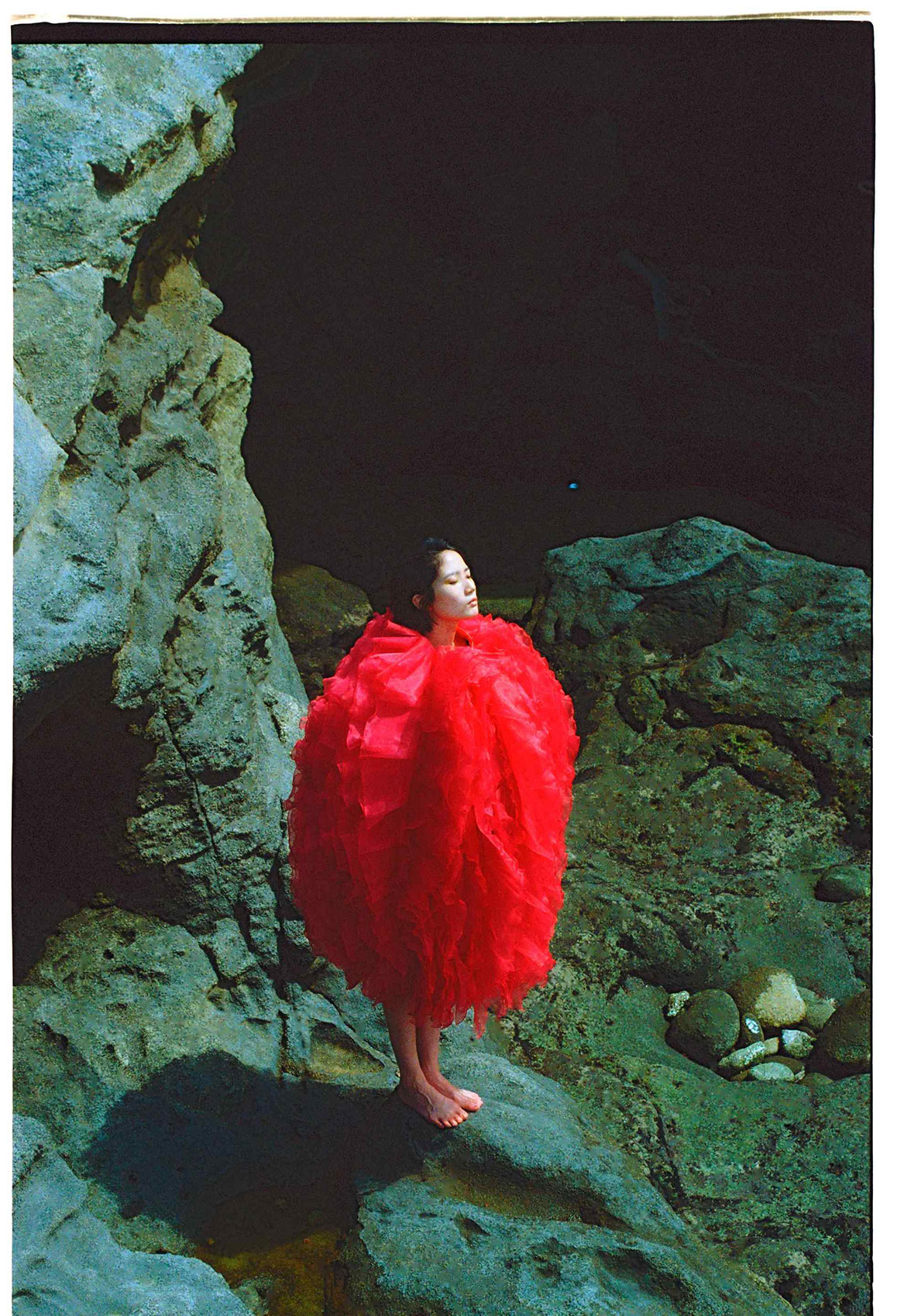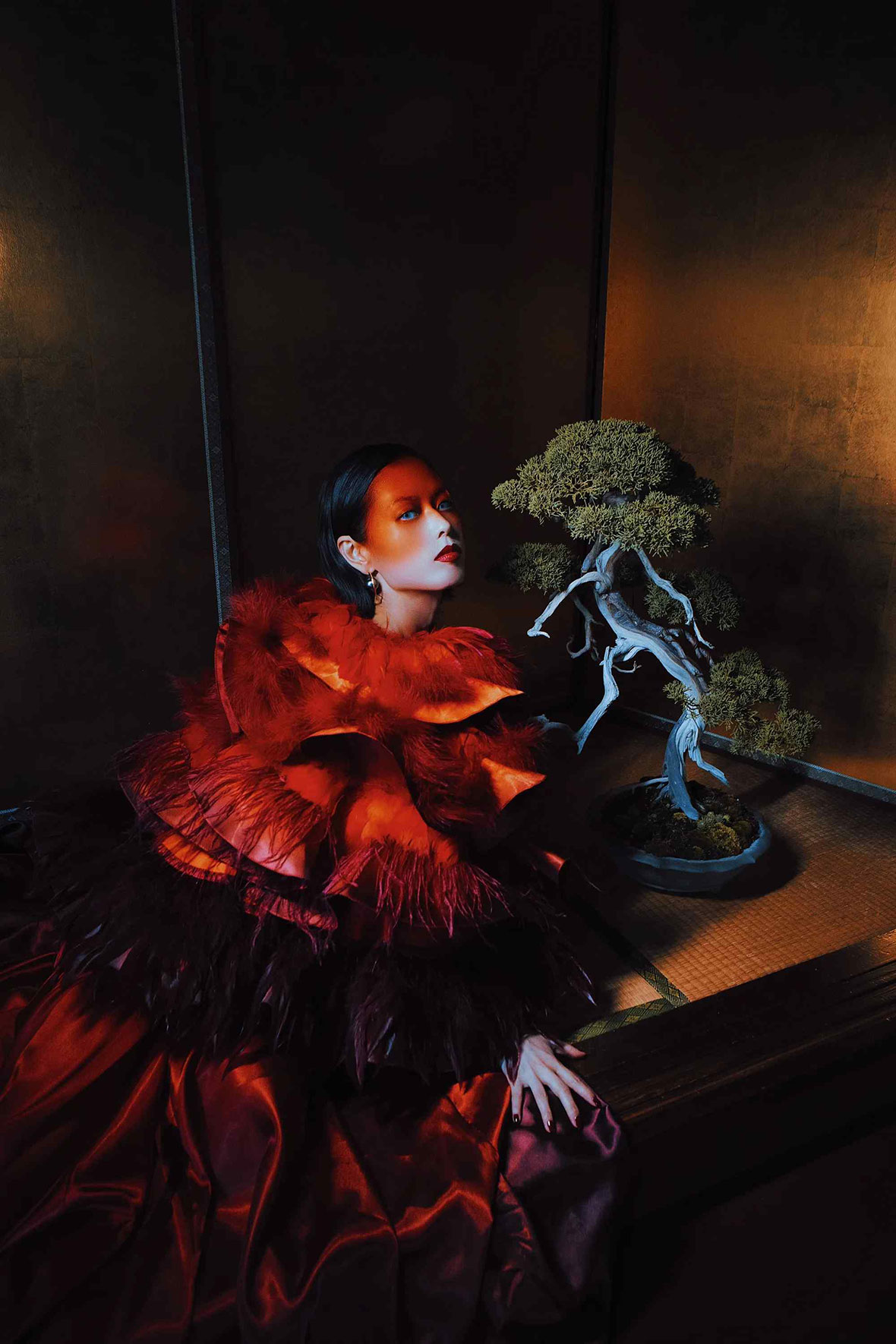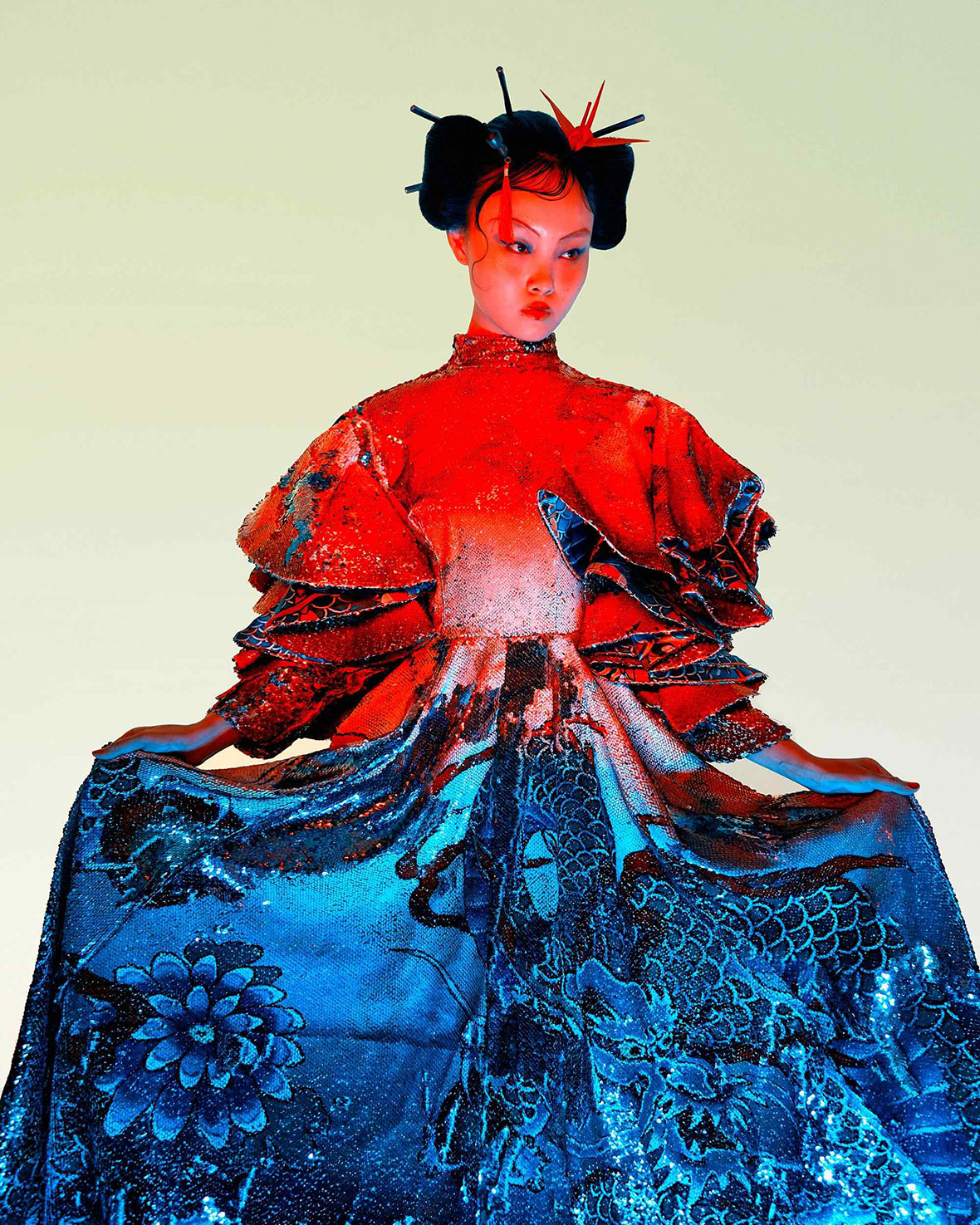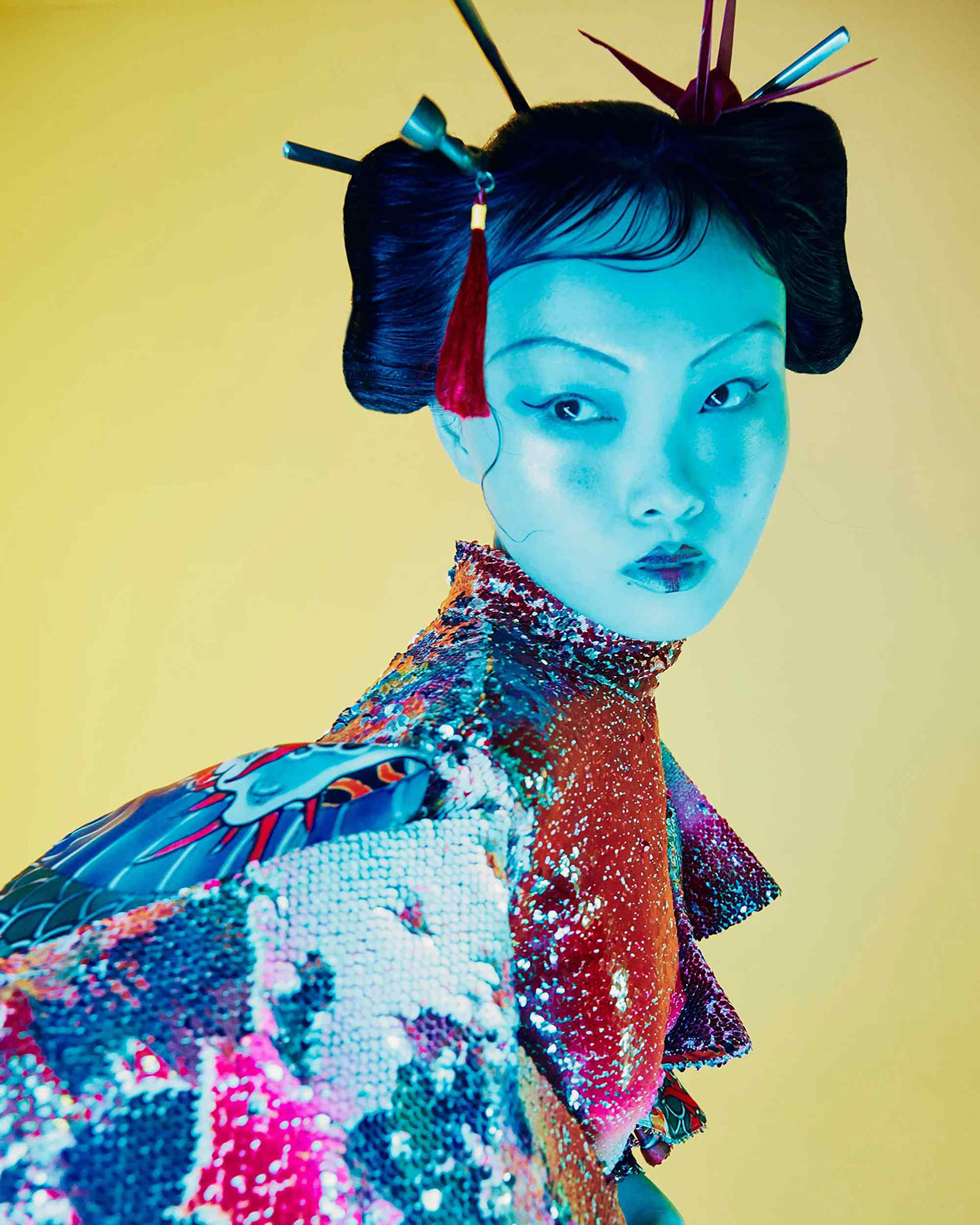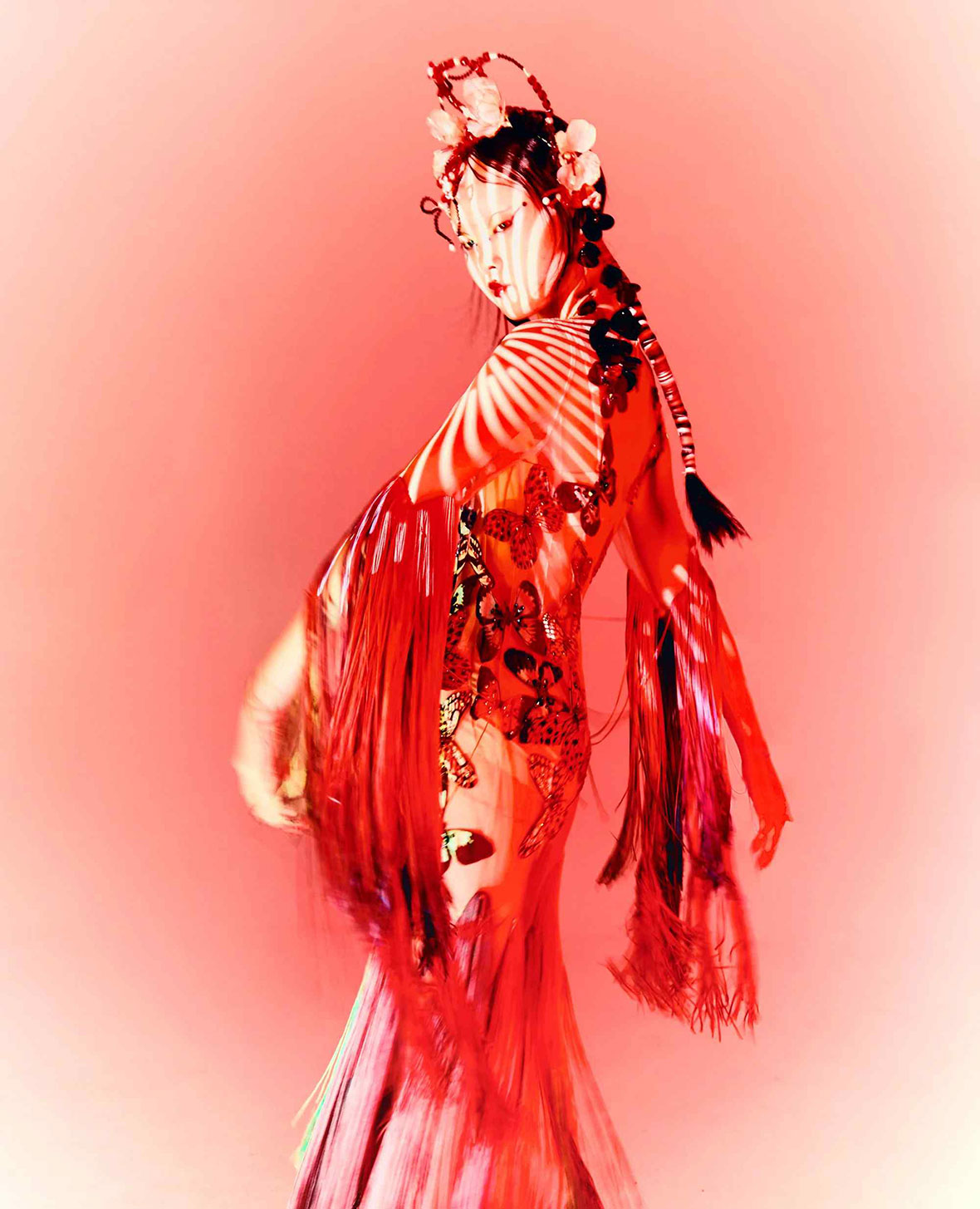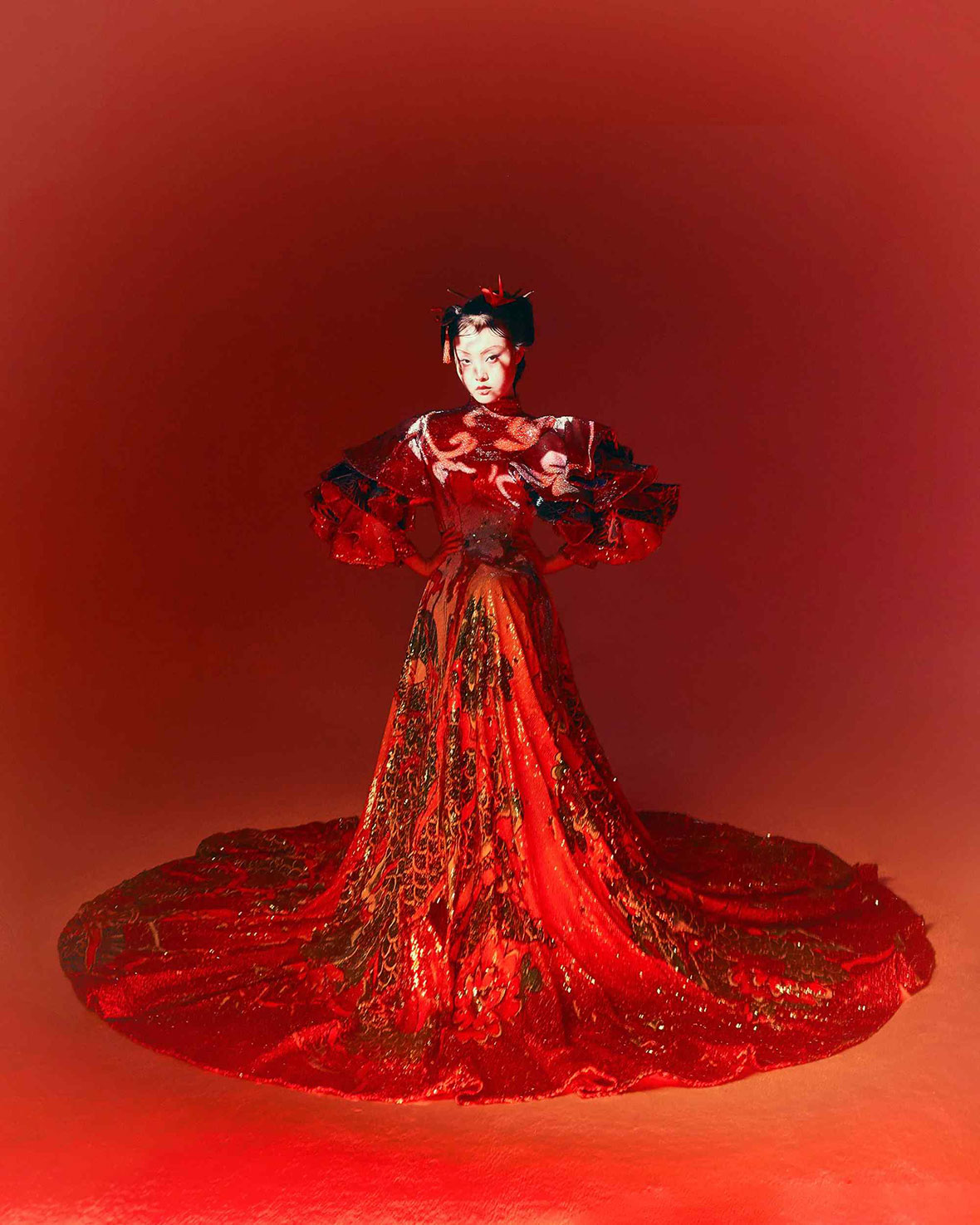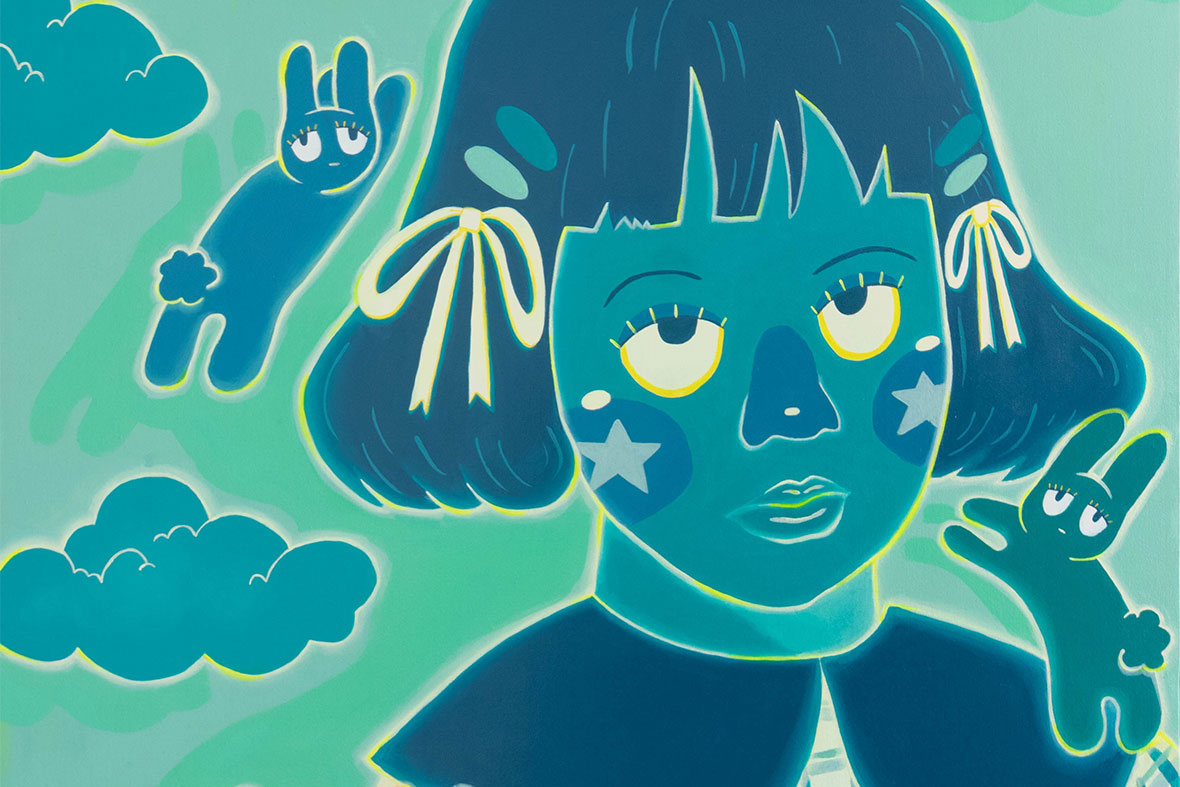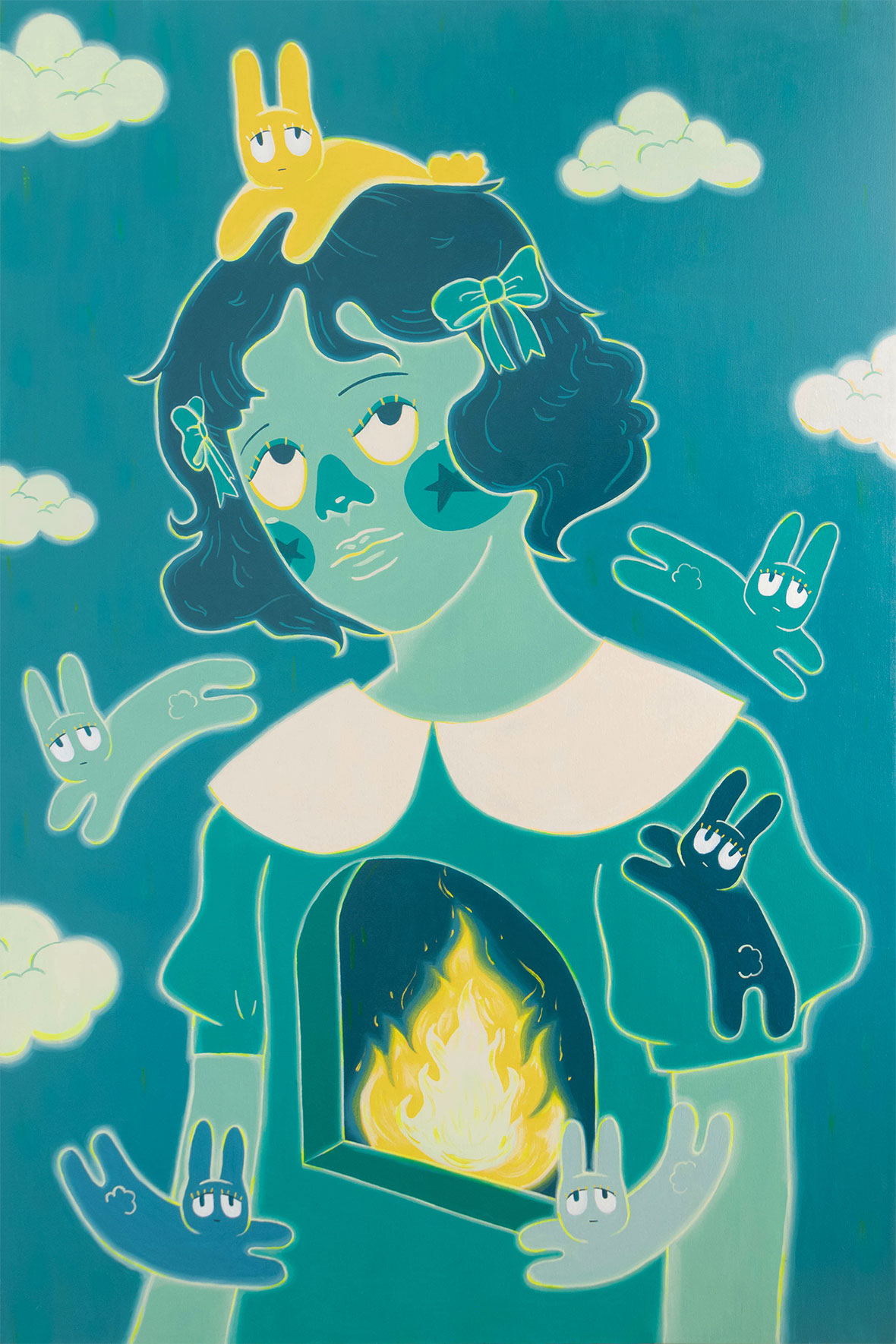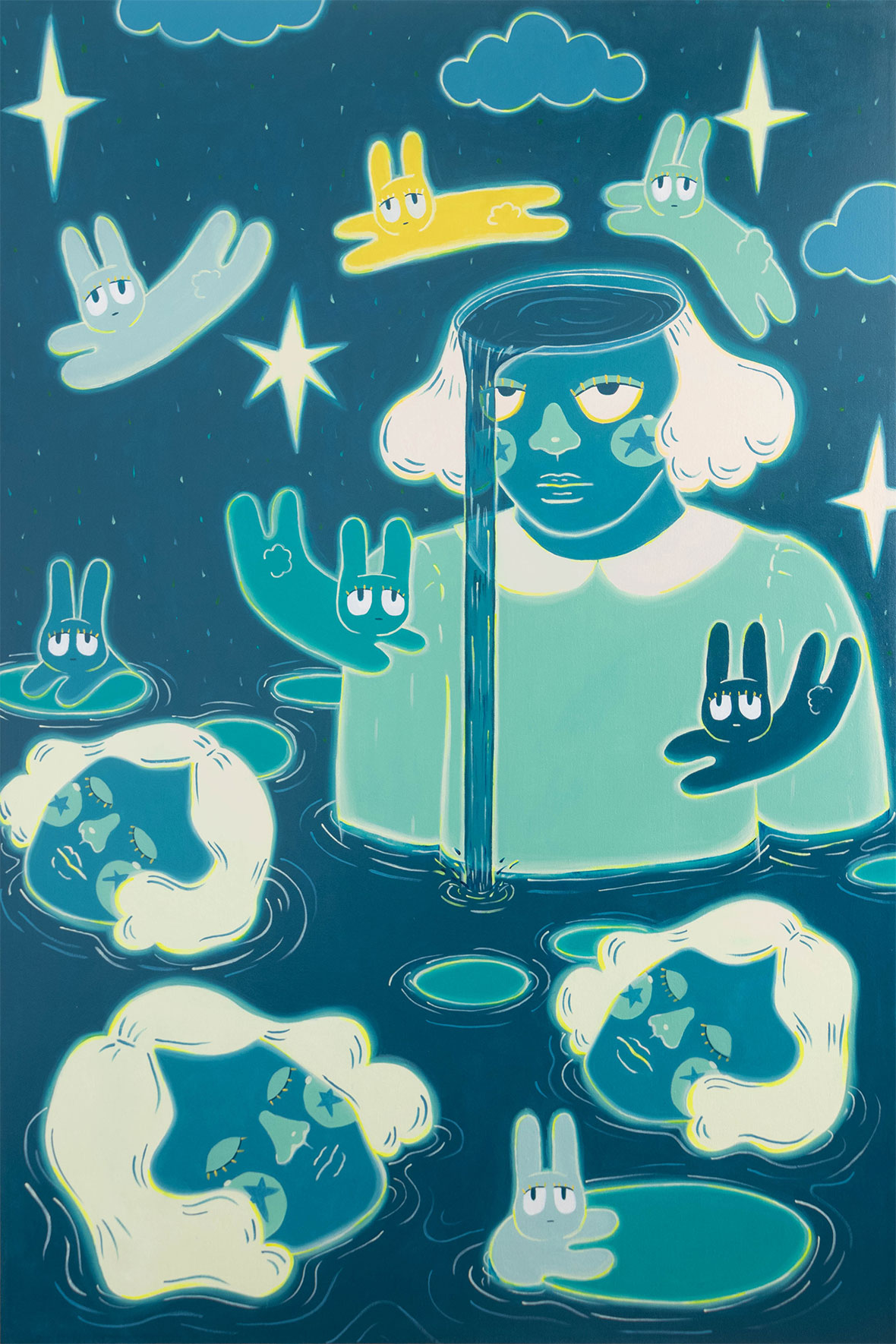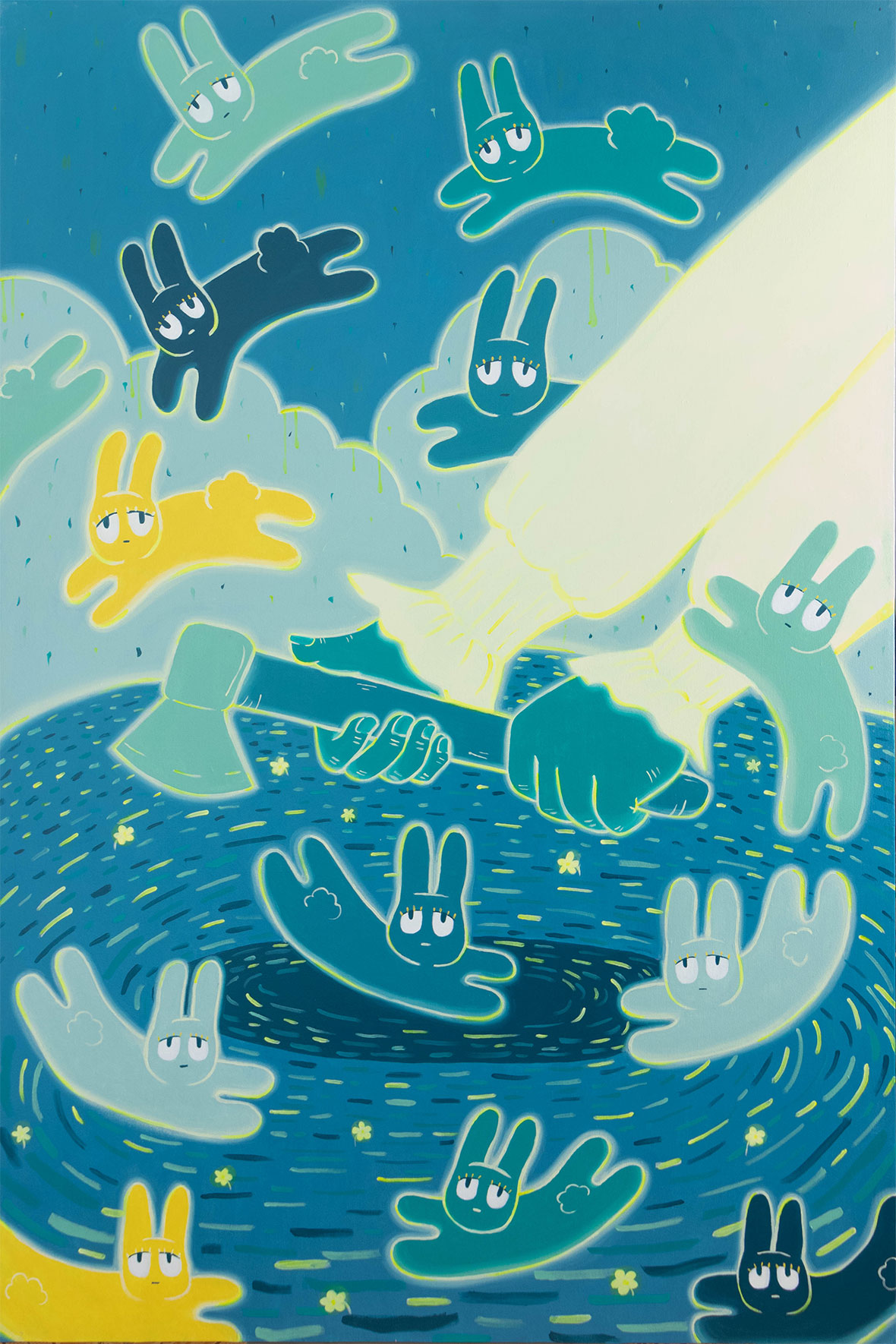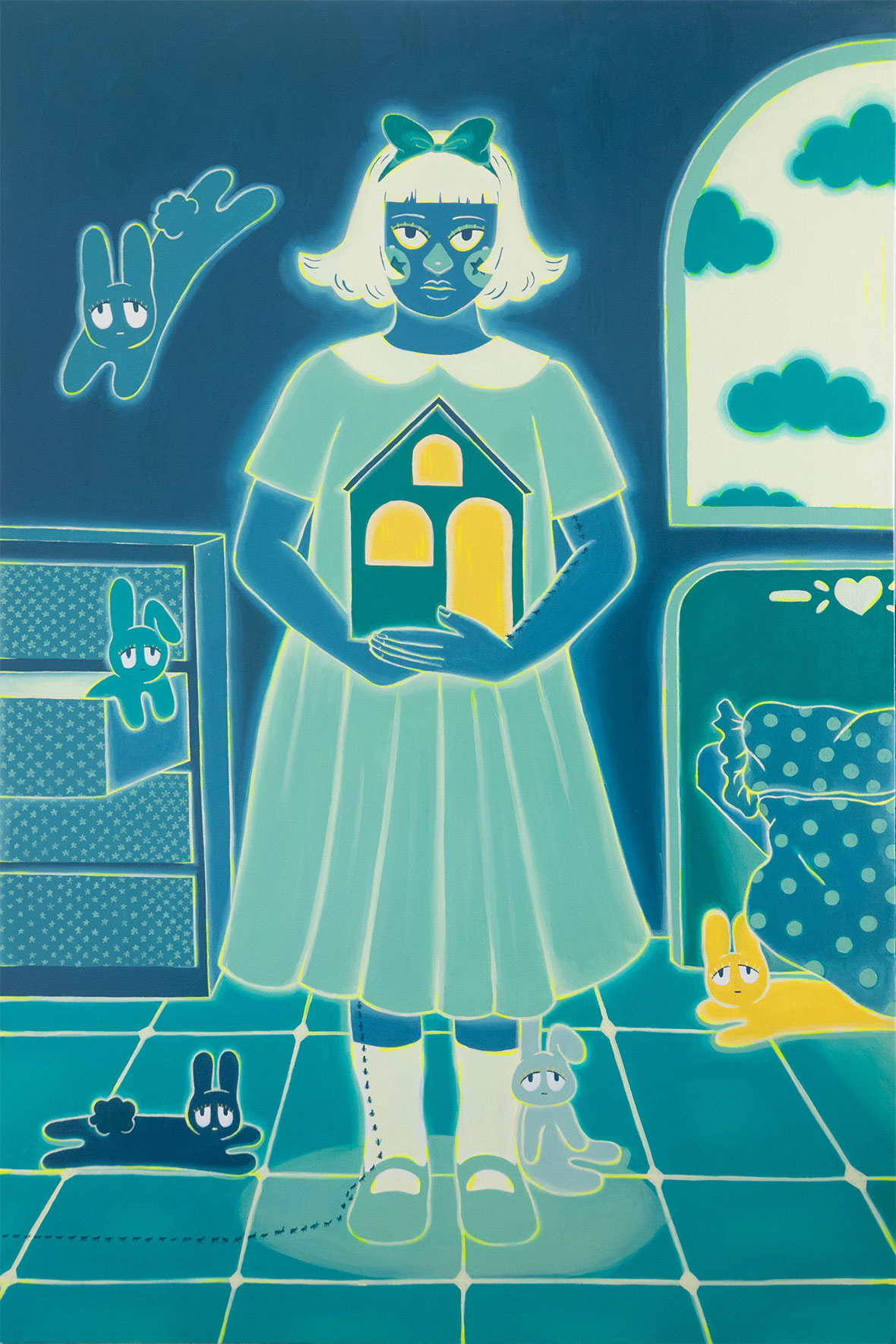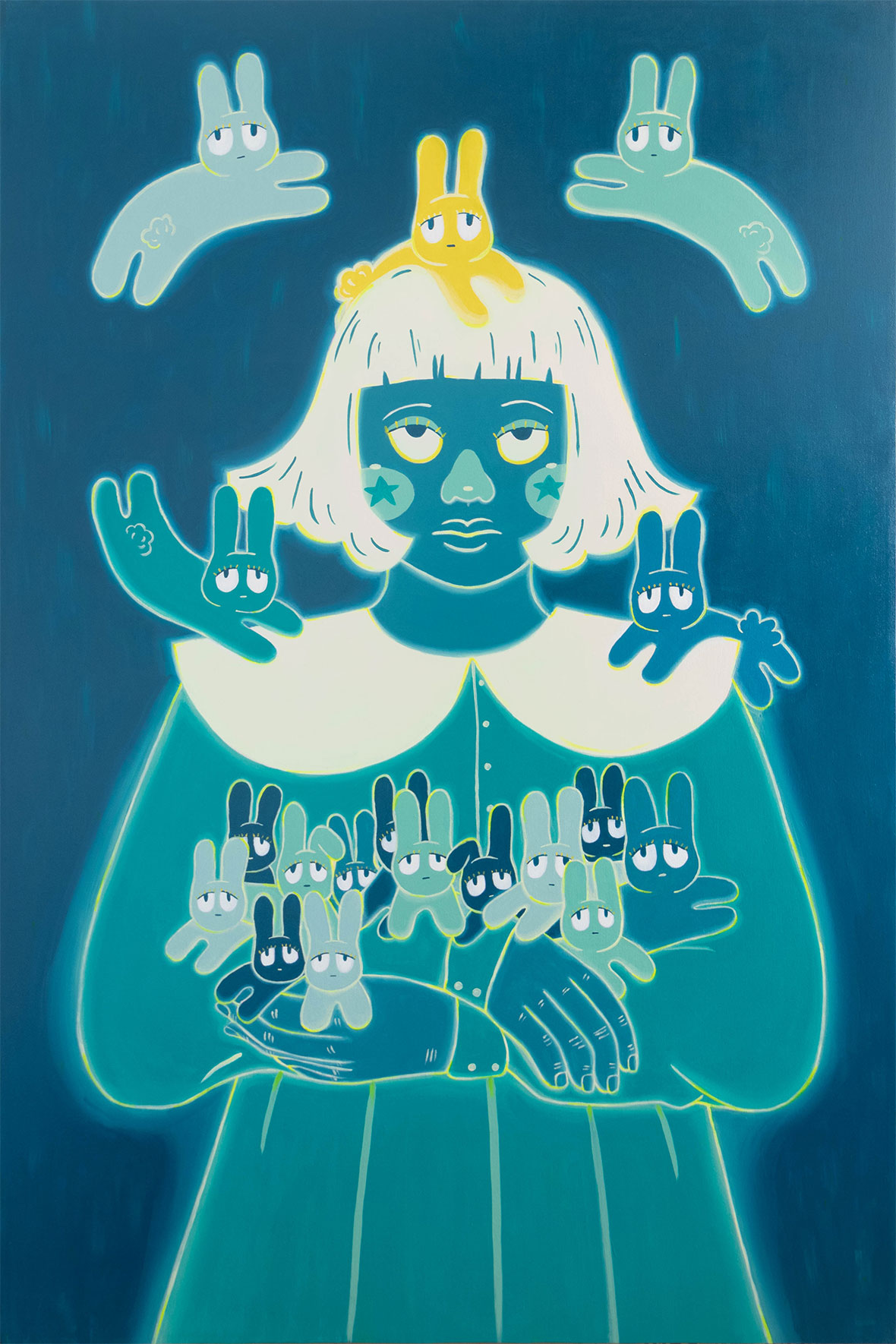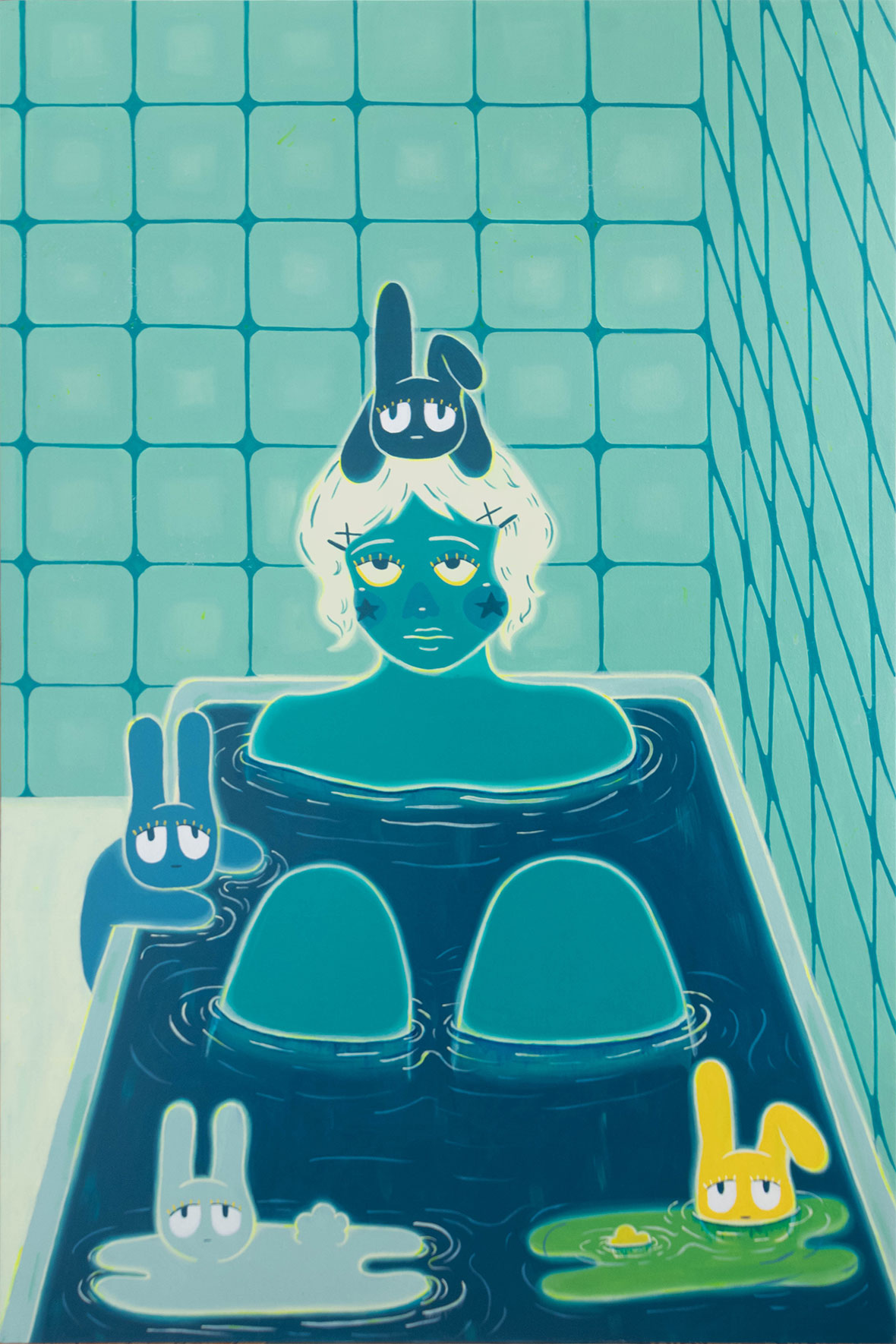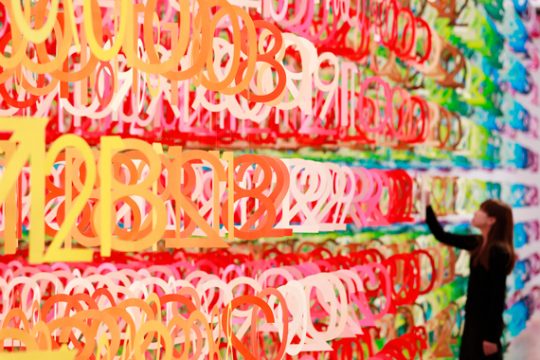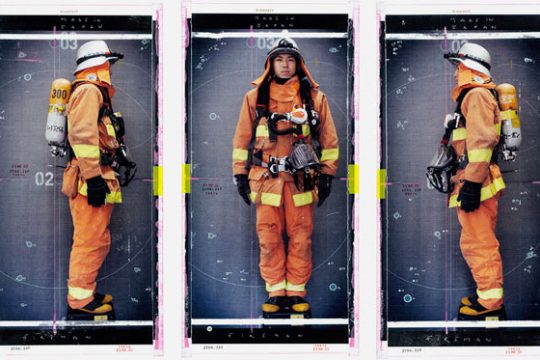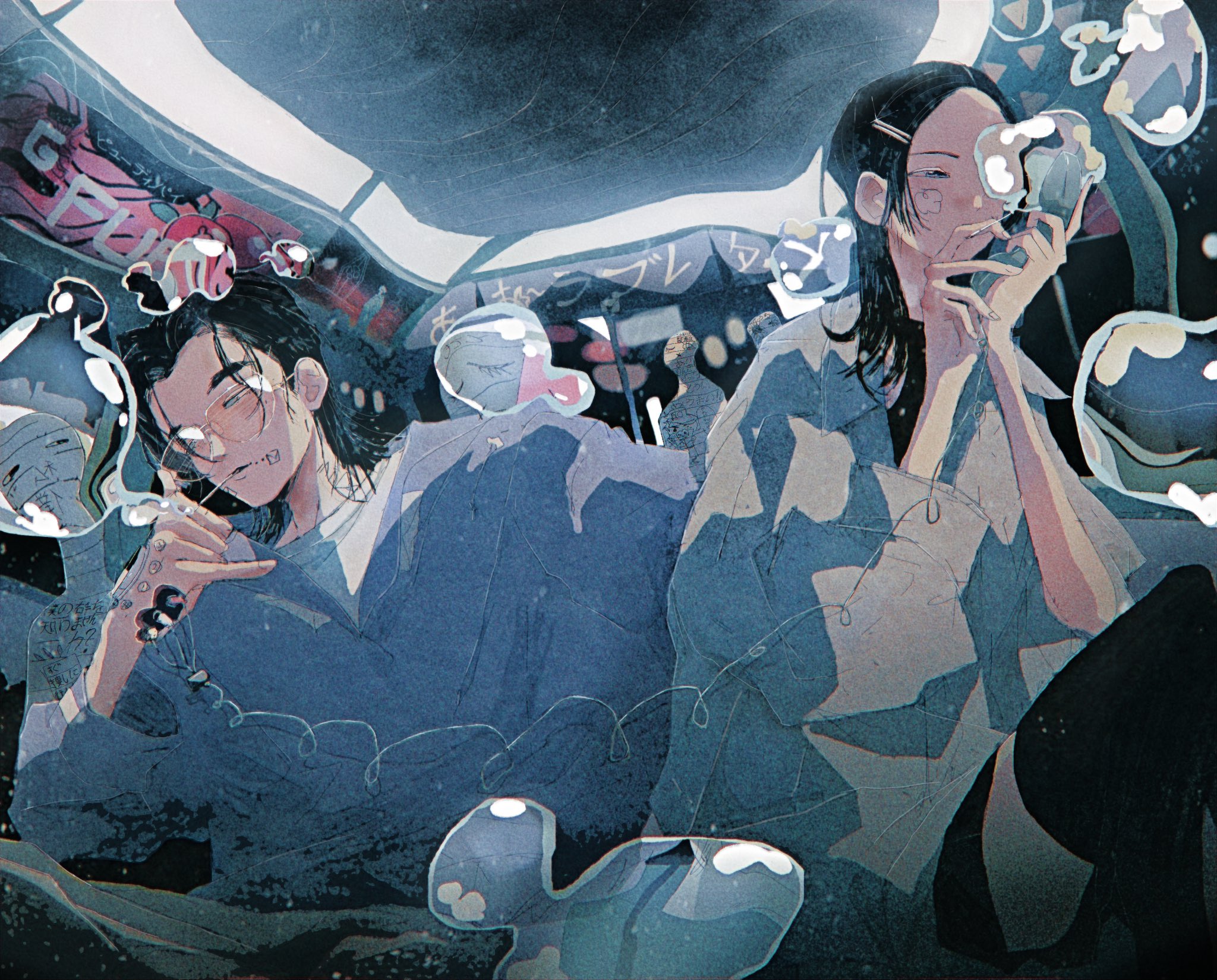
You can’t really ask for more than a nice, sunny day out people watching or a lazy day at home with a loved one. There are plenty of artists painting scenes of domestic bliss like these, but it often doesn’t translate well into art that sticks. Jojodoboro could definitely be placed in this genre, but he transforms these scenes into something memorable by playing with a sense of mystery, abstraction, and perspective.
In one work, a simple bus ride is infused with the momentum of travel, distorted as if viewed from underwater and dripping with textures. The couple at the center communicate through an unnecessary amount of technological mediation, with paper notes floating about, sometimes in the form of other passengers. This is a pretty typical scene of Jojo’s, one that treasures these everyday moments but is unafraid to embellish them with surreal effects, characters, and style.
有什么比得上在阳光明媚的日子里与路人相逢;或是和爱人宅在家里,度过慵懒惬意的一天。很多艺术家都曾描绘过这些小确幸,只不过大多时候,平淡无奇的画面只是一闪而过,悄悄填充着我们的日常生活。插画家 Jojodoboro 喜欢创作这类题材,但他的作品中多了一层神秘、梦幻、抽象和透视效果,将原本平凡的场景变得与众不同。
画面上,一趟洋溢着旅行气息的公车,仿佛漫游在水底。这是他作品中一贯的奇幻纹理。一对男女正悠闲地查看手中的电子设备,对话内容化作水中气泡,四散开来。这是 Jojo 笔下一个非常典型的场景,取材于日常生活,又大胆地加入各种超现实的效果、角色和风格。
He’s been drawing digitally for three years now but used to use acrylics and watercolors. He uses Procreate for things like line art, coloring, shading, and adding a bit of lighting. Then he uses Ibis Paint for textures and effects. He also uses Lightroom to adjust his colors and some of the textures like grain. “I kinda gave up on art and stopped completely for a year, then I started drawing digitally on my phone using my finger on Ibis Paint,” he laughs. Eventually, he upgraded to an iPad and an Apple Pencil. “I have less fear of experimentation with digital tools and they’ve really allowed me to find a style I’m comfortable with.”
Jojo 从三年前开始数字绘画创作,在那之前,他一直使用丙烯颜料和水彩创作。他在 Procreate 来草稿、上色、描绘阴影和添加照明效果;然后用 Ibis Paint 来处理纹理和特效。此外,他还用 Lightroom 来进行颜色和颗粒纹理等操作。“我曾暂停过一年绘画创作,之后突然发现在 Ibis Paint 上画画也蛮不错的,”他笑着说。后来,他又升级自己的创作工具,改用 iPad 和 Apple Pencil,“使用数字工具,我可以无所顾忌地进行各种尝试和实验,也让我找到了自己喜欢的风格。”
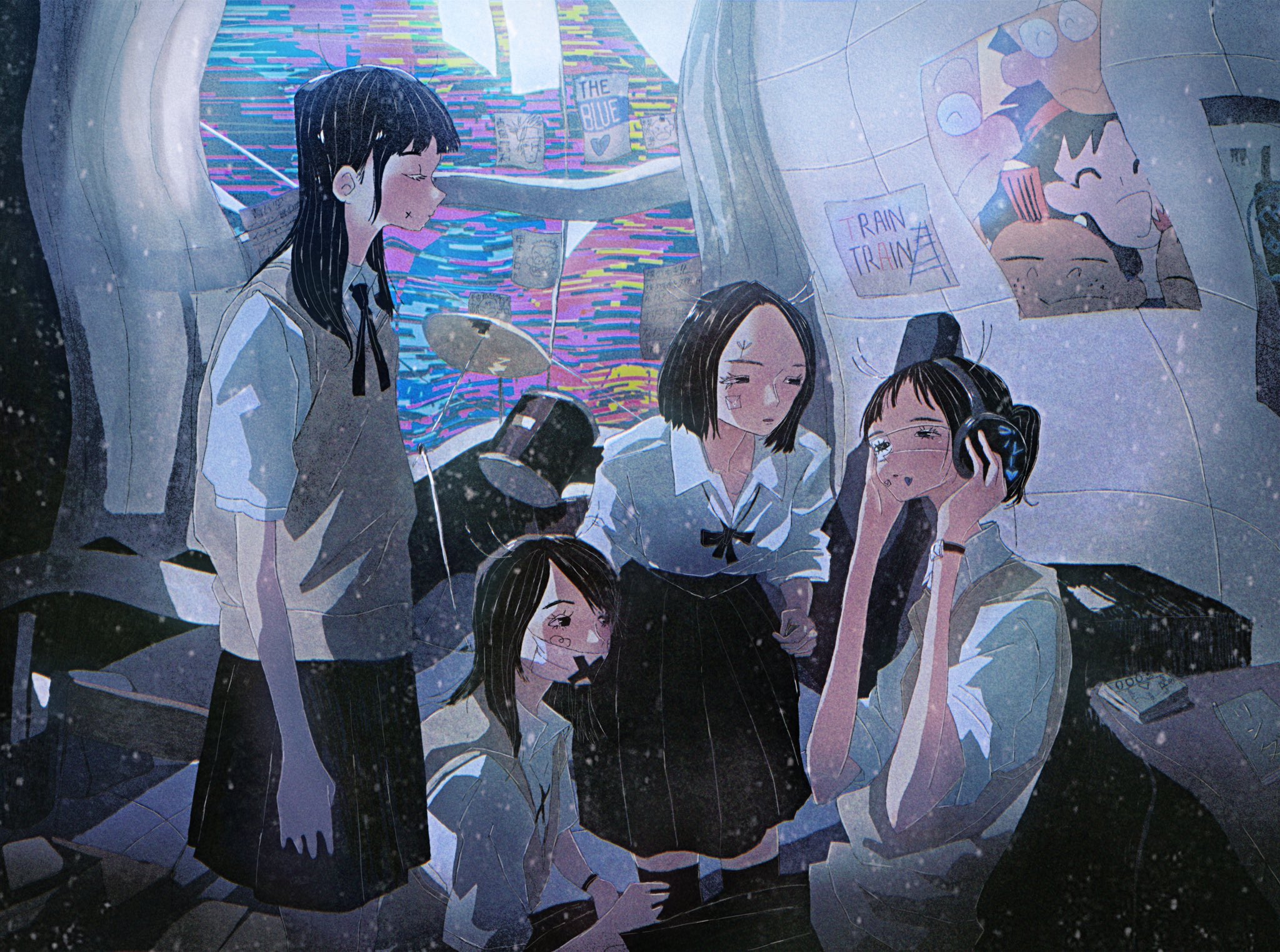
Jojo is an artist from India studying Japanese, and his artwork usually takes place in the picturesque side streets and trains that the country is well known for. Japanese flora, traditional garb, Kanji lettering, and even the occasional Ukiyo-e character populate his work. There’s a heavy dose of Japanese pop art influence as well in the form of manga, old-school movies, and local fashion styles. “I love using scenes from old movies as reference material,” he says. “And I’m a big fan of Japanese fashion from the ’80s and the ’90s.” He cites Japanese movies like Blue Spring, Linda Linda Linda!, and A Moment Of Romance but also Hong Kong’s Wong Kar Wai (of course).
Magical characters like giant people are a recurring theme. One tries to hide in plain sight while a couple of girls stand below her waiting to give her flowers. Another mischievous-looking creature looms over an intersection directing traffic, with road signs pained on his fingernails.
Jojo 来自印度,曾在日本留学,日本植物、街景、传统服装、汉字字体常常出现在他的作品中,有时还会借鉴浮世绘画法。漫画、老式电影和日本流行文化也是他重要的创作灵感来源。他说:“我喜欢借鉴老电影里的场景,也特别喜欢 80 和 90 年代的日本流行风格。”他还提到了《蓝色青春》、《琳达!琳达!琳达!》以及《天若有情》这些 90 和千禧年代上映的电影,以及香港导演王家卫的作品。
此外,他的作品还经常会出现巨人等奇幻的角色。在一幅作品中,裸体巨人顽皮地蹲坐在十字路口,他正挥舞手中的信号灯指挥交通,指甲上还印有各种路牌的标识。
Jojo is closeted about the meanings behind his work, saying he hopes to convey his intentions through his art, rather than telling us outright. But the giants give the sense of being unwillingly exposed. As if it’s impossible to fade into the background like every other person in the scene. Often, characters are further reavealed with parts of their bodies rendered as skeletons. It looks painful and uncomfortable, as if they represent signs of trauma. One of the partial skeletons is at home cooking, with a sink full of dirty dishes, weapons, and armor, suggesting he’s frequently at battle with the outside world.
Jojo 对于自己作品背后的意义讳莫如深,他希望通过创作间接传达意图,而不是直言不讳。这些身形庞大的巨人总带给观众一种迫不得已而为之的感受,仿佛他们无法像画面中其他人一样隐埋于背景中。有时,角色的一部分身体还会被画成骷髅造型,看起来充满痛苦与不自在,似乎以此来暗示心中的伤痛。在其中一幅作品里,身体另一半骷髅形象正在家中下厨,水槽里狼藉满目,脏盘子、武器和盔甲,暗指角色与外界的战殇。
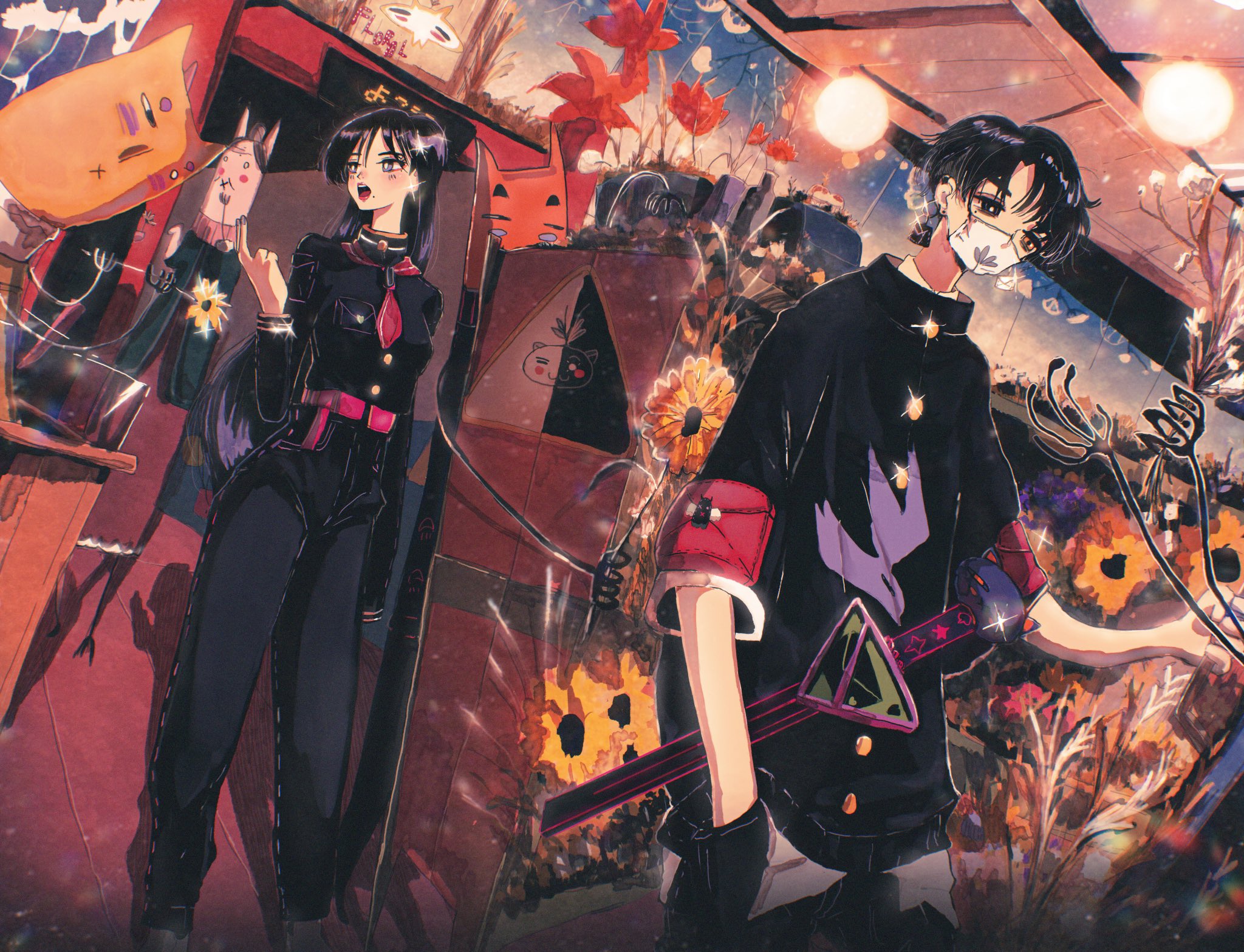
Another regular feature is technology getting in the way of communication. The boy on the bus speaks into a microphone on his hand, and wires protrude from his wrist, which stretch over to an old school phone receiver that the girl next to him is holding. All of this and they’re right next to each other, but they don’t seem to notice it since they look in opposite directions. The theme unfolds again outside a train station, where a girl looks at a picture of a boy on her phone, despite the fact that he’s right in front of her. A wire strings the boy up, runs through his mouth, and leads to a television displaying the picture she sees on her phone. It’s all clearly unneeded and gets in the way of real interaction.
另一个在他作品中常见的主题,是科技对沟通的阻碍。公车上的男孩使用麦克风侃侃而谈,电线从他的手腕中伸出,延伸到身旁女孩拿着的旧式座机电话听筒。他们明明彼此相邻,却似乎未察觉这一点,各自扭头朝着不同的方向望去。在另一幅以地铁站为背景的作品中,同样延续着相似的主题:女孩手机里显现男生的照片,而男孩明明就在她面前。这一切都显得多此一举,扼杀人与人之间的真正沟通。
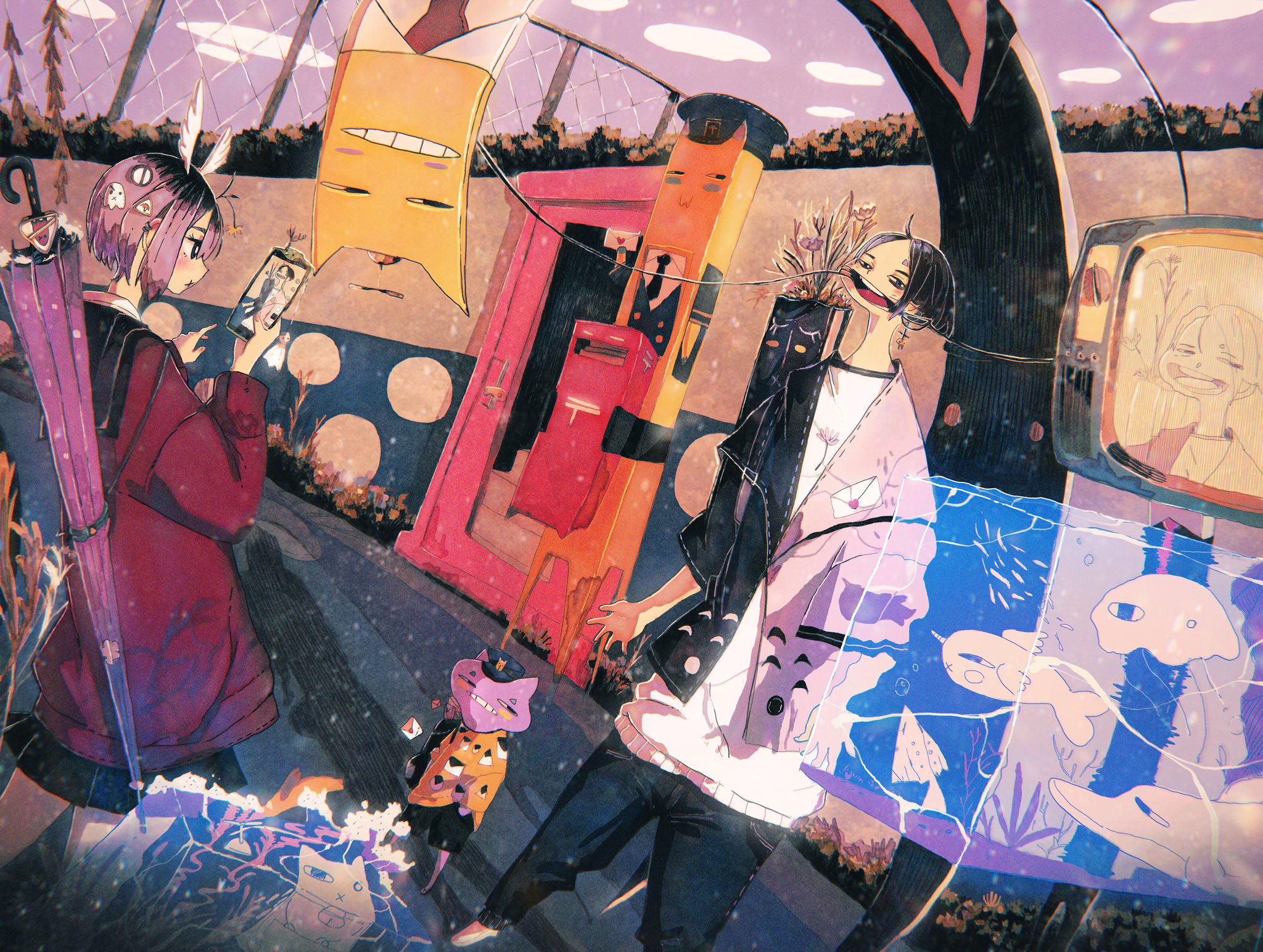
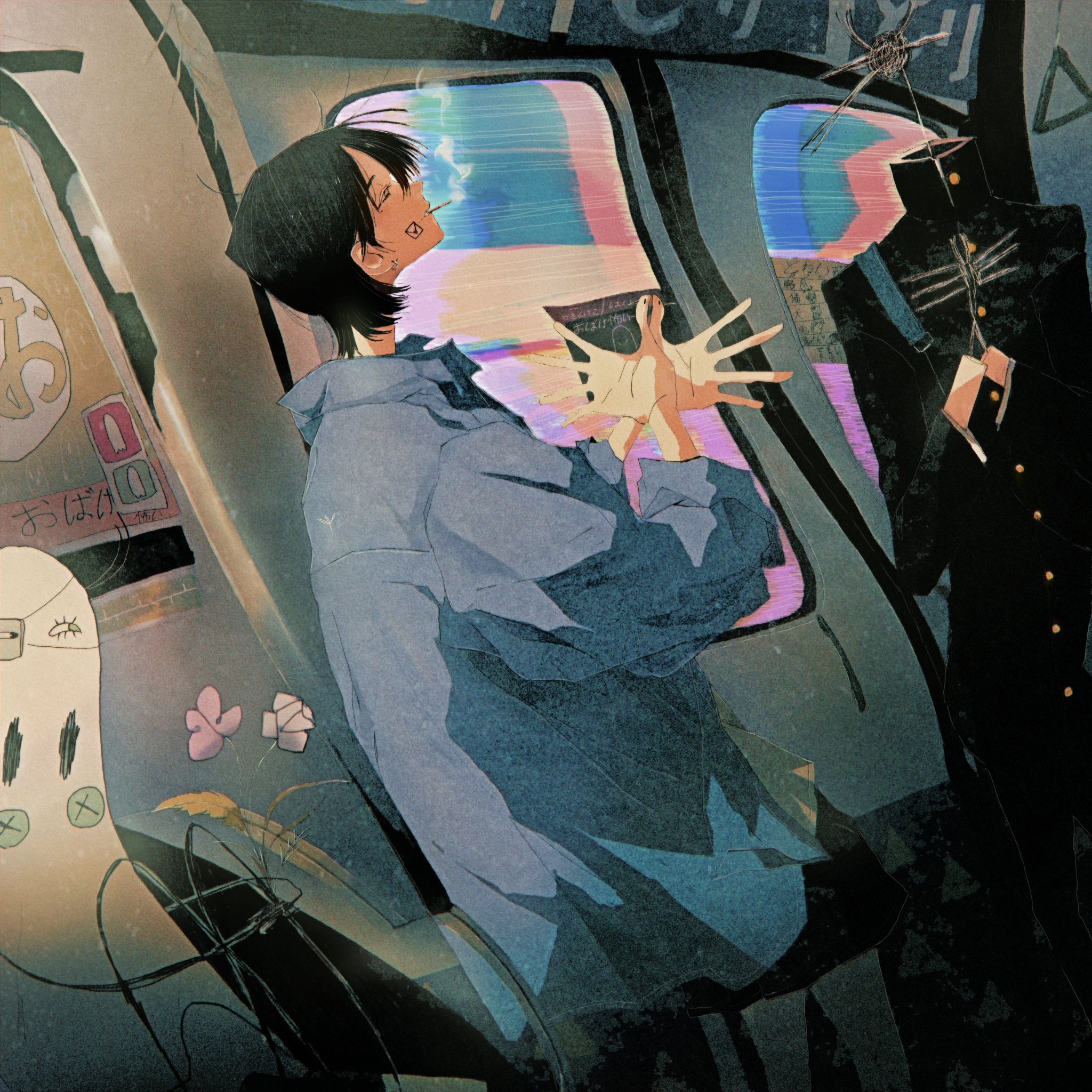
Other times, the scenes are more casual, with the characters simply wandering around the neighborhood, showing off their fits or picking up some tasty street food. Even in these more simple scenes, they’re still packed with the feeling of possibility and magic. Those days of youth when school is over and anything could happen. Drawing the feelings of his childhood is a big part of Jojo’s art: “The animation I watched growing up makes me feel very nostalgic and warm, so there are are a lot of scribbling of those characters over most of my illustrations.”
Many artists nowadays might feel the need to add violence or sex to their art to make it memorable, and it admittedly works. Sometimes those elements are a good way to illustrate a feeling or are honest depictions of self. But work like Jojo’s proves this isn’t always necessary. We can find meaning in the mundane. Quiet walks and daily meals can be transcendent too. He’s clearly found an engaging way to communicate those moments. And he tackles bigger topics as well, like finding connection with others and feelings of otherness. Then he ties all of this together with a unique style that’s all his own.
很多时候,他所描绘的场景更为随意,人群招摇过市,小吃摊玲琅满目。即便是如此平凡的场景,也依然充满了奇妙和魔幻的氛围。令人想起那些青春日子,放学后的美妙时光。描绘童年感受是 Jojo 创作的重要部分:“每次回想起小时候看过的动画,都怀旧感爆棚,这也带给我很多温暖,现在的一部分创作也许是对过去的追思。”
如今,许多艺术家喜欢在作品里添加暴力或性元素,让作品看上去更抢眼球,这种做法确实奏效,有时可以帮助艺术家很好地传达情绪,或表达真实自我。但 Jojo 的作品证明这些元素并非必要。我们也可以在平凡中找寻意义。安静的散步和日常三餐也可以很特别,Jojo 成功通过一种引人入胜的方式来诠释这些时刻。同时,他也会探讨更宏大的话题,并将这些话题与自成一派的艺术风格出色地糅合在一起。
Like our stories? Follow us on Facebook and Instagram.
Instagram: @jojodoboro
Contributor: Mike Steyels
Chinese Translation: Olivia Li

